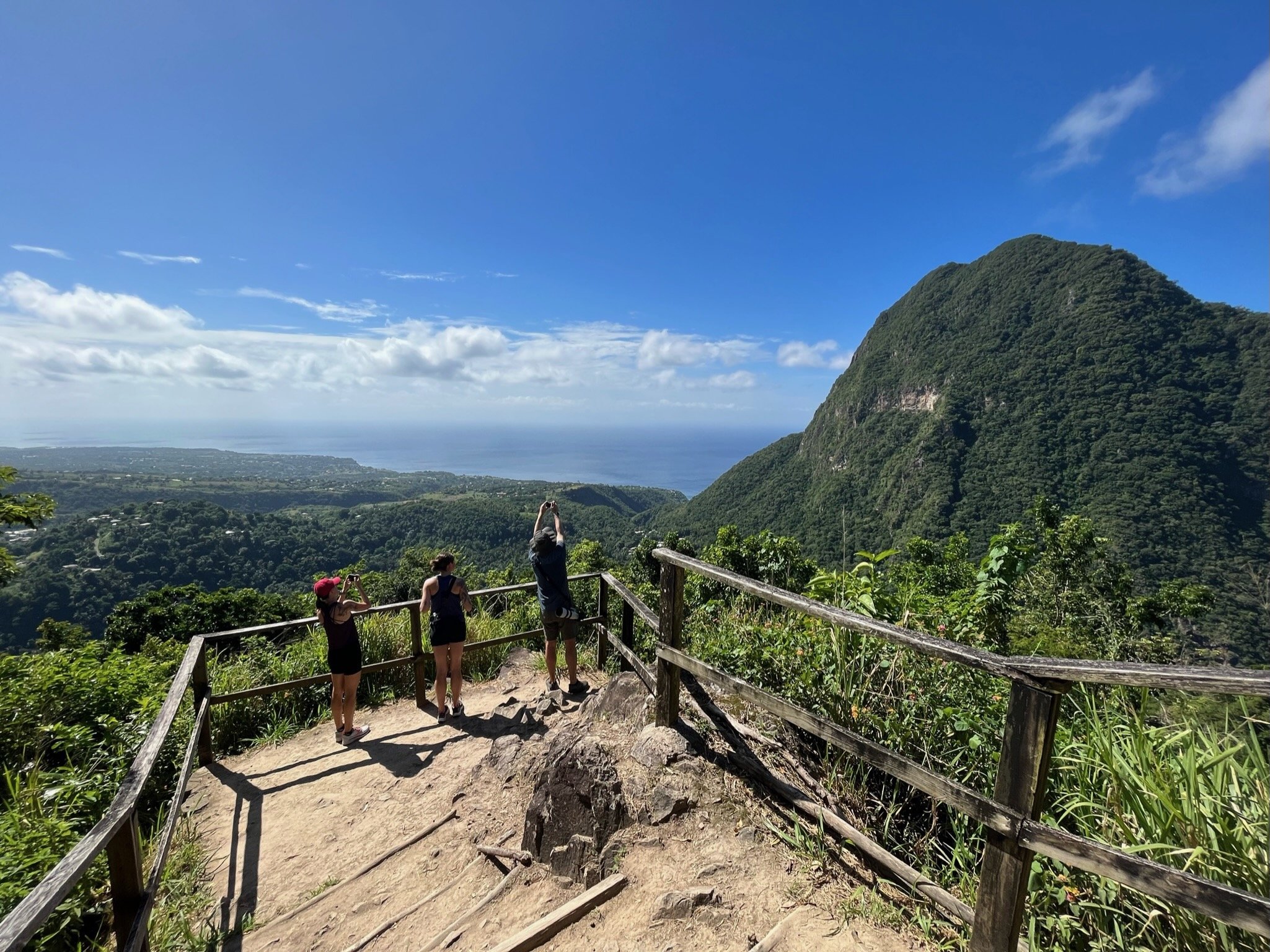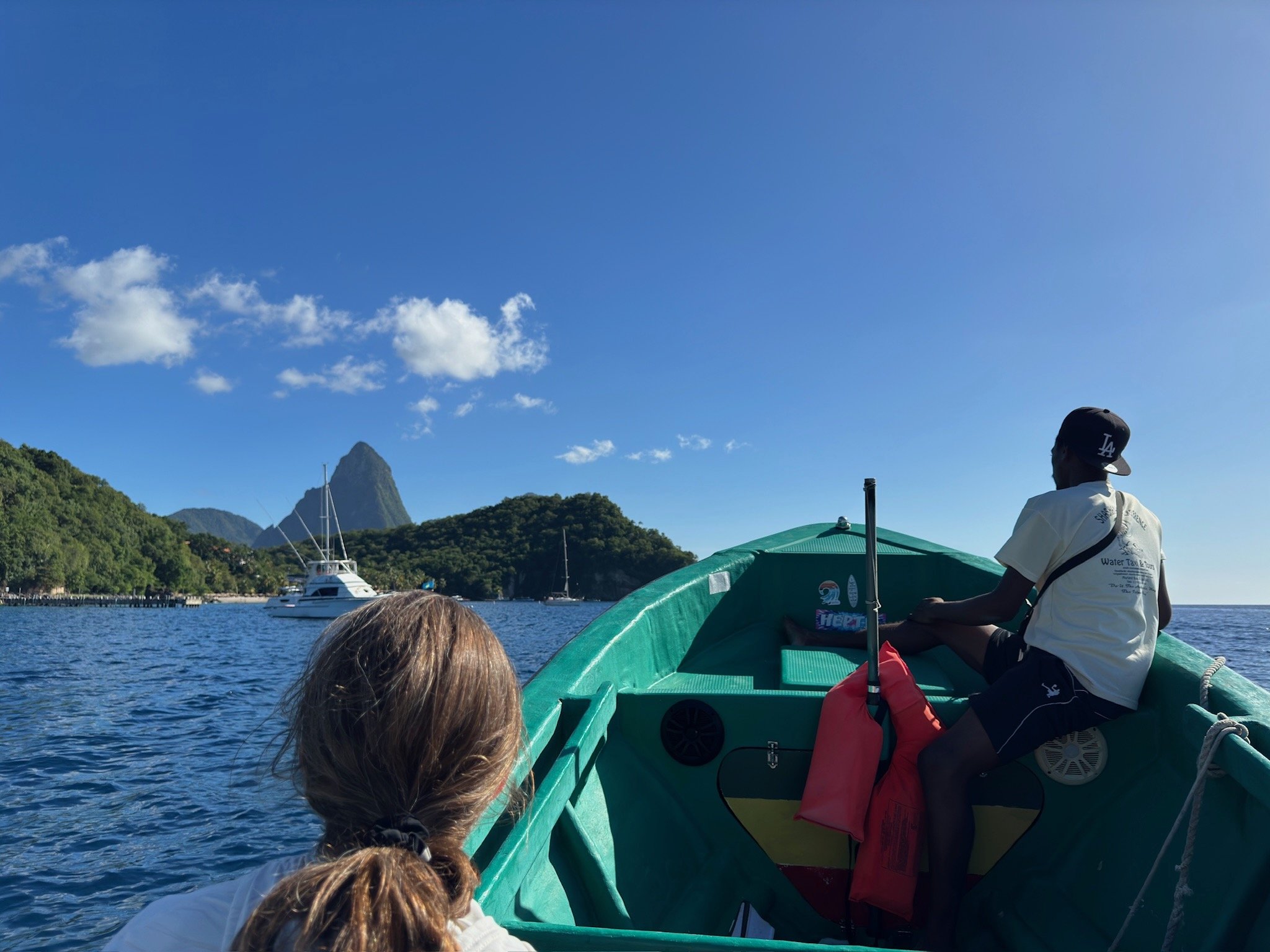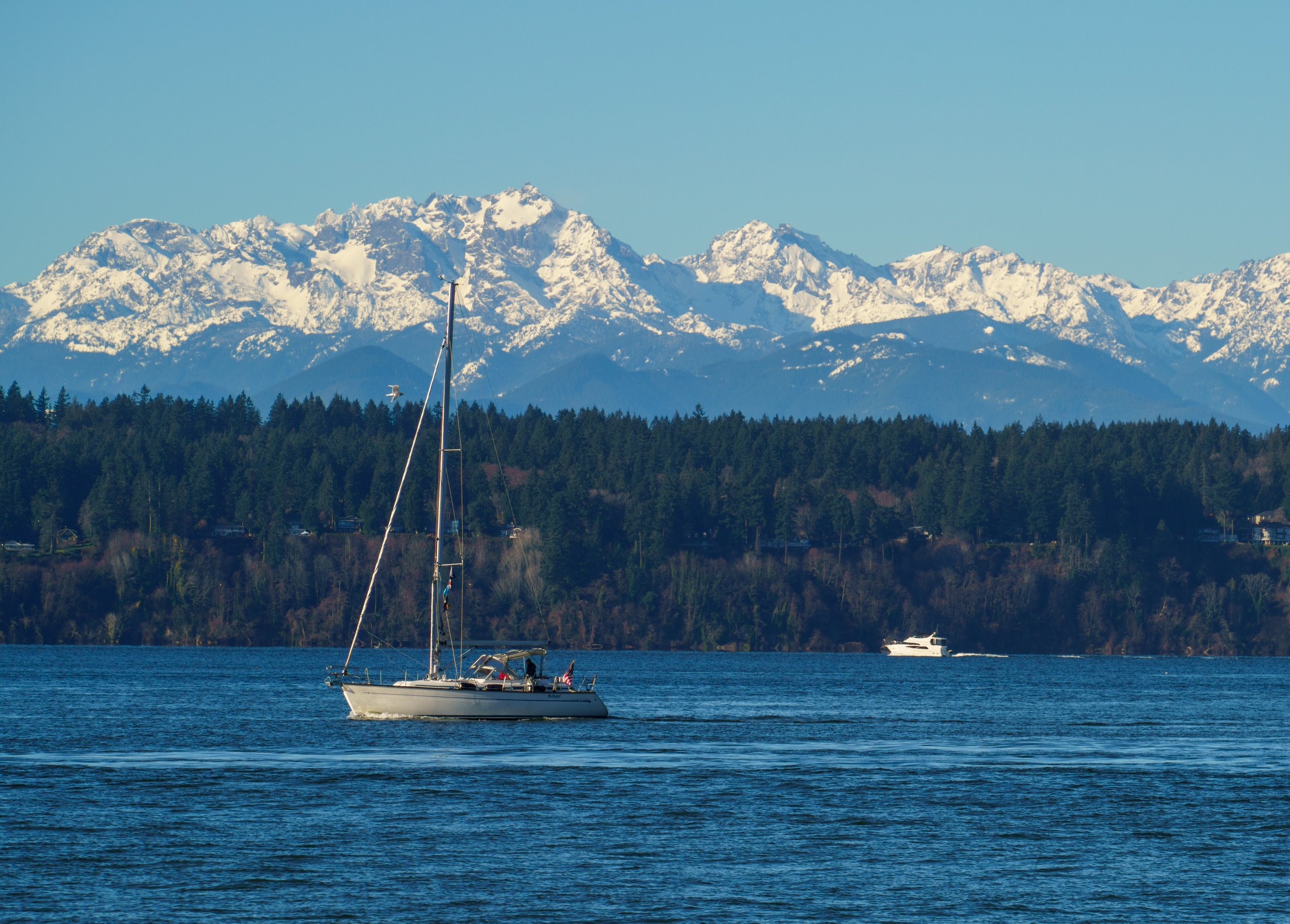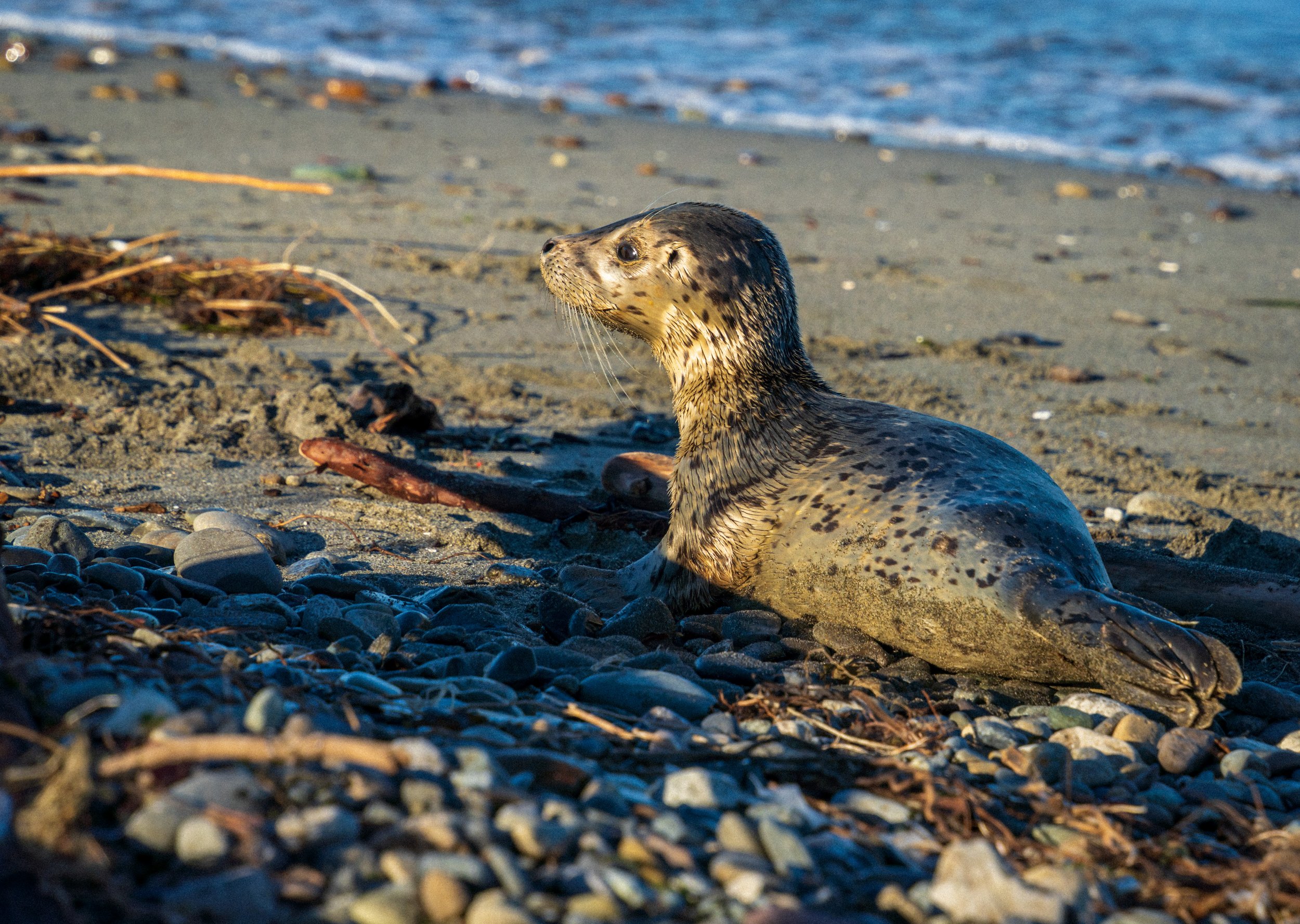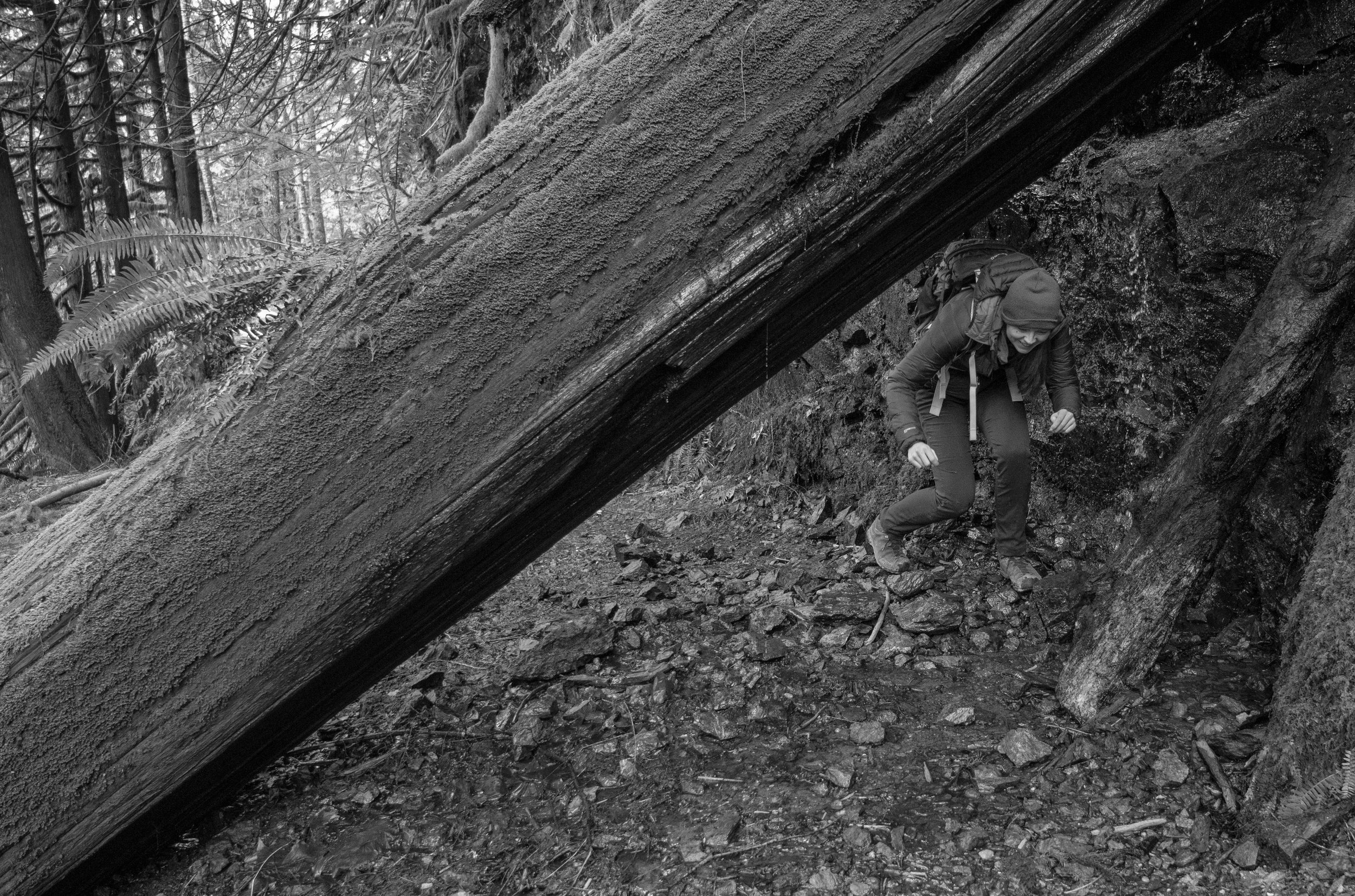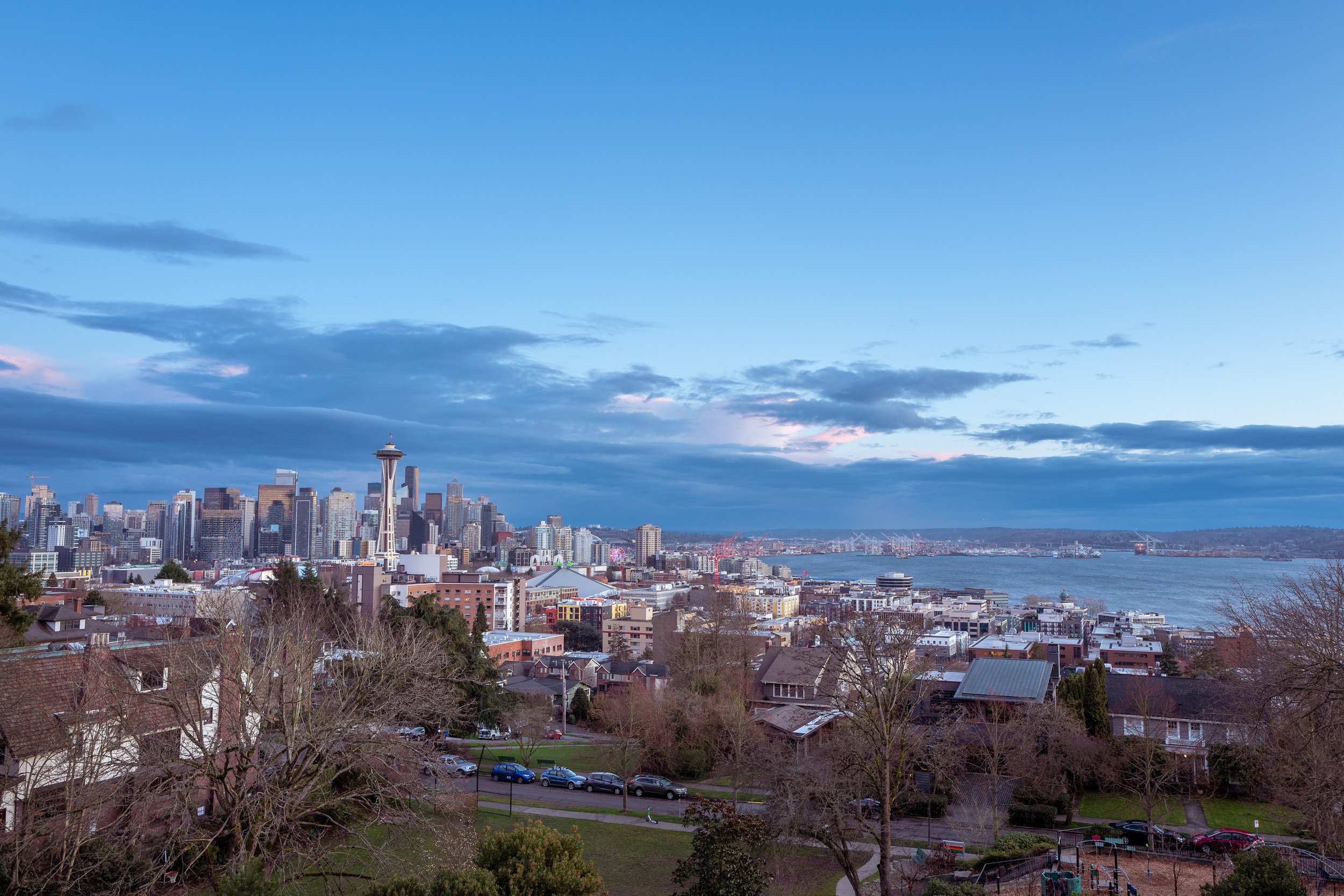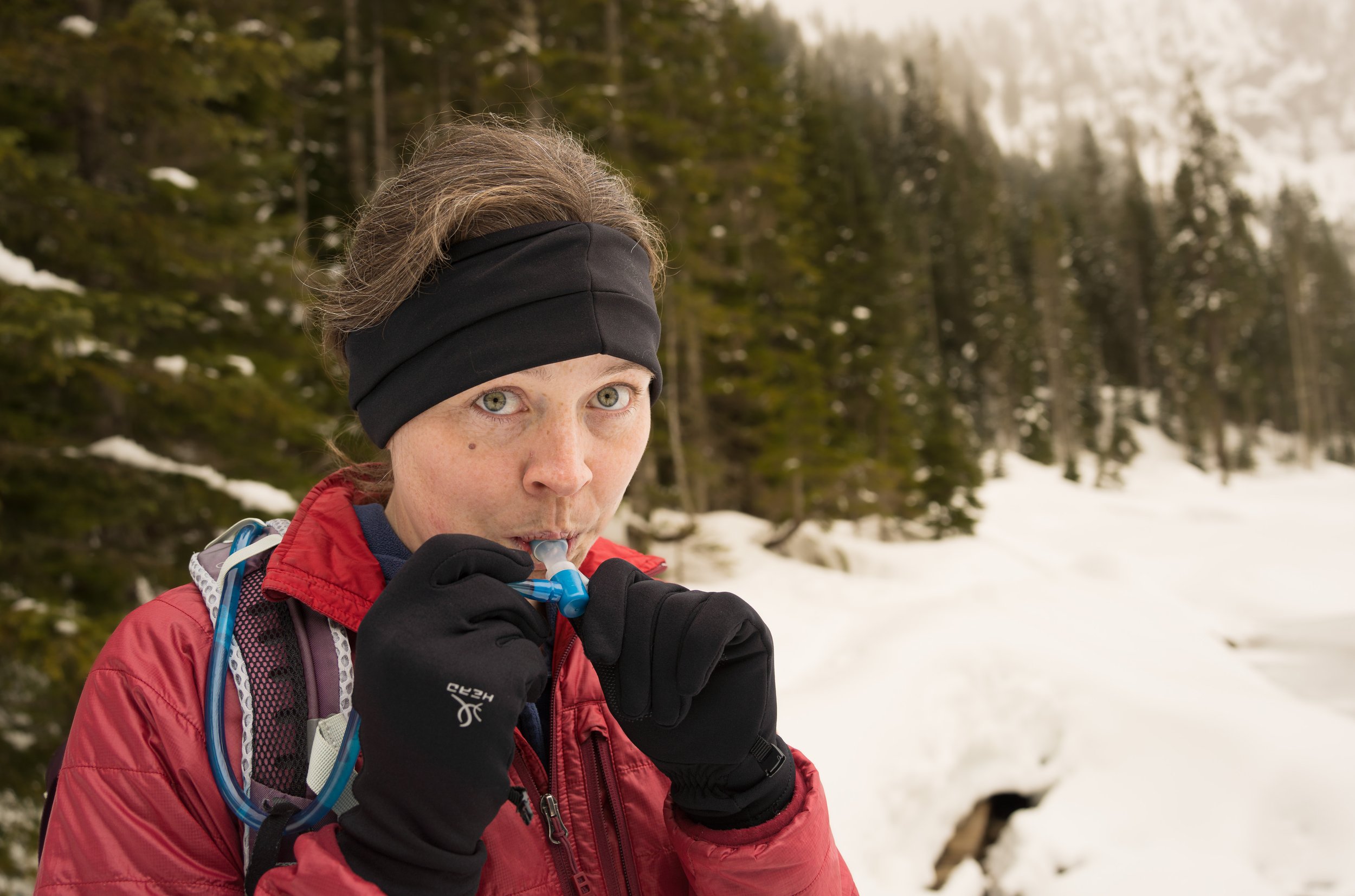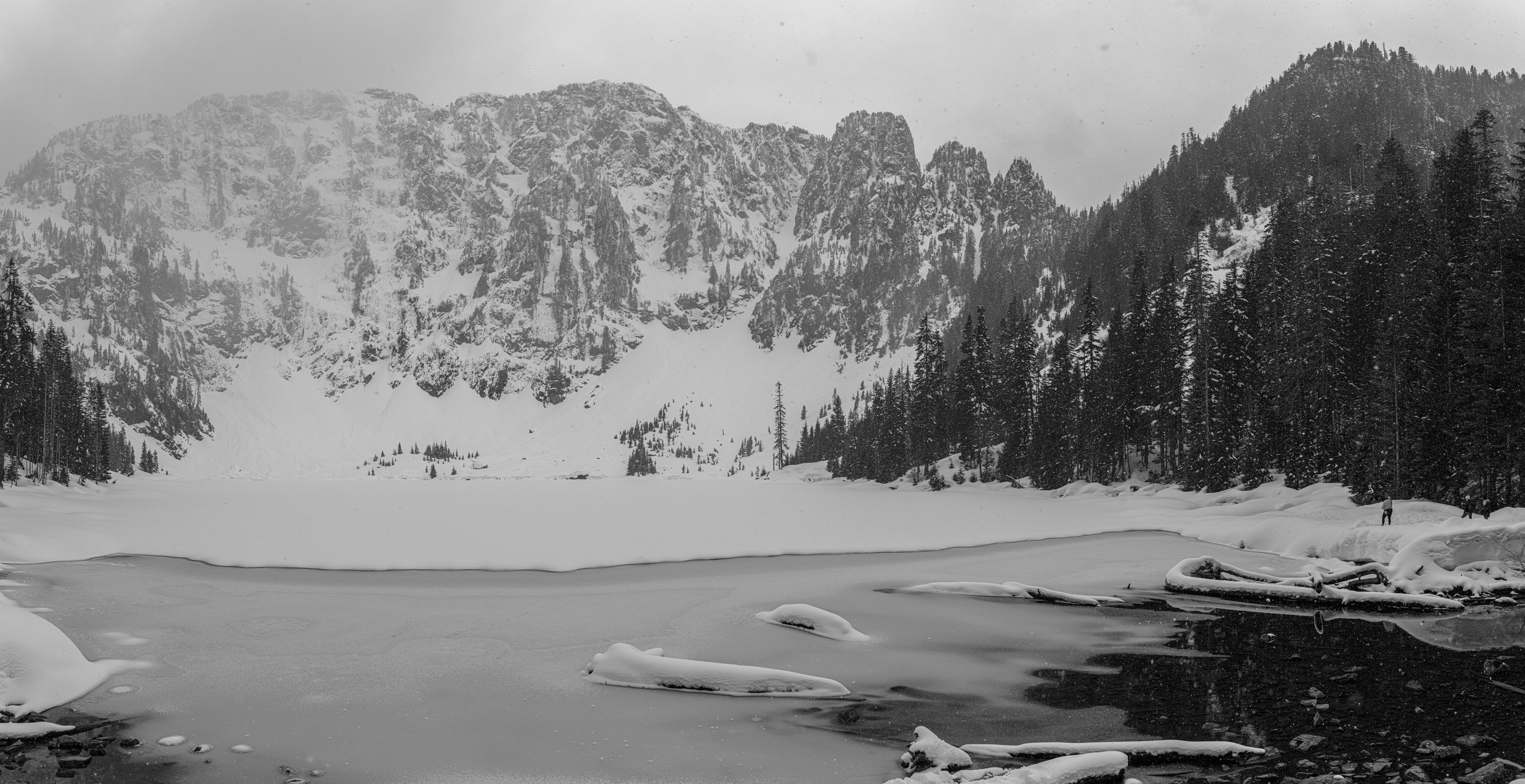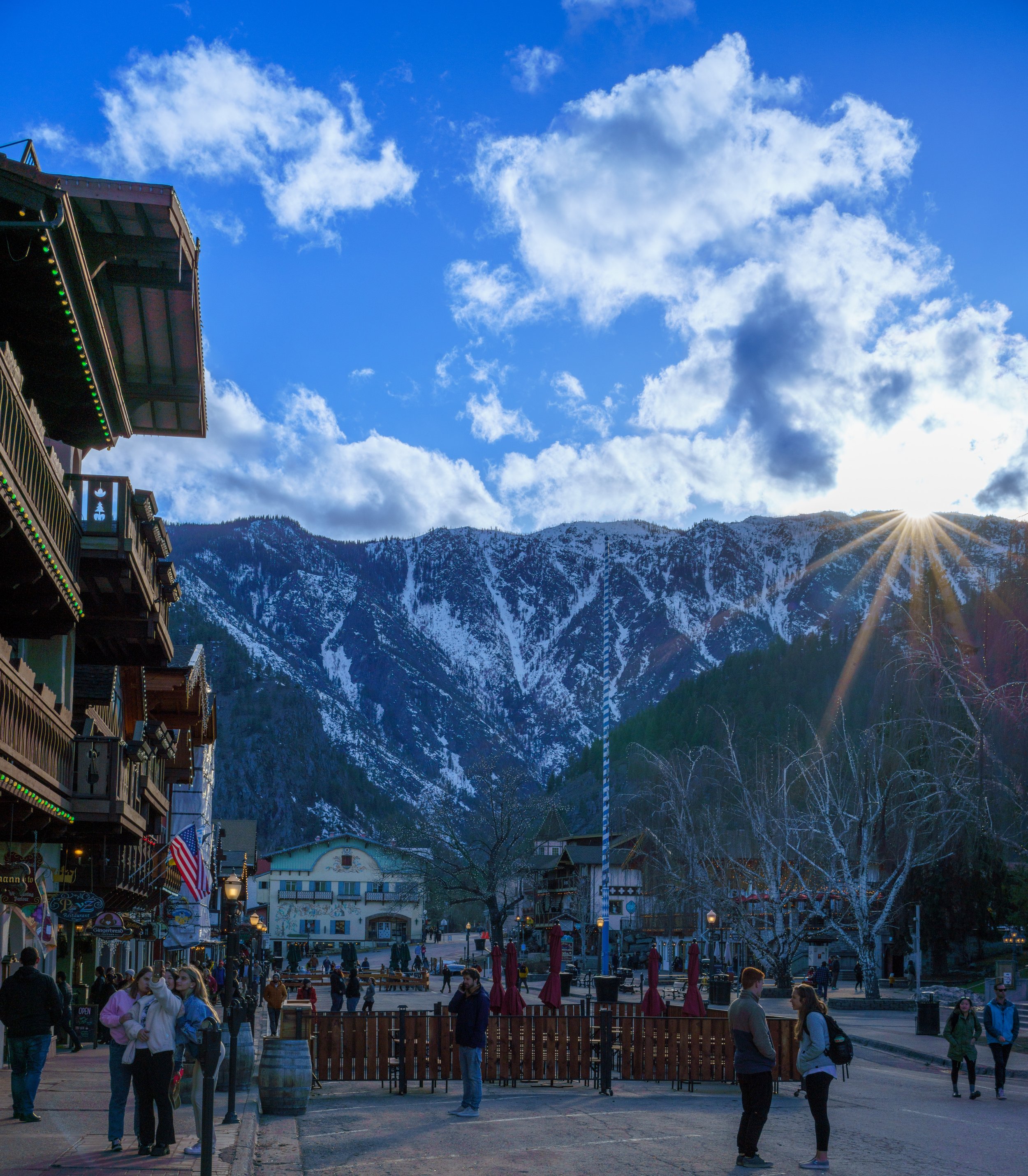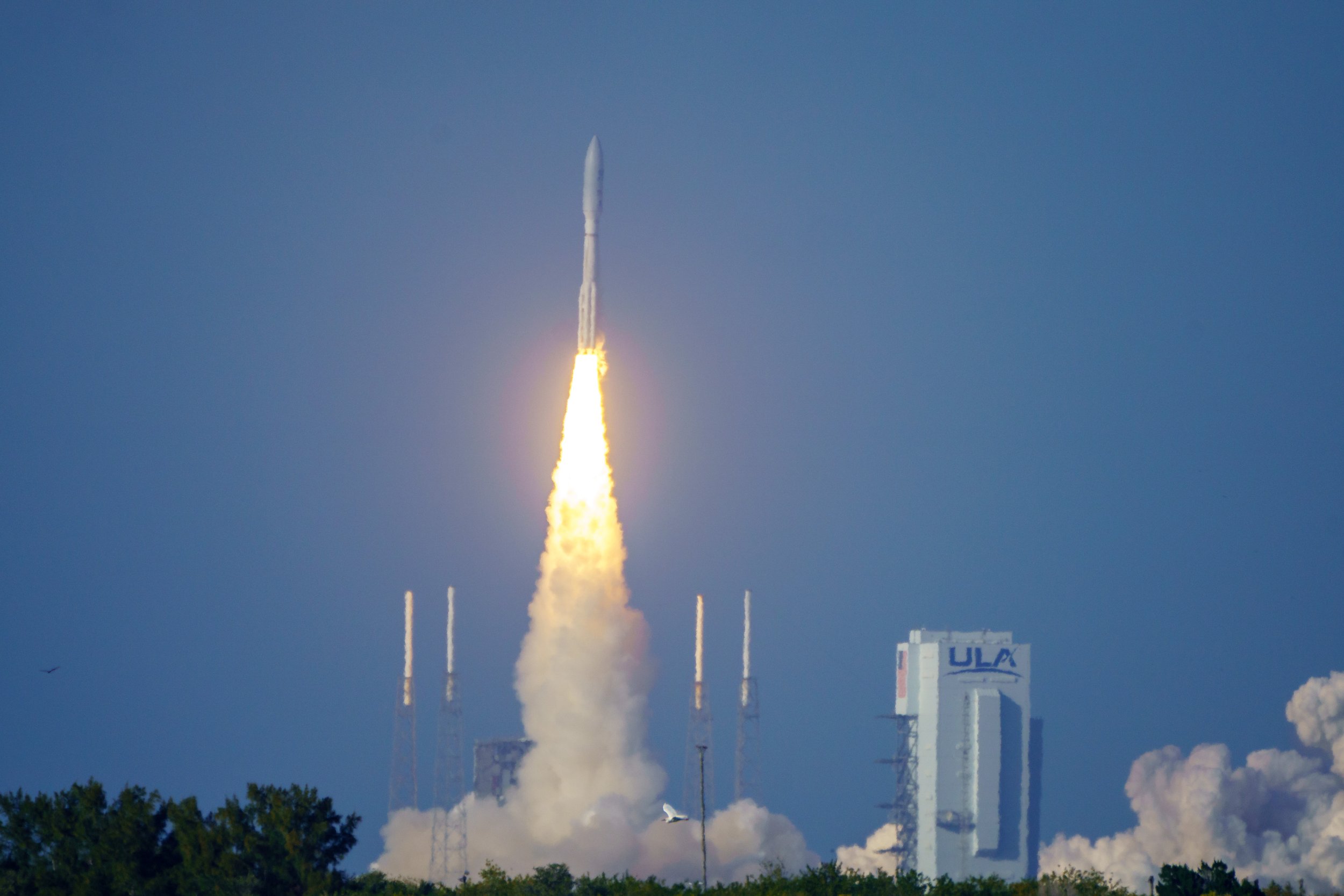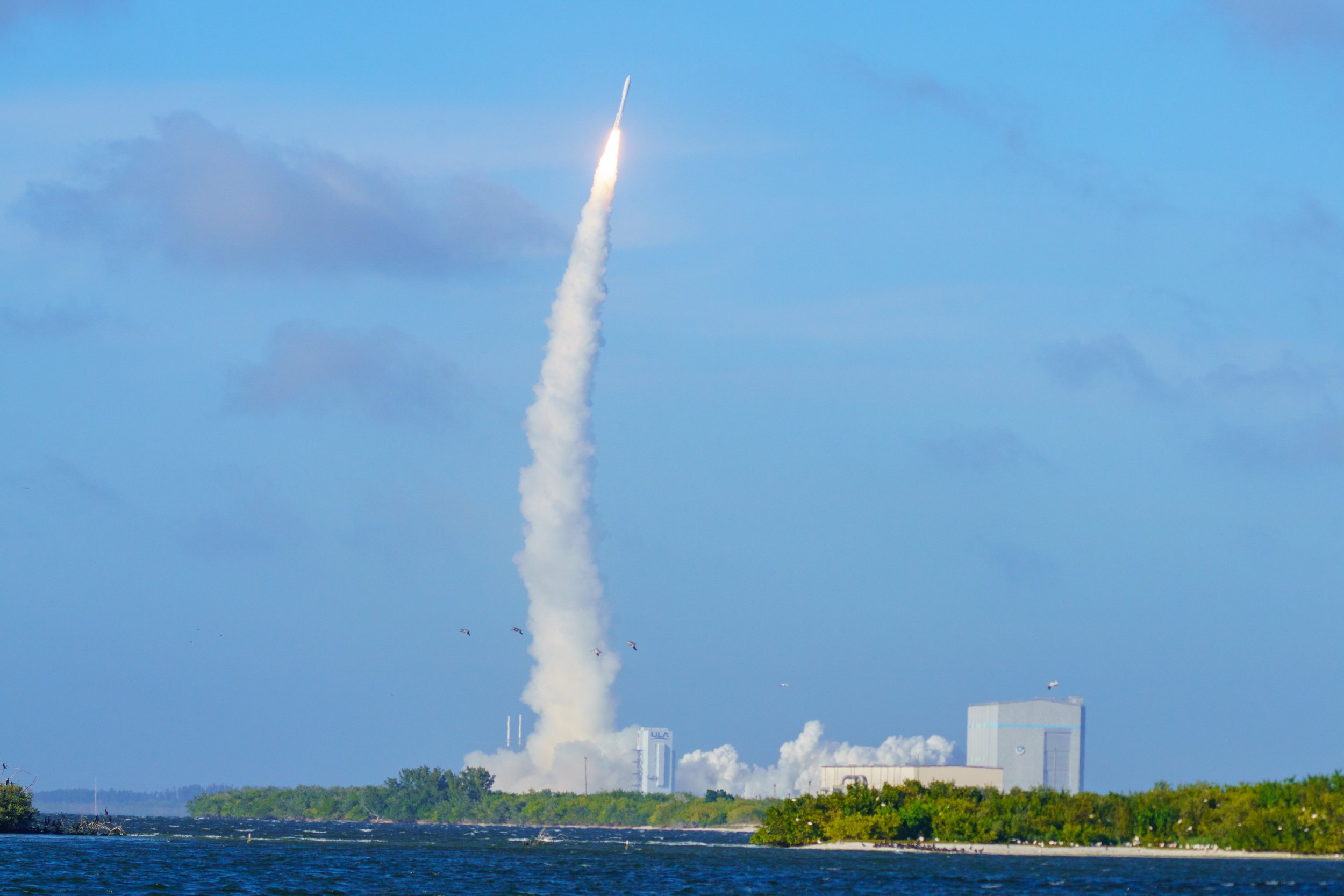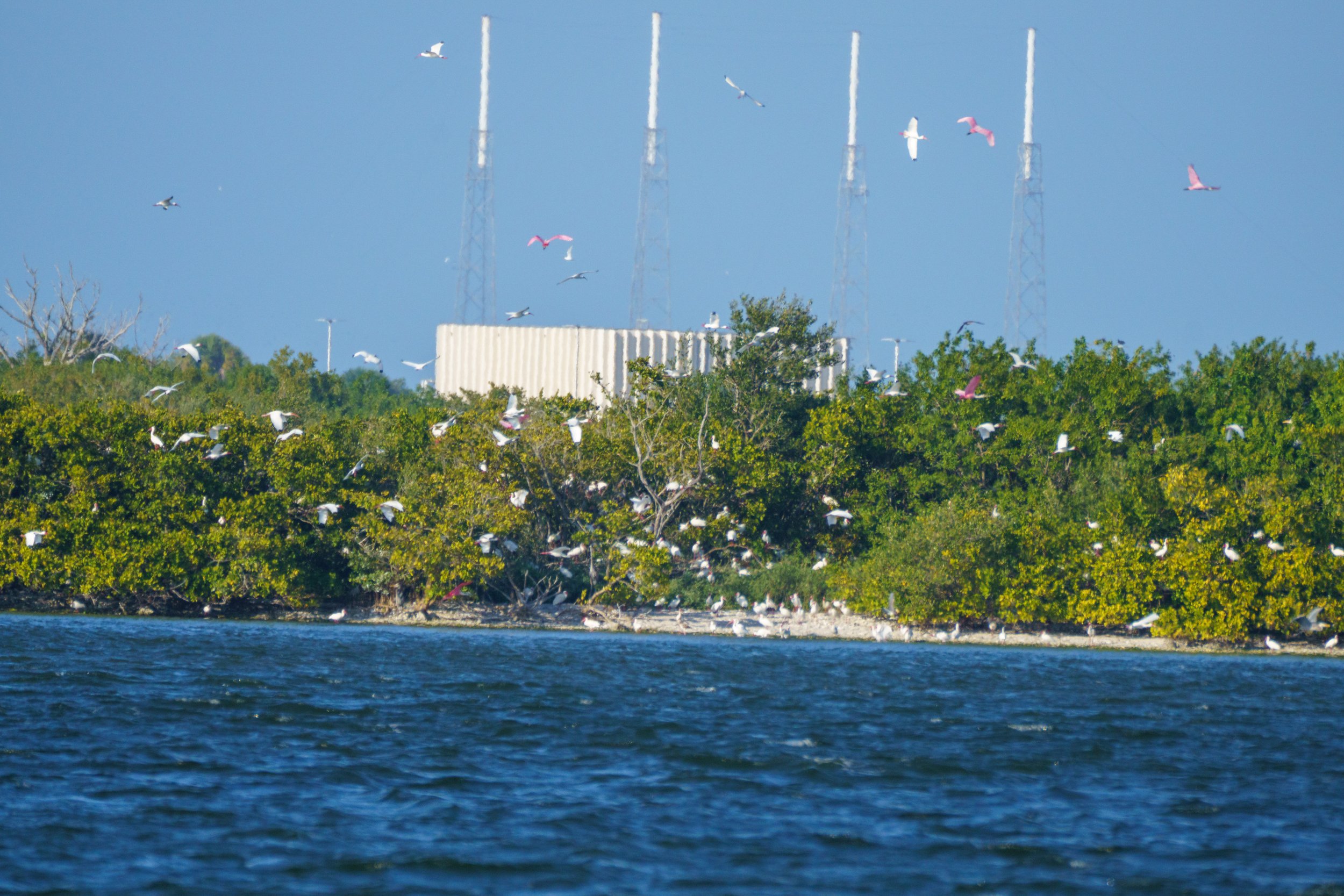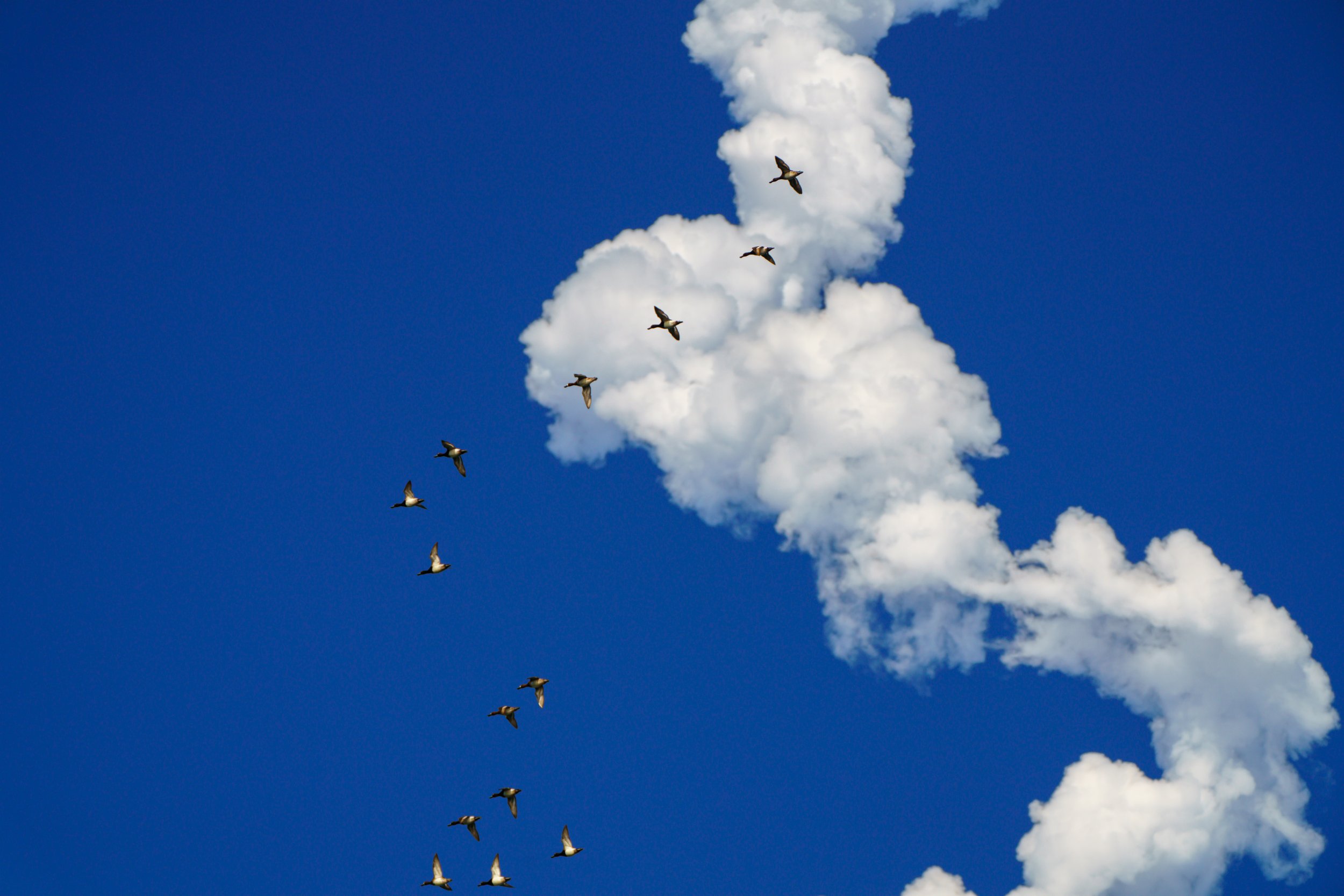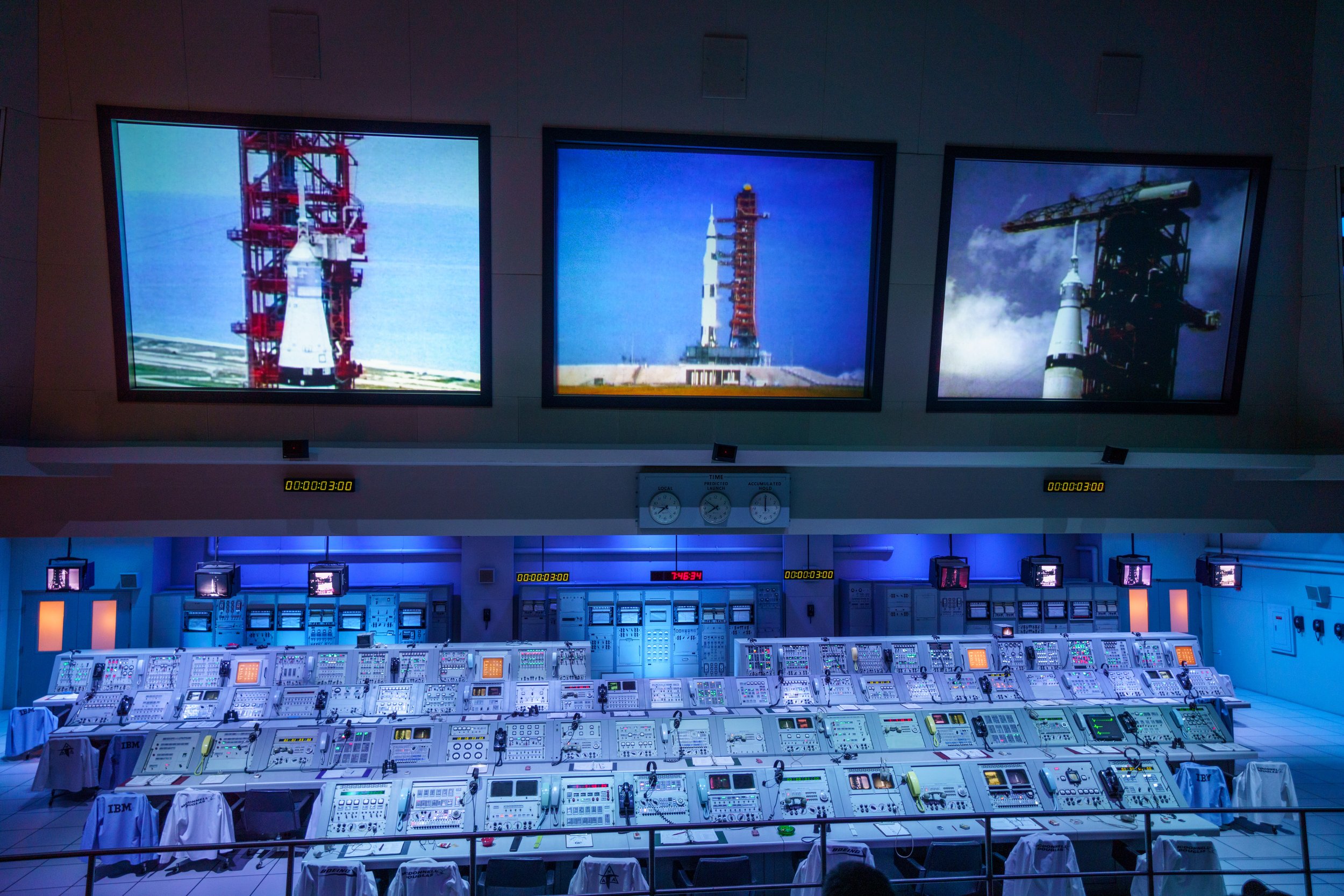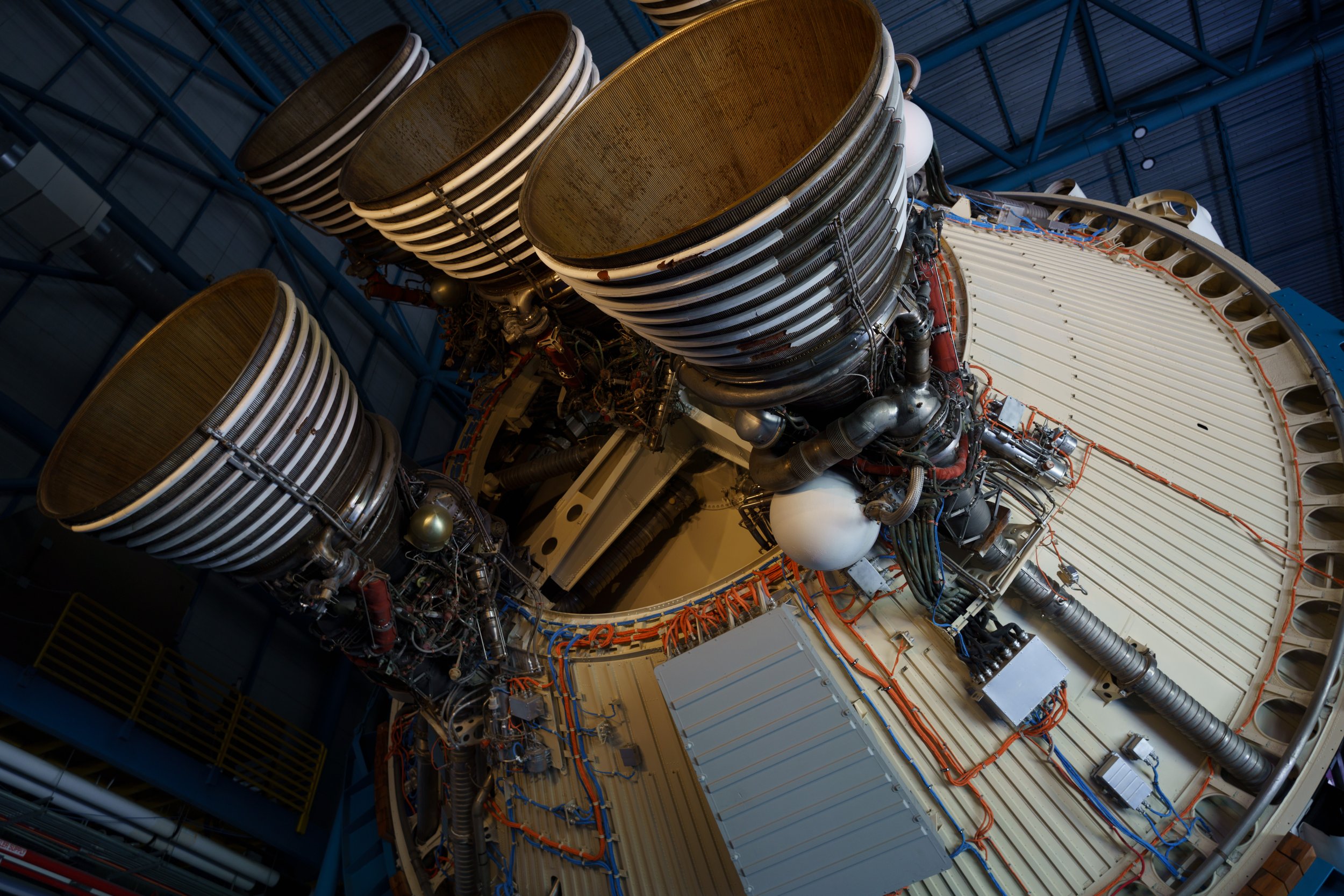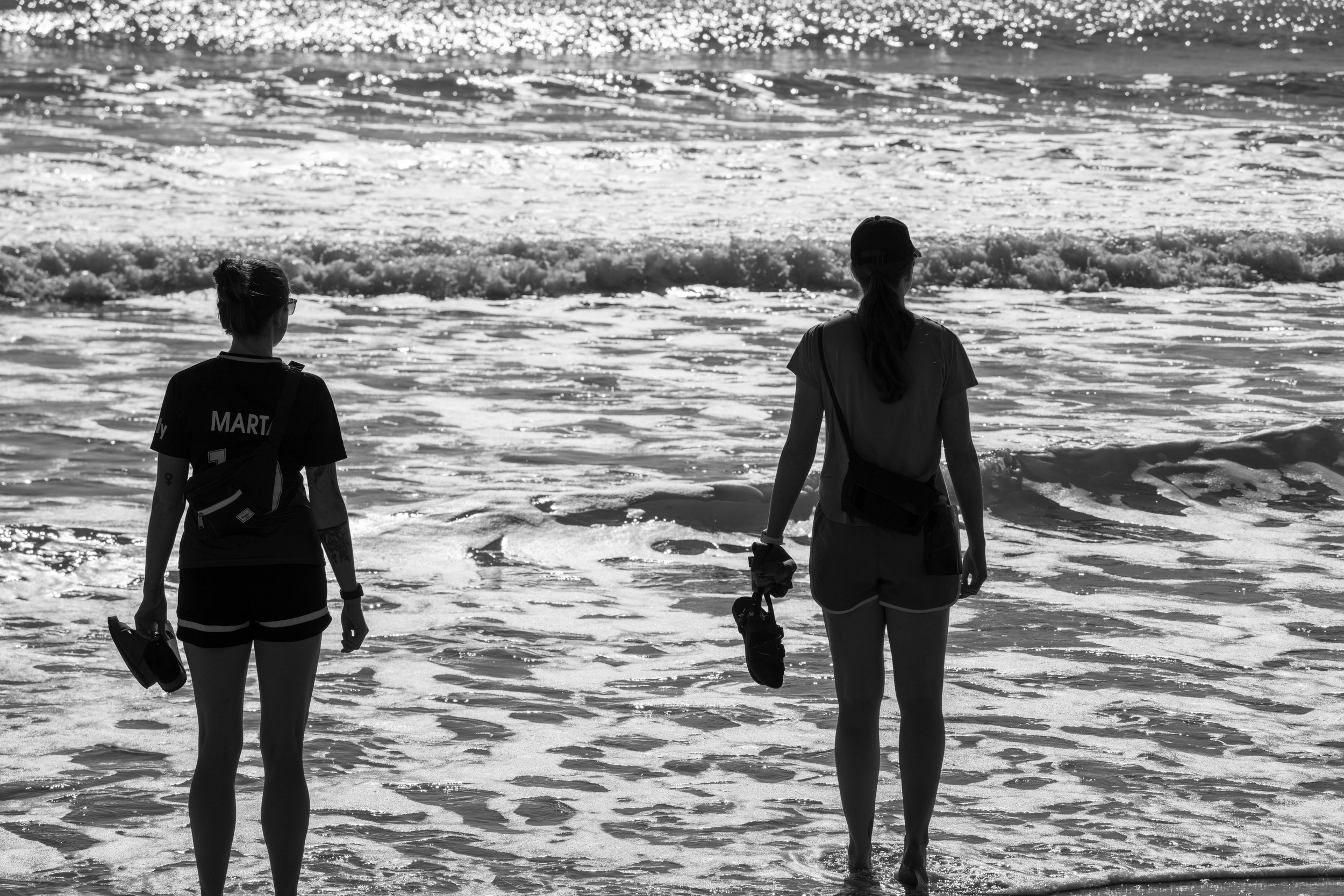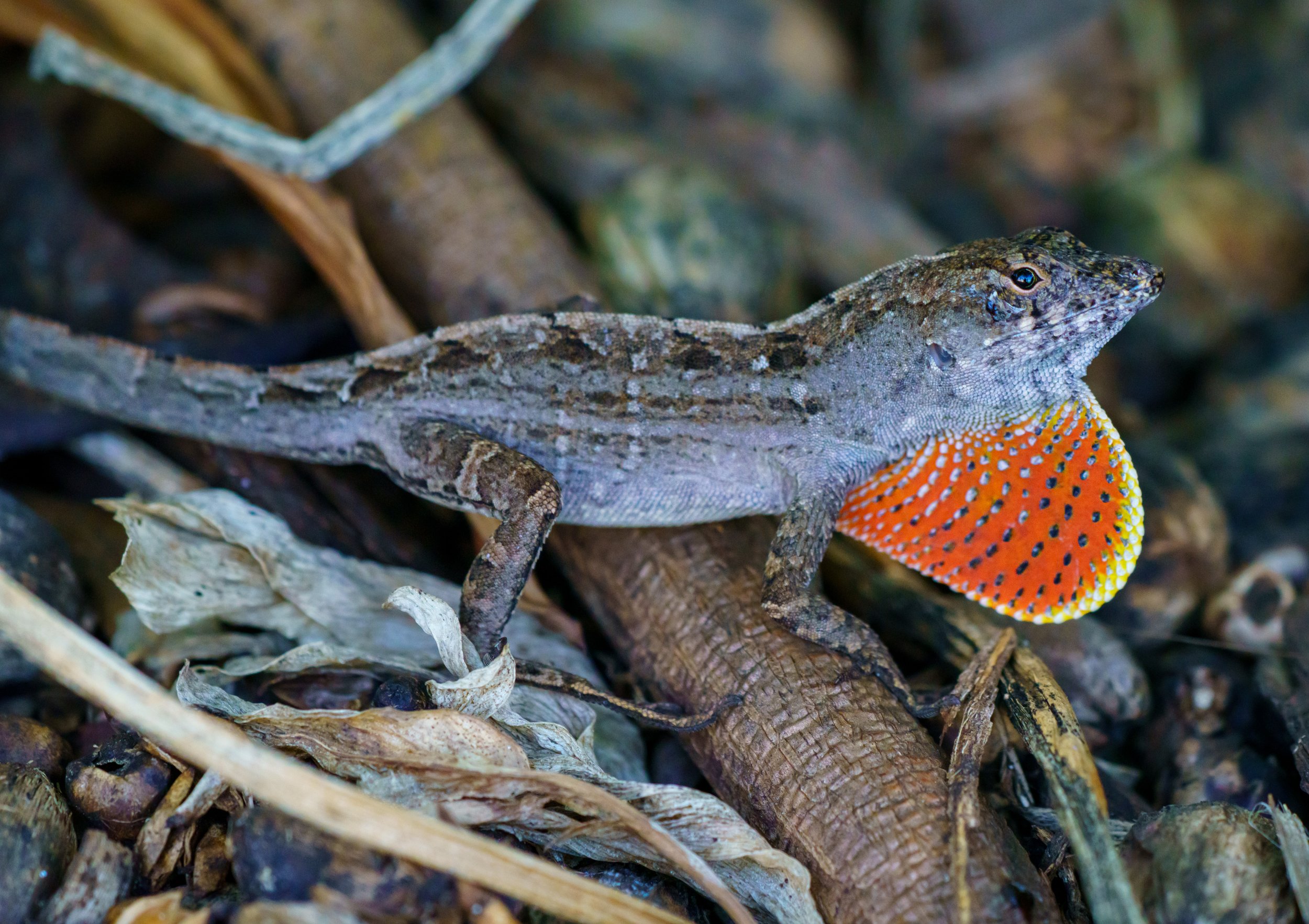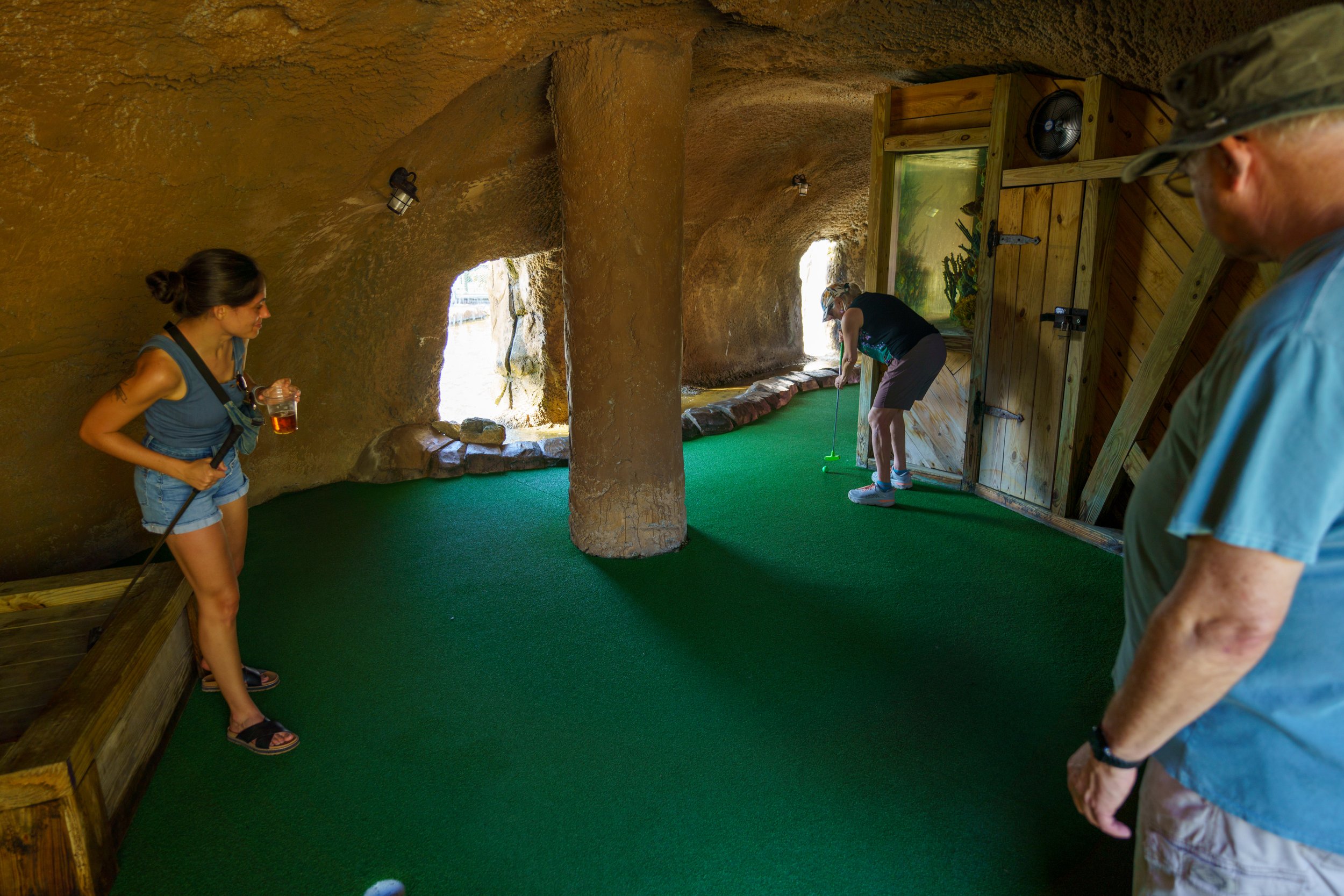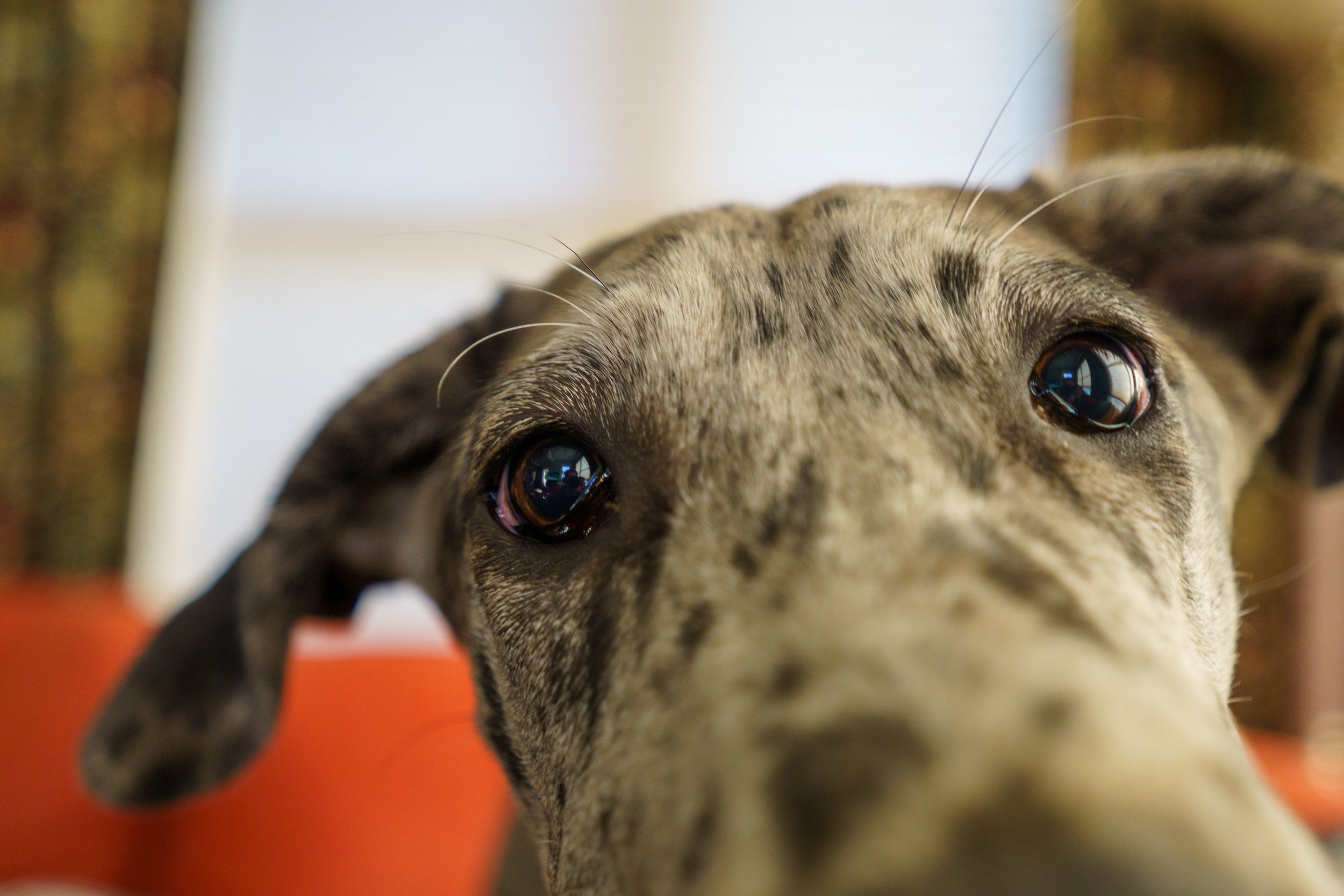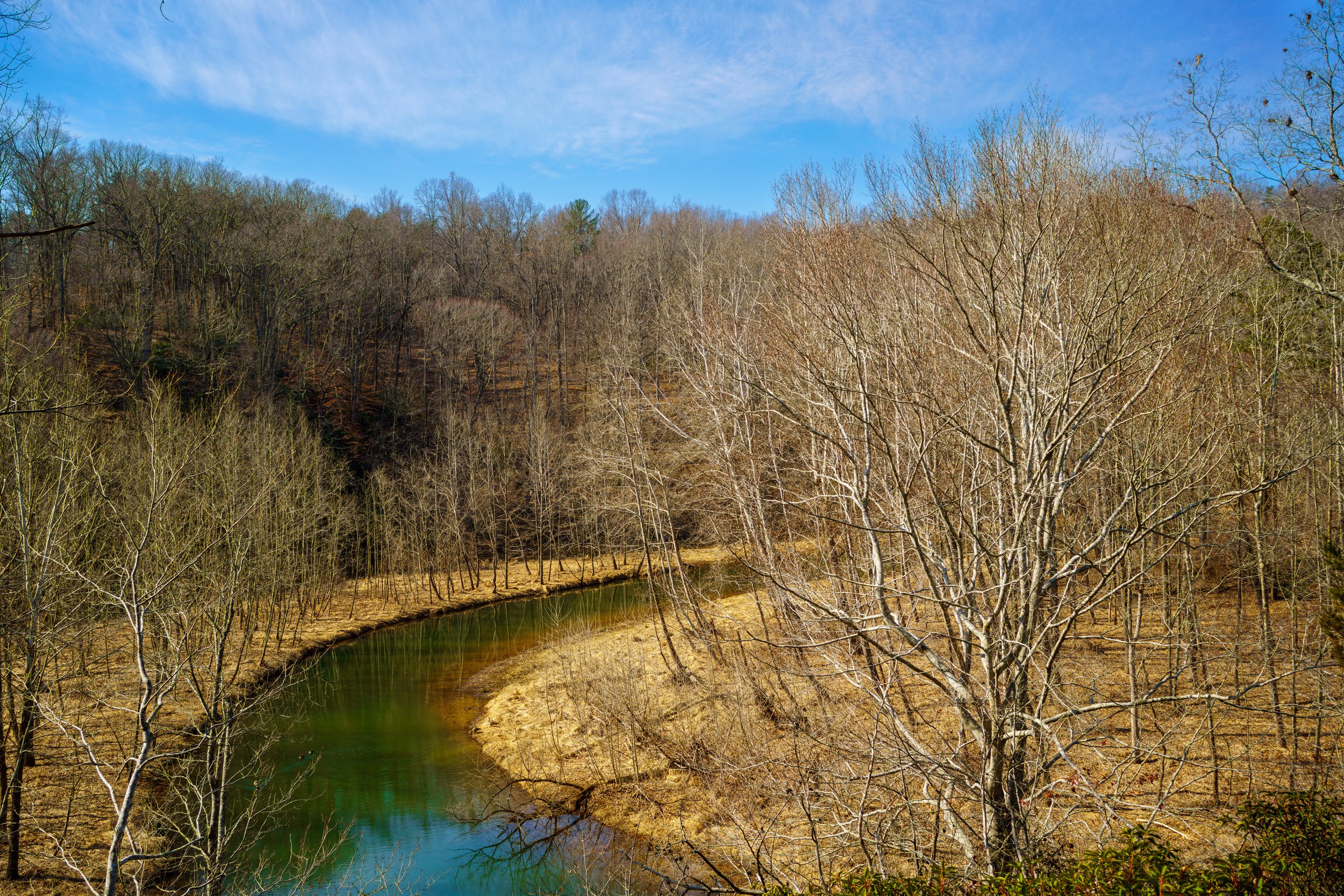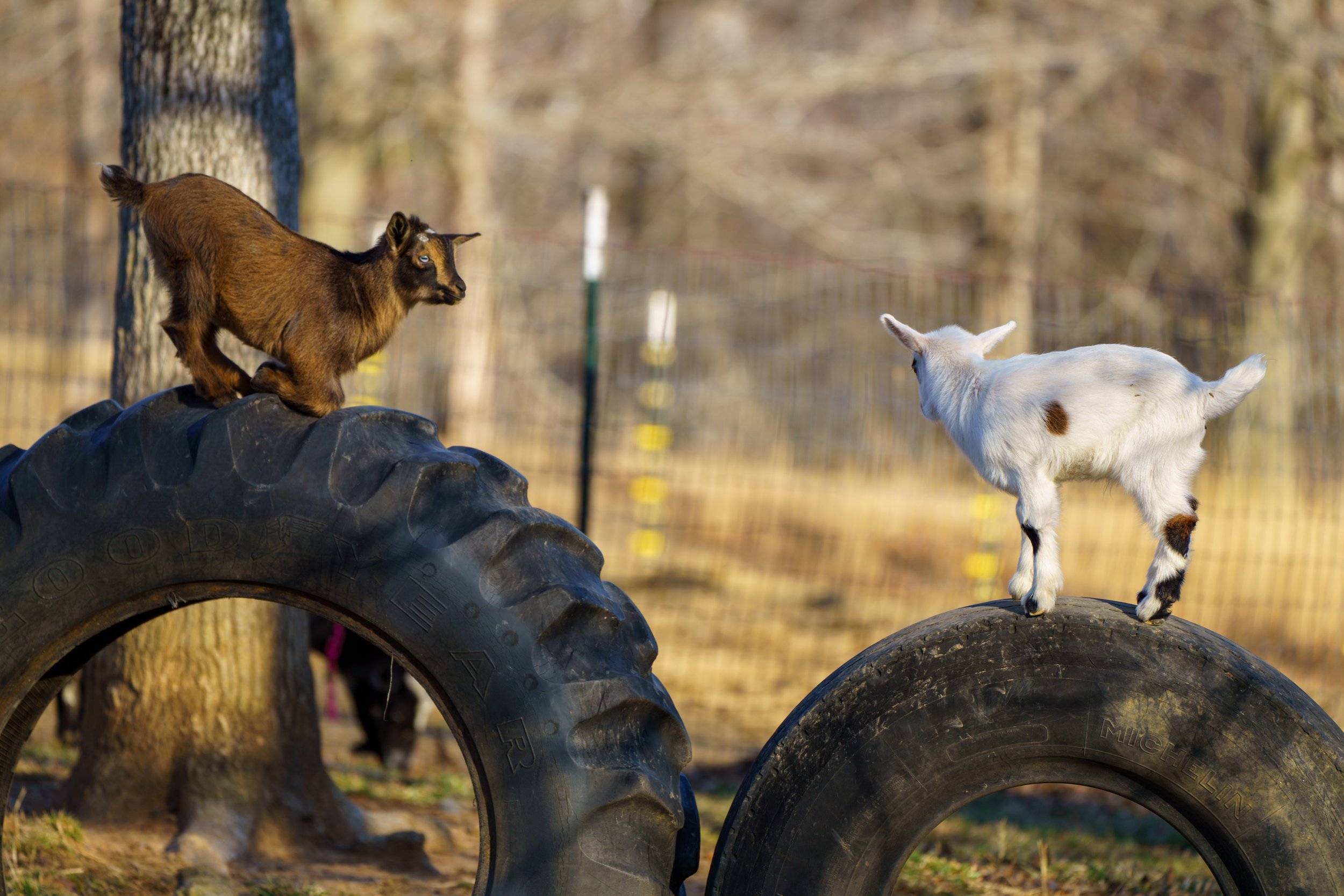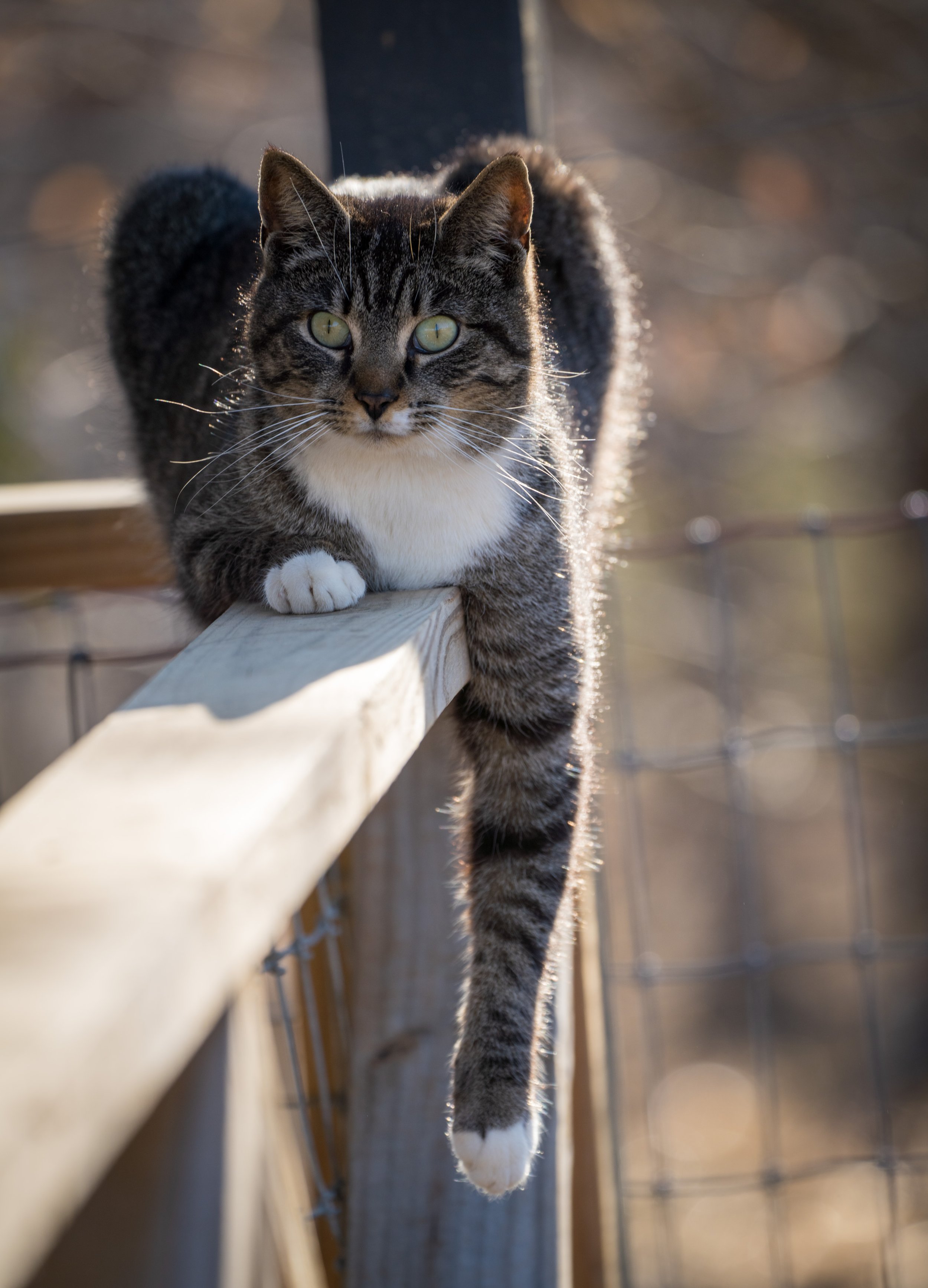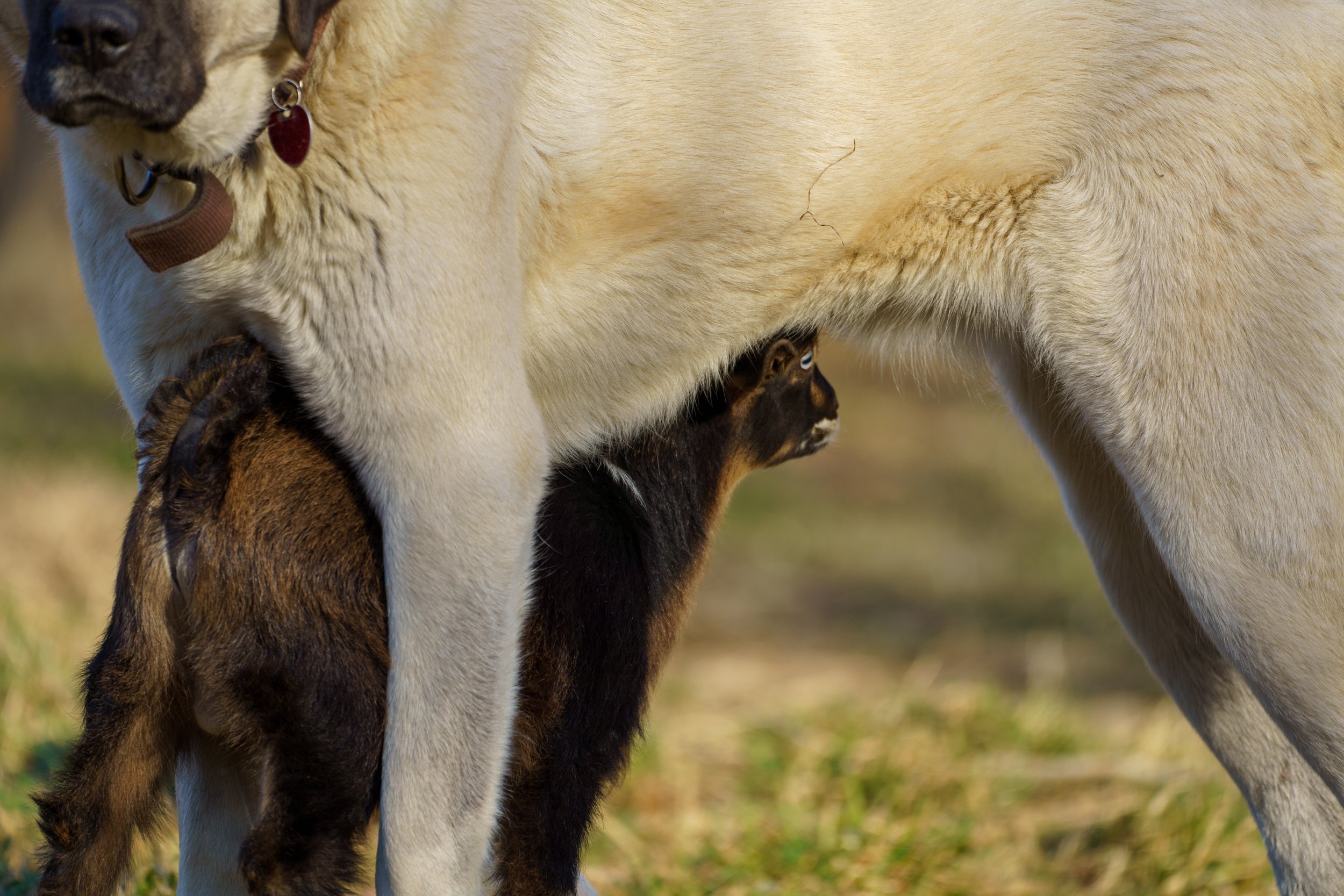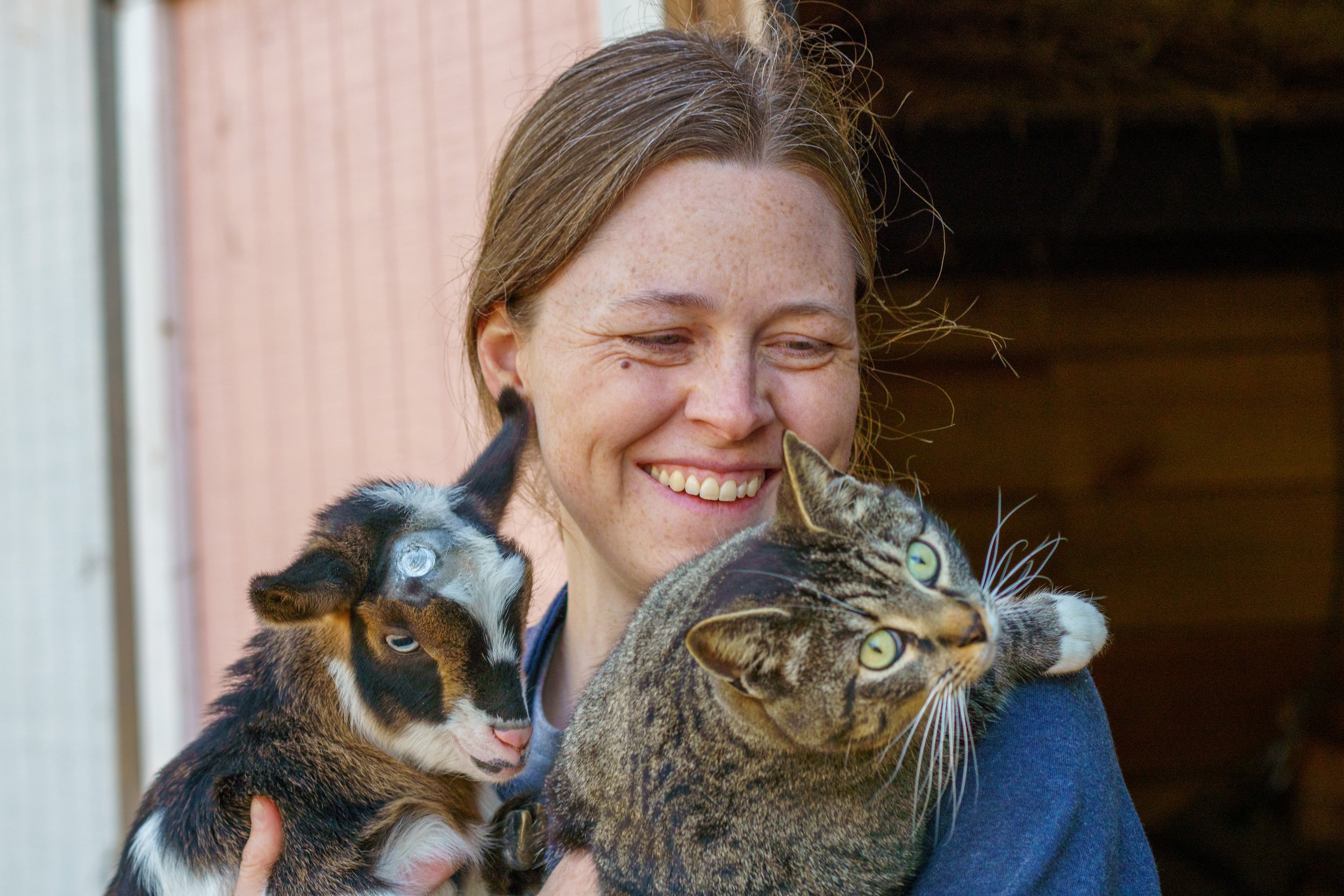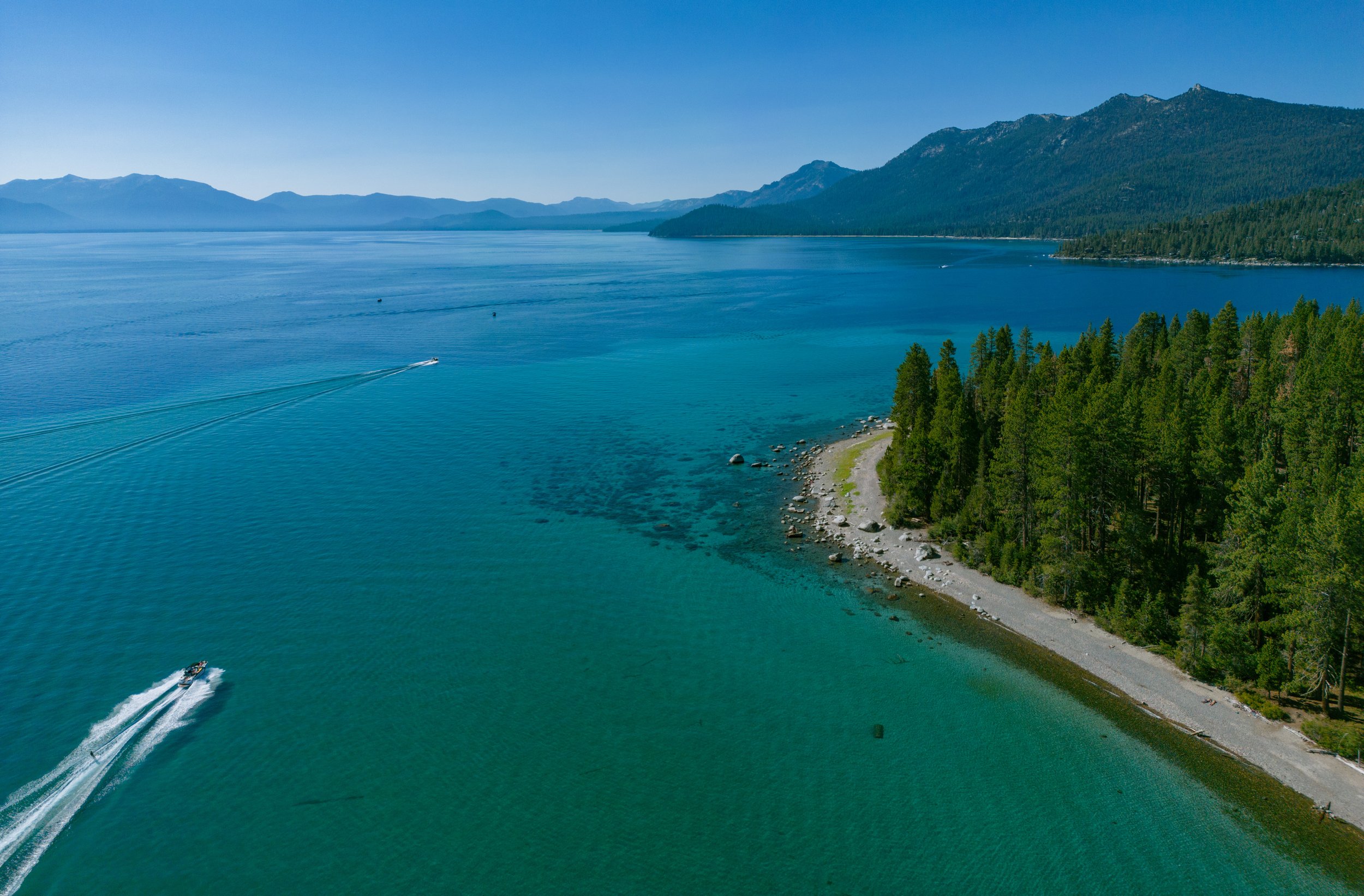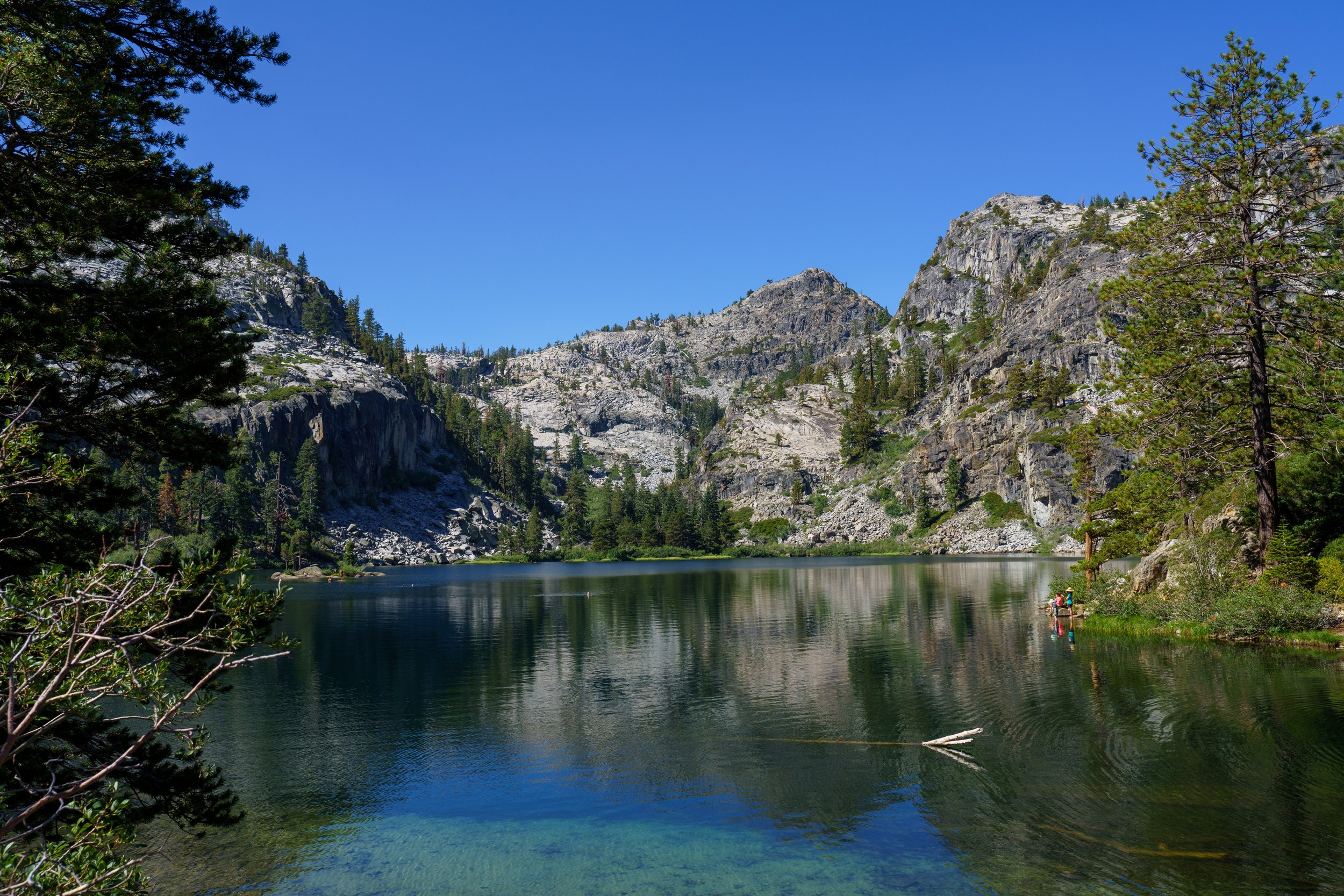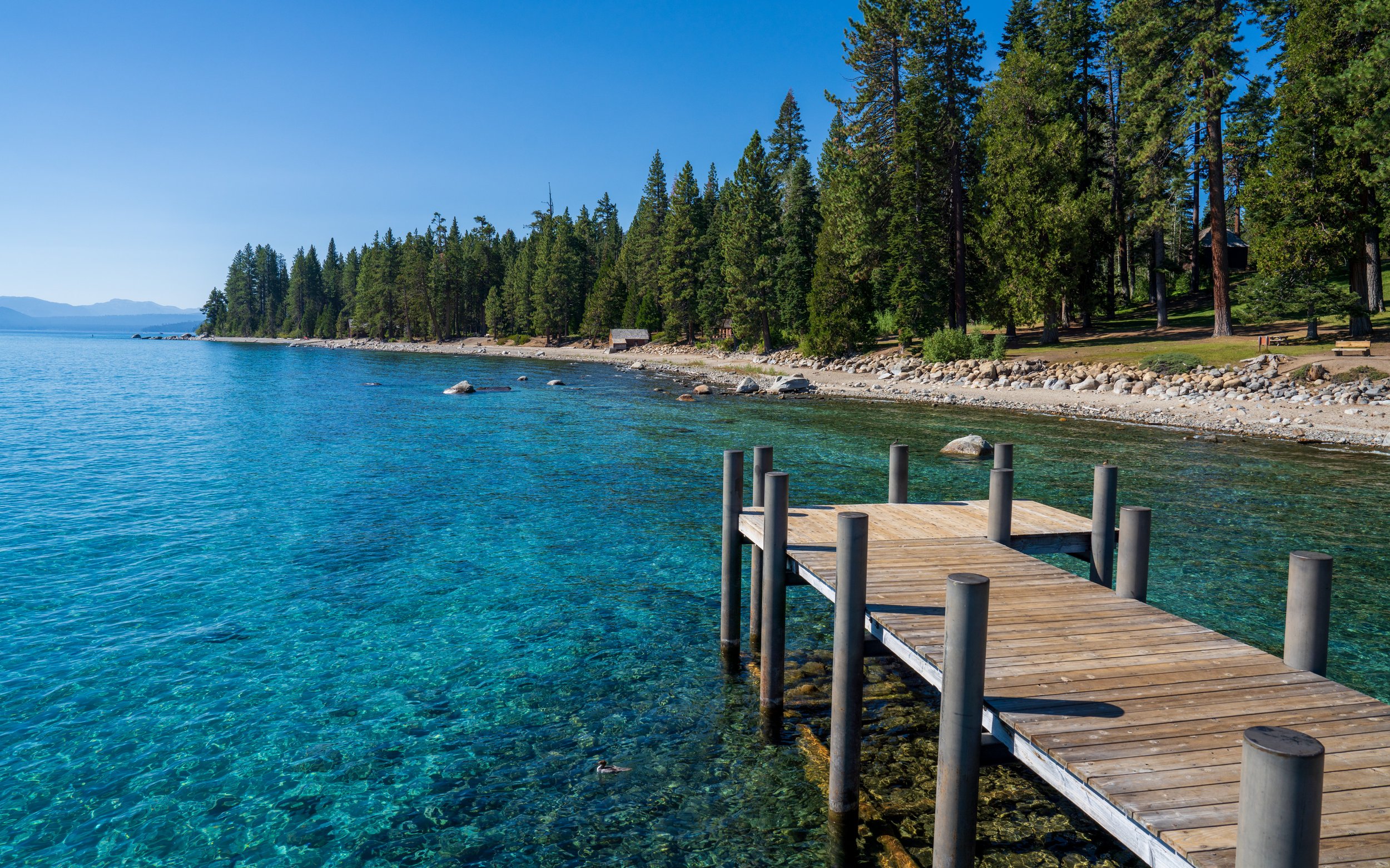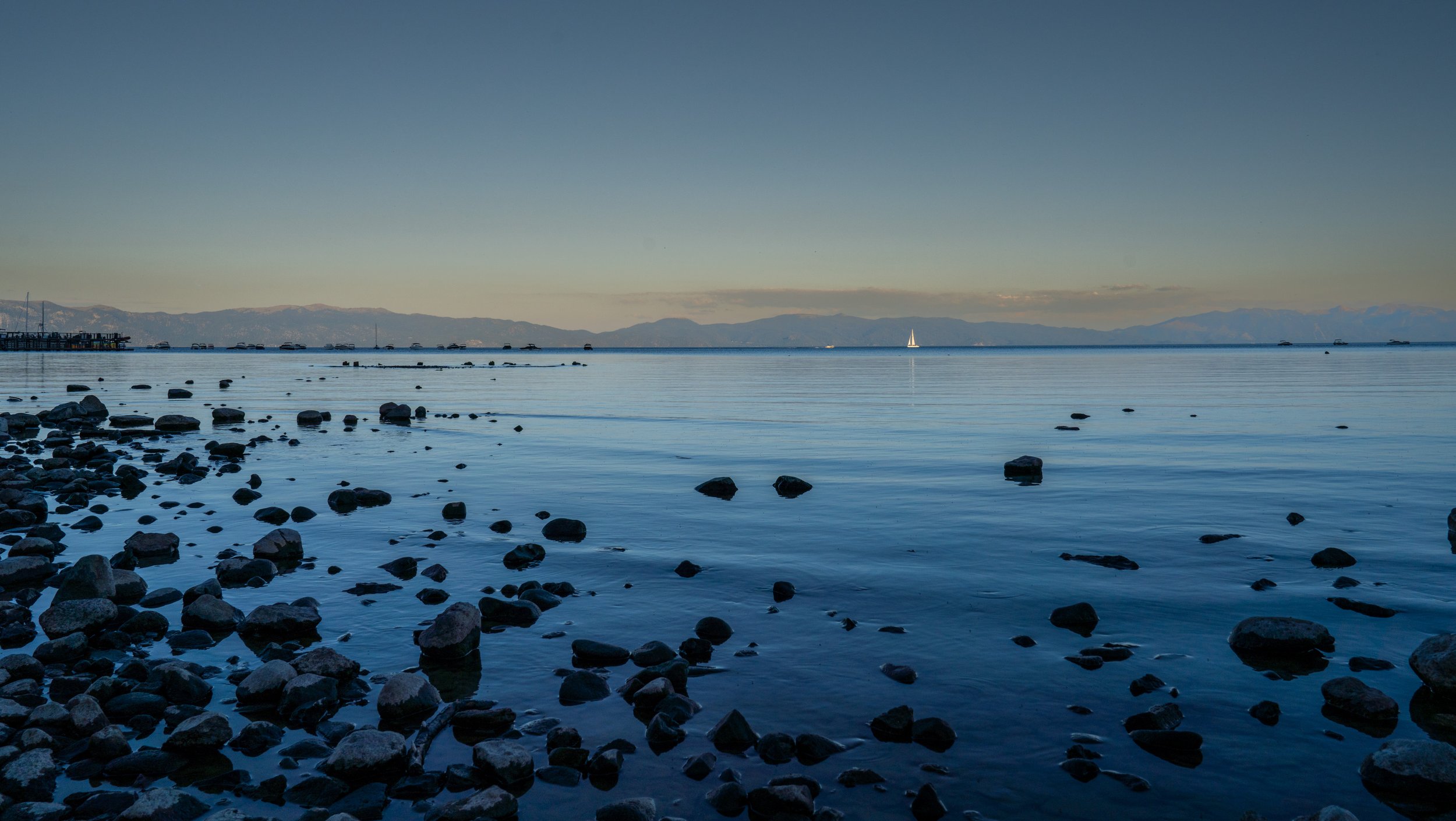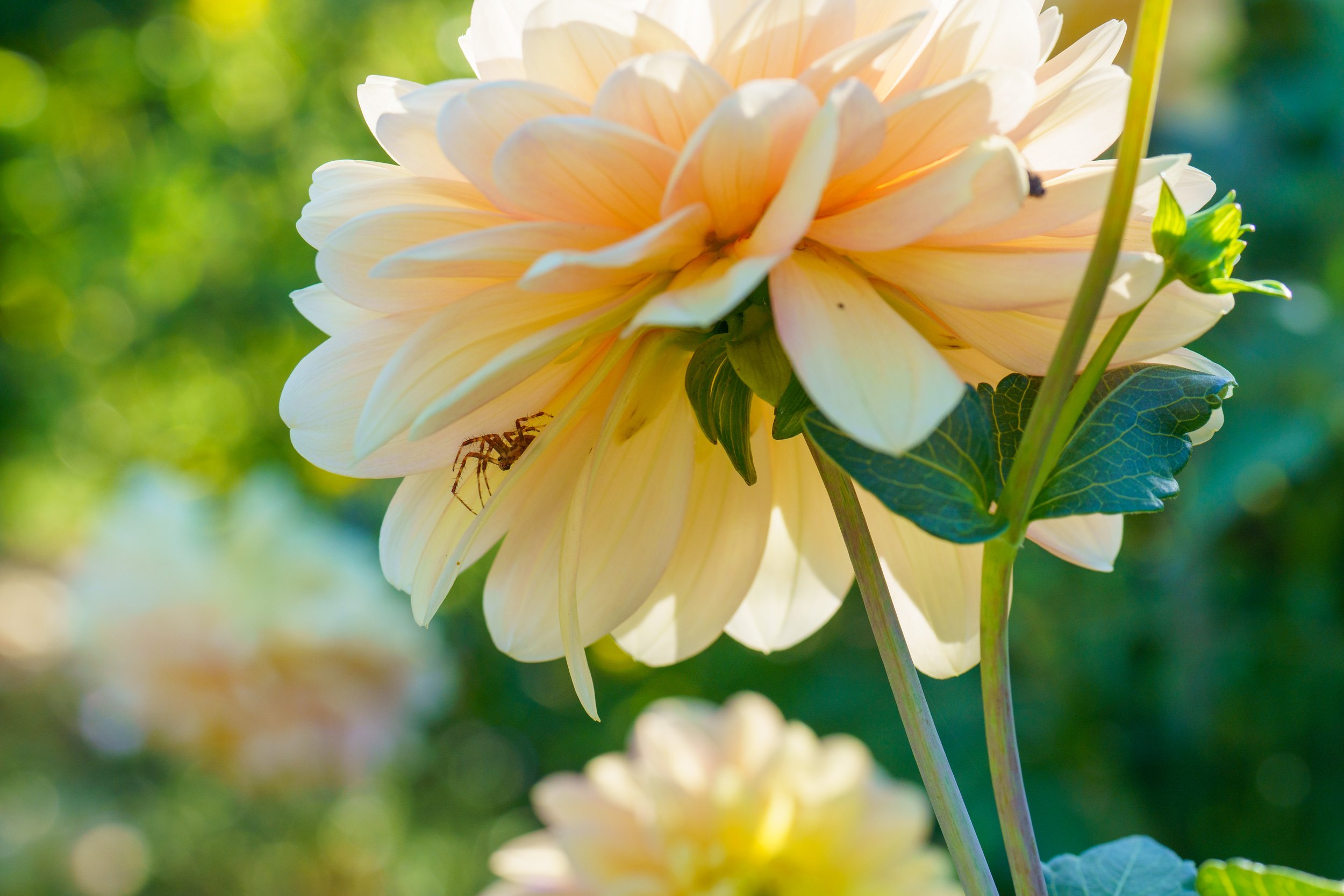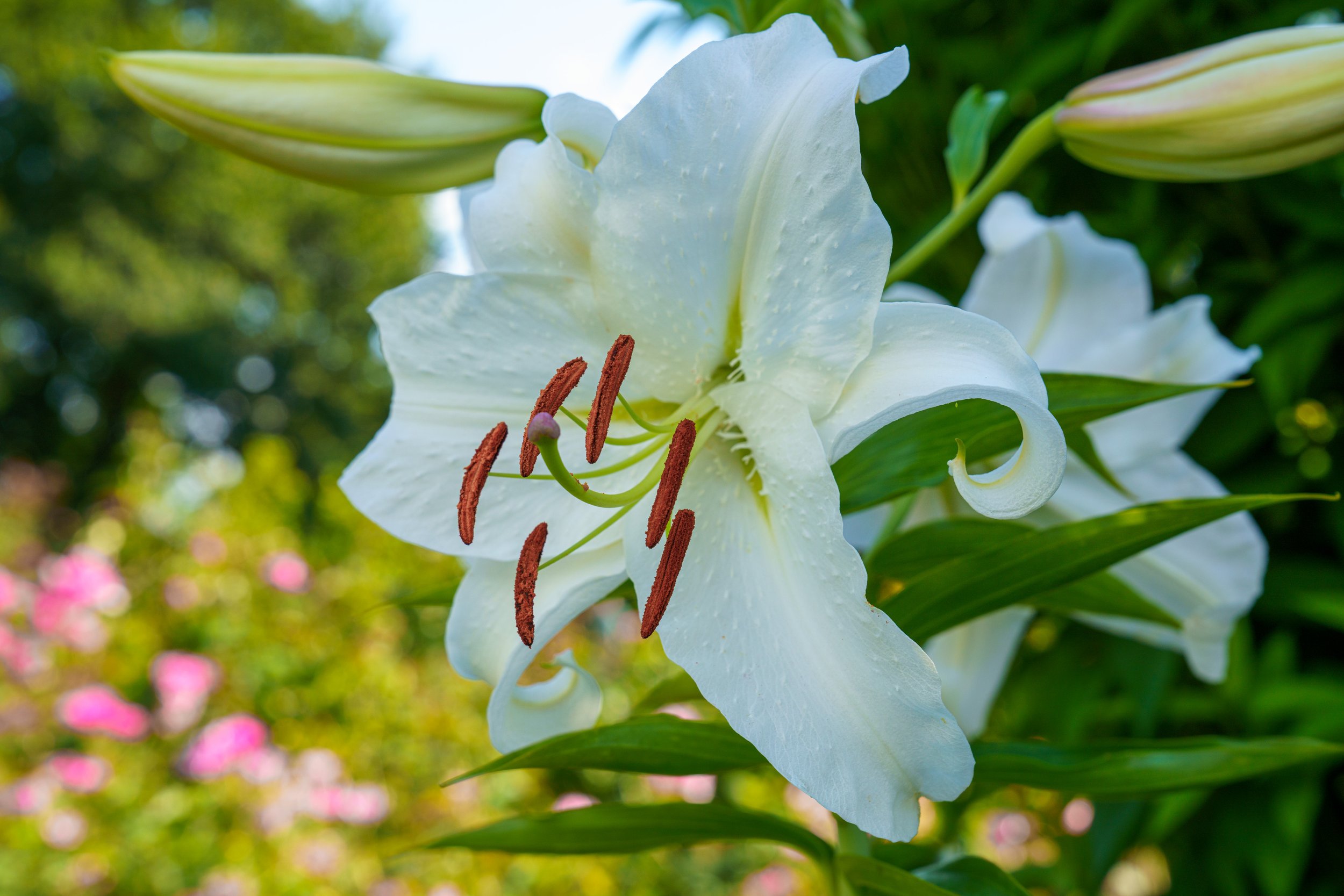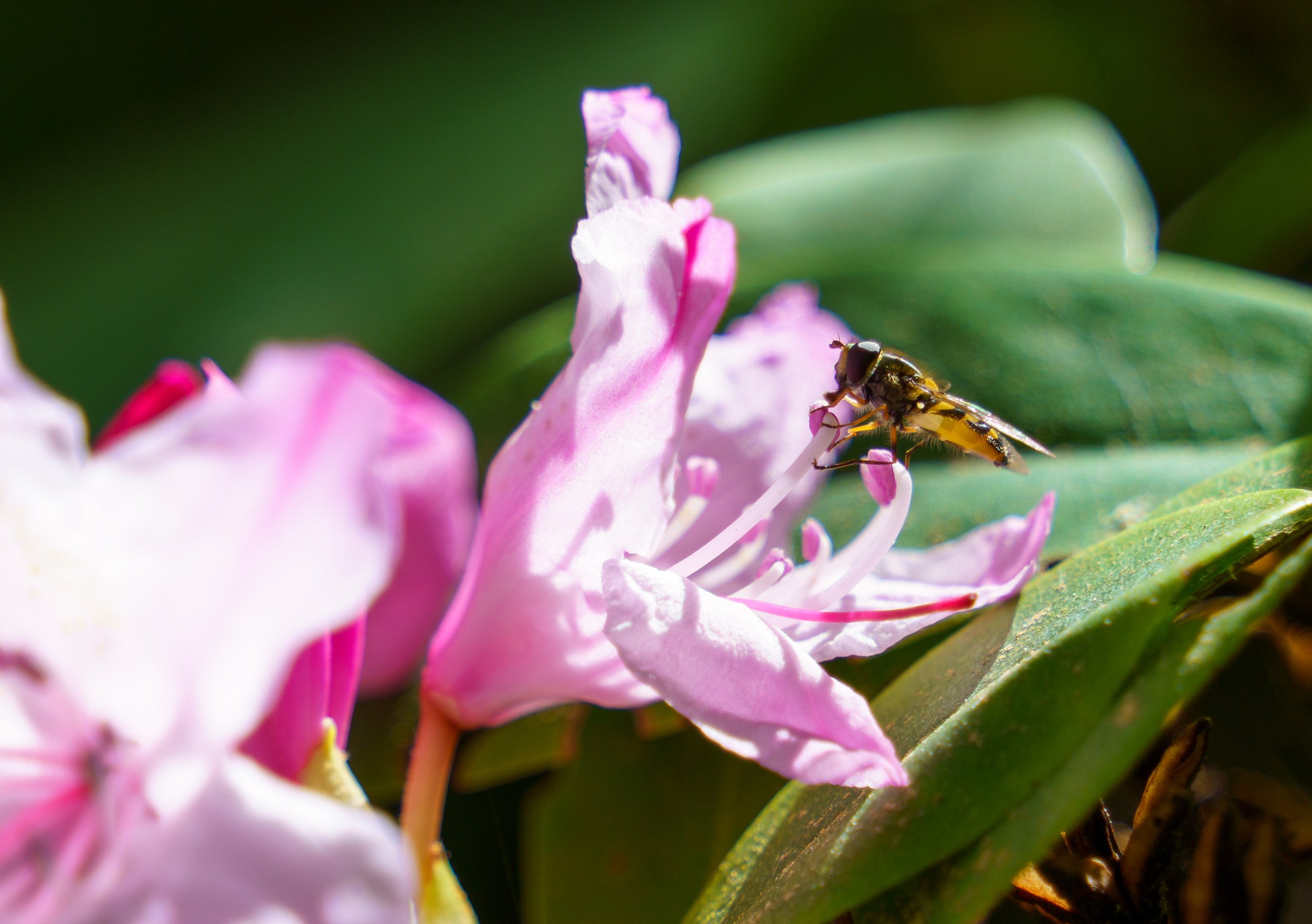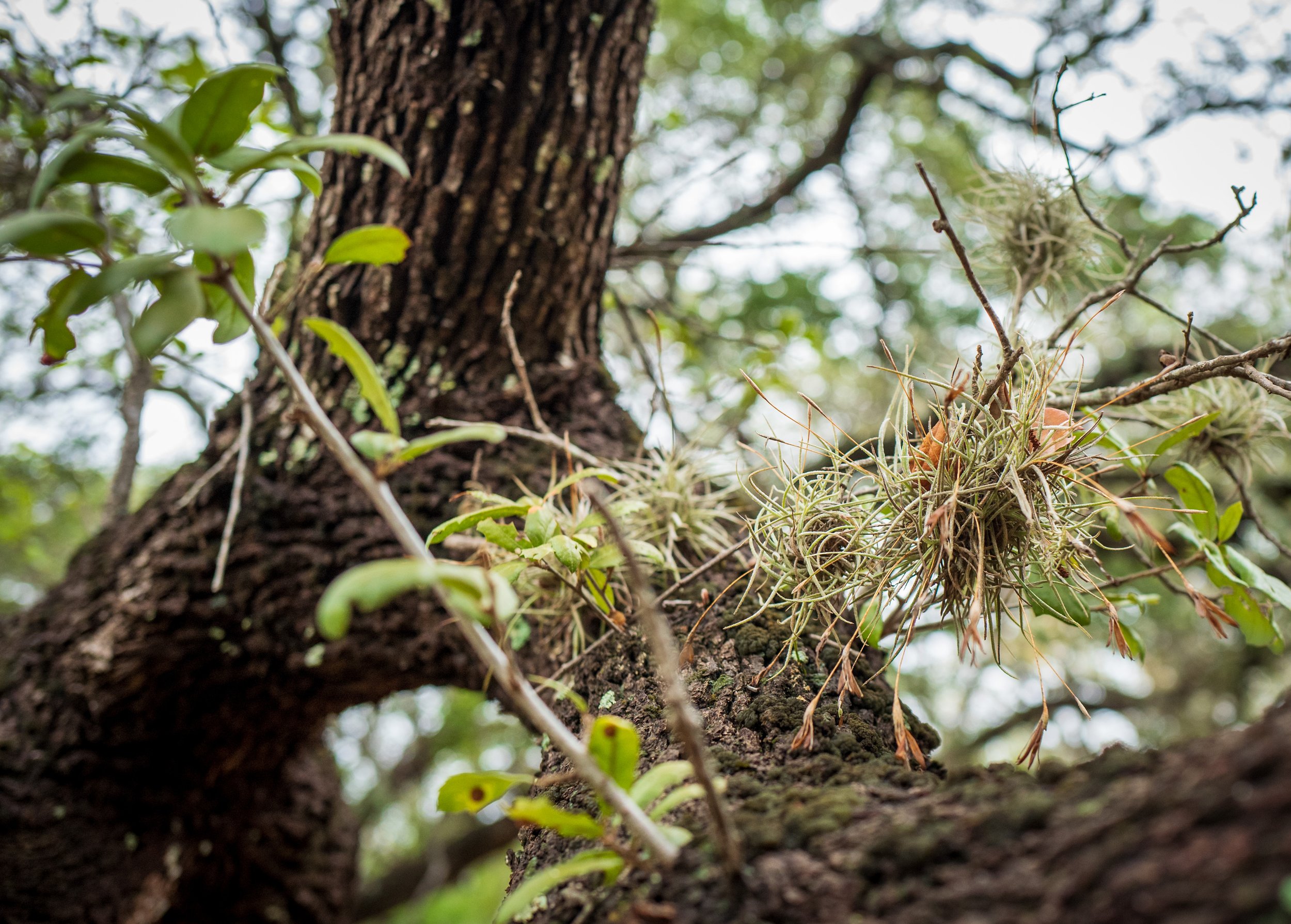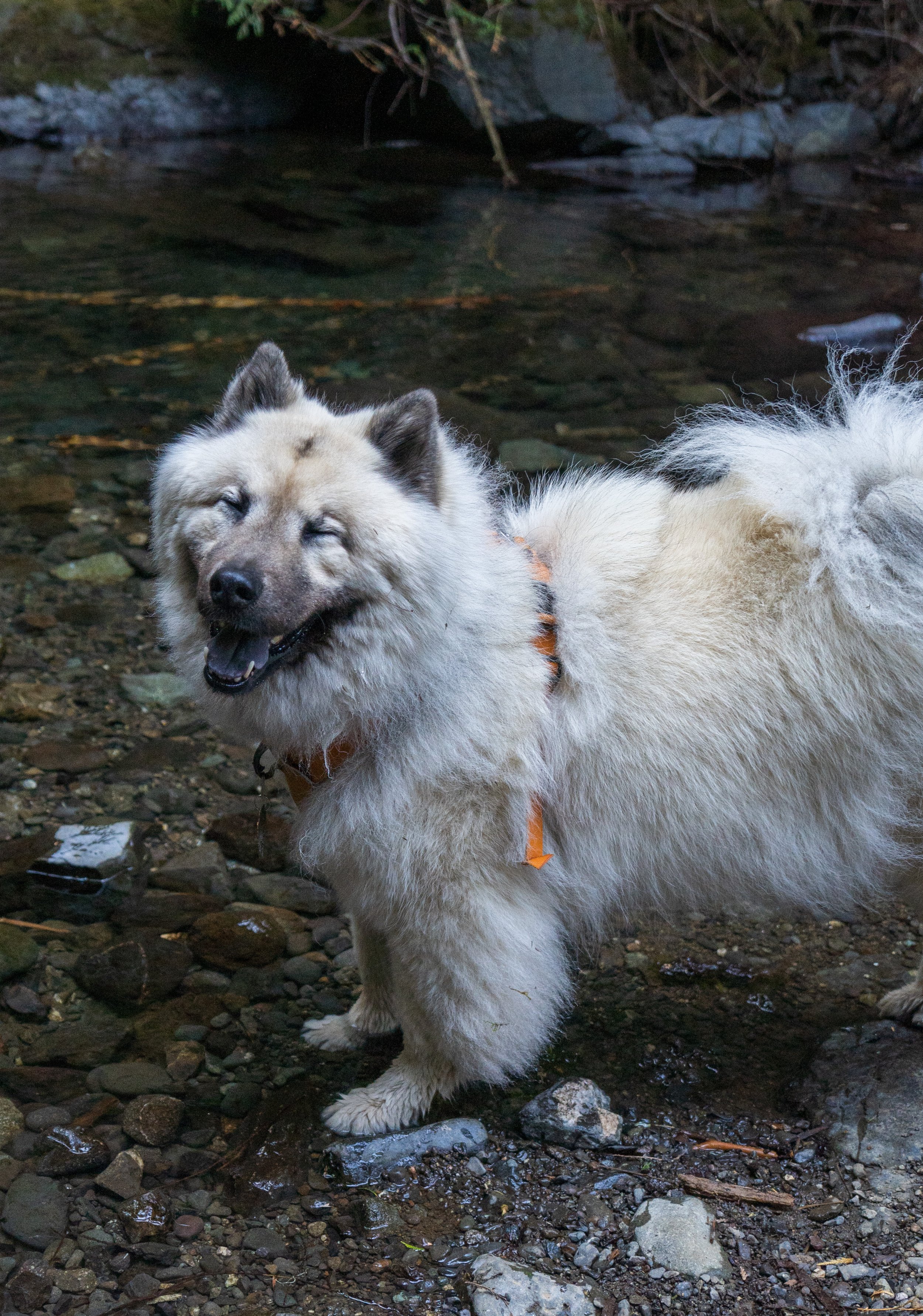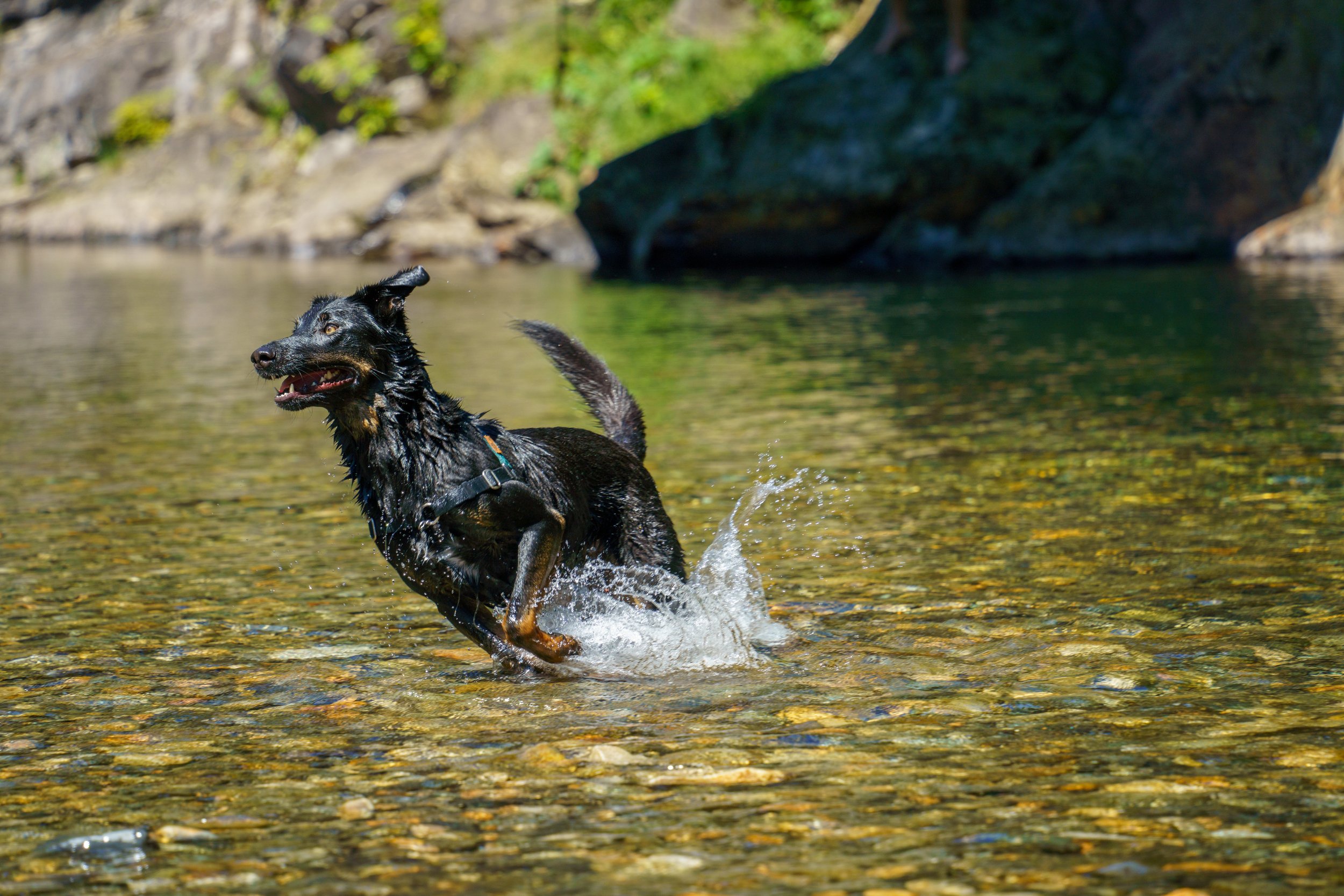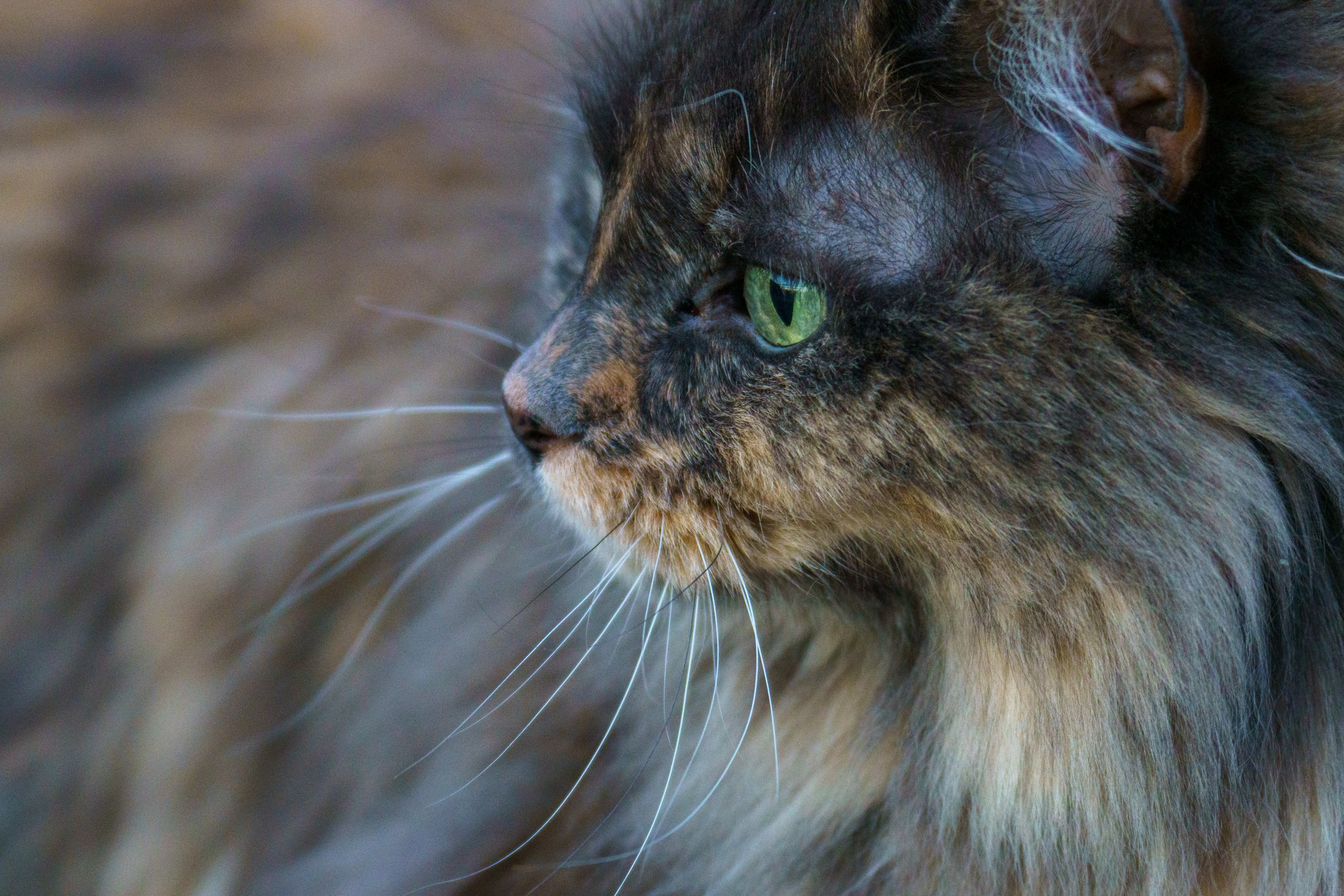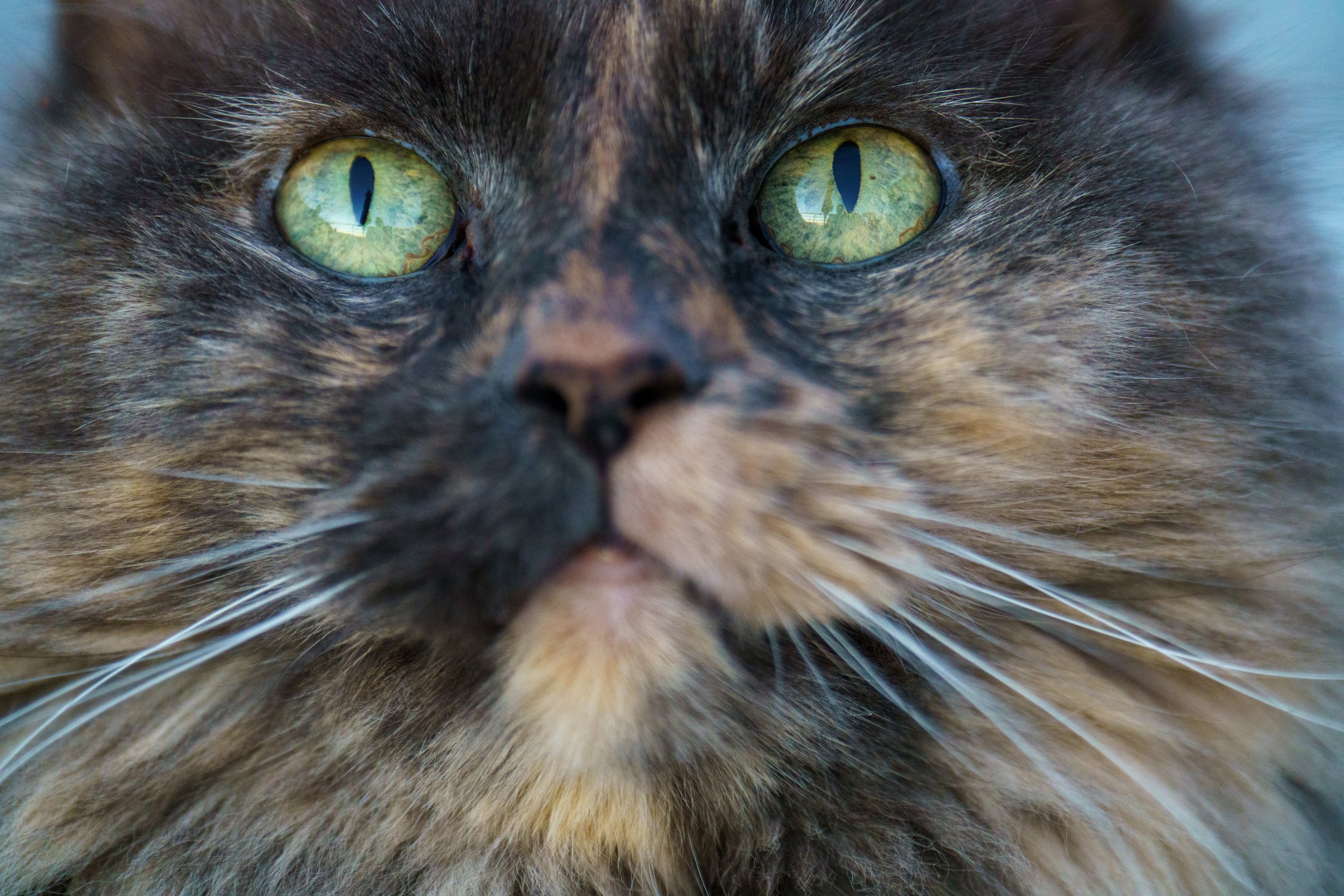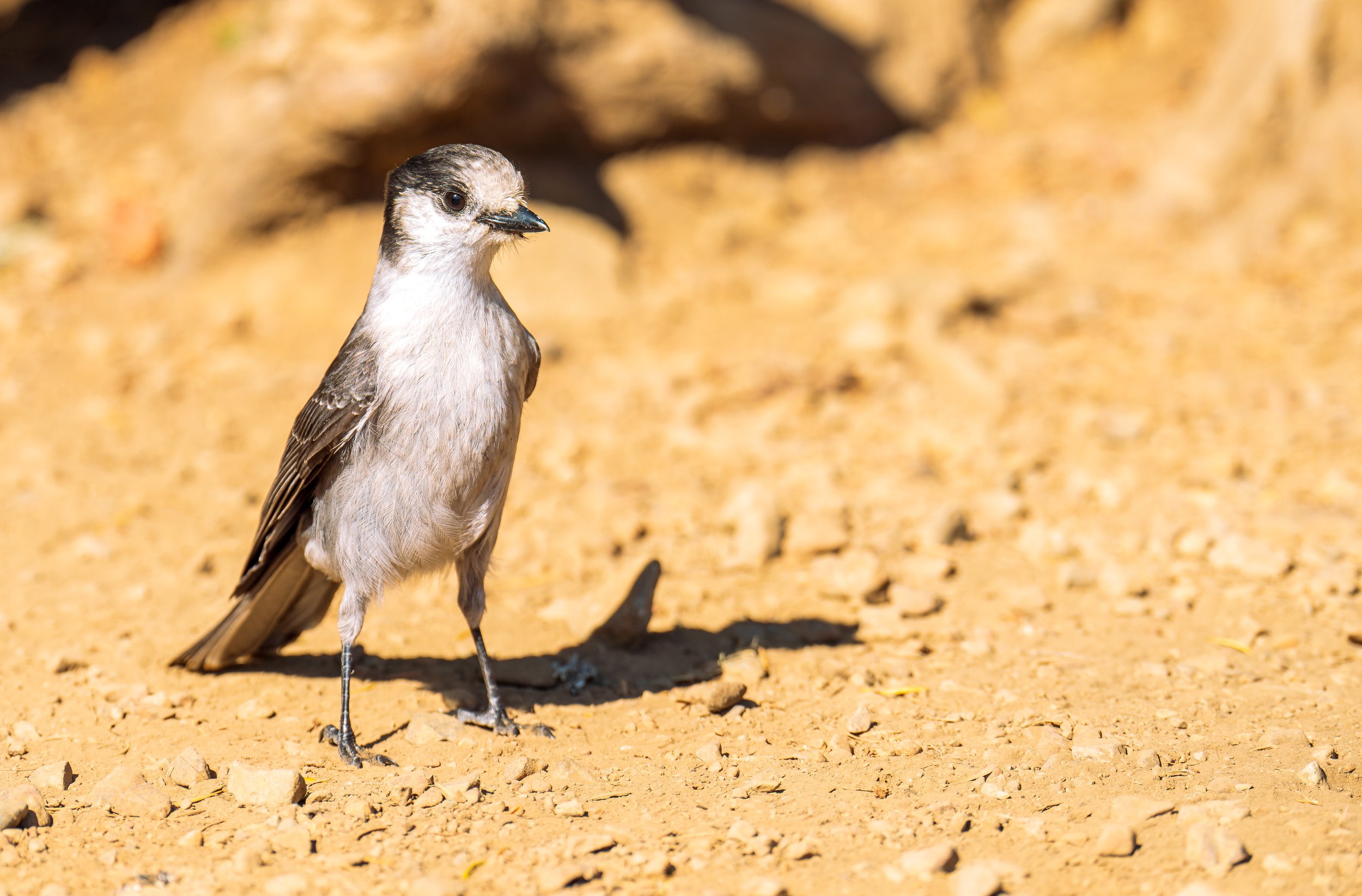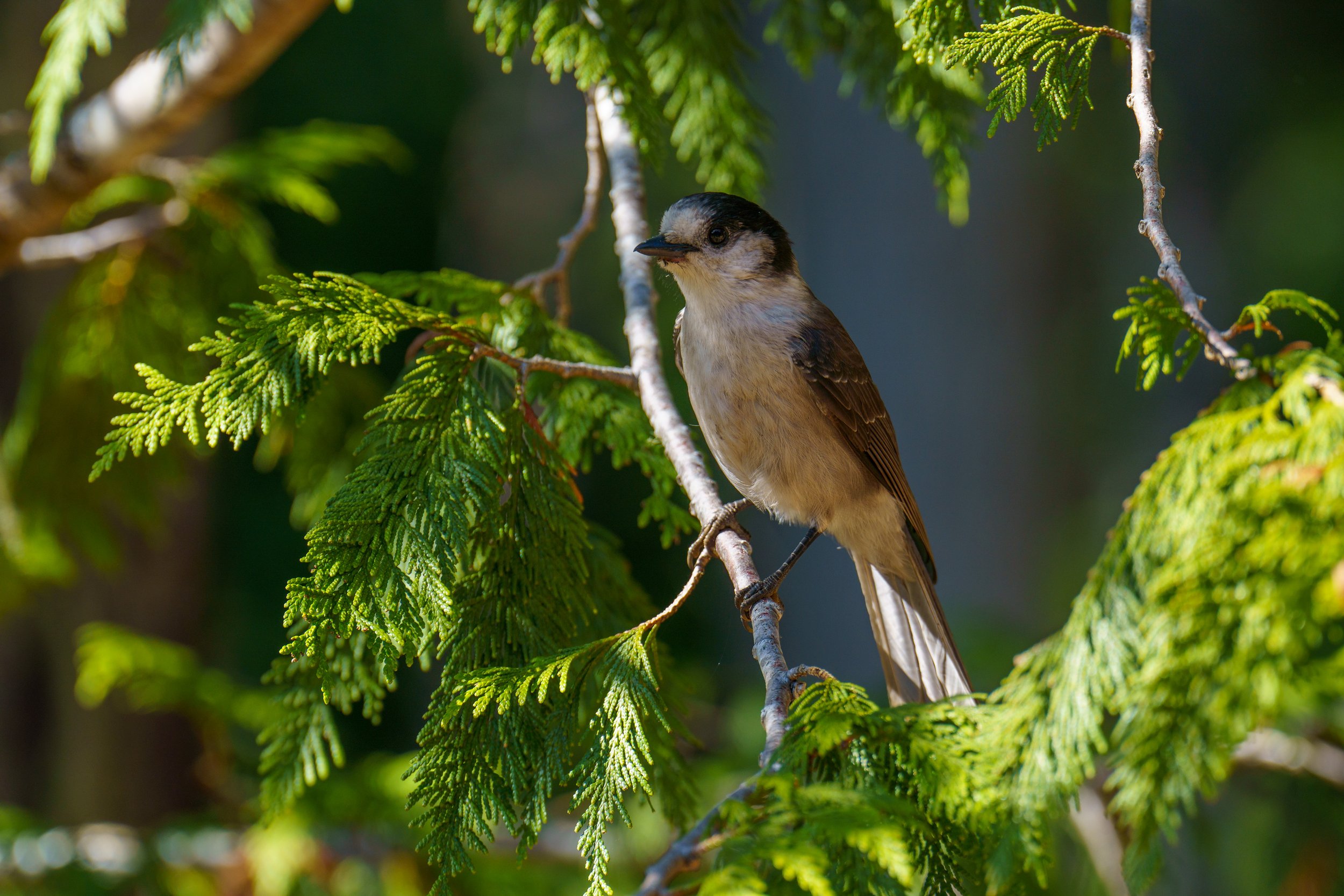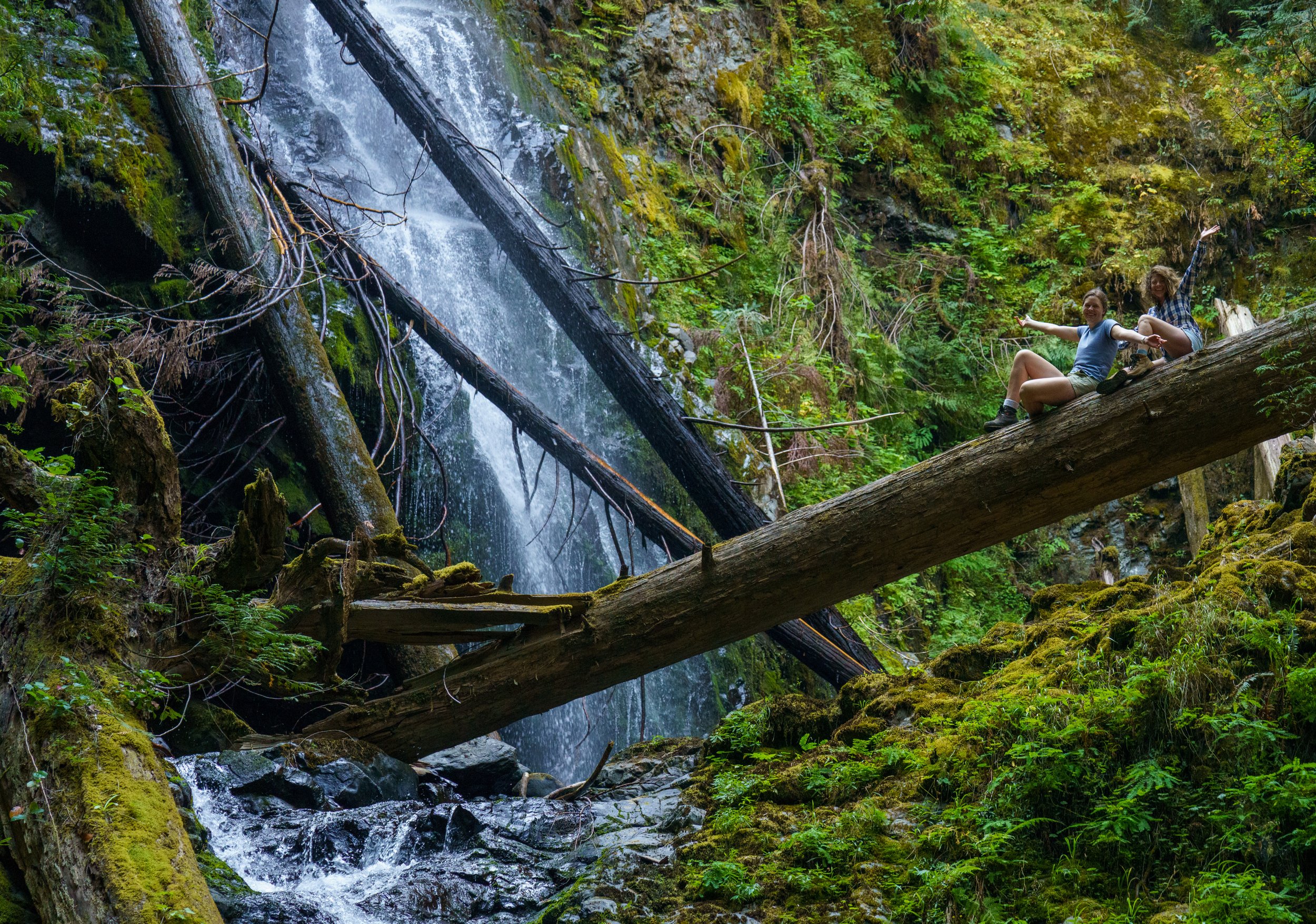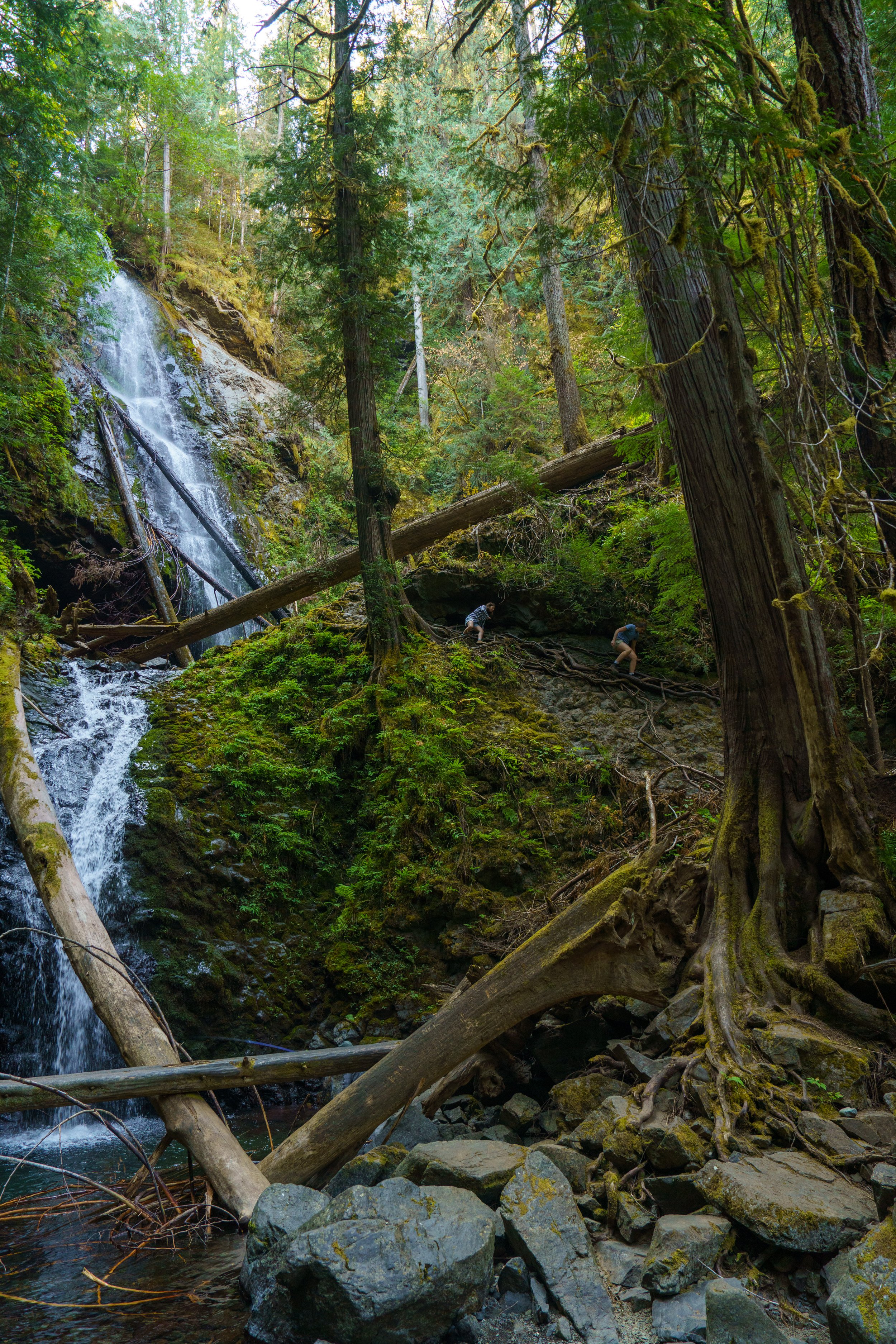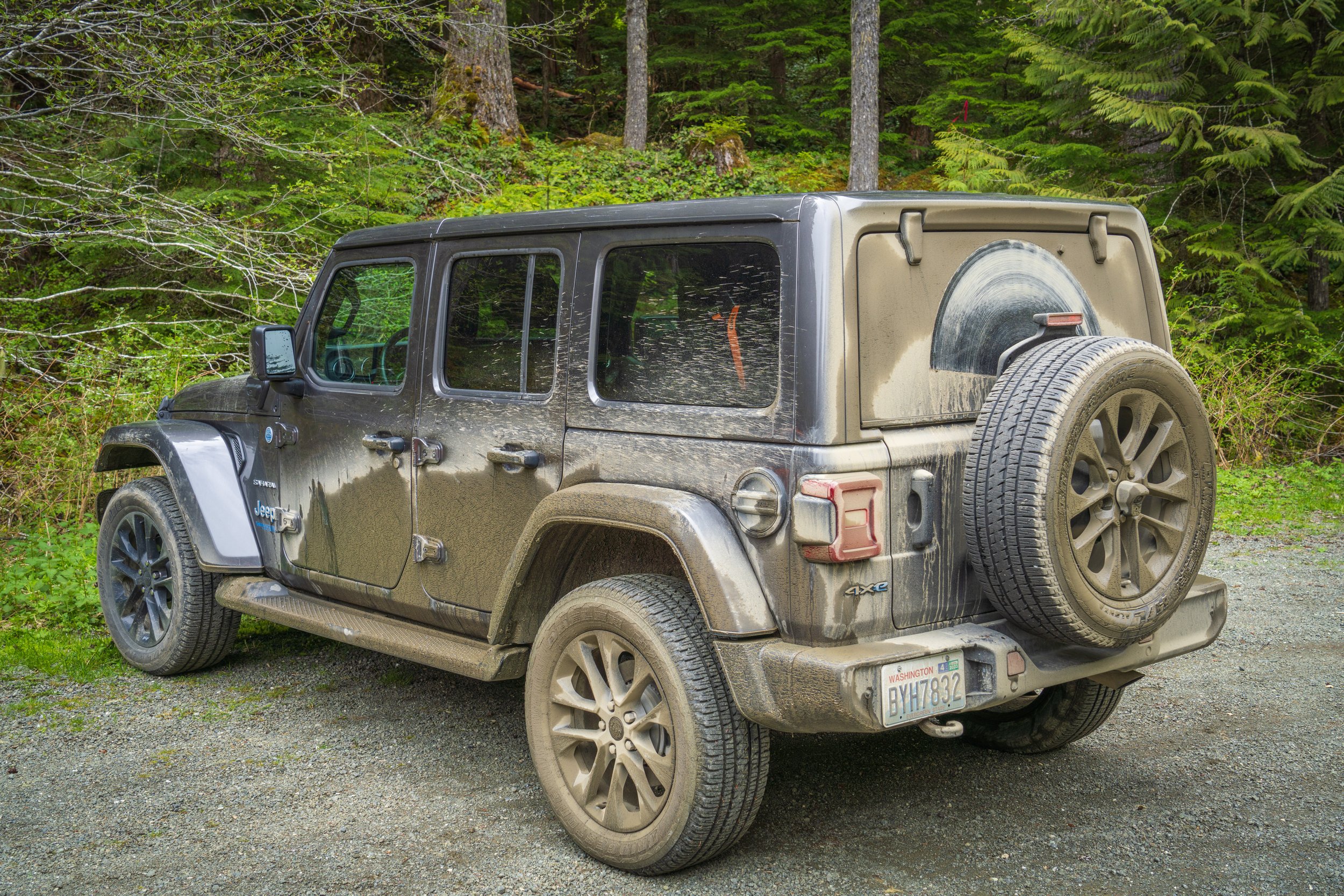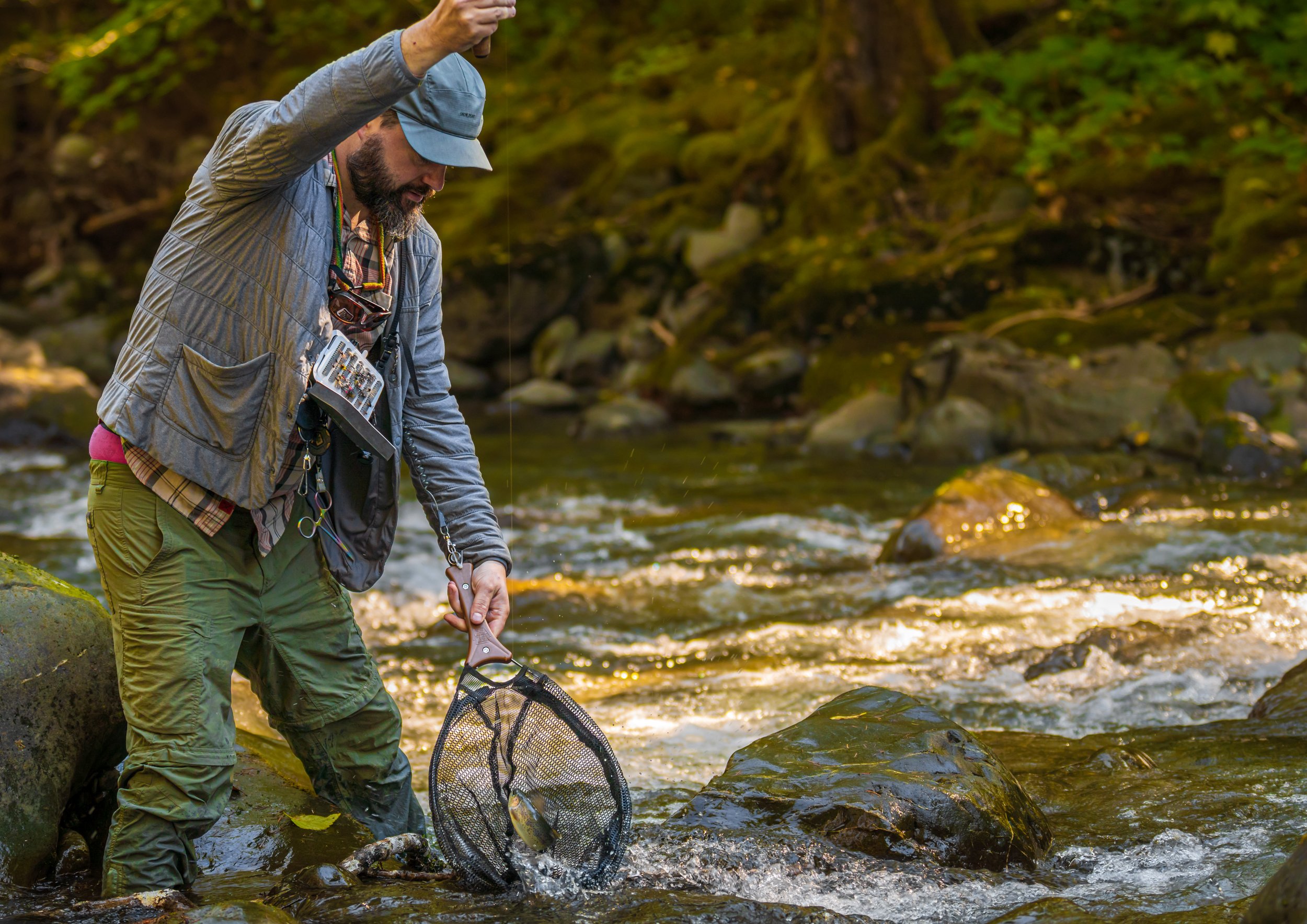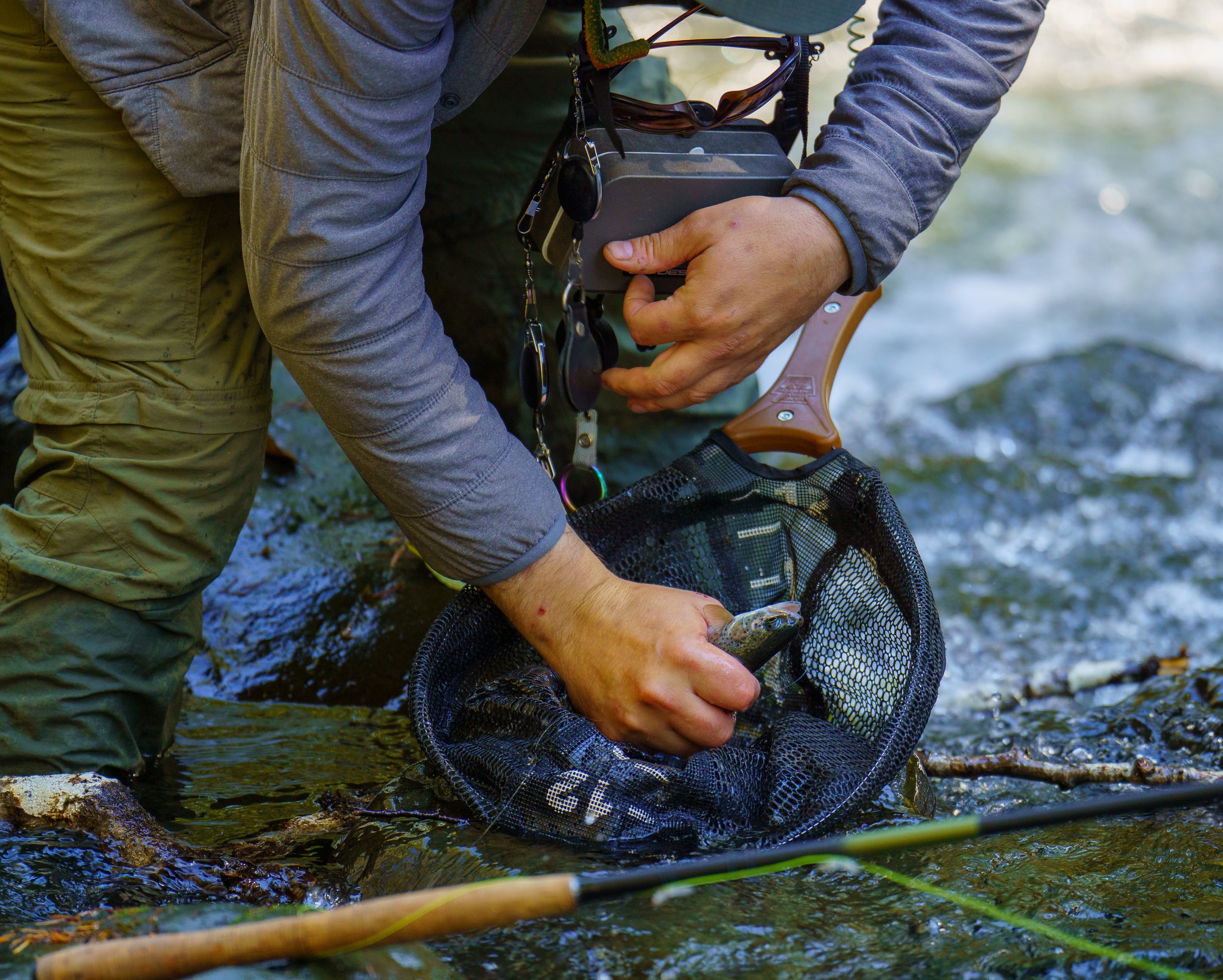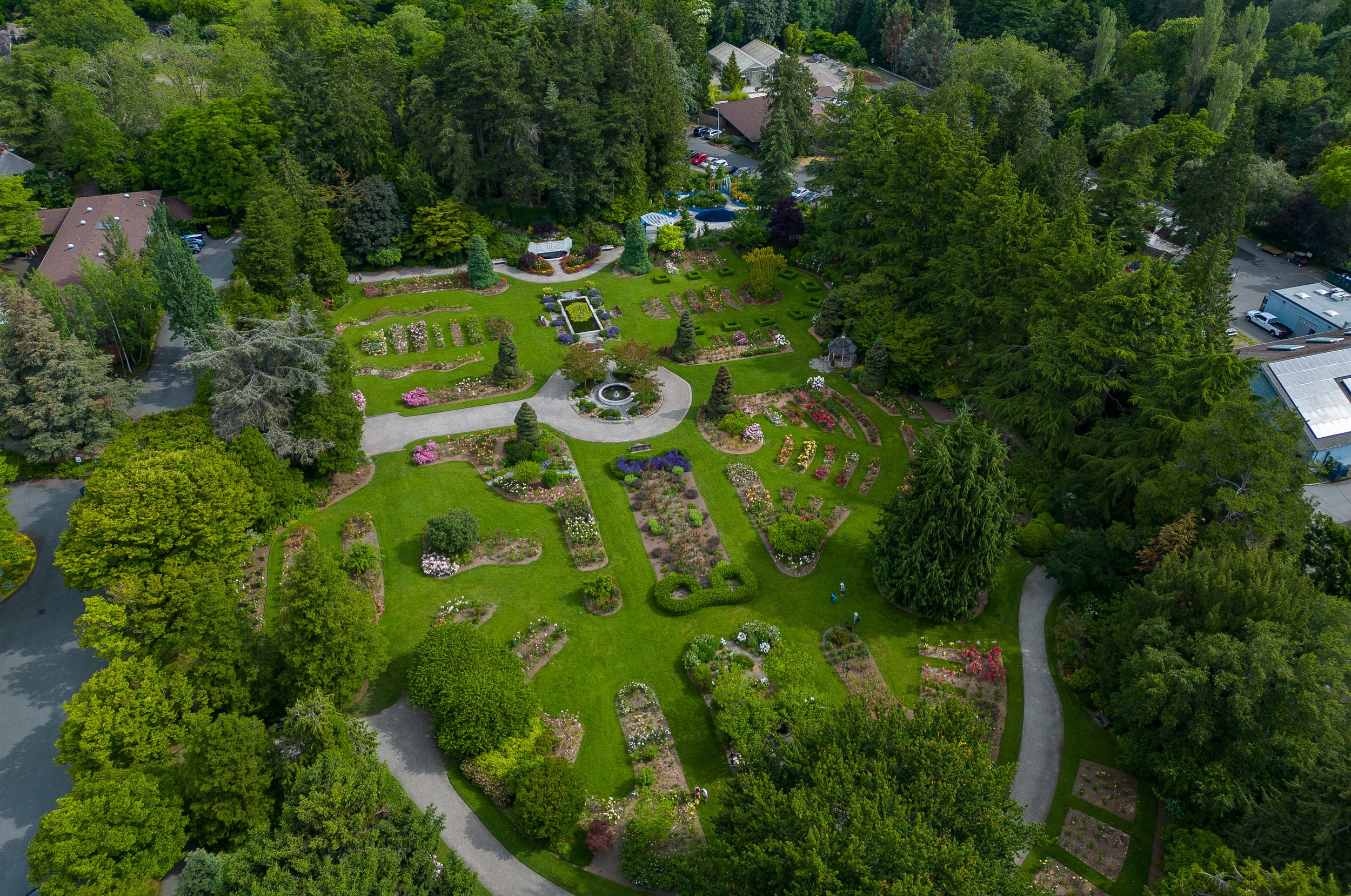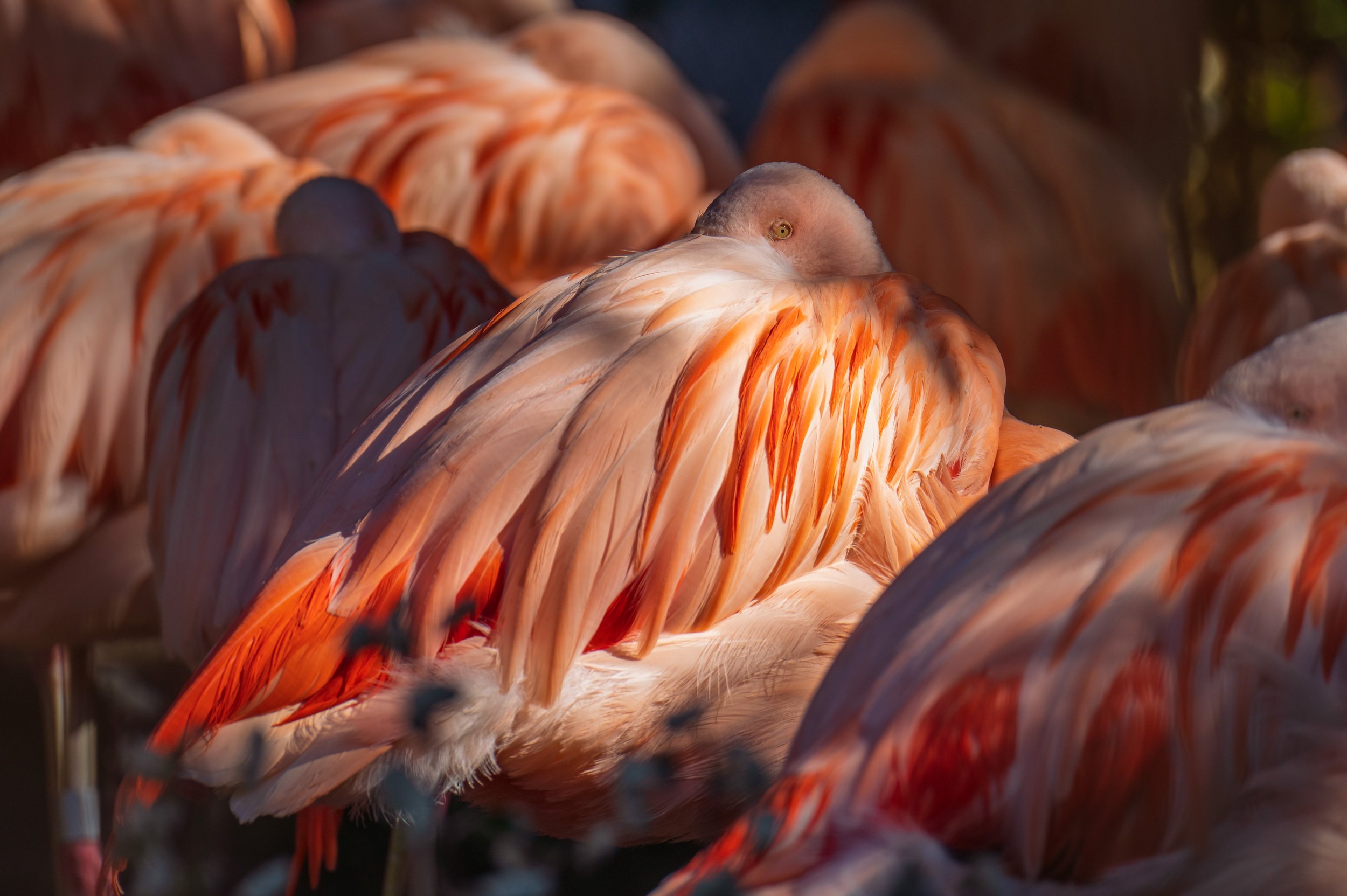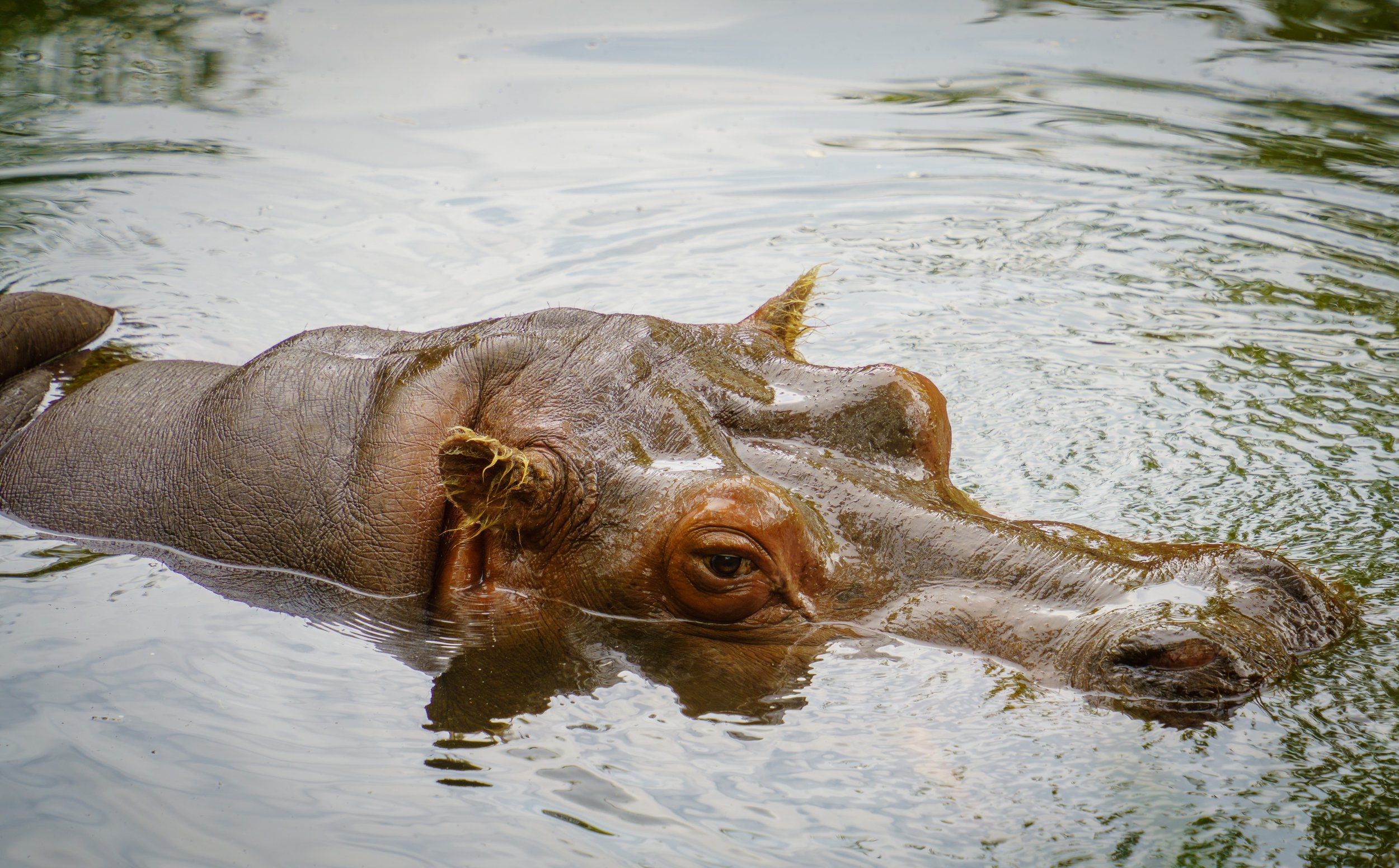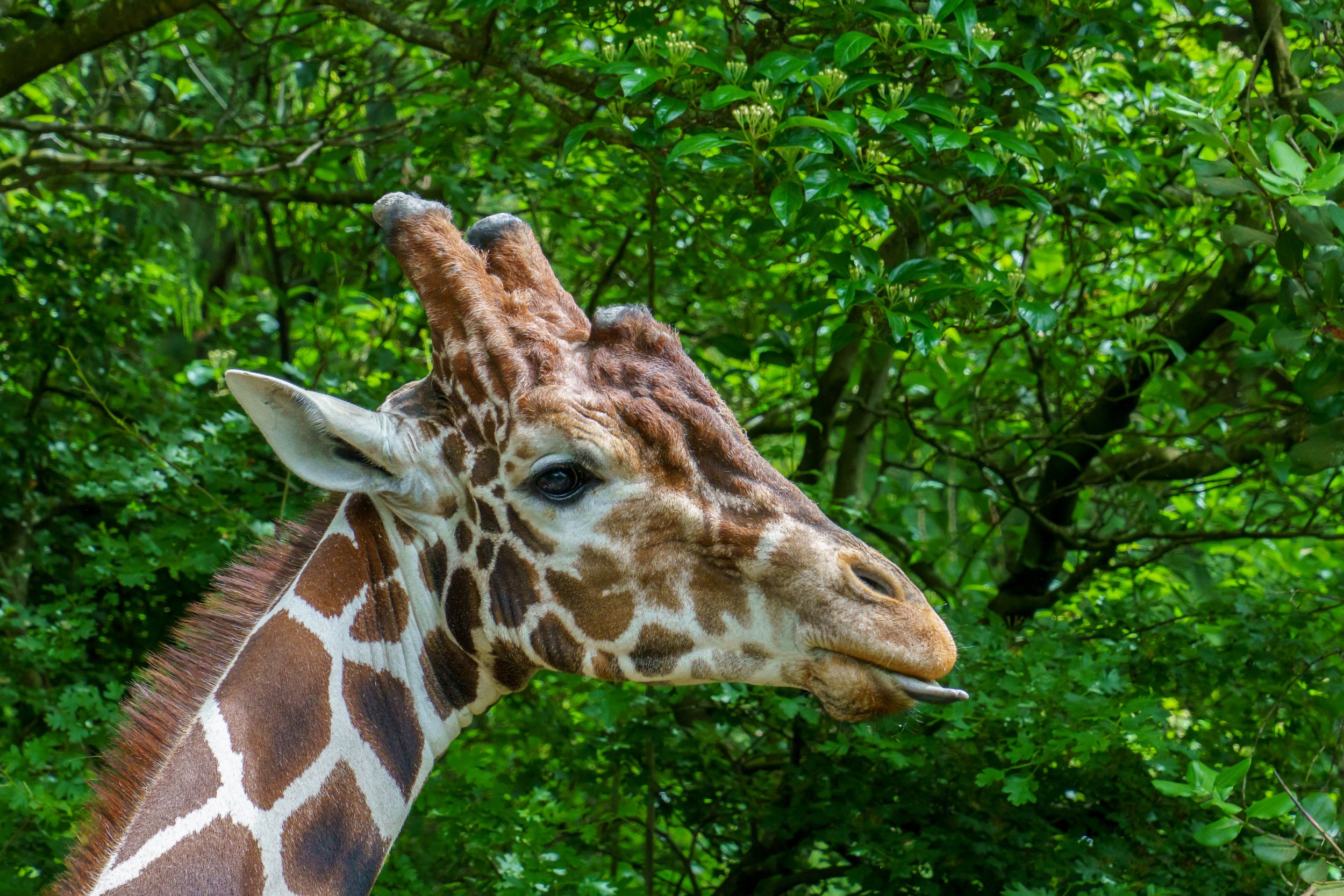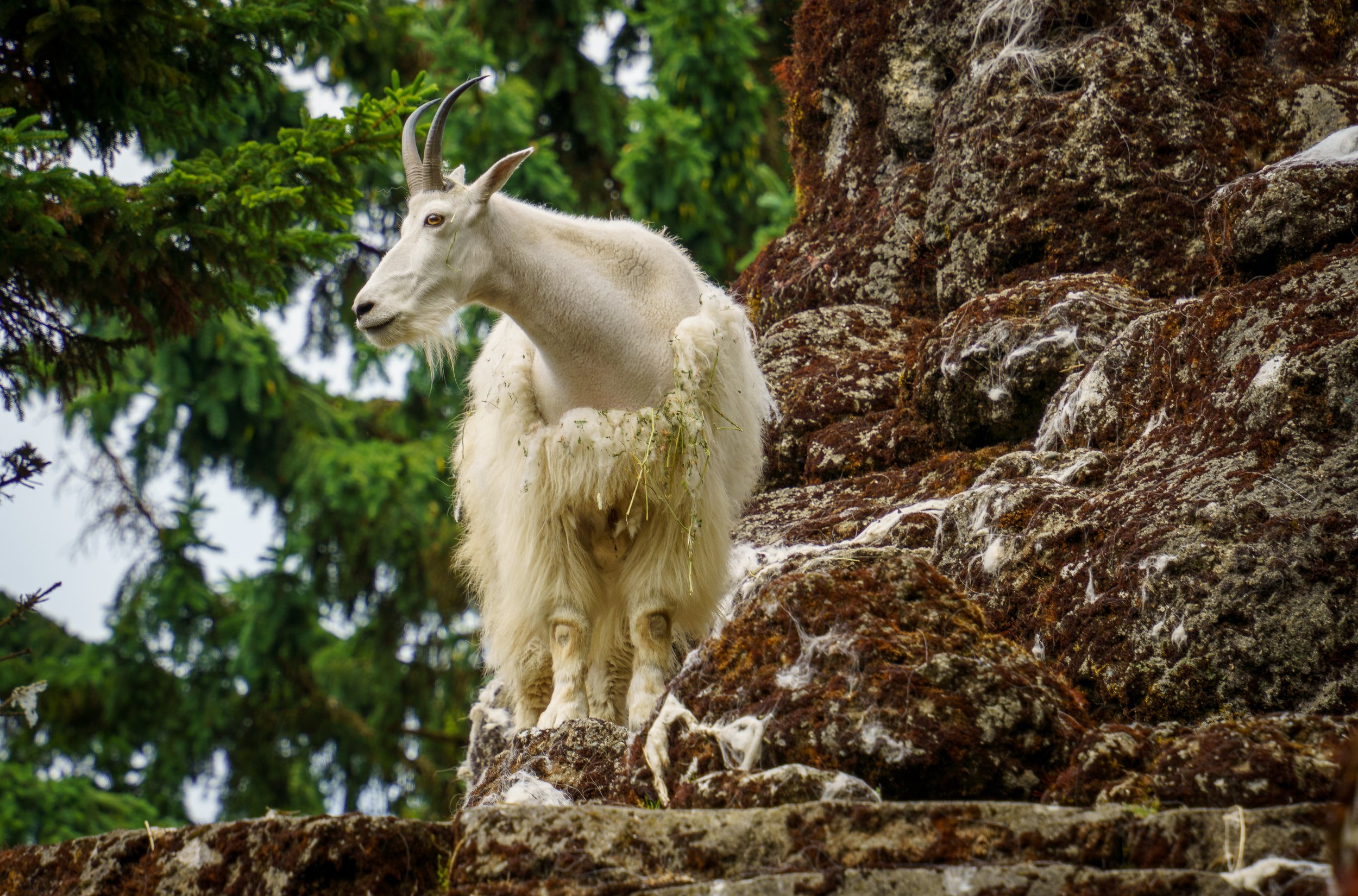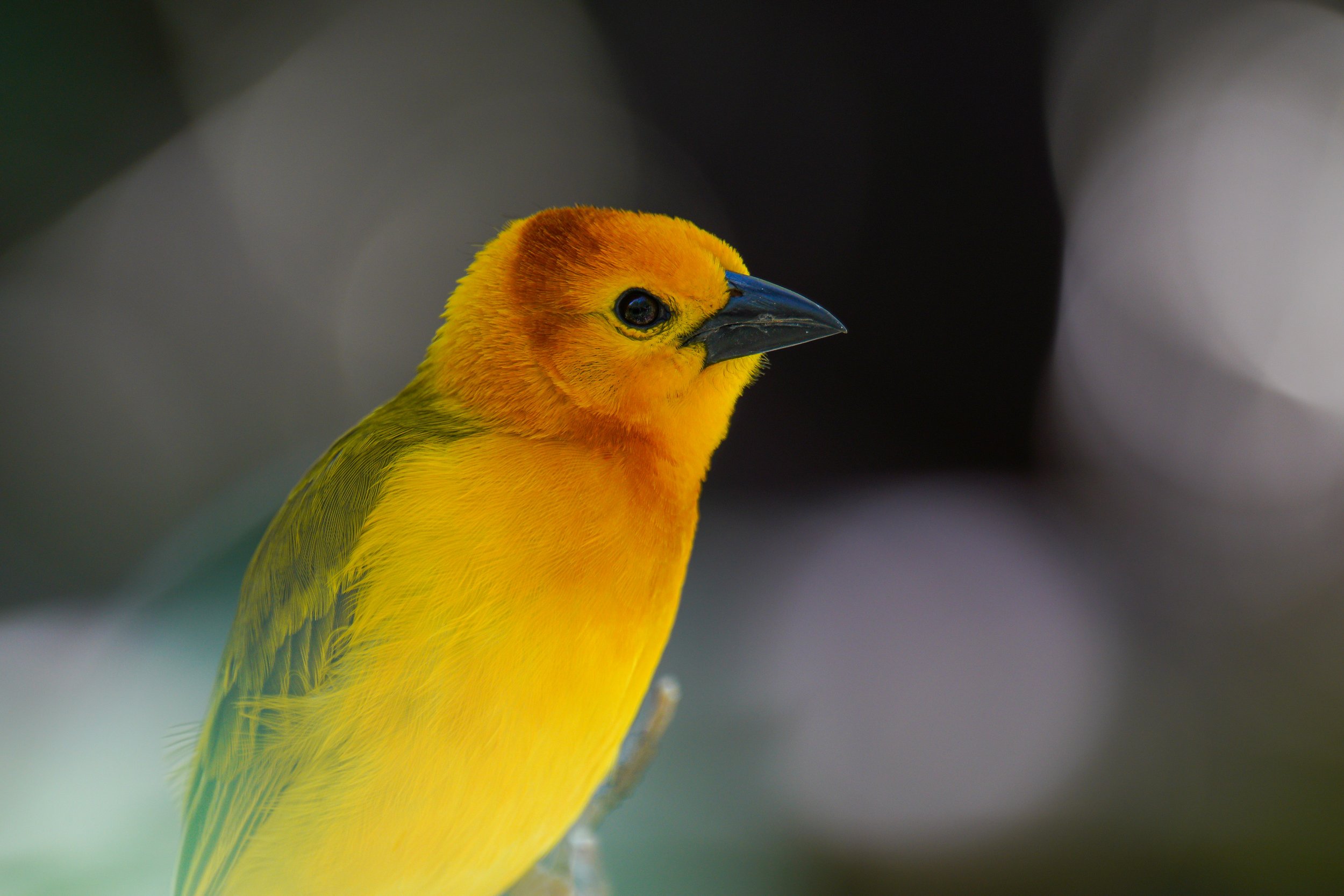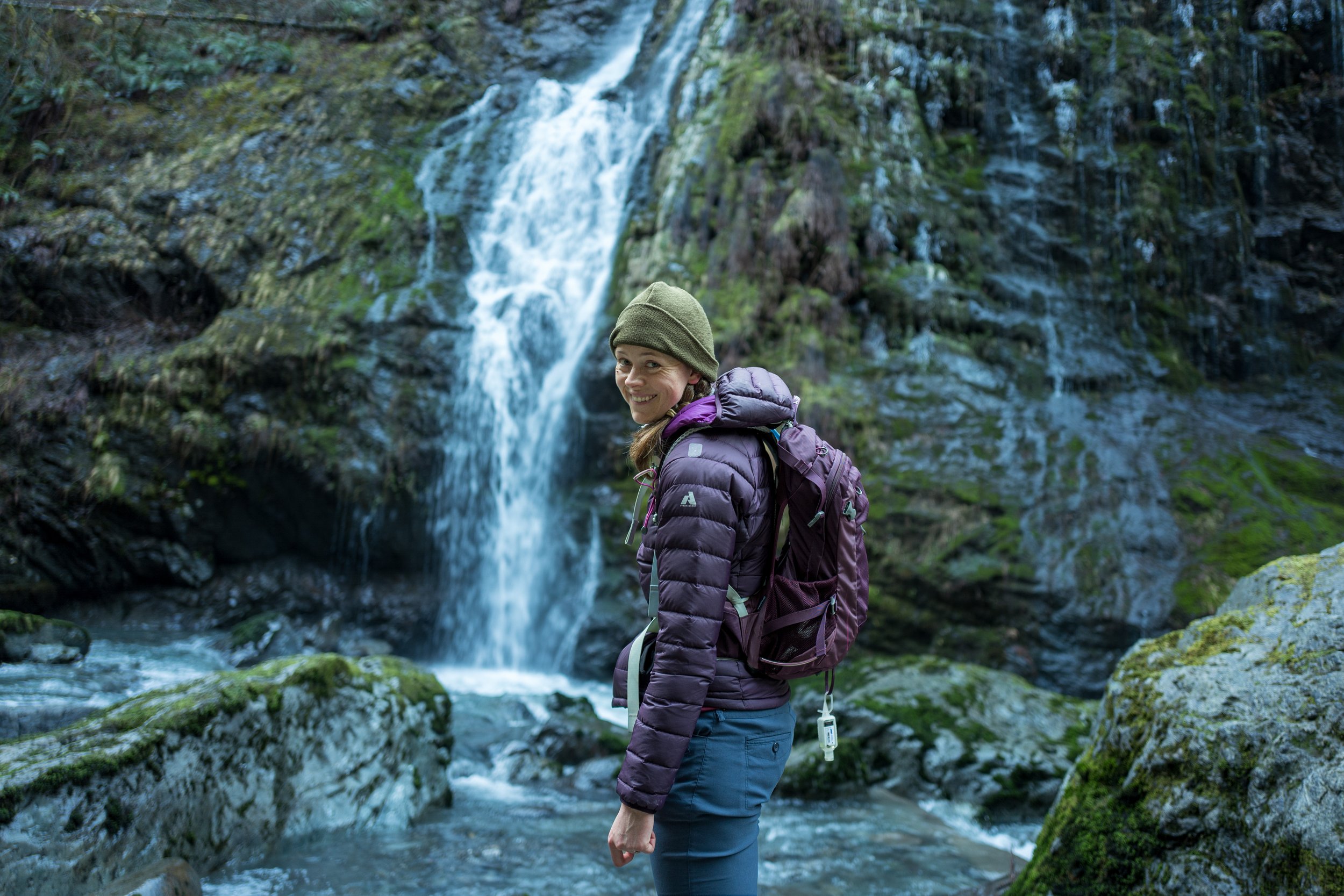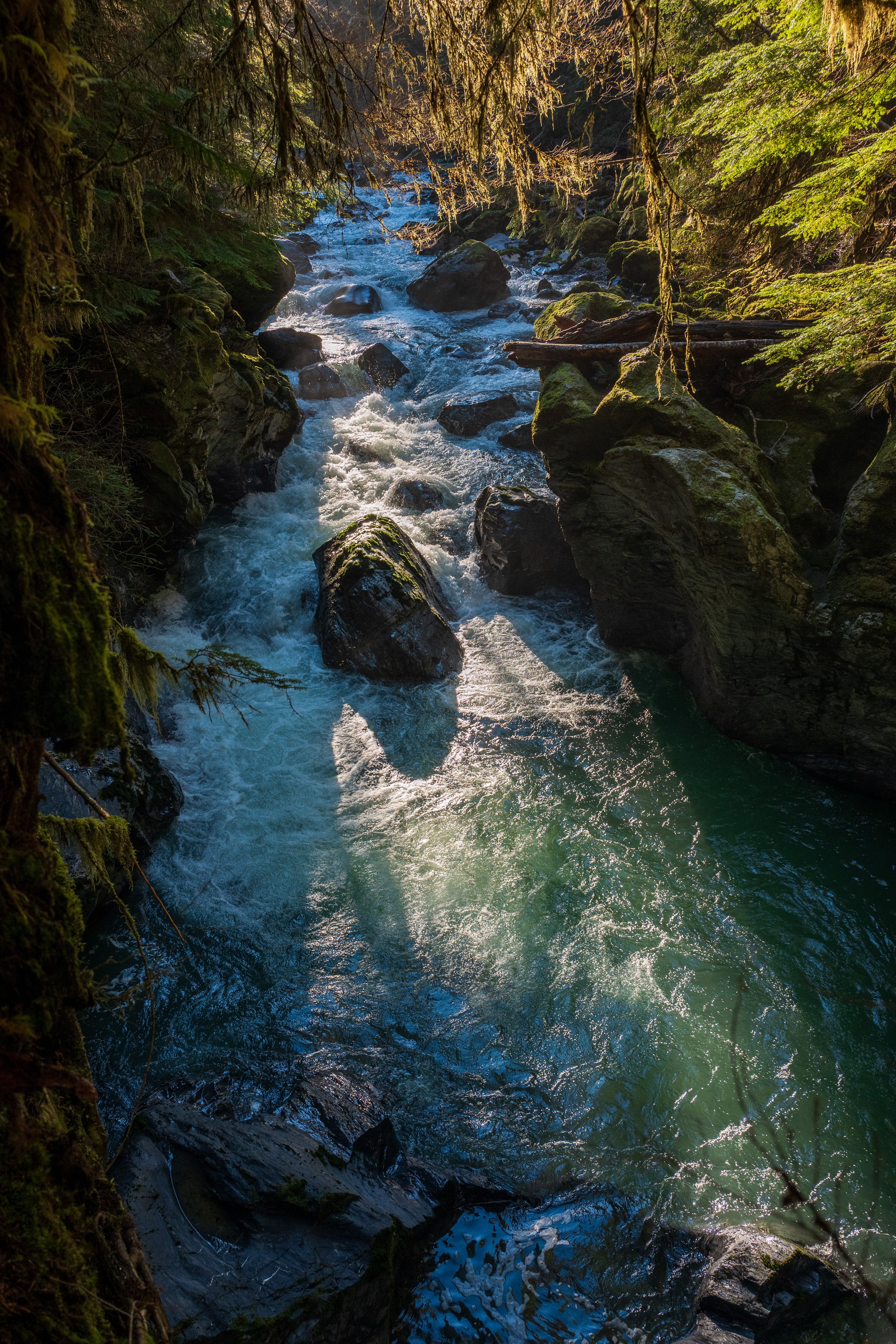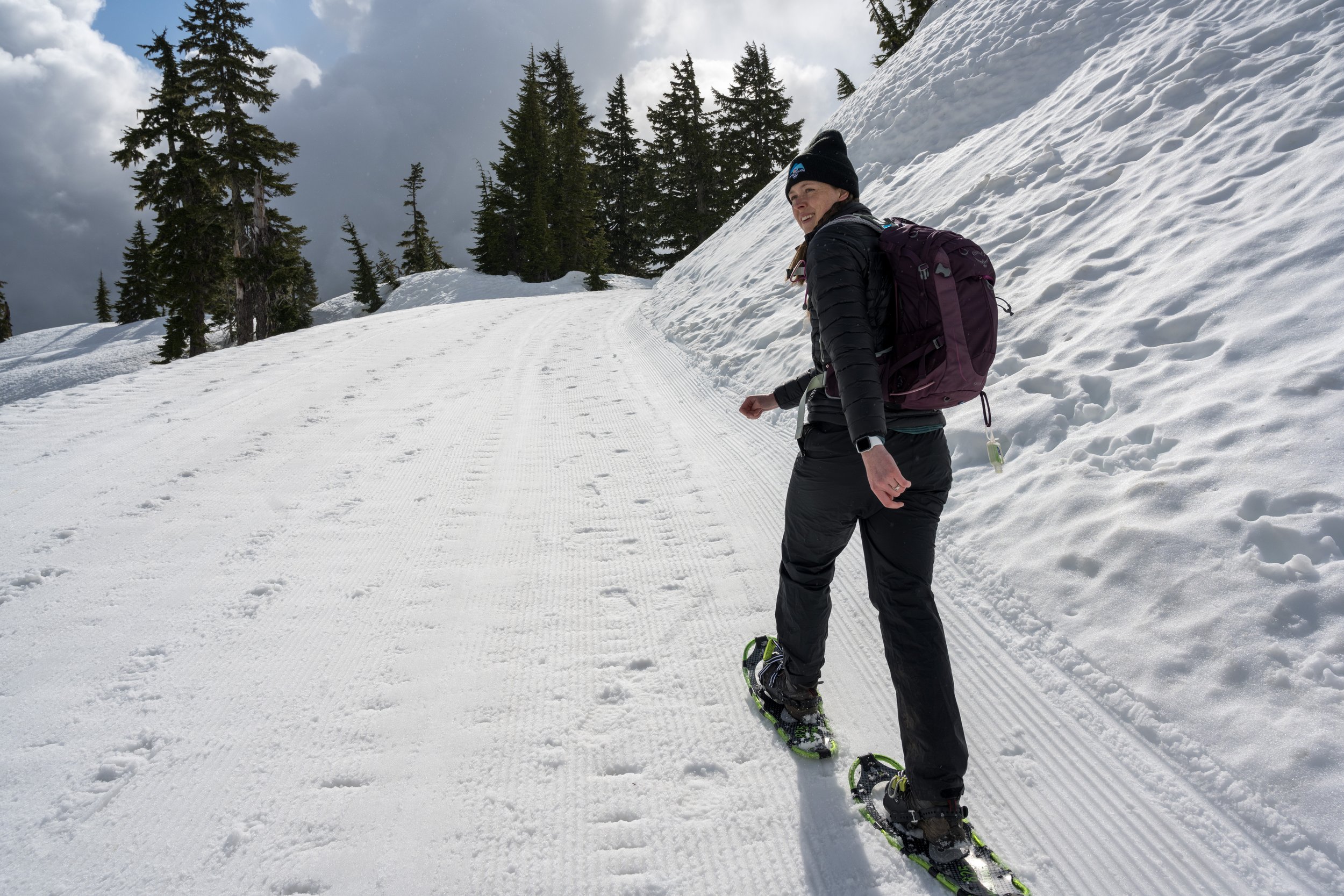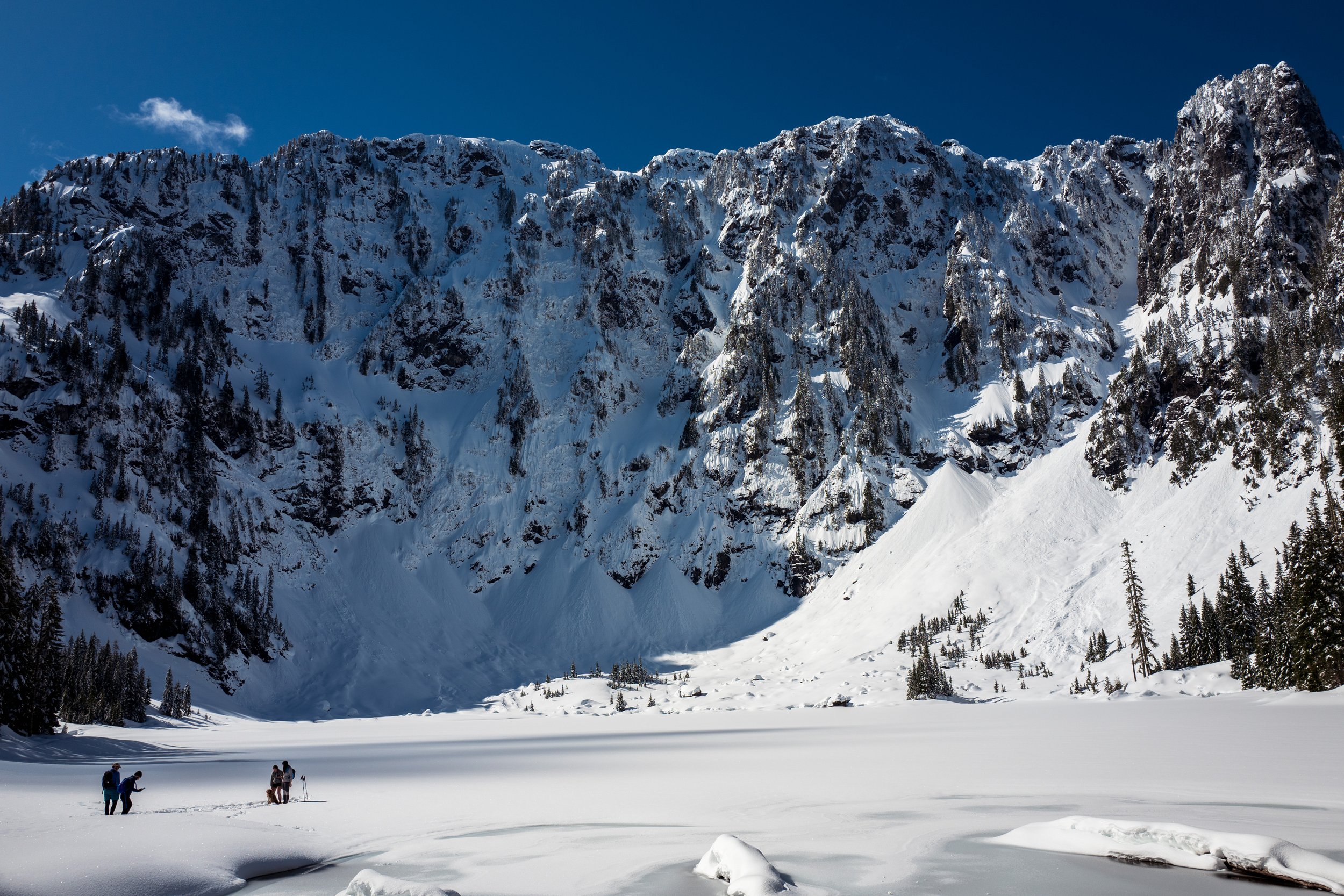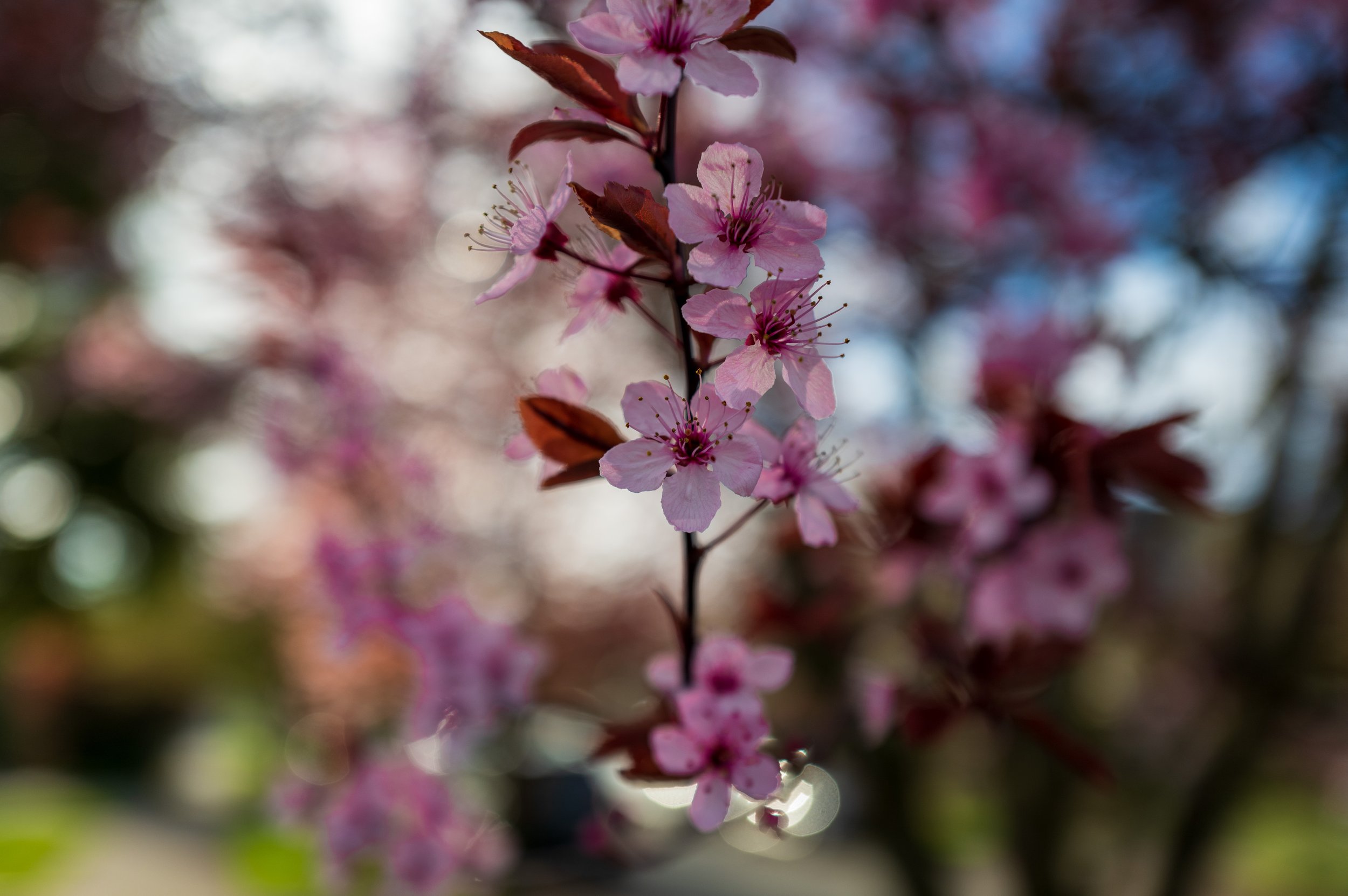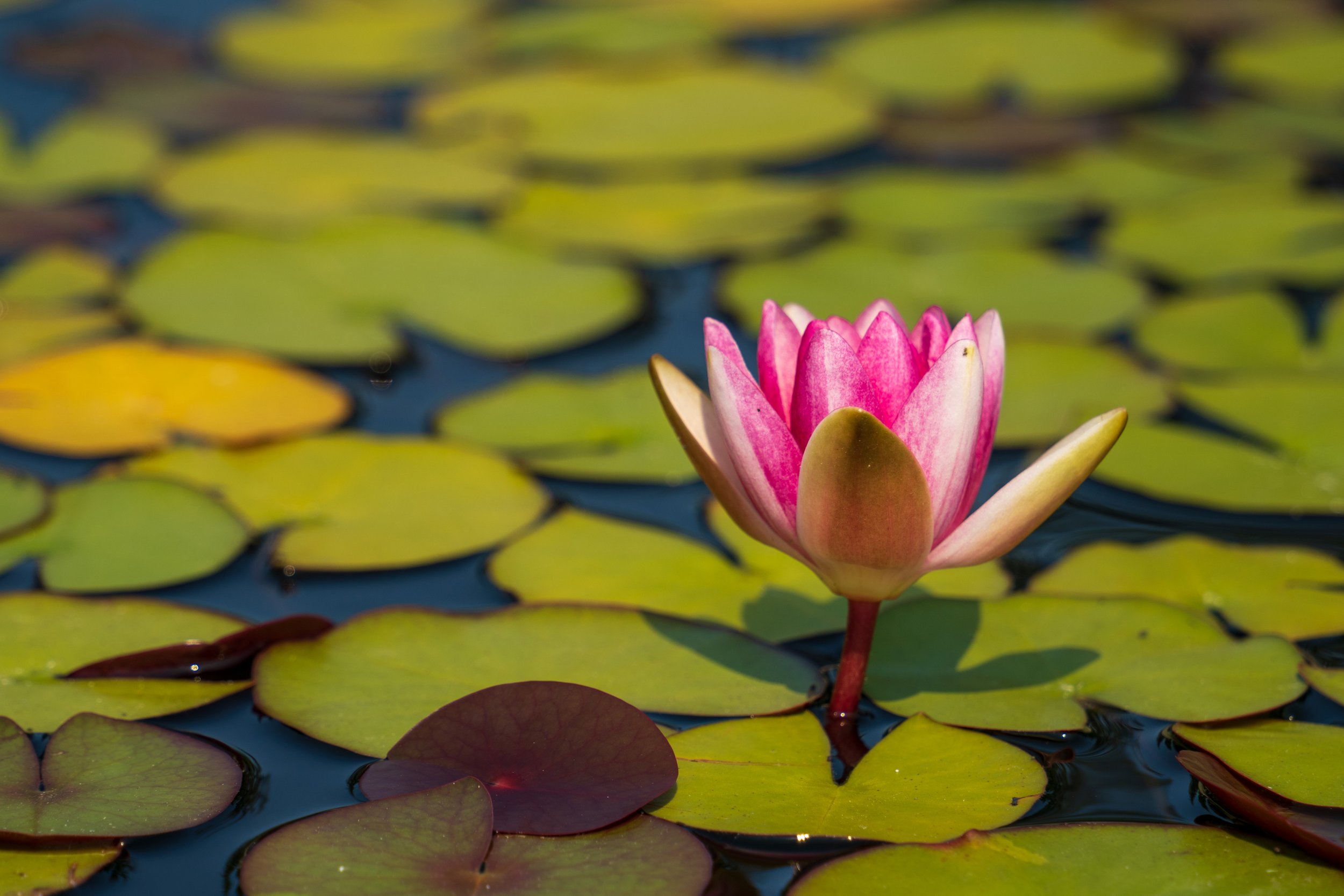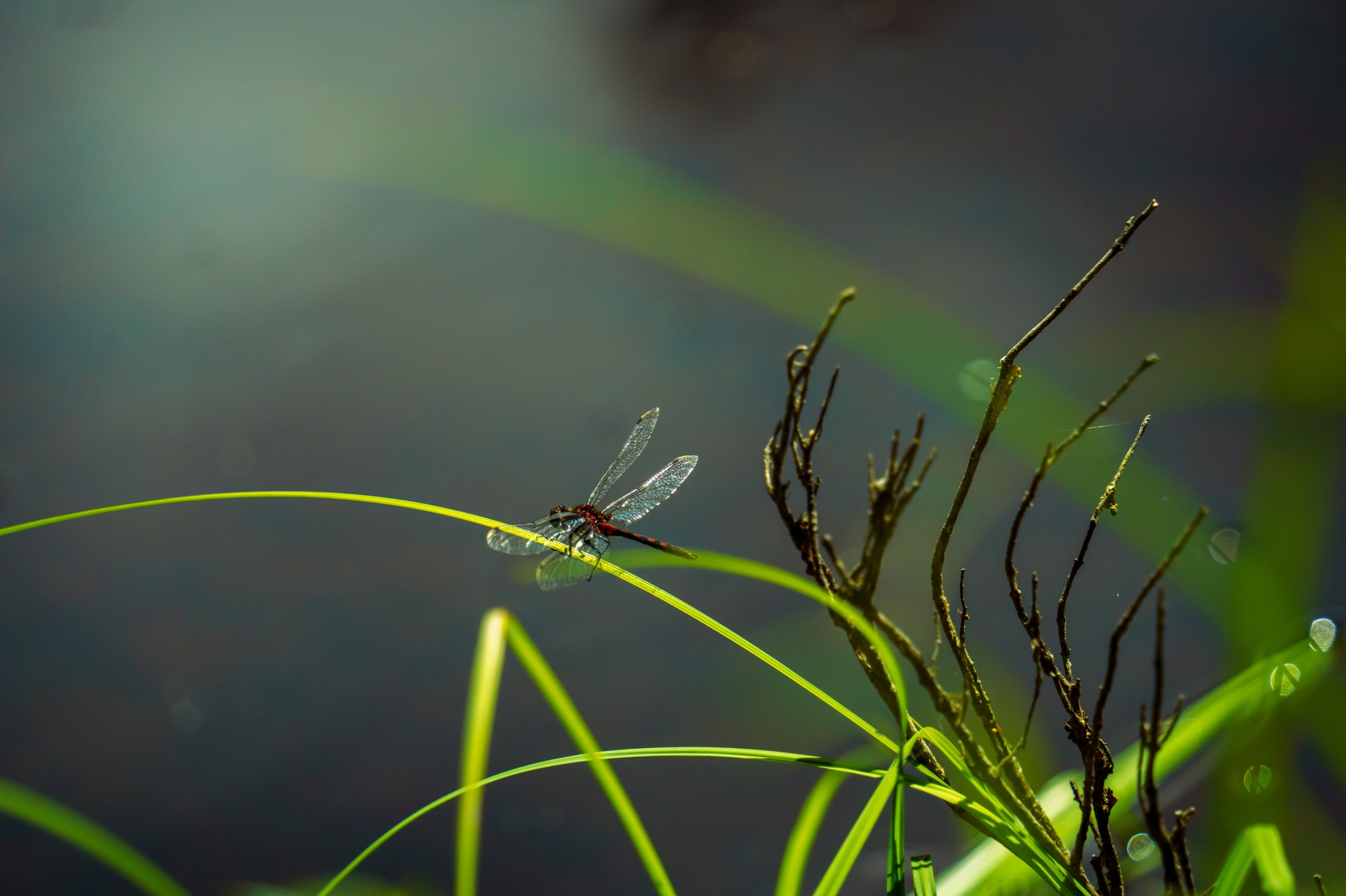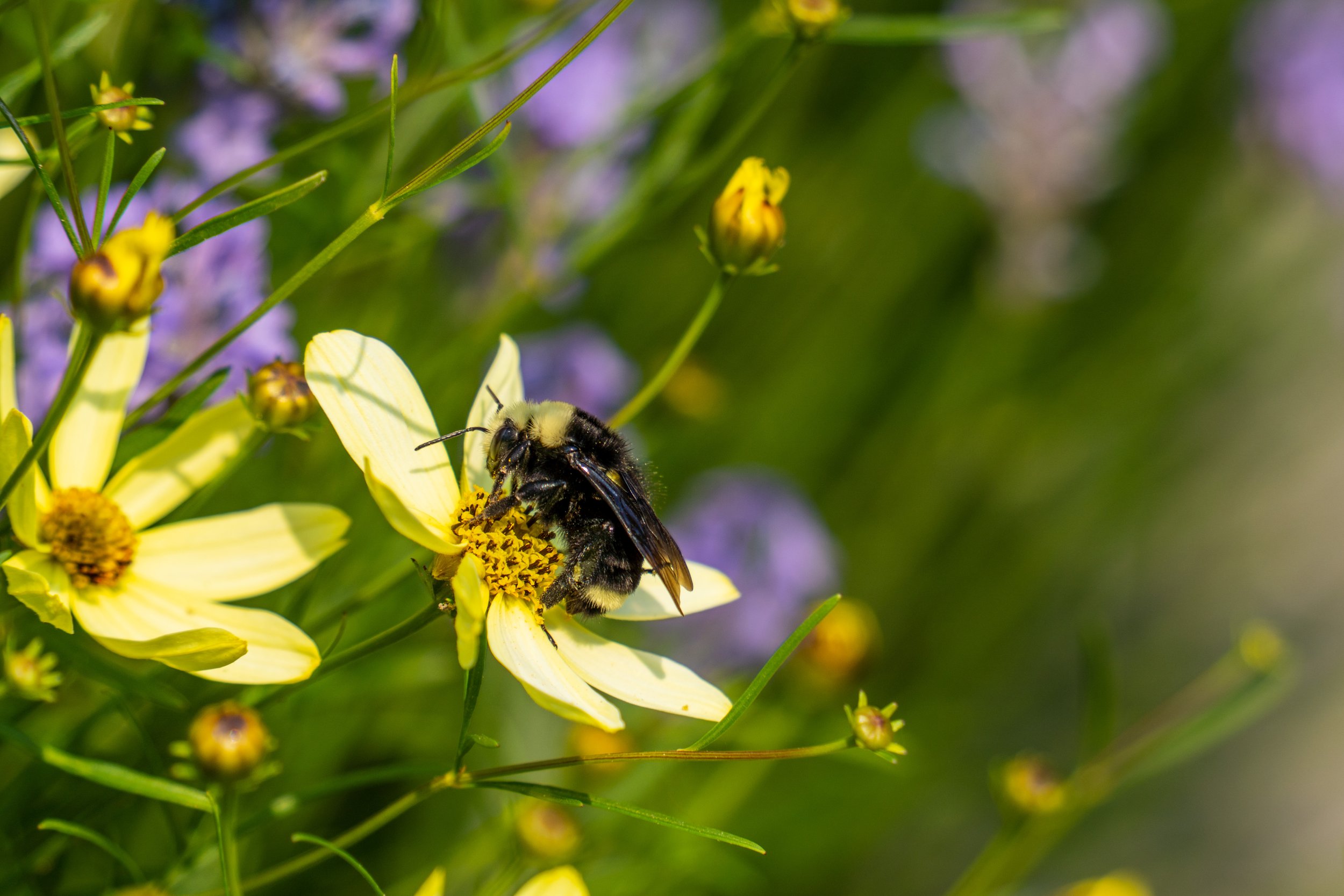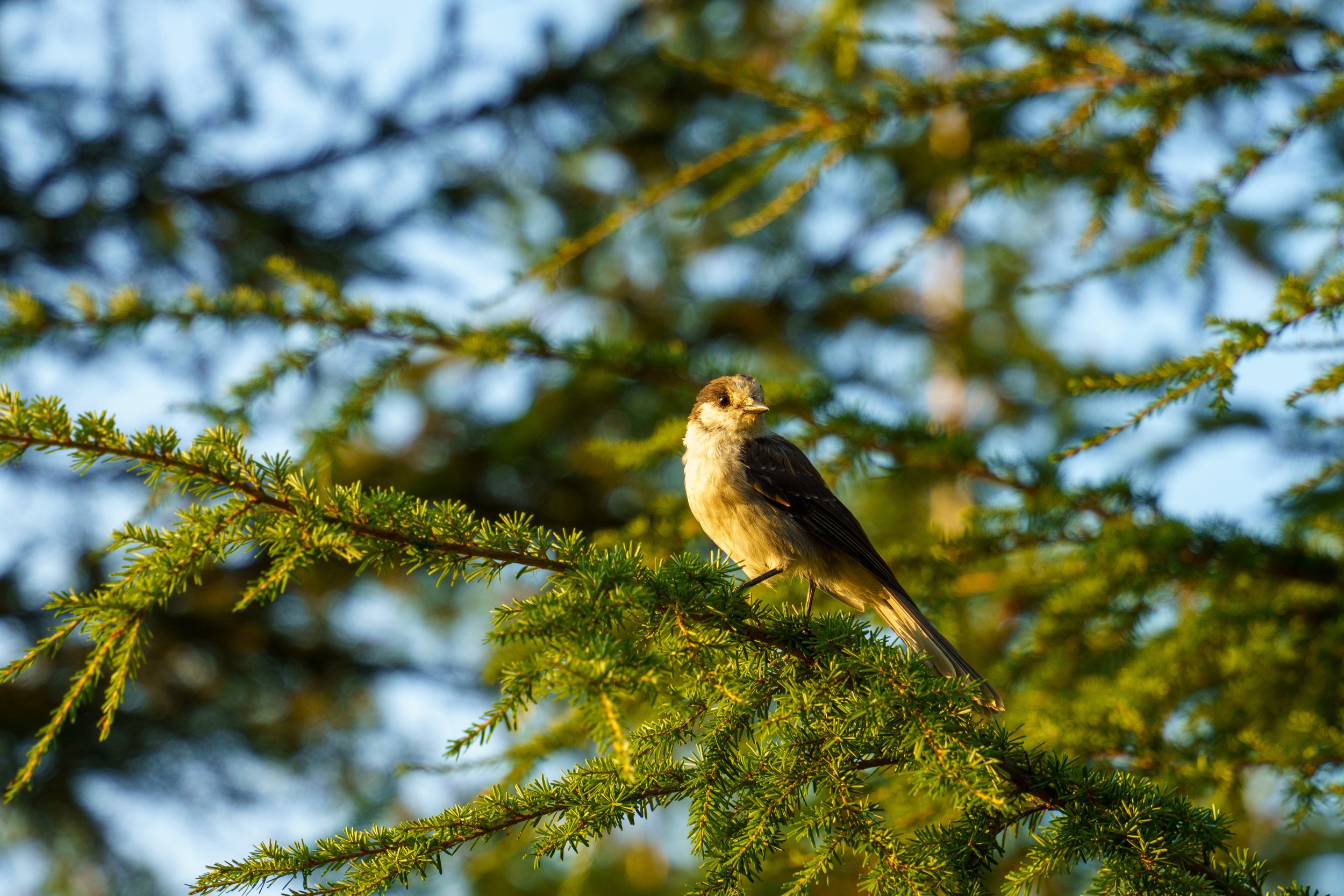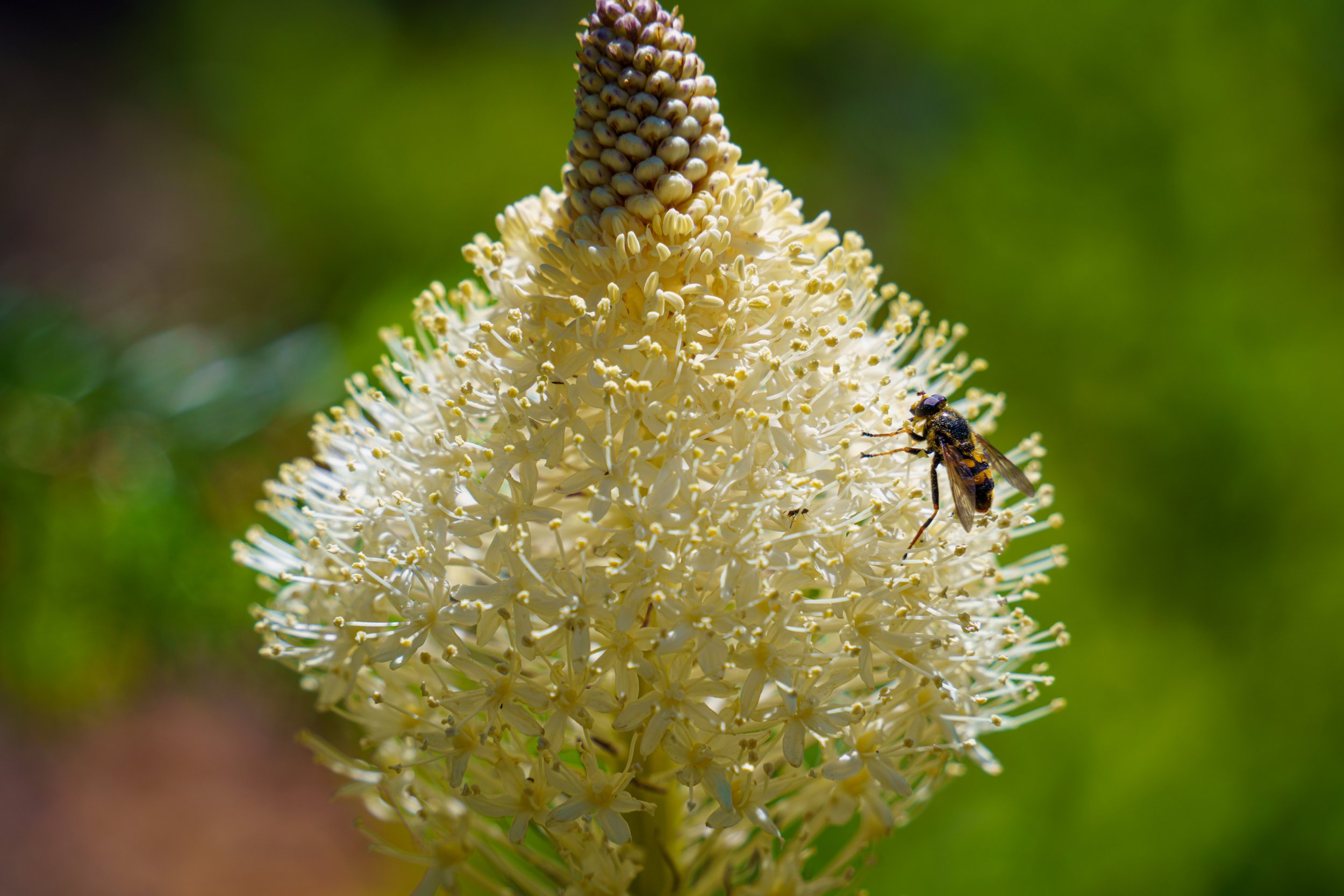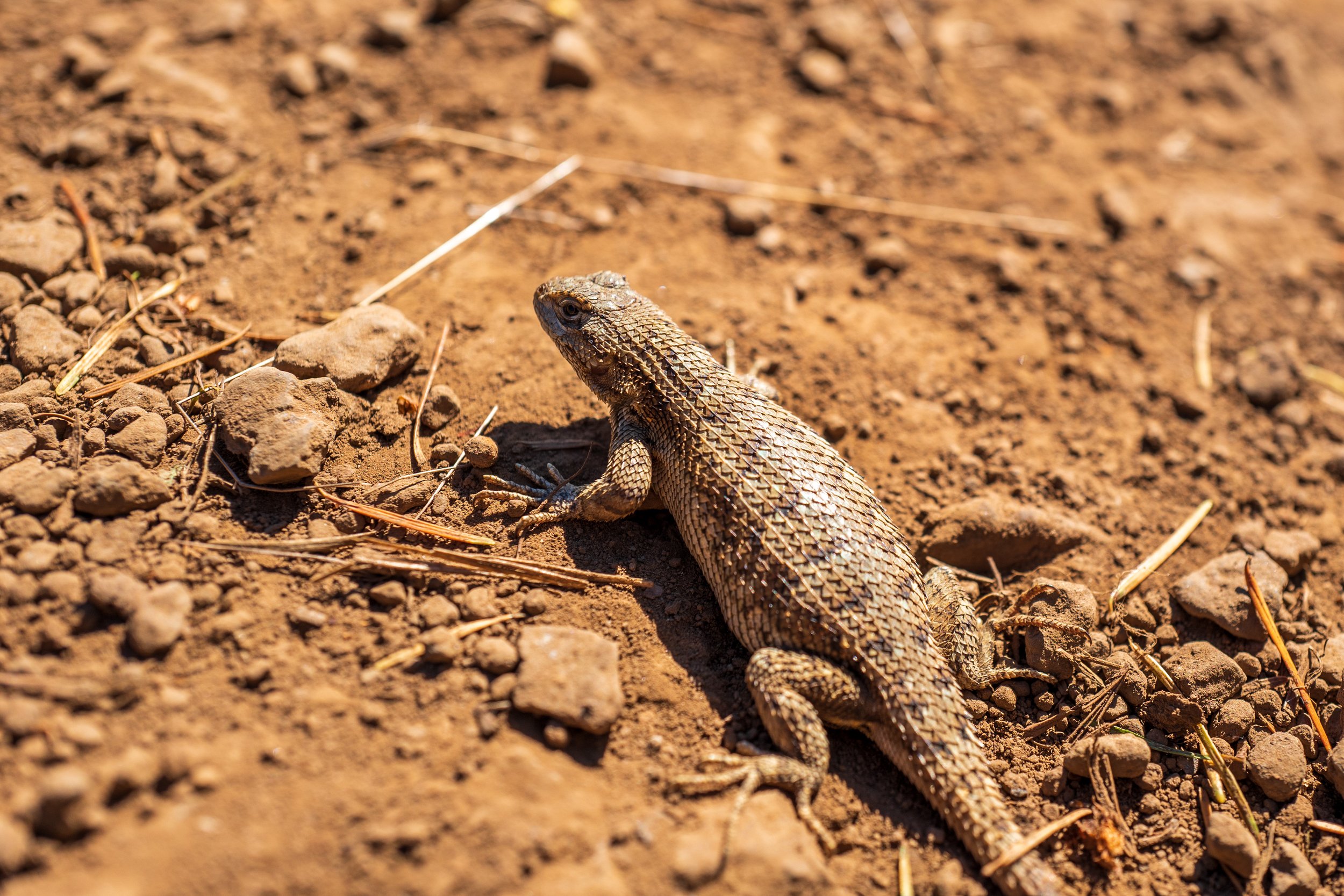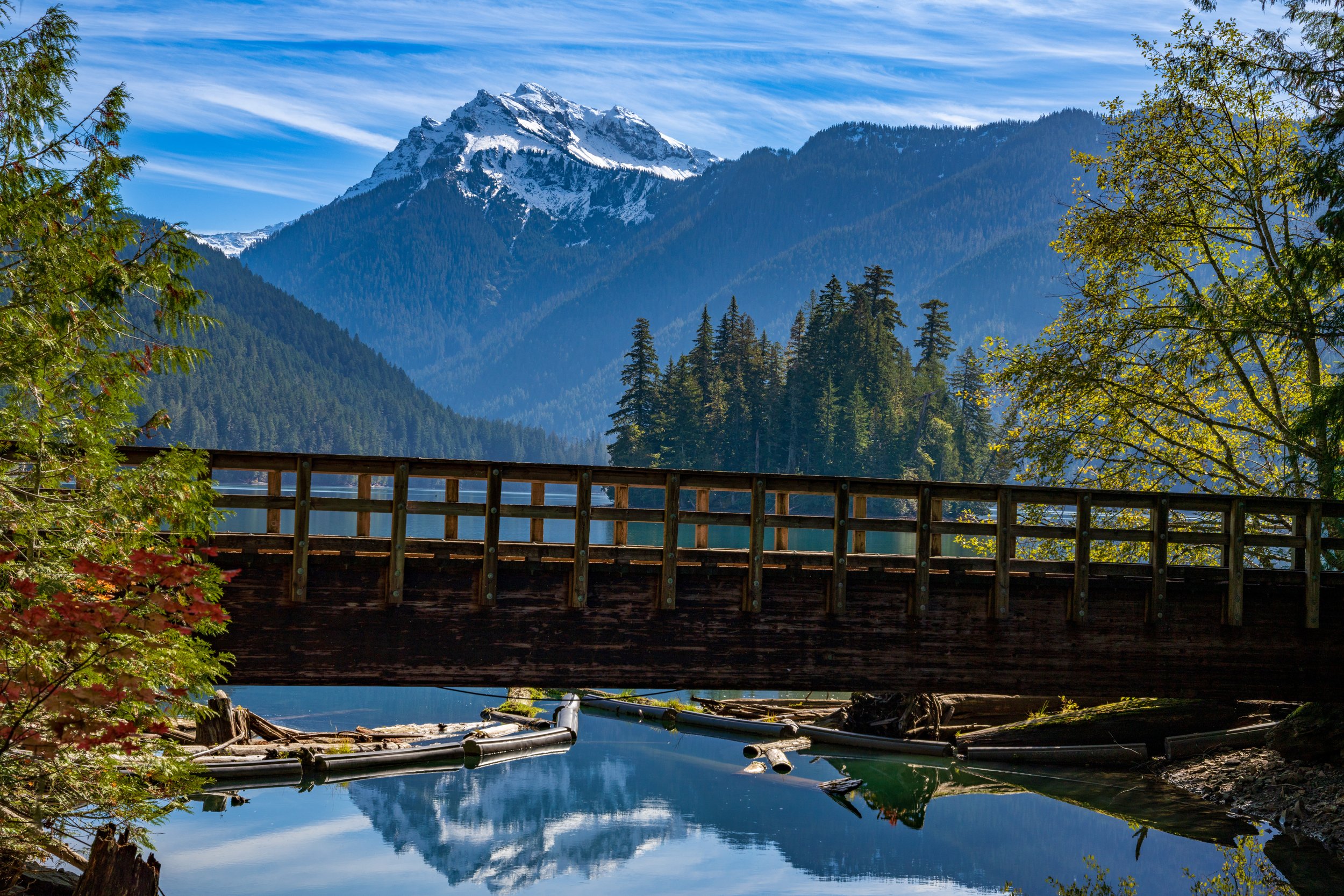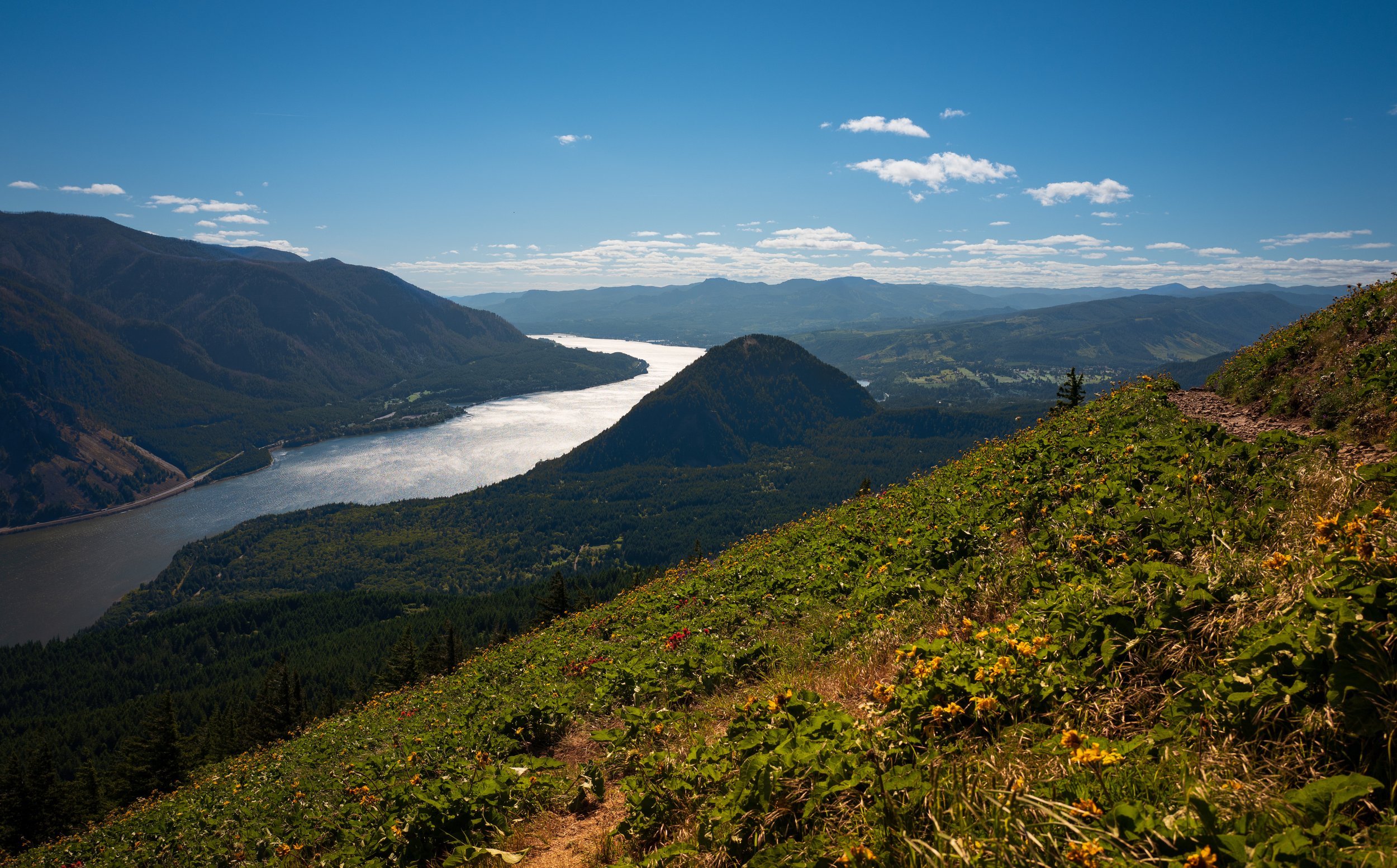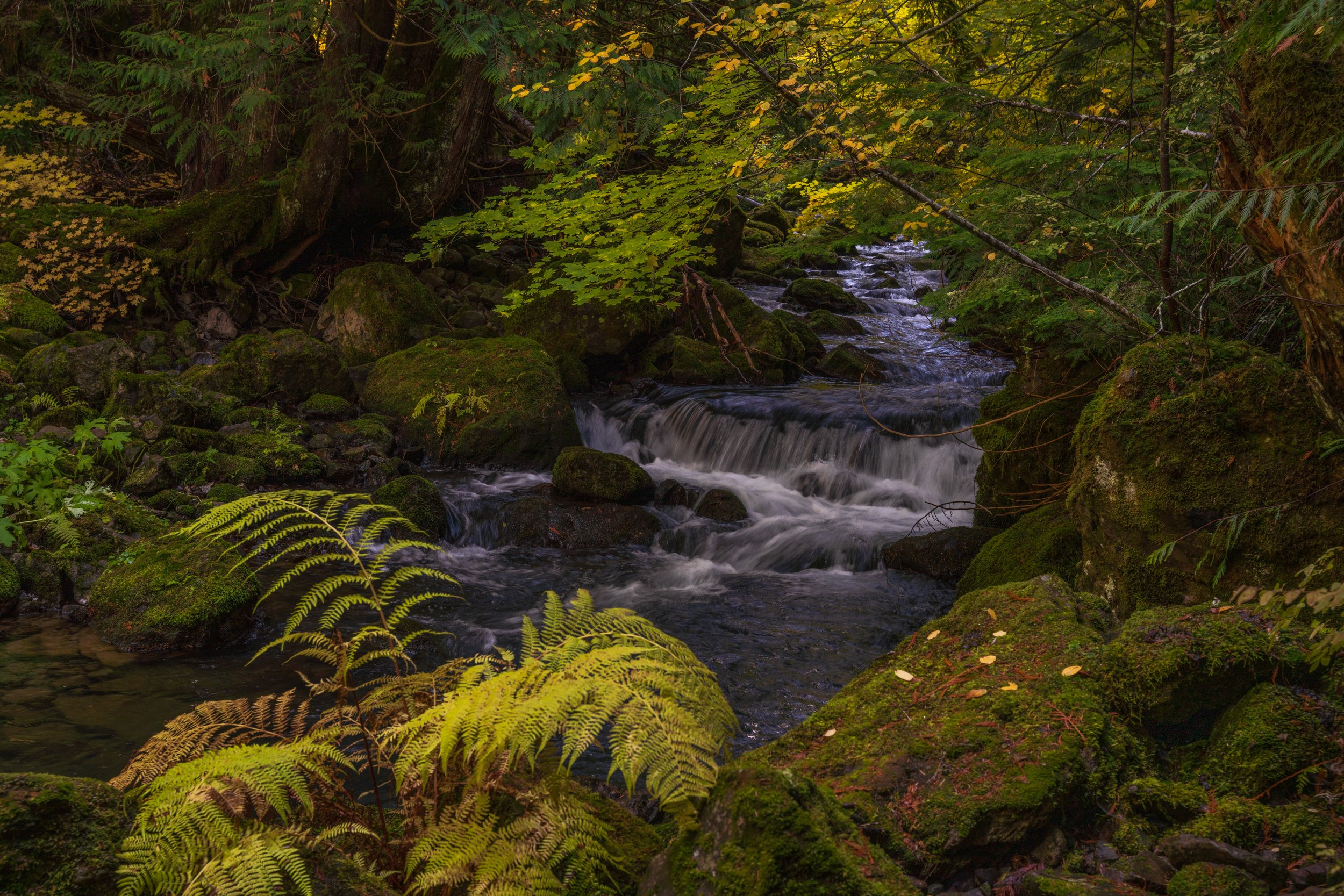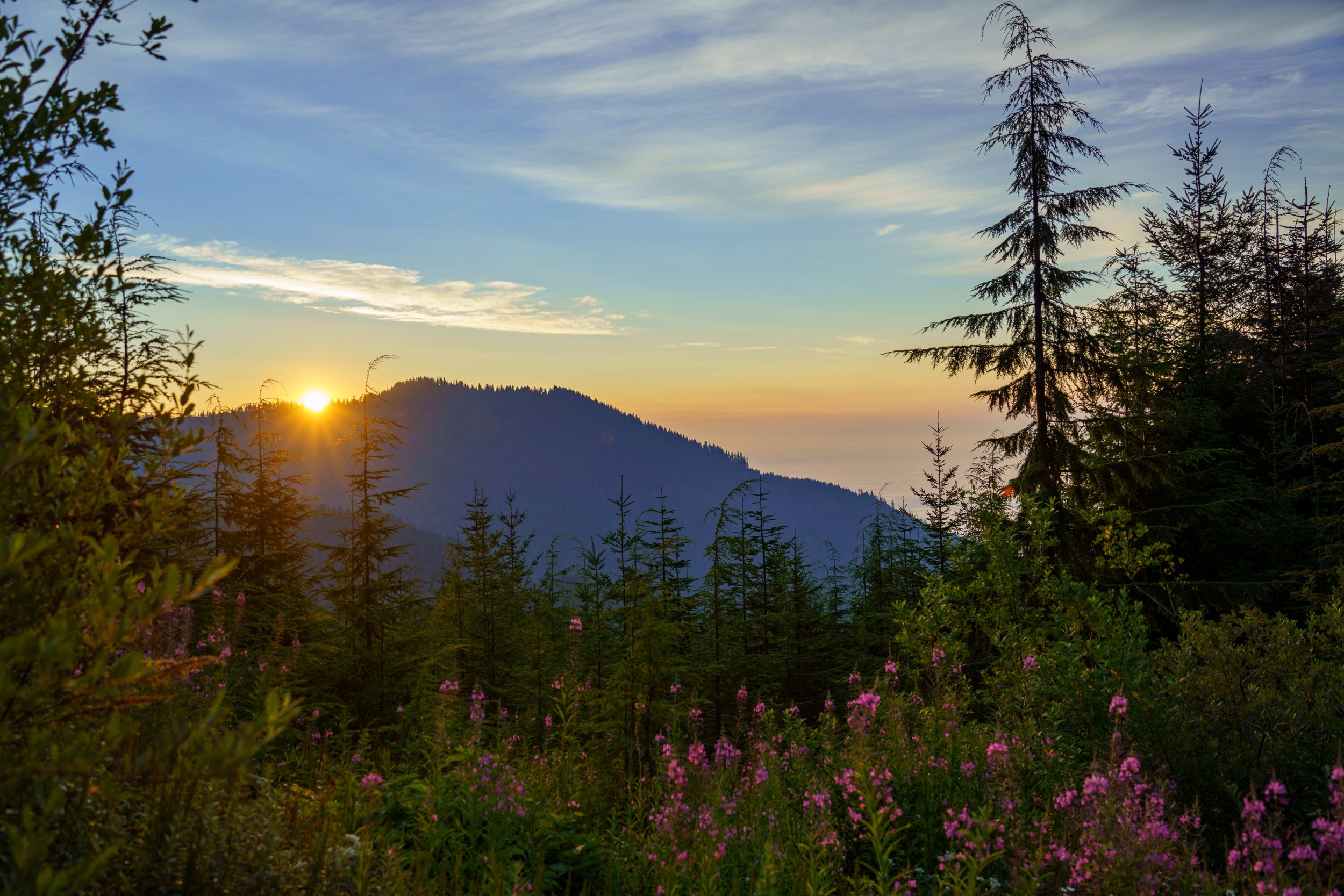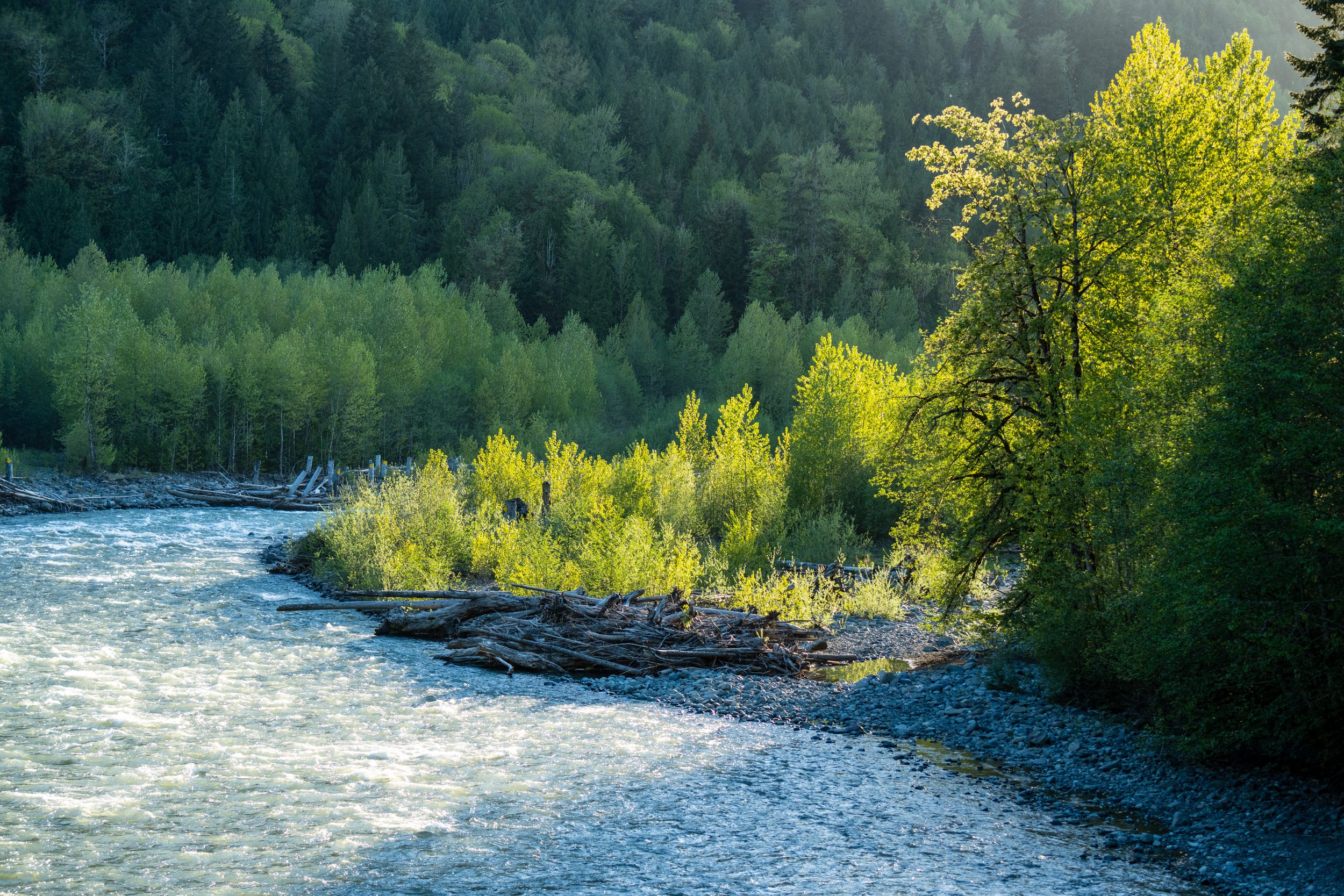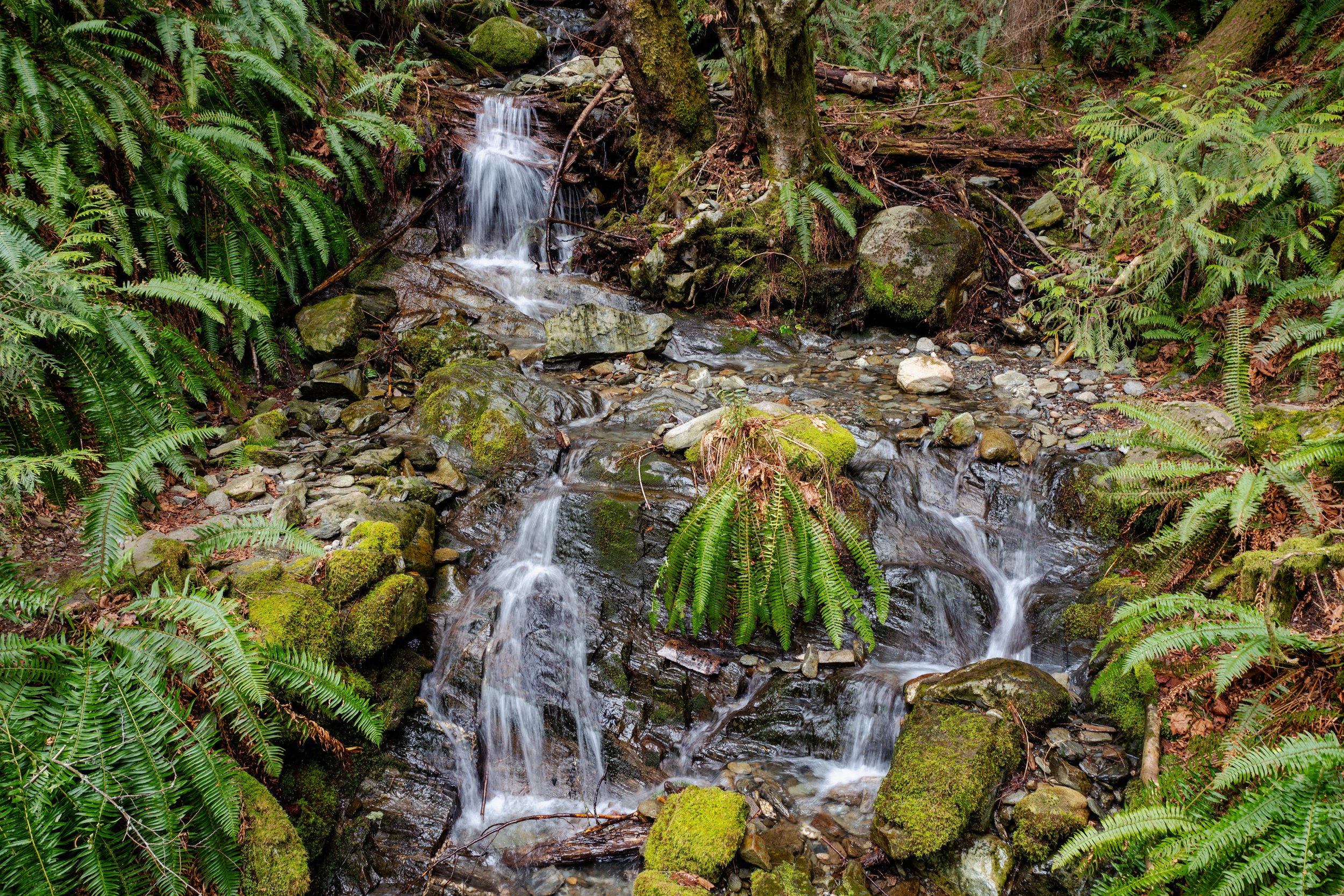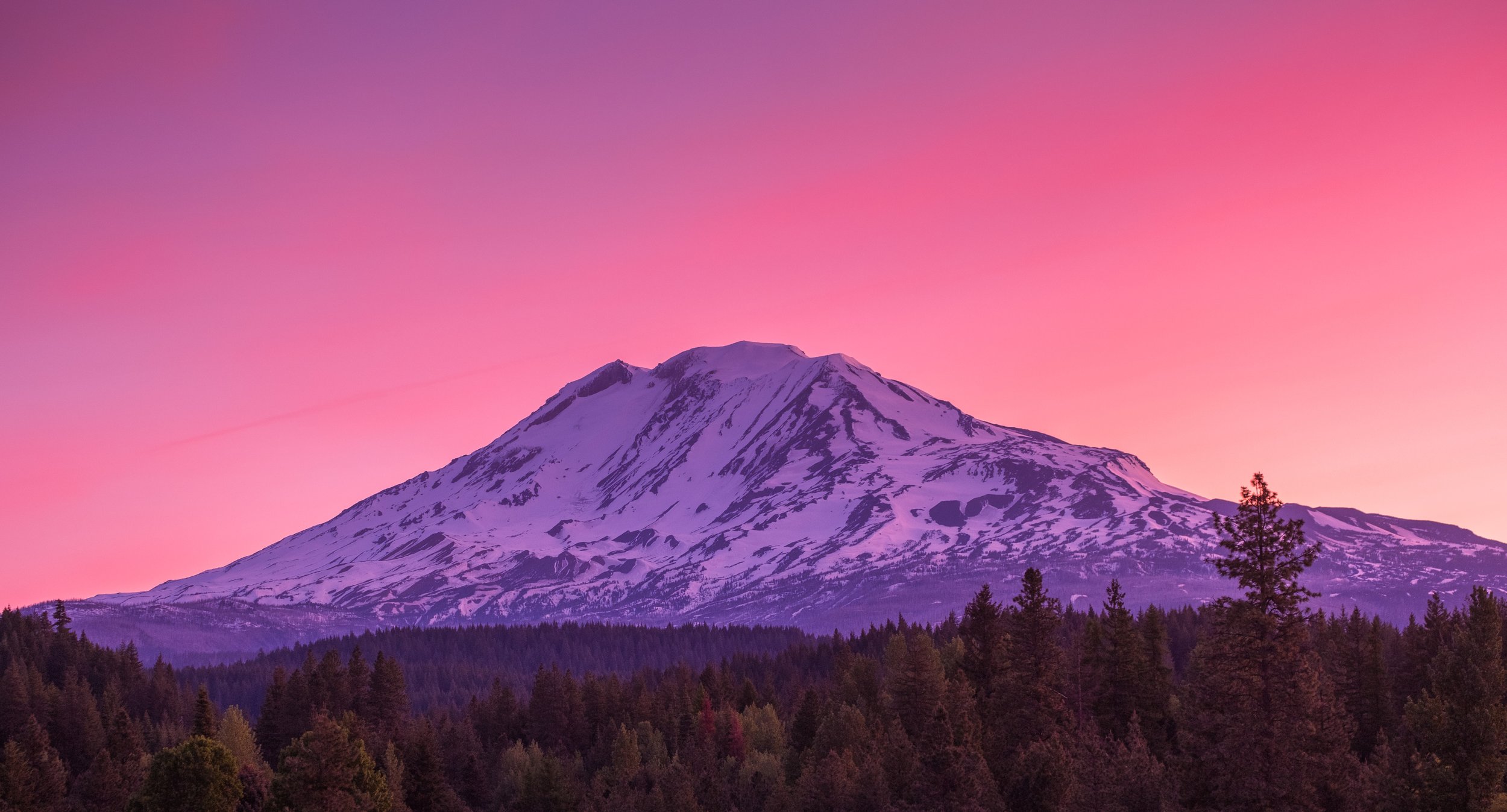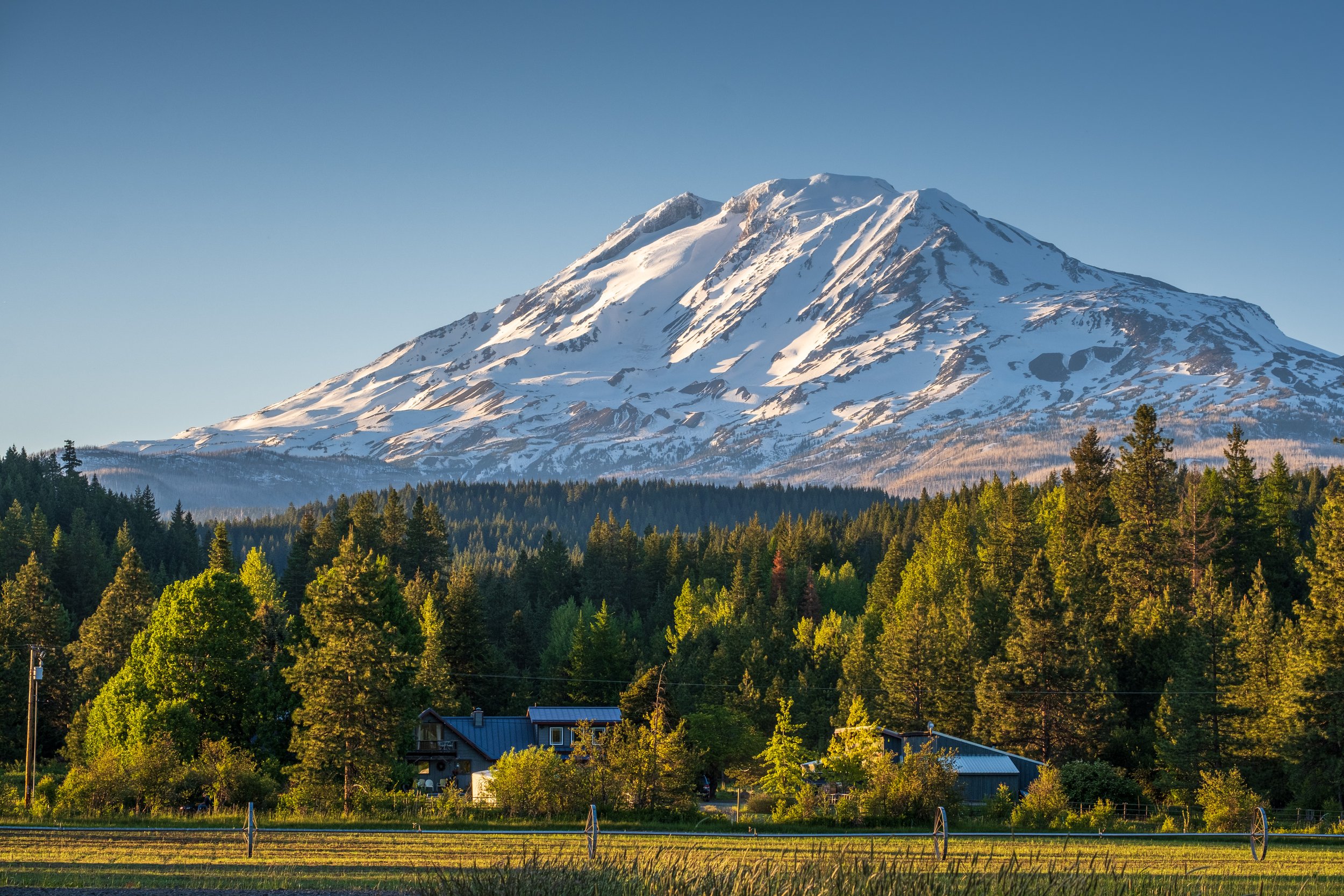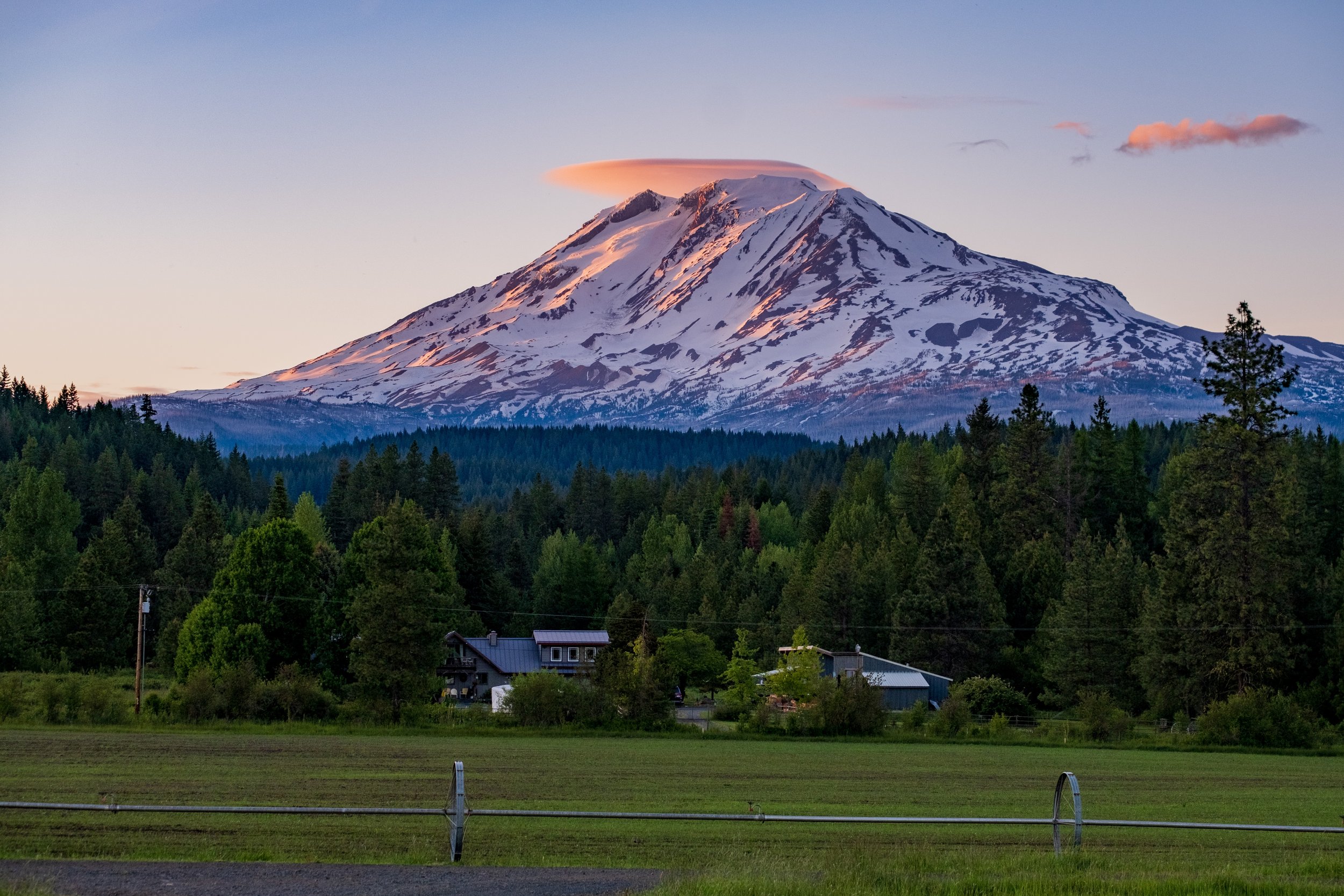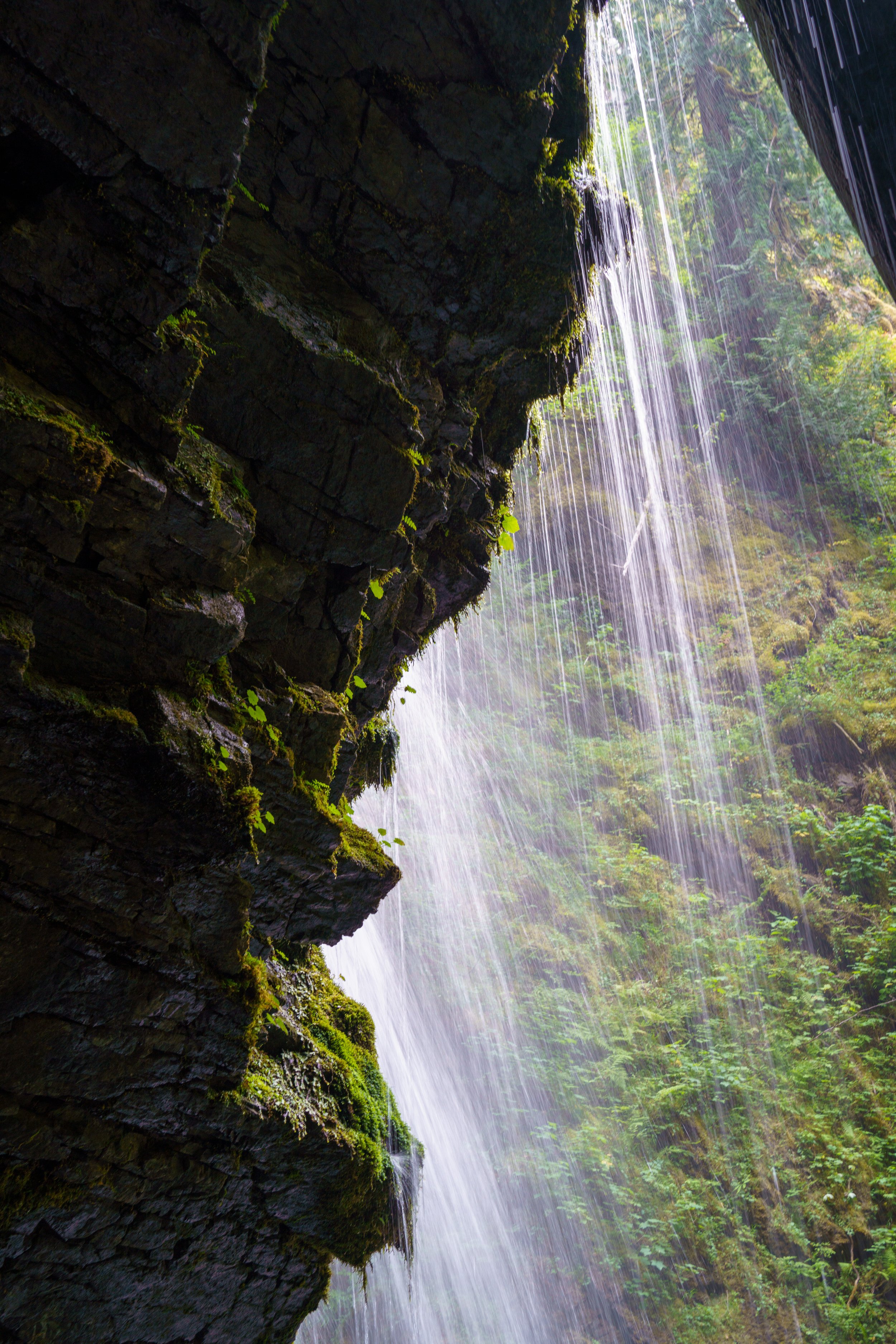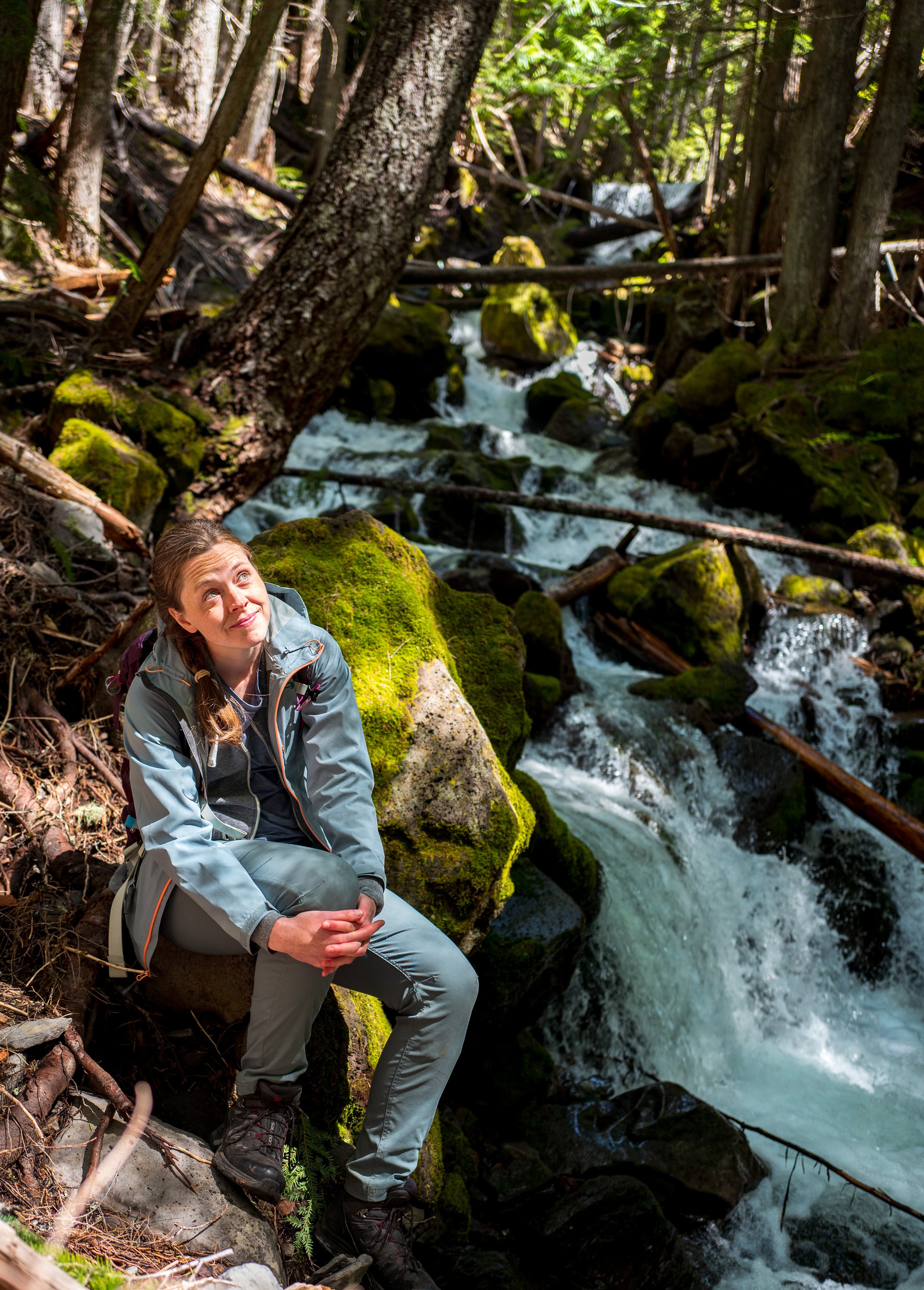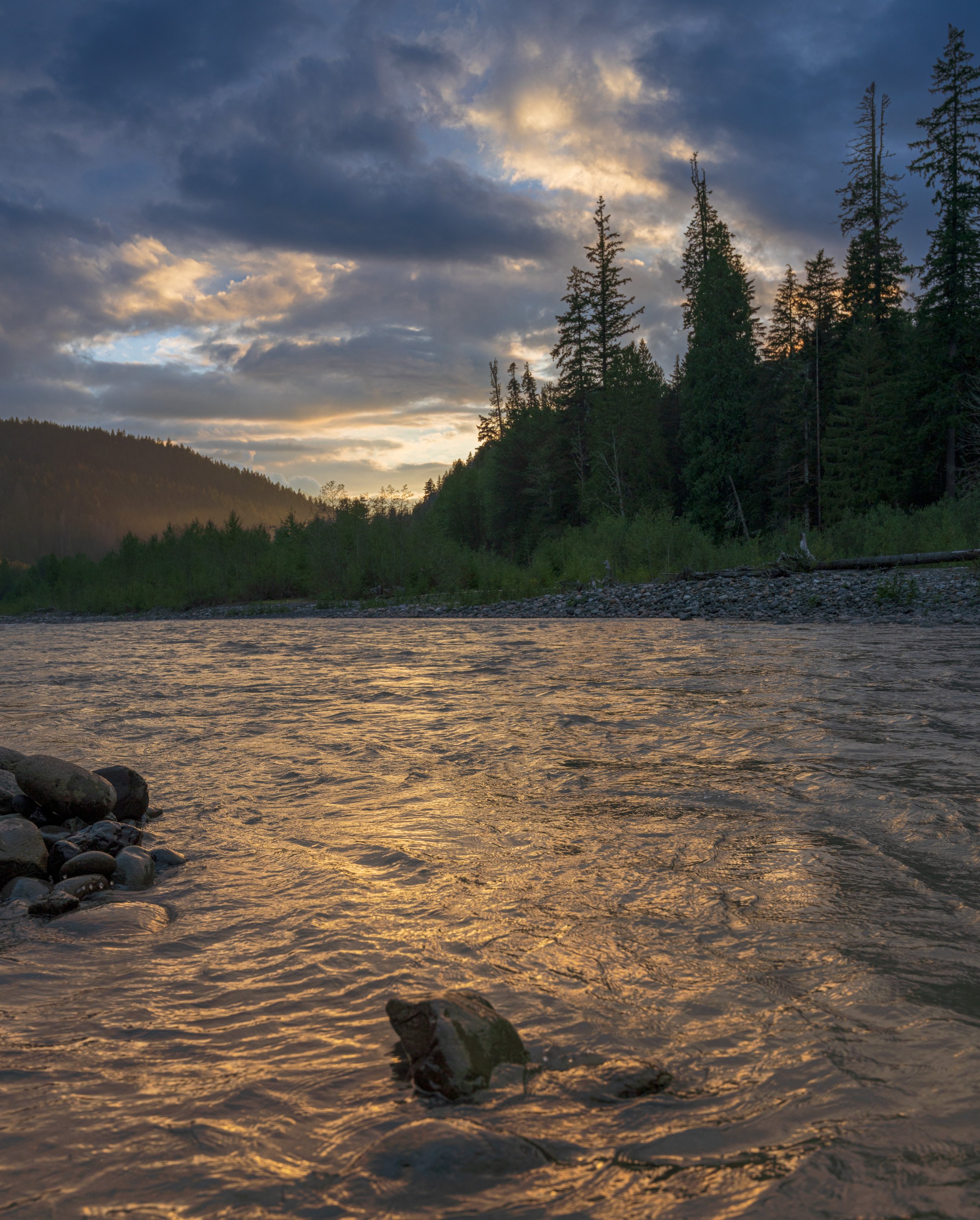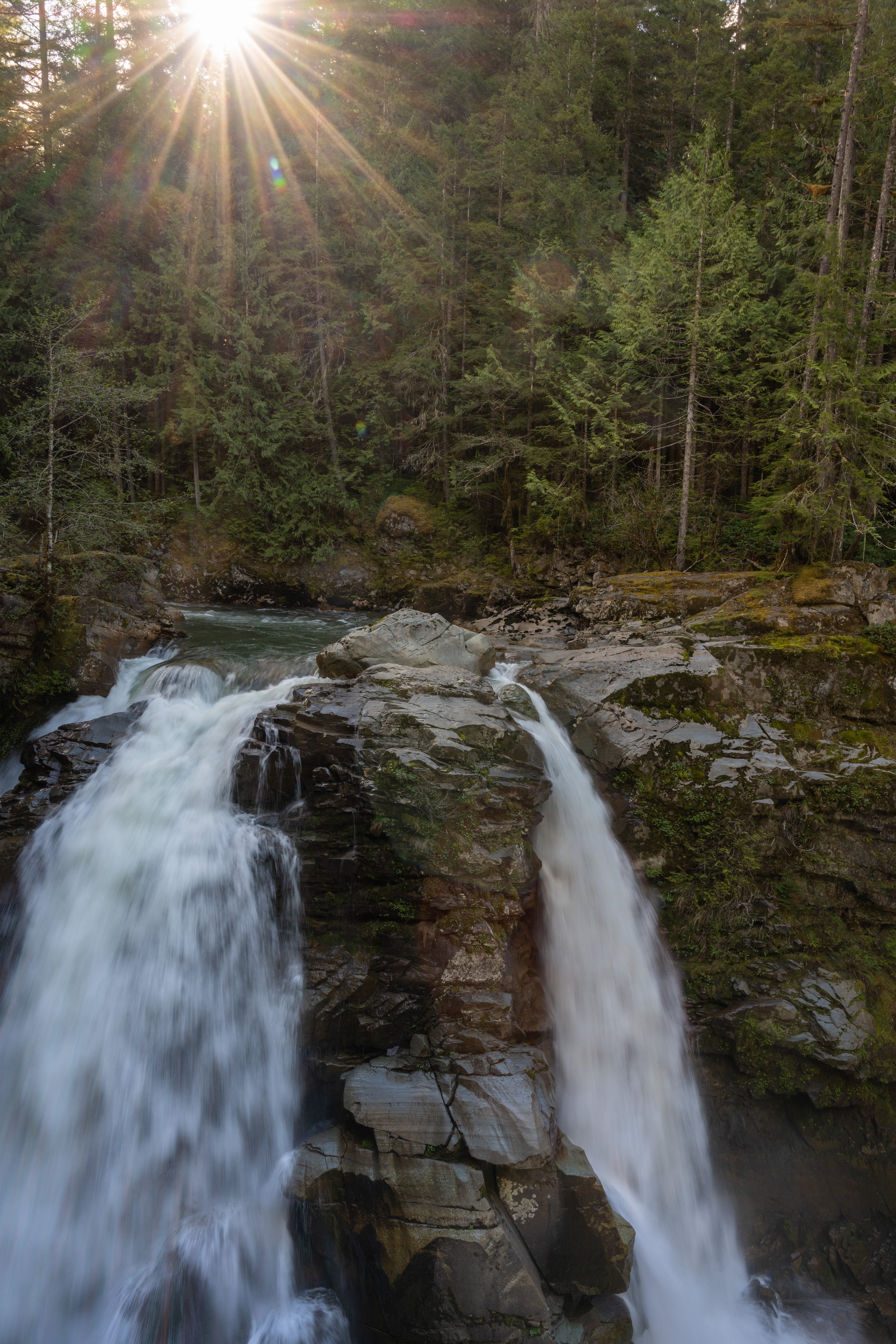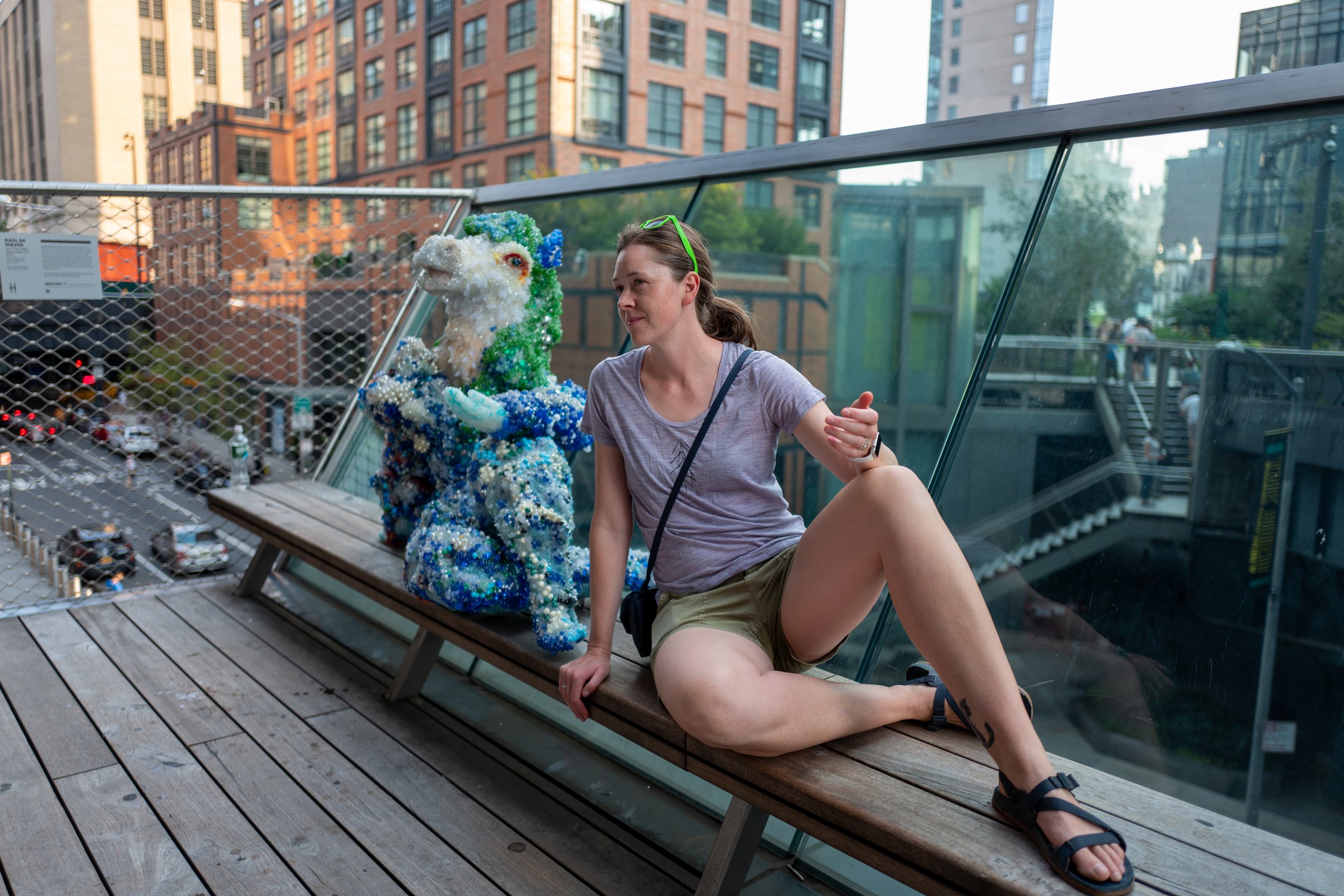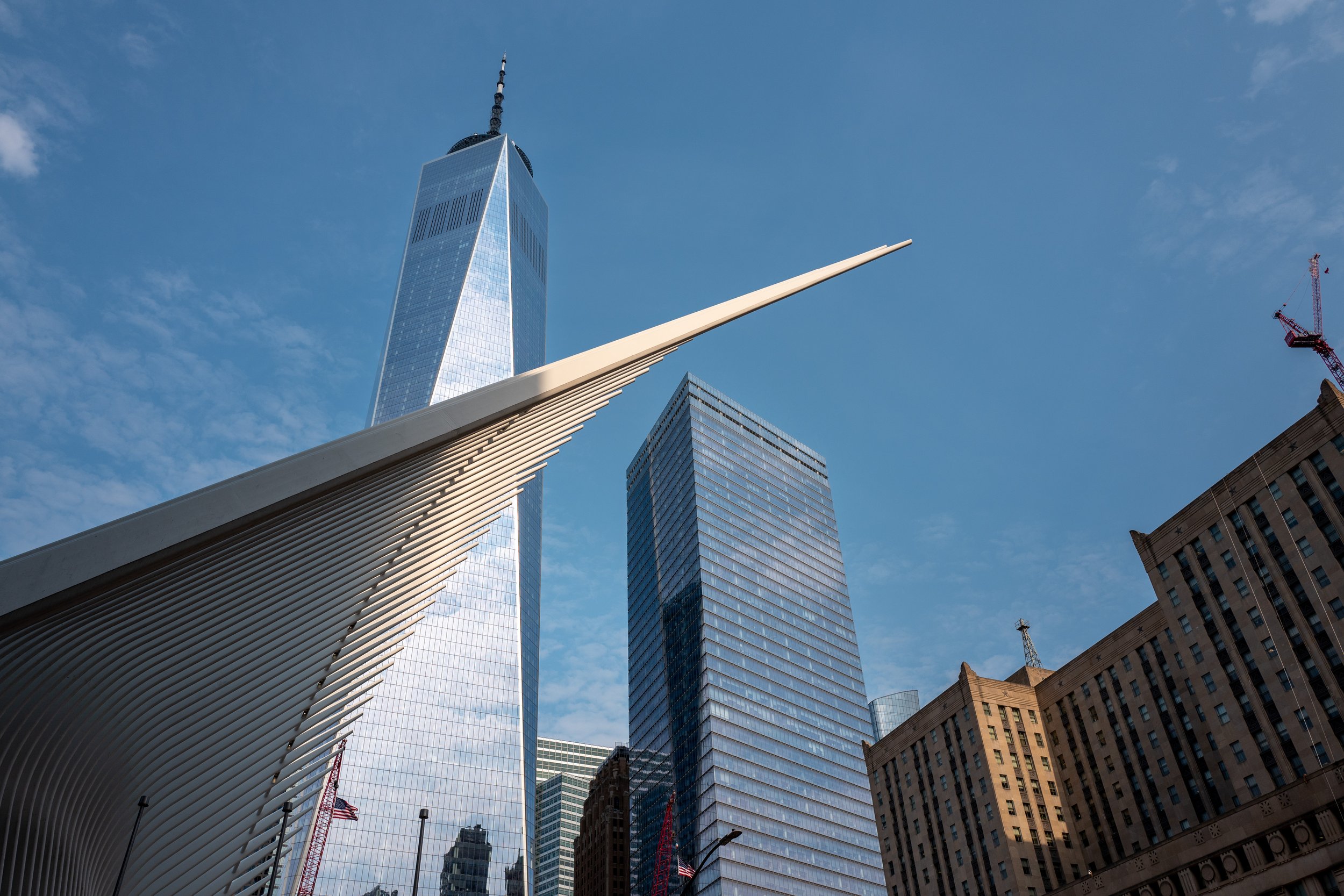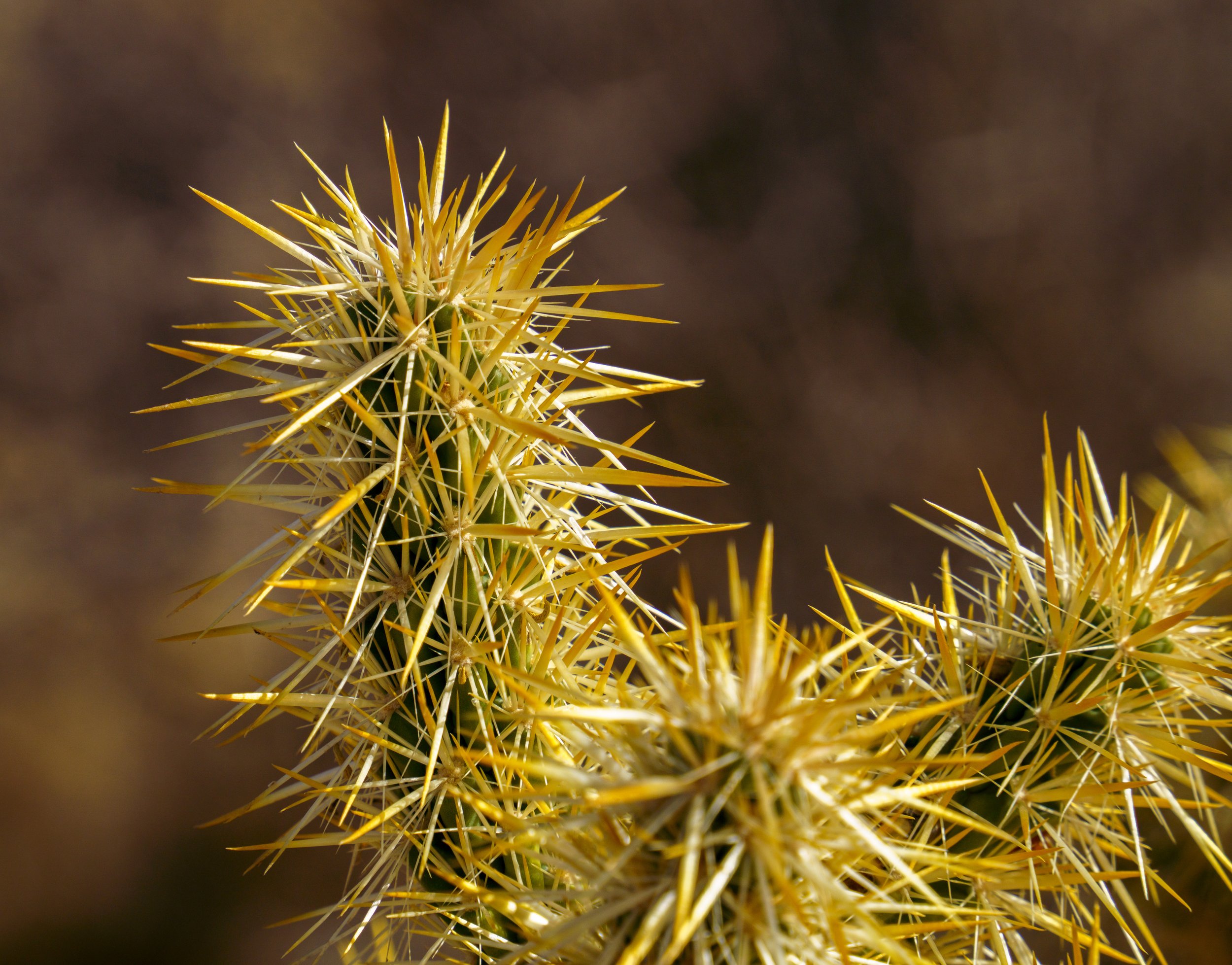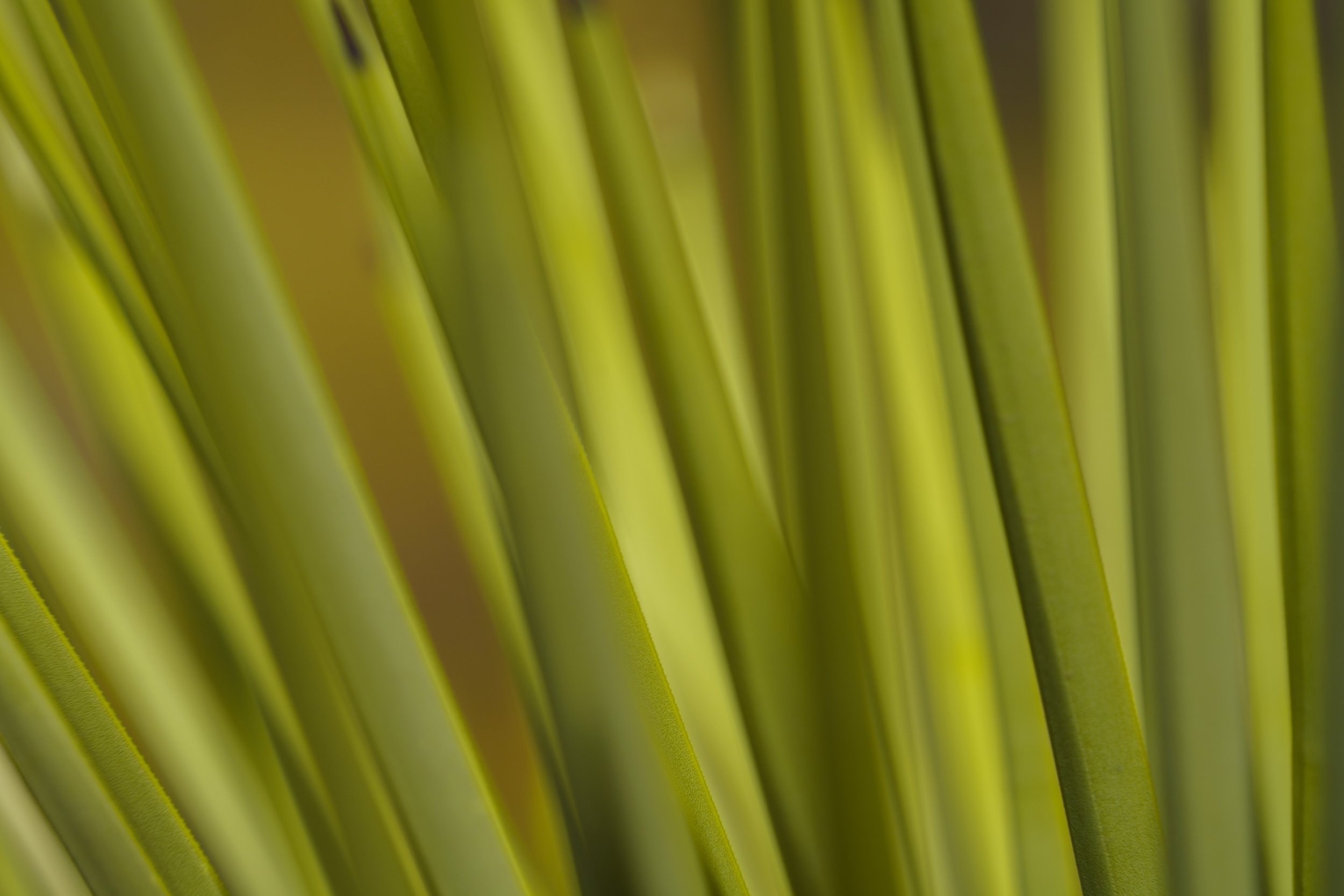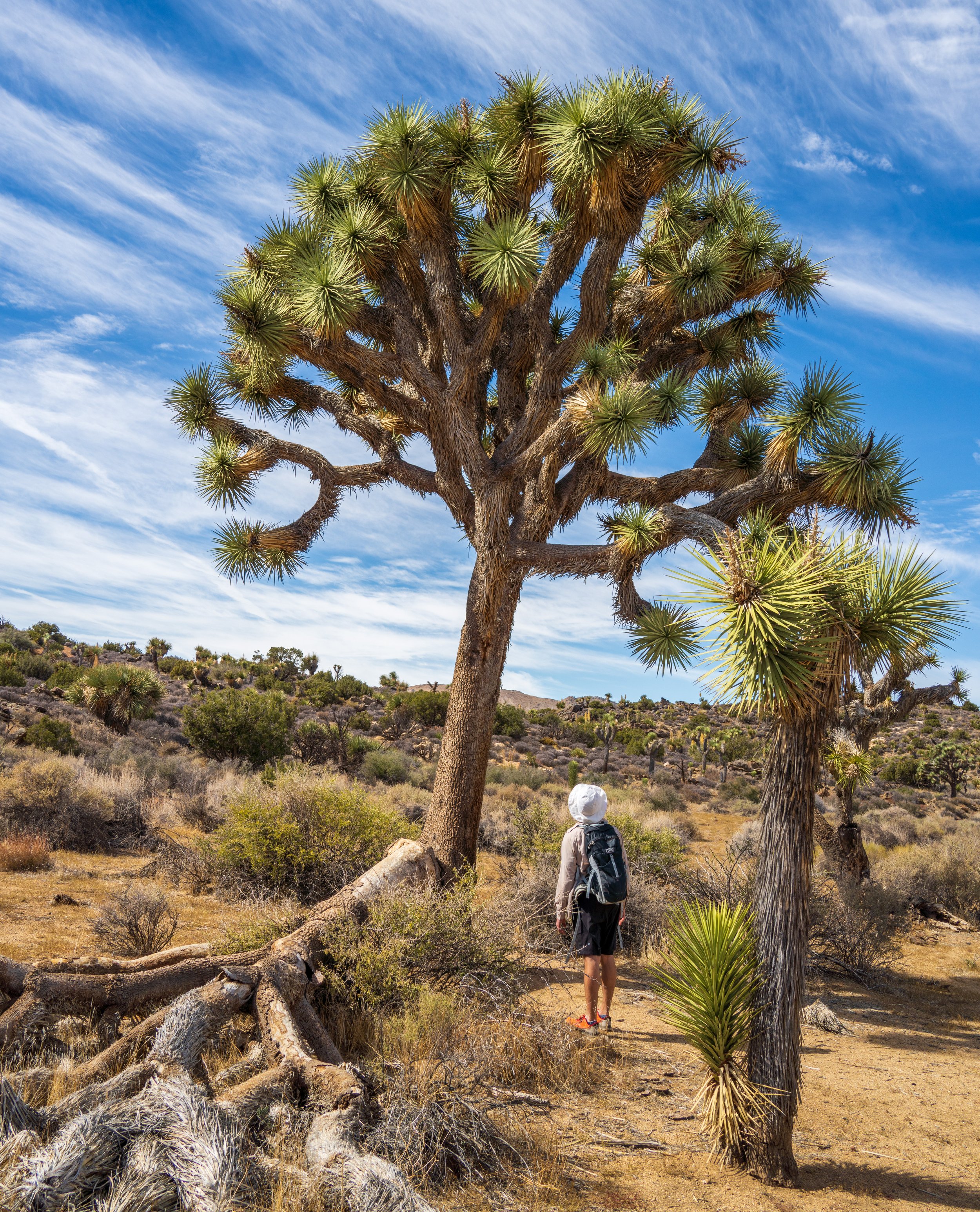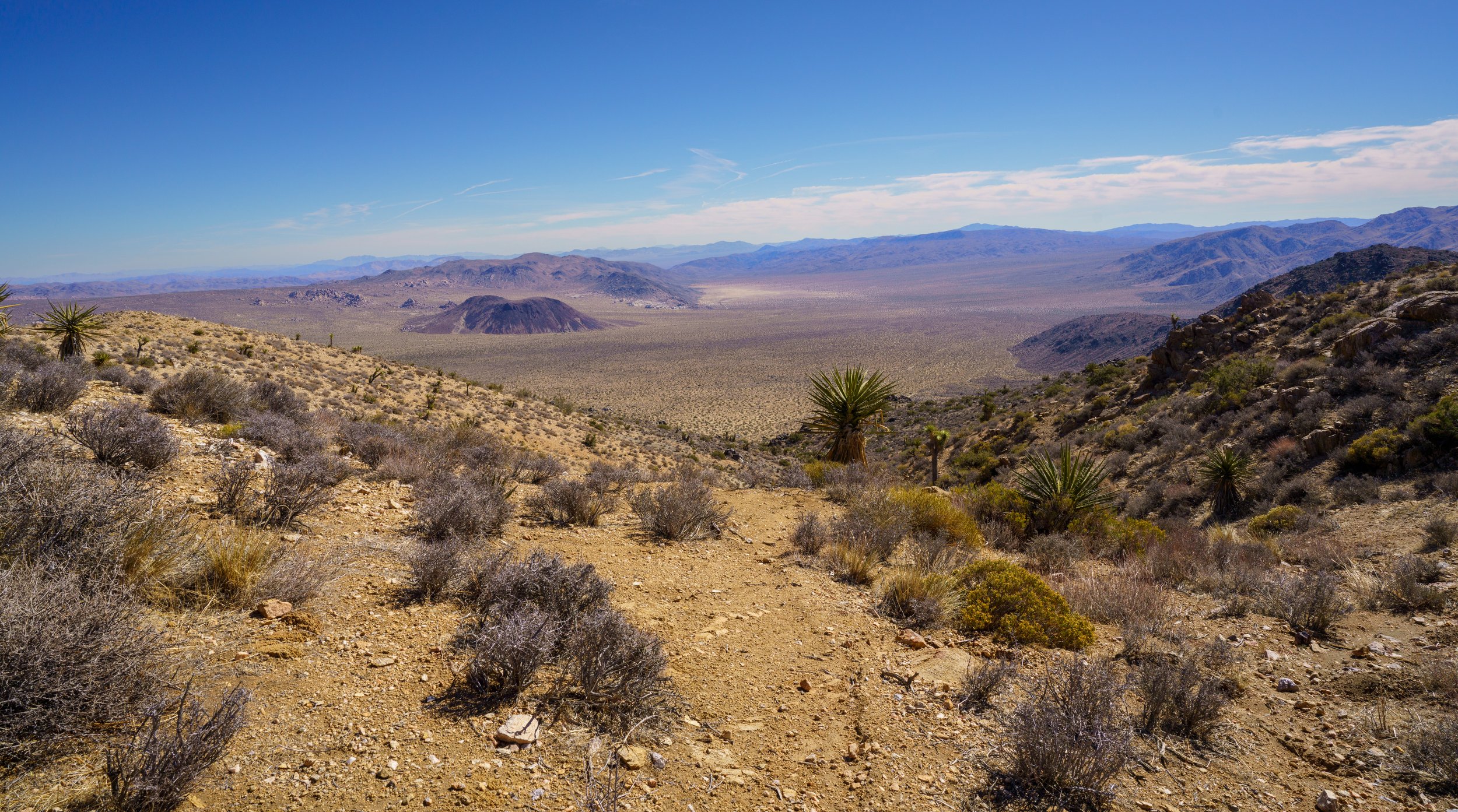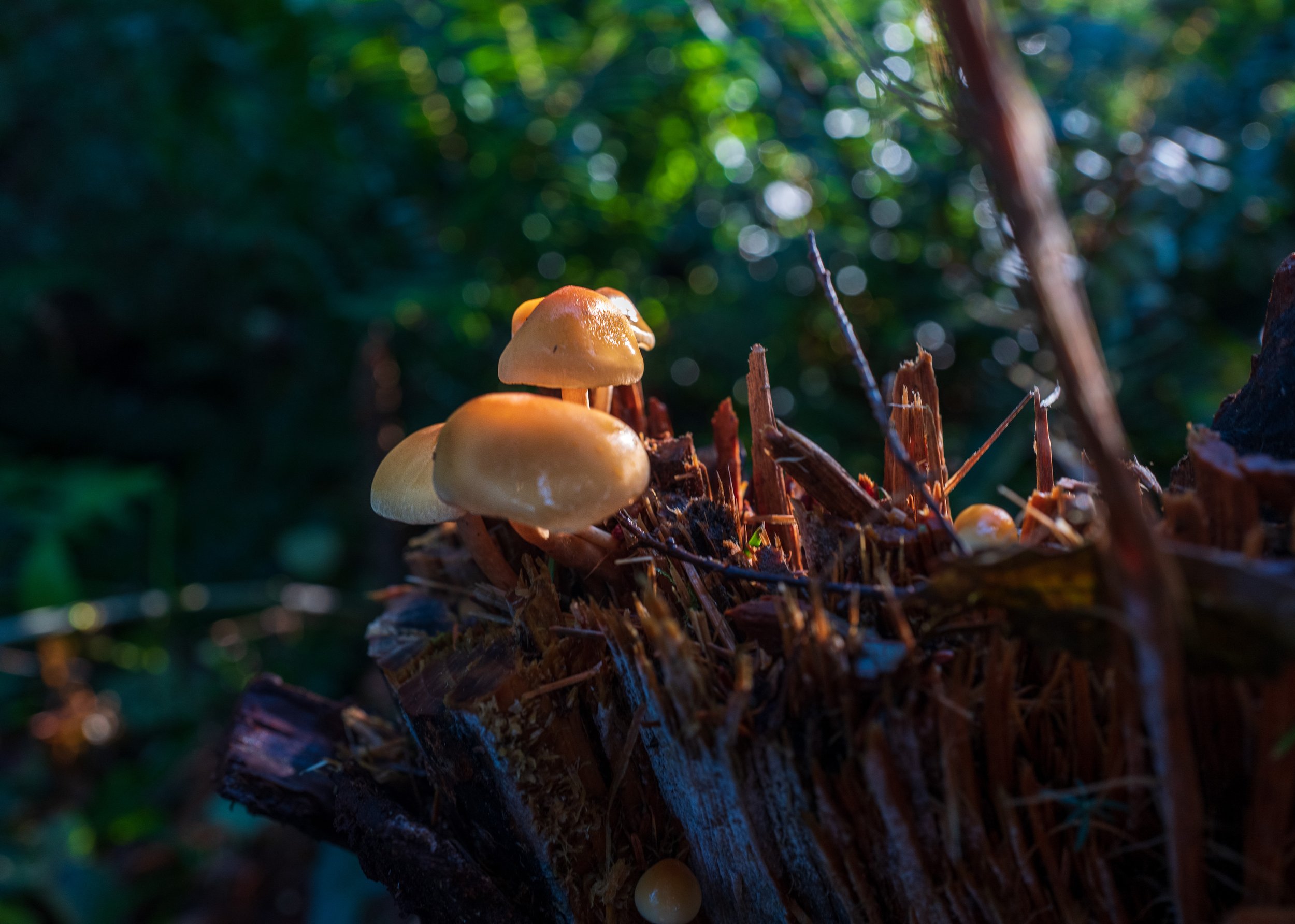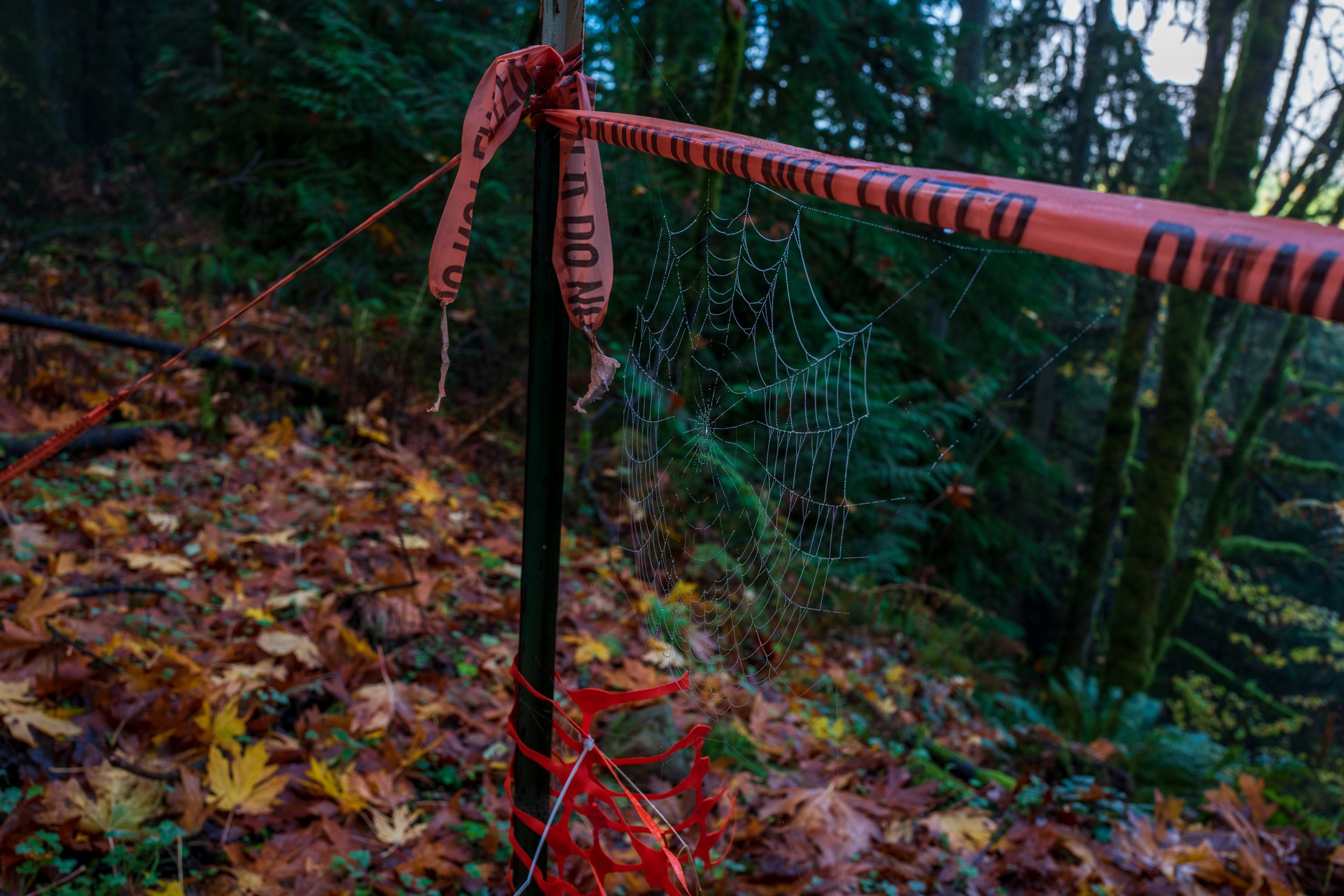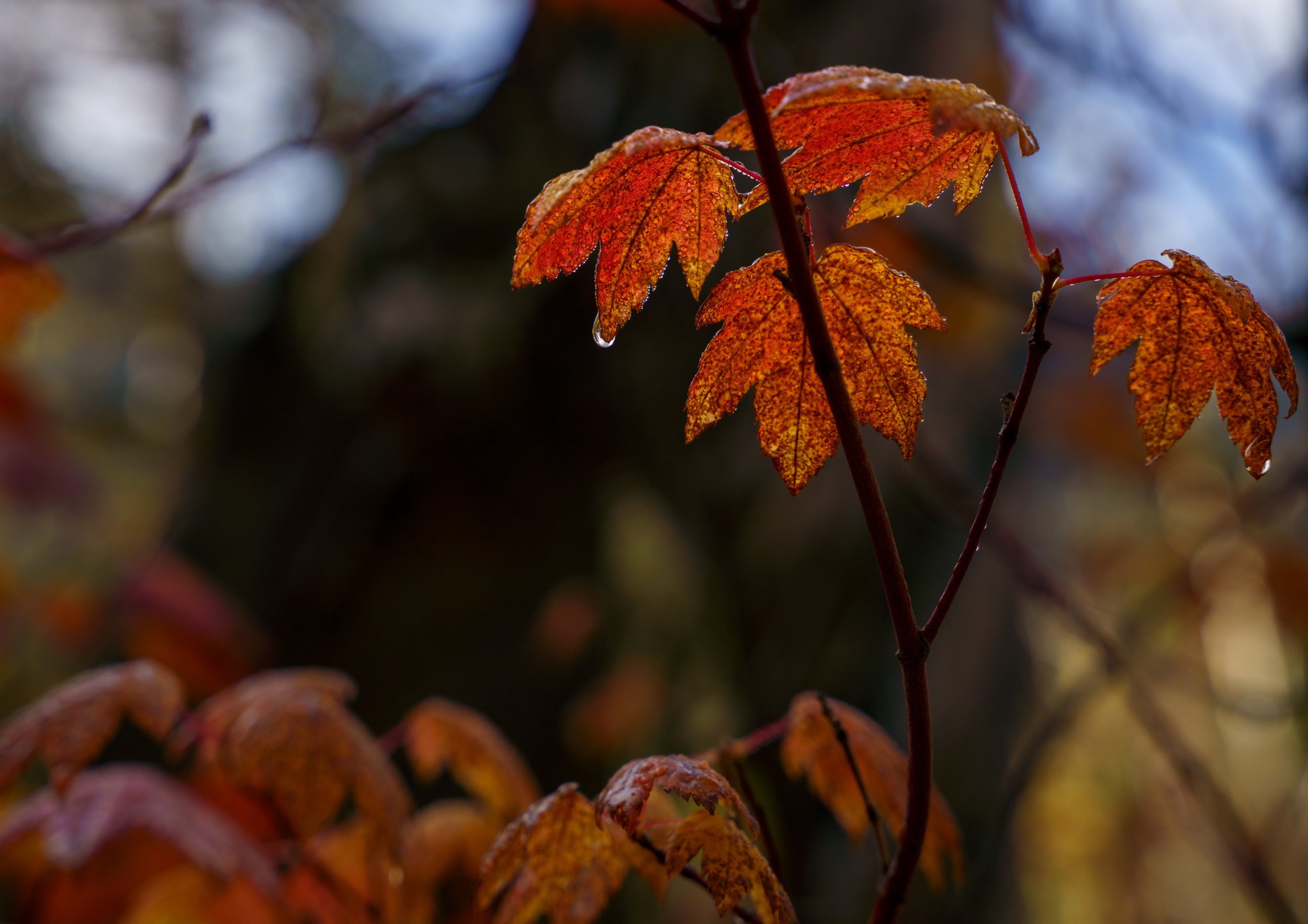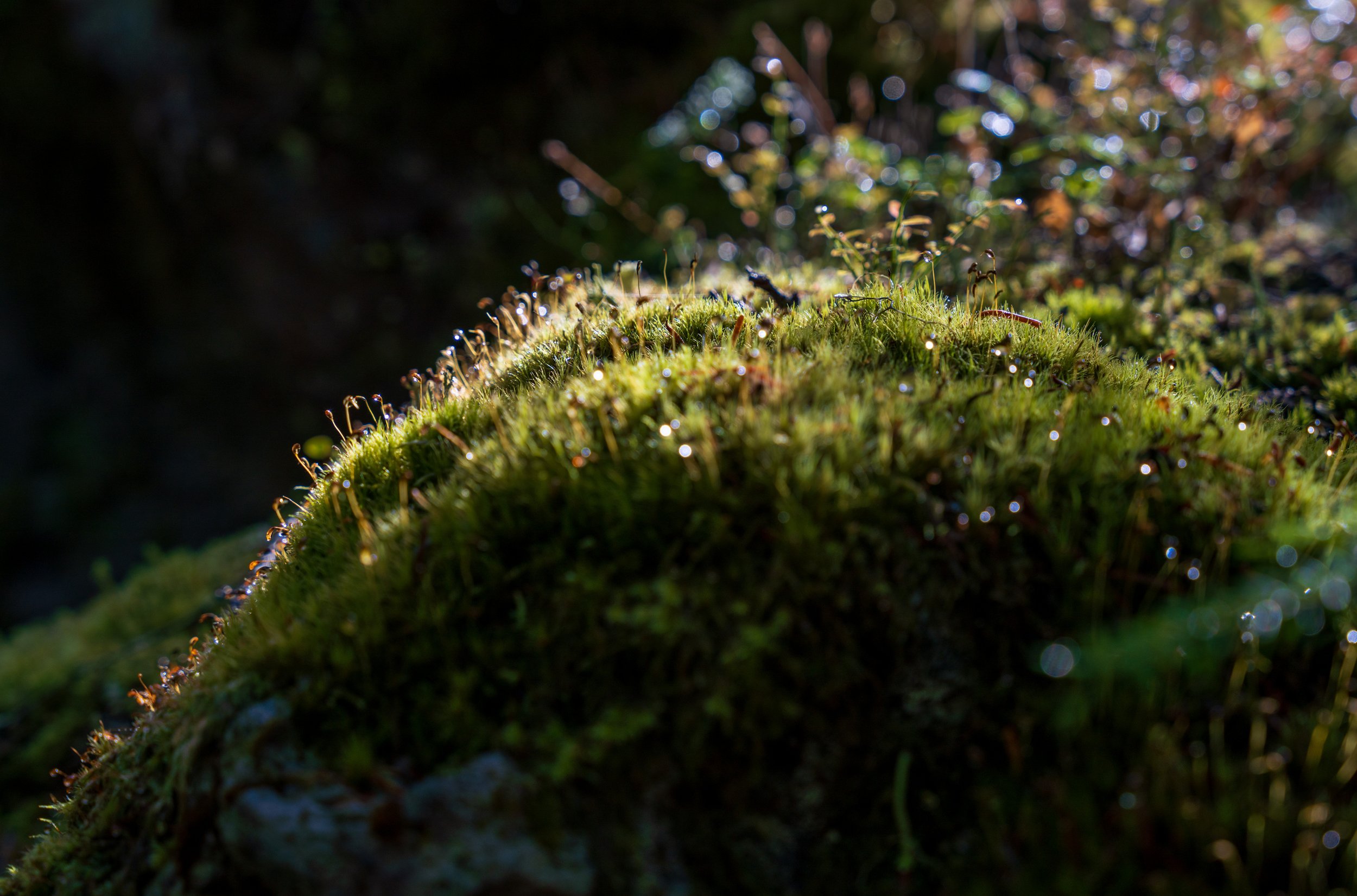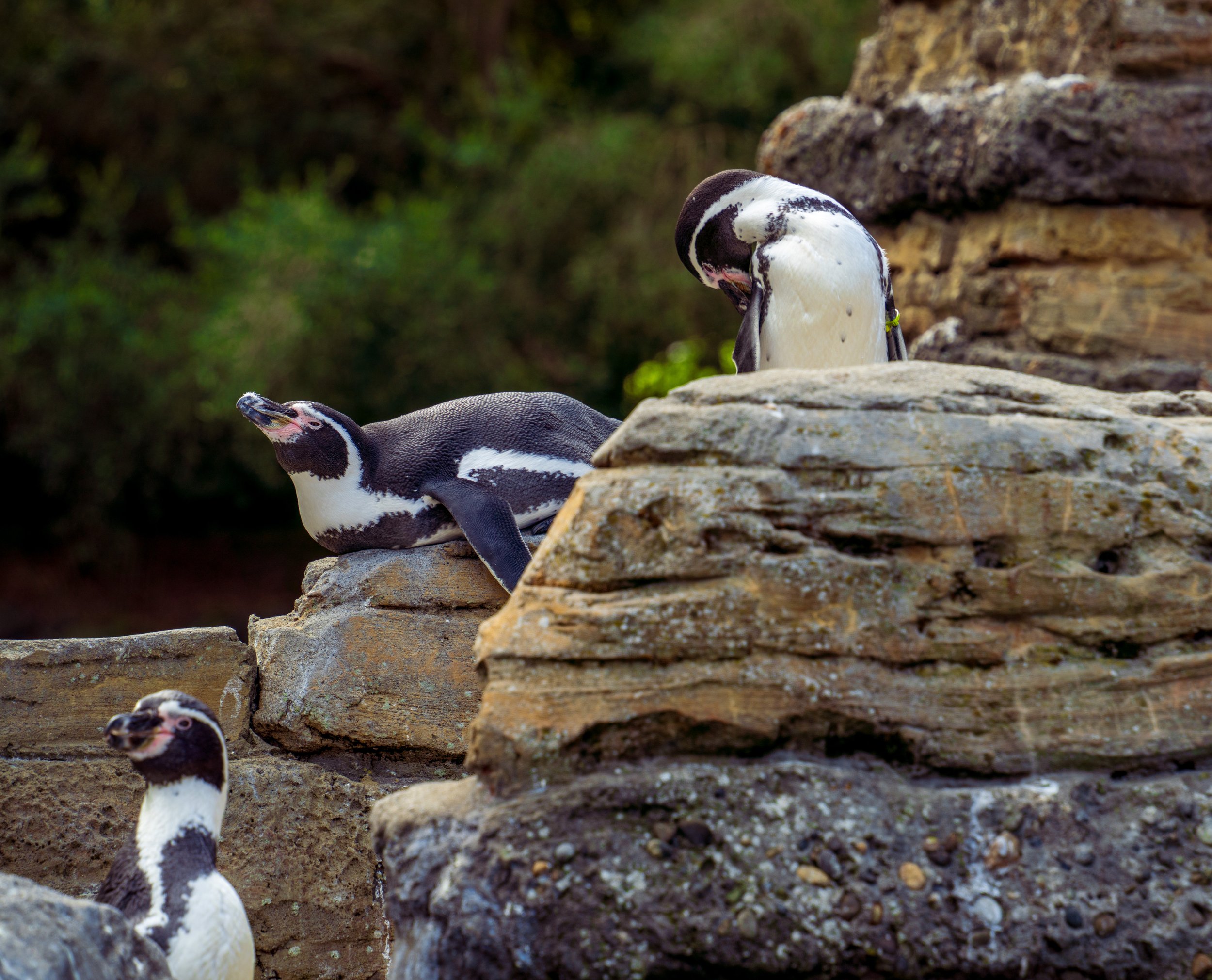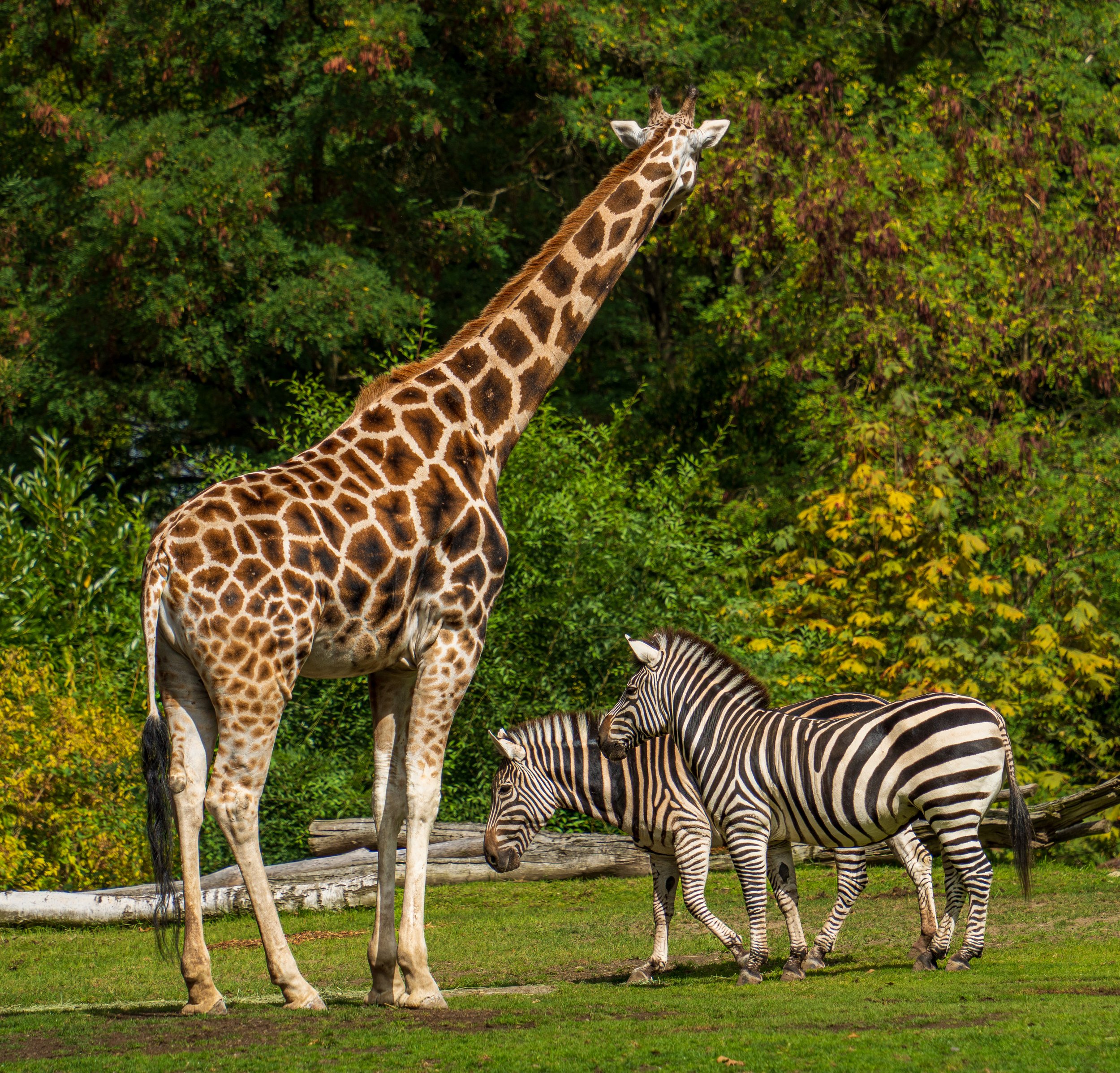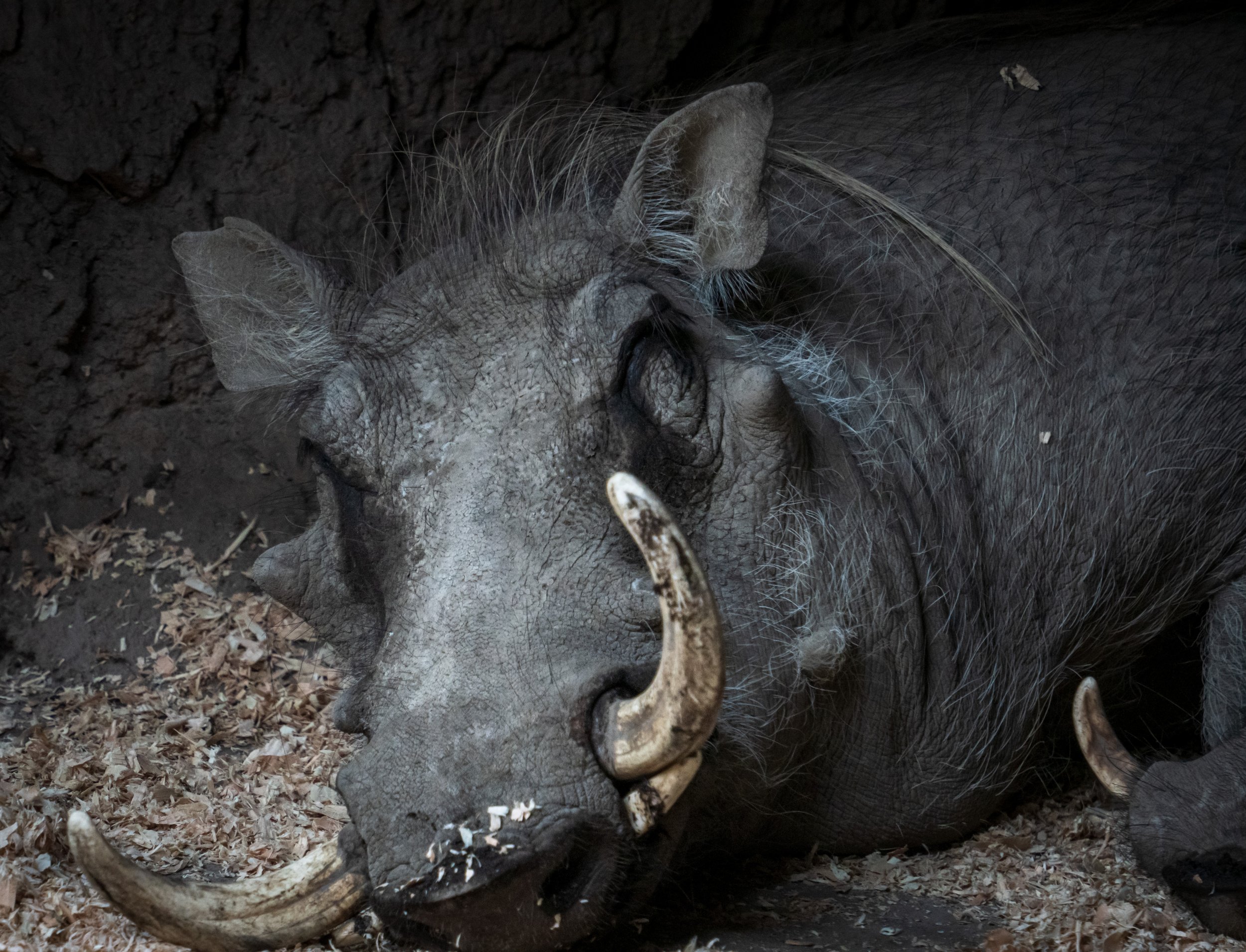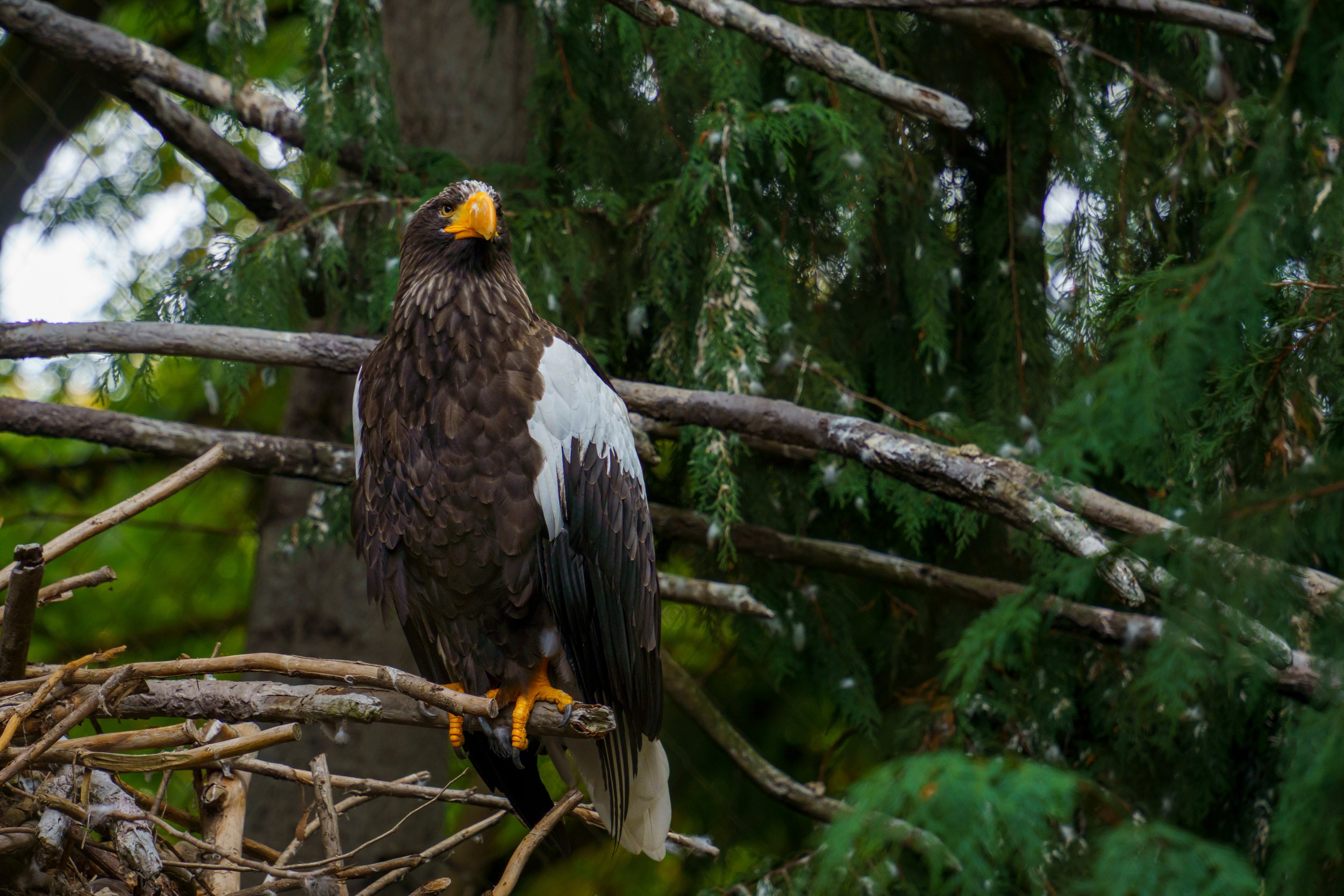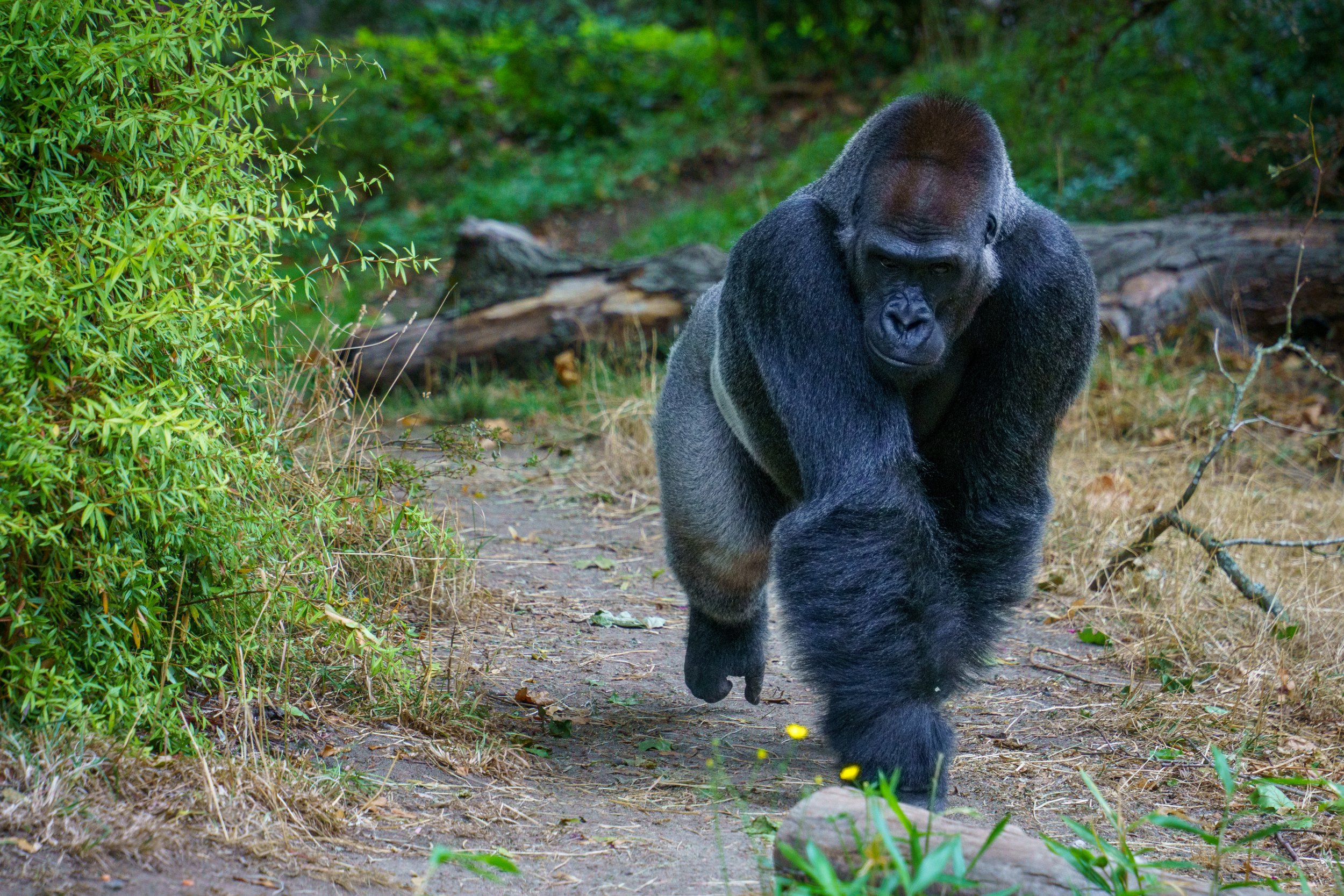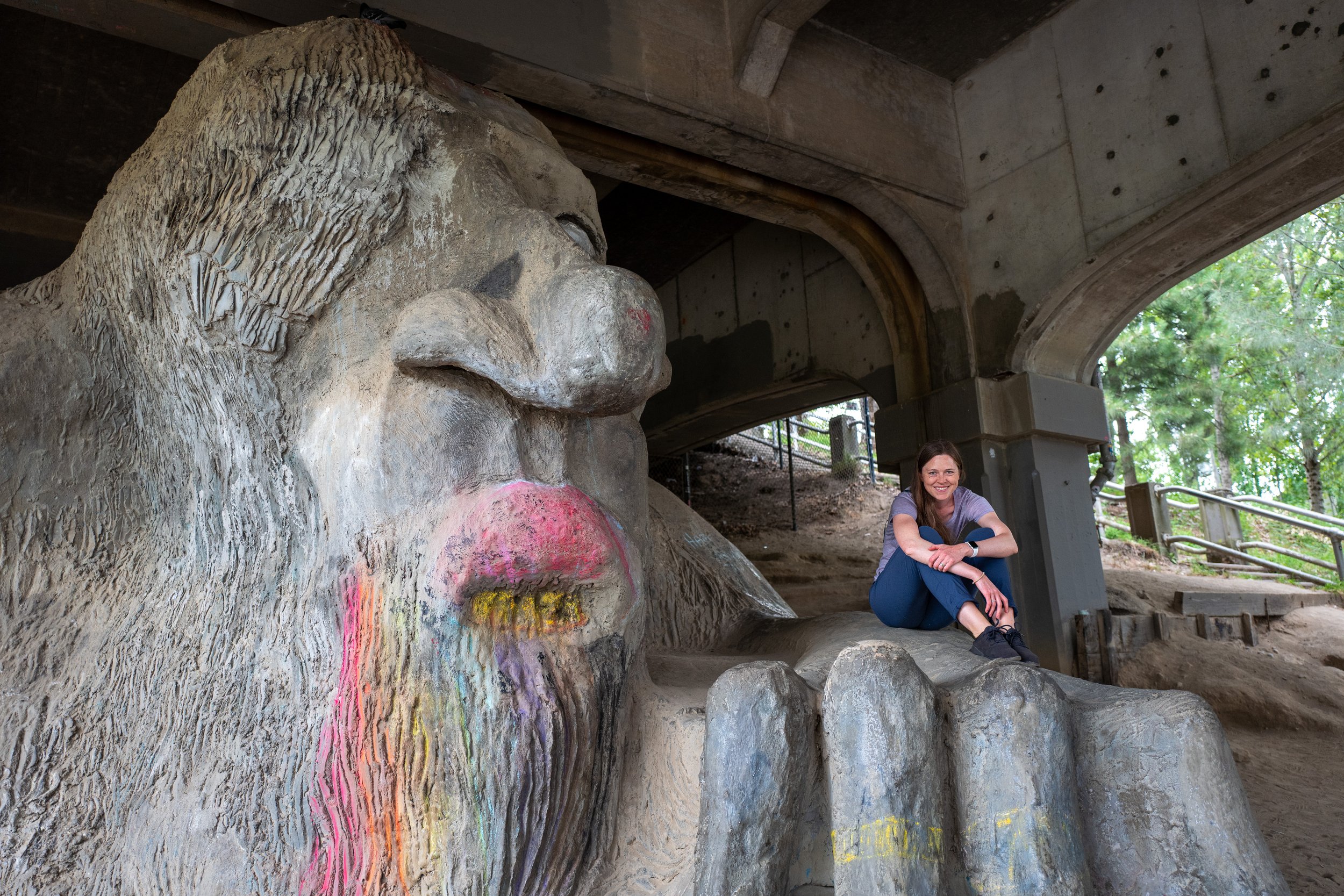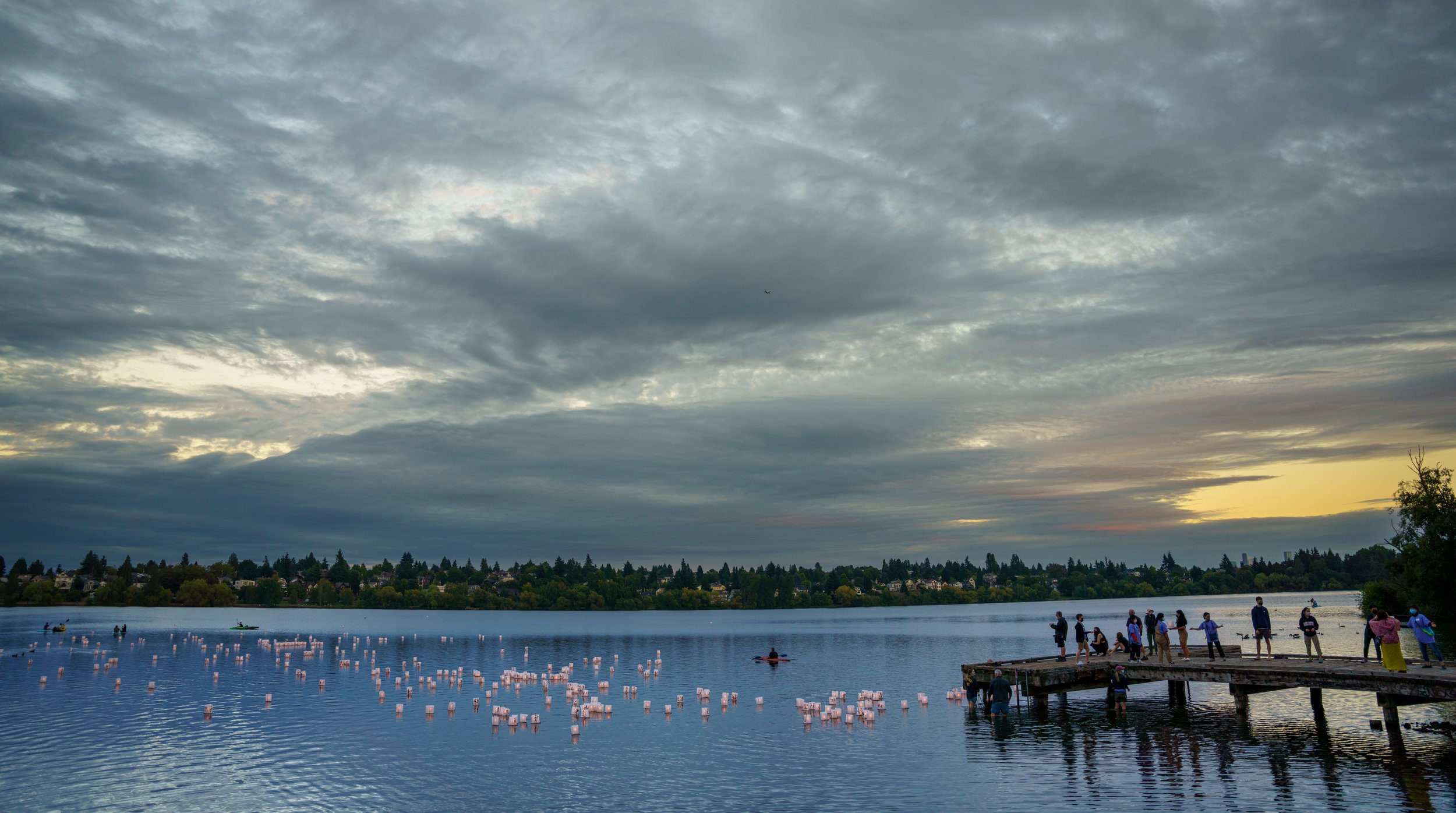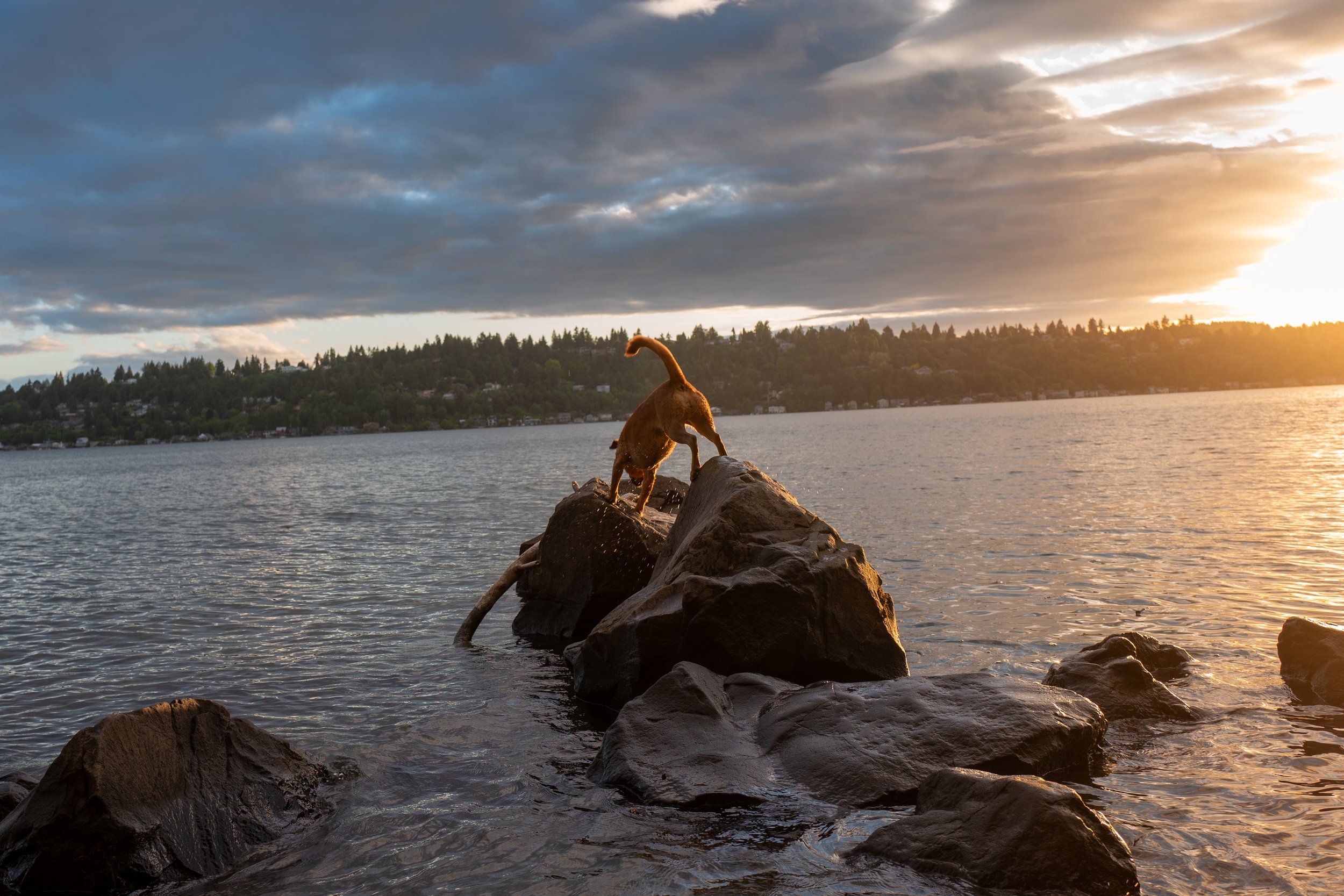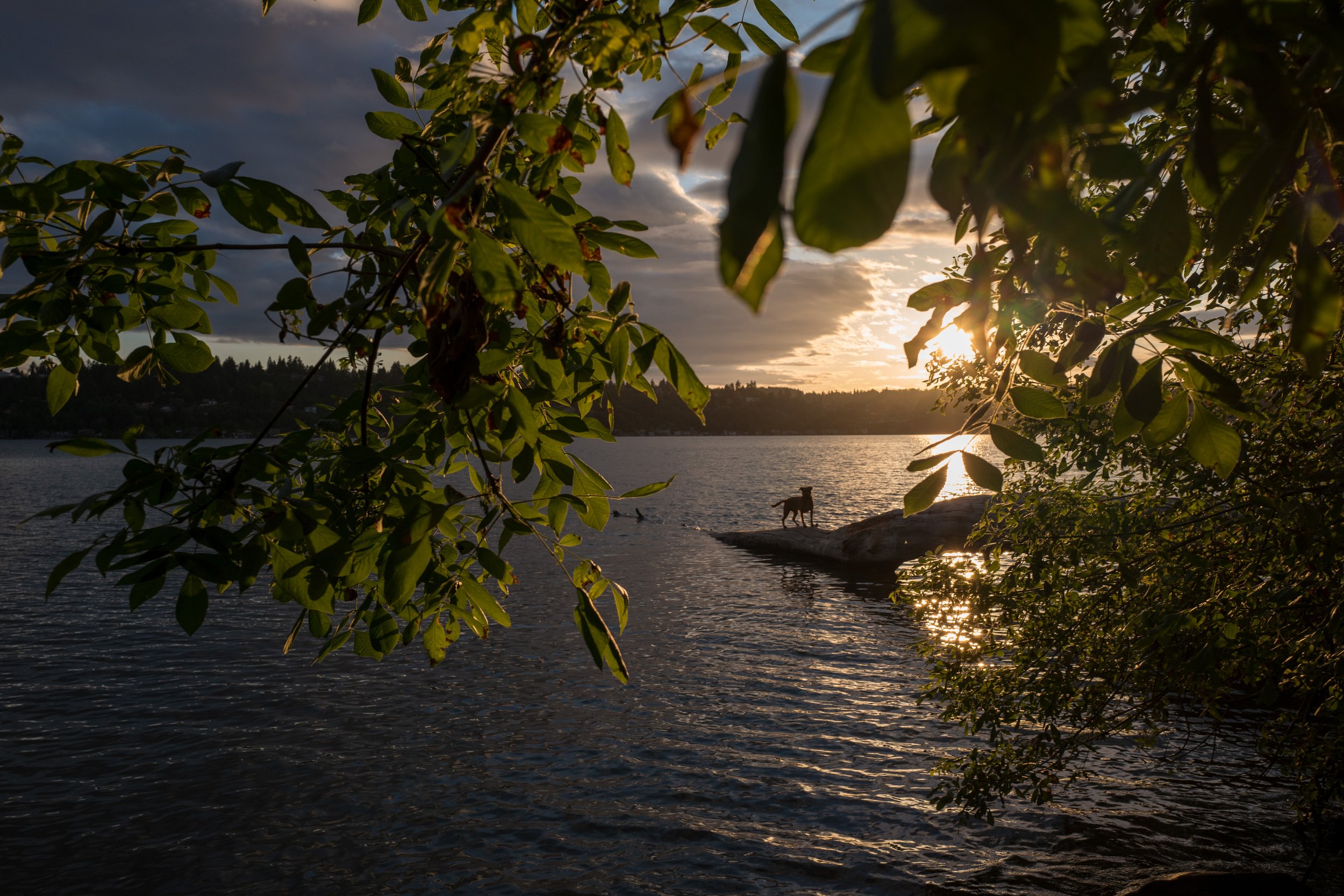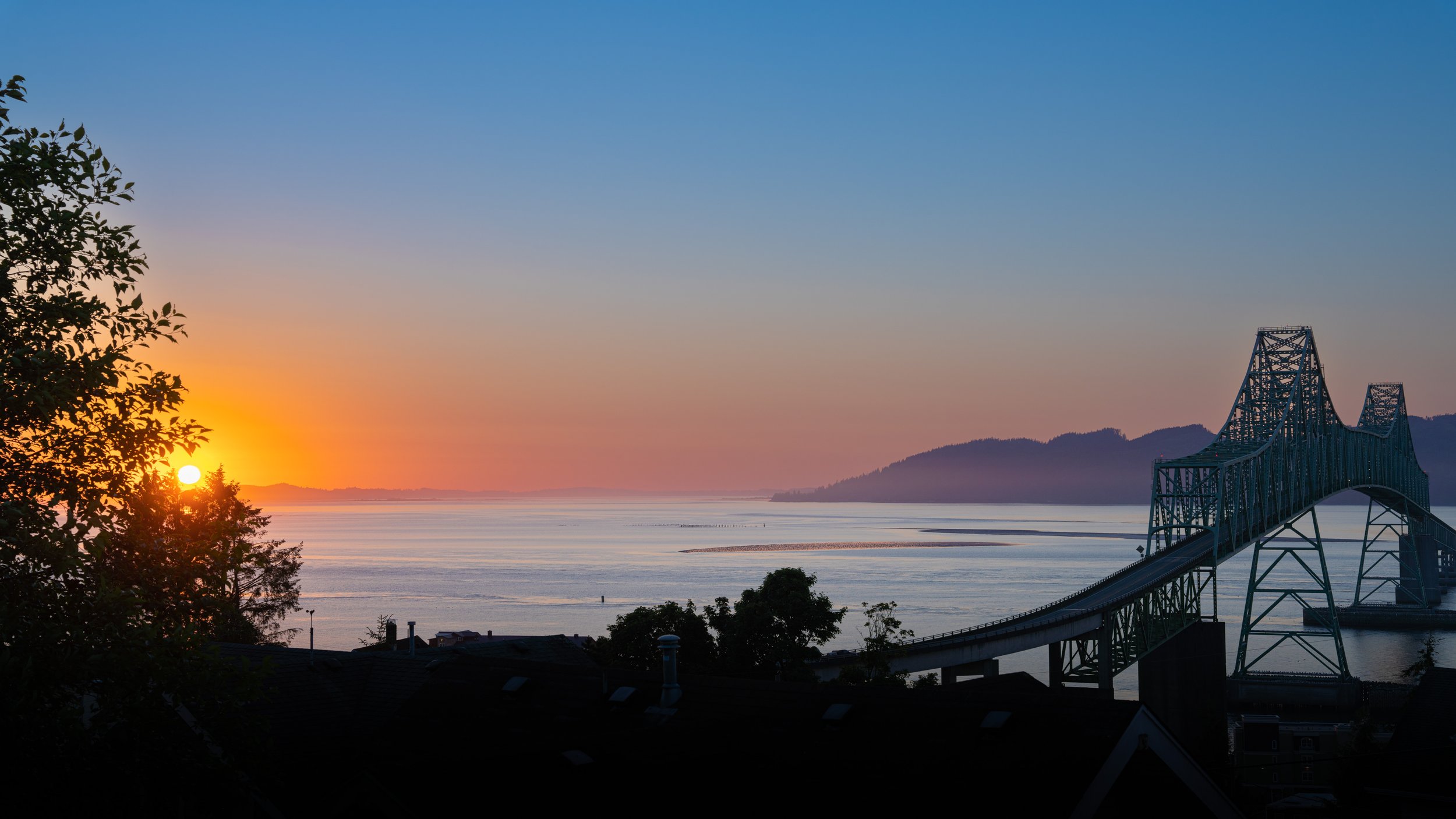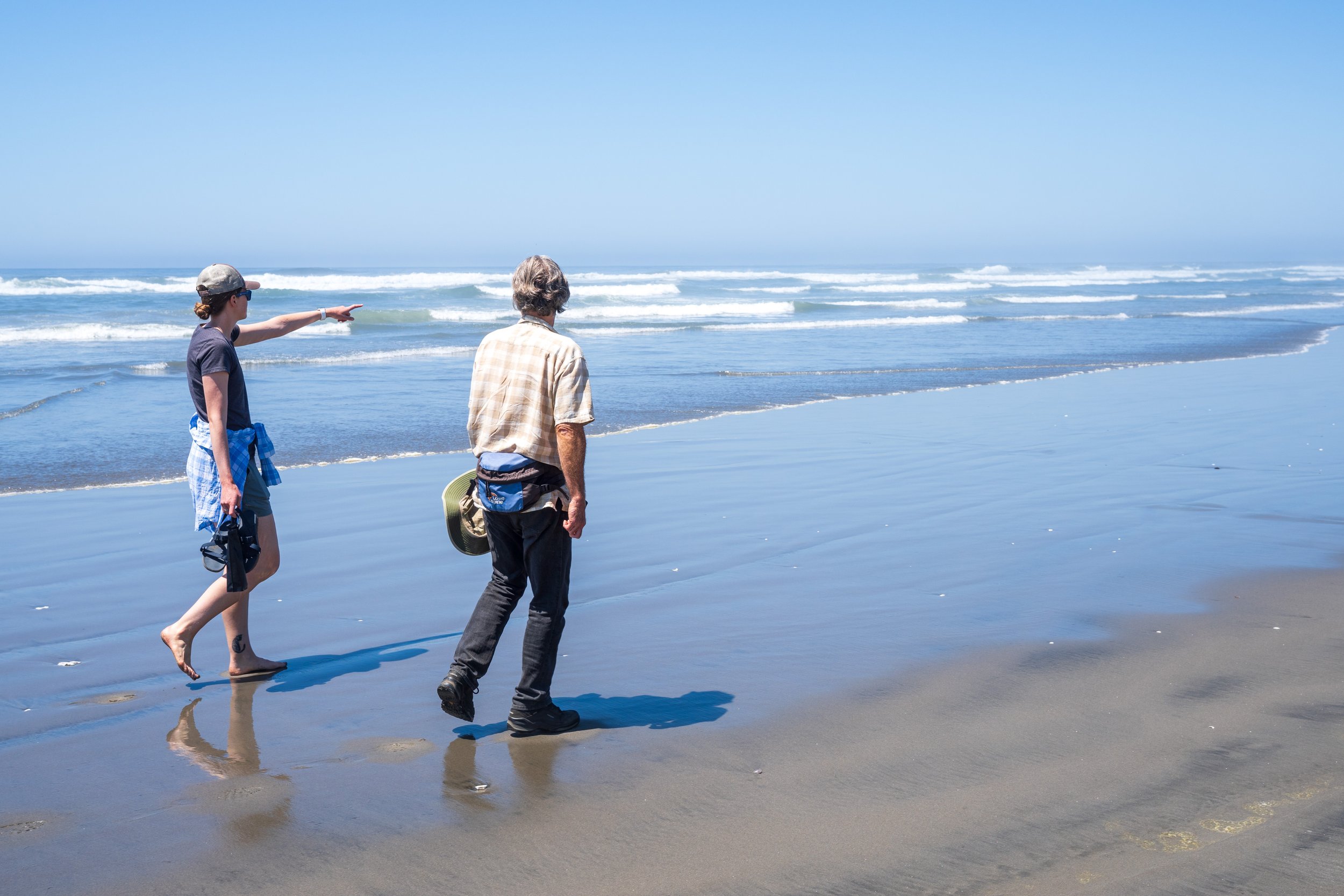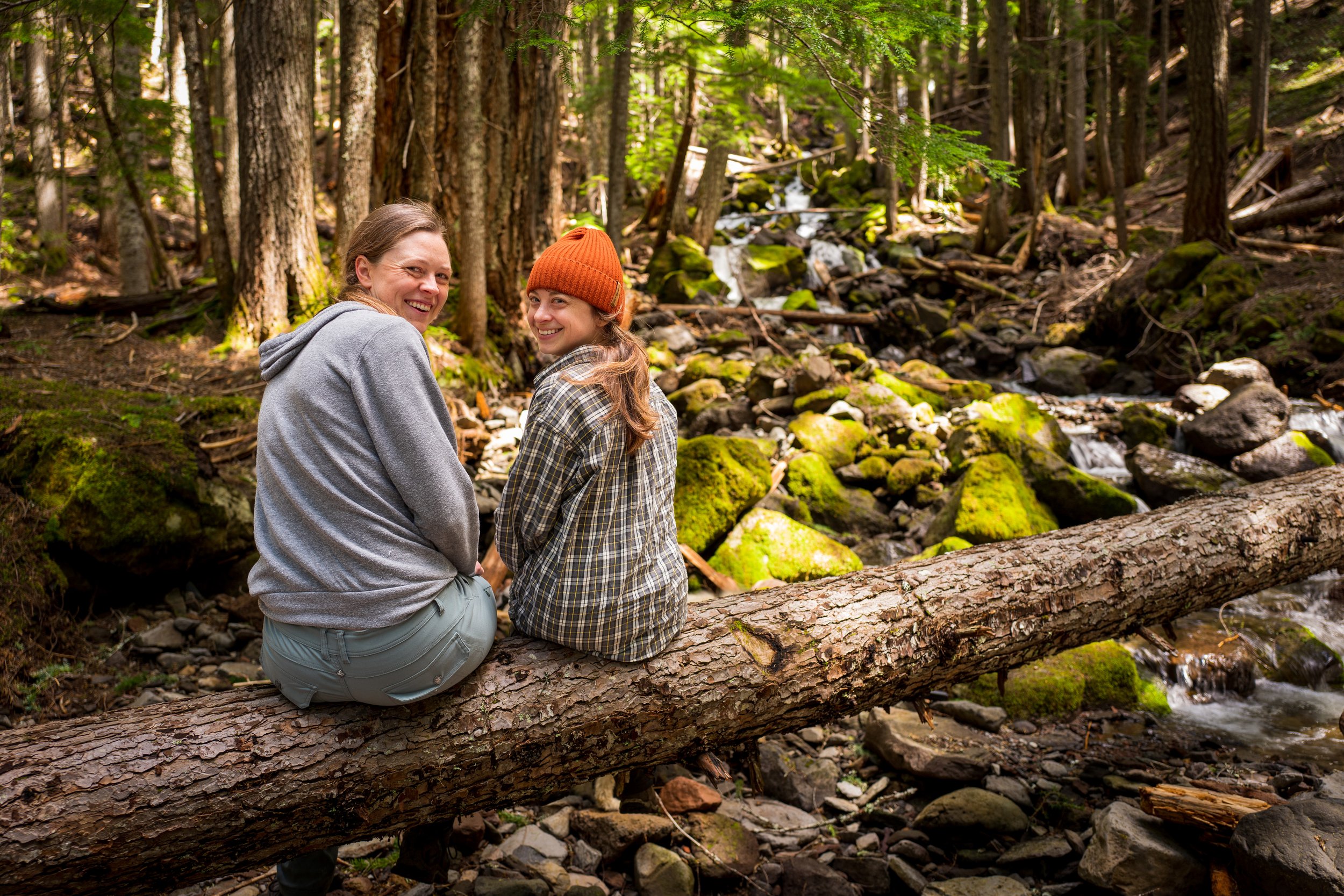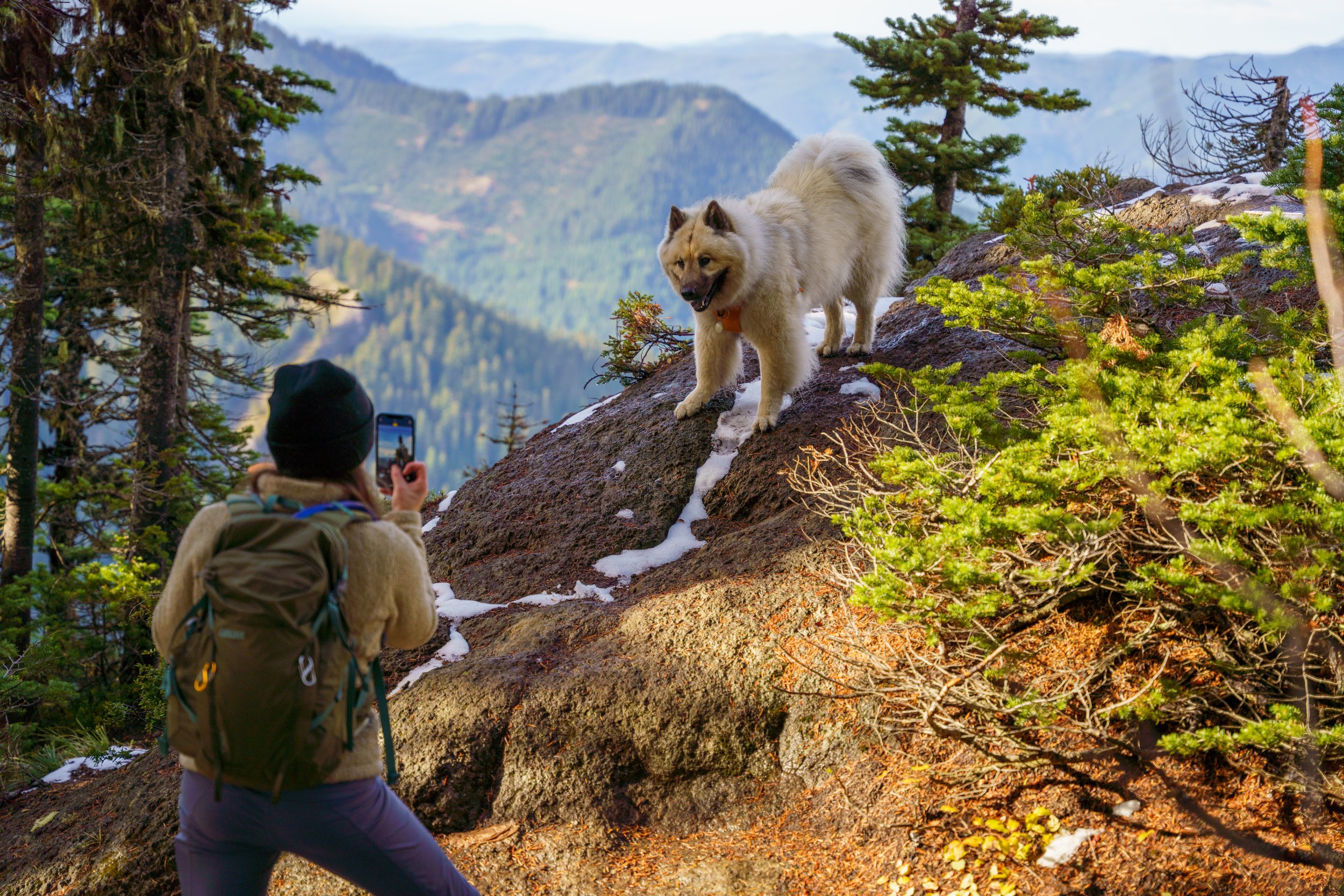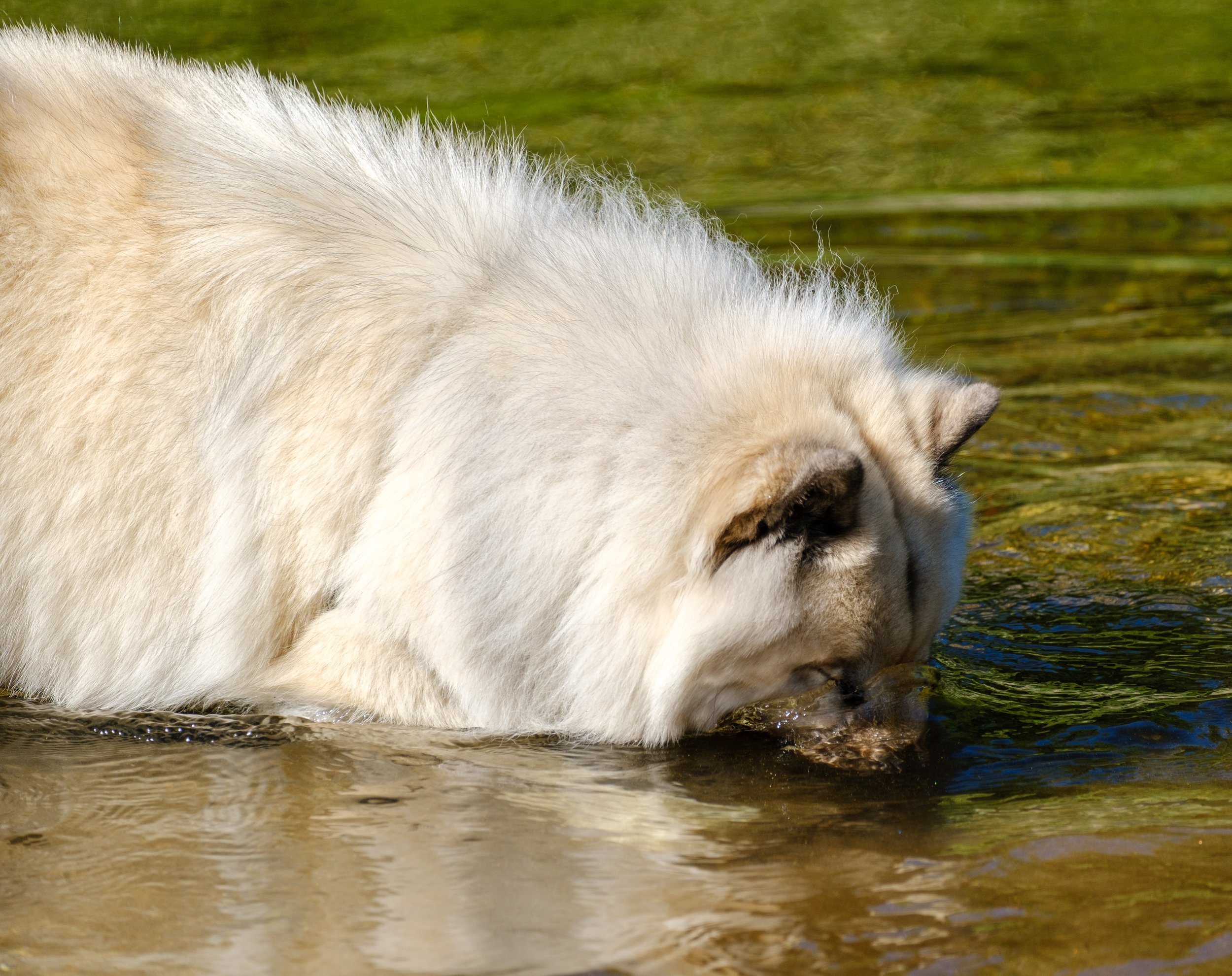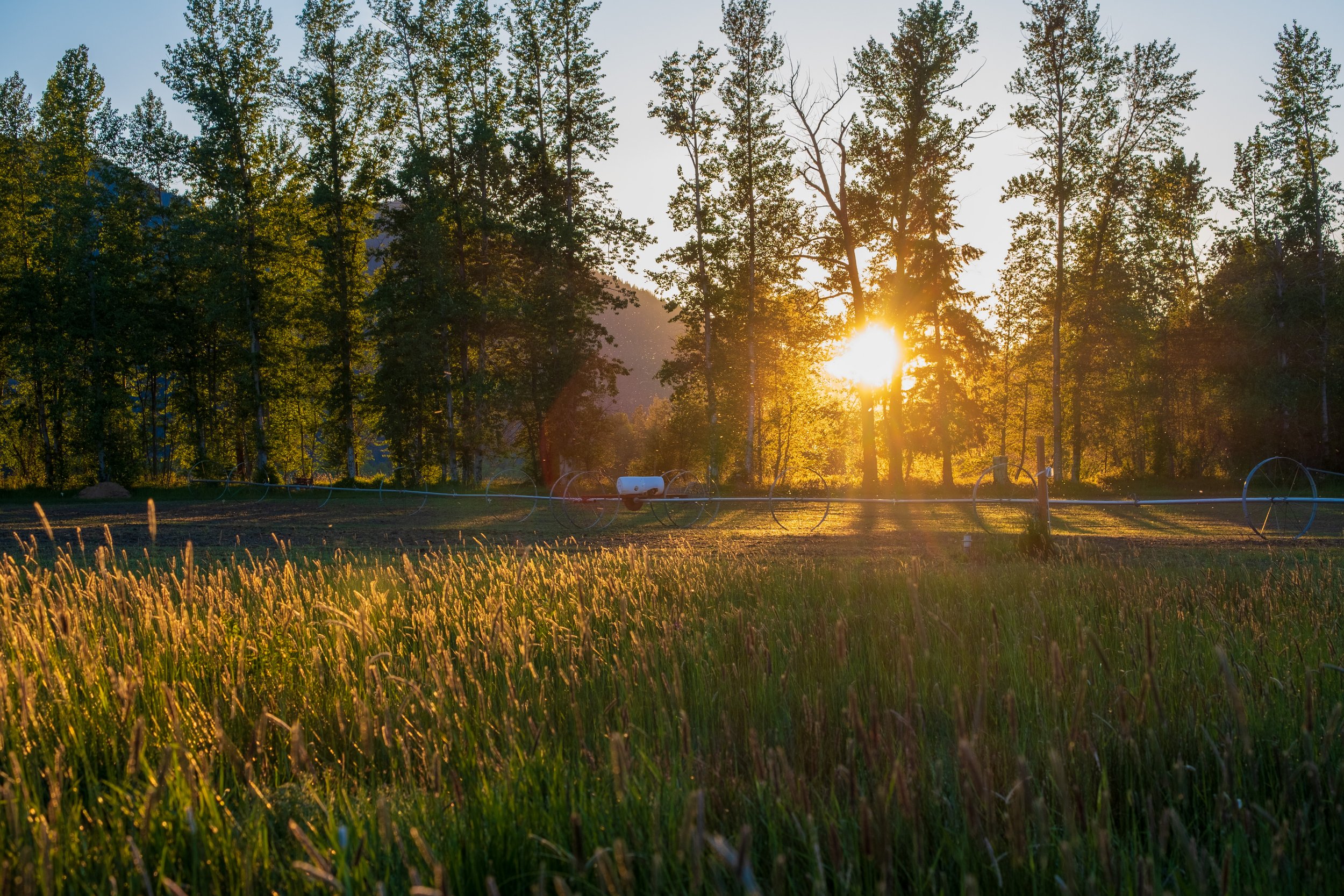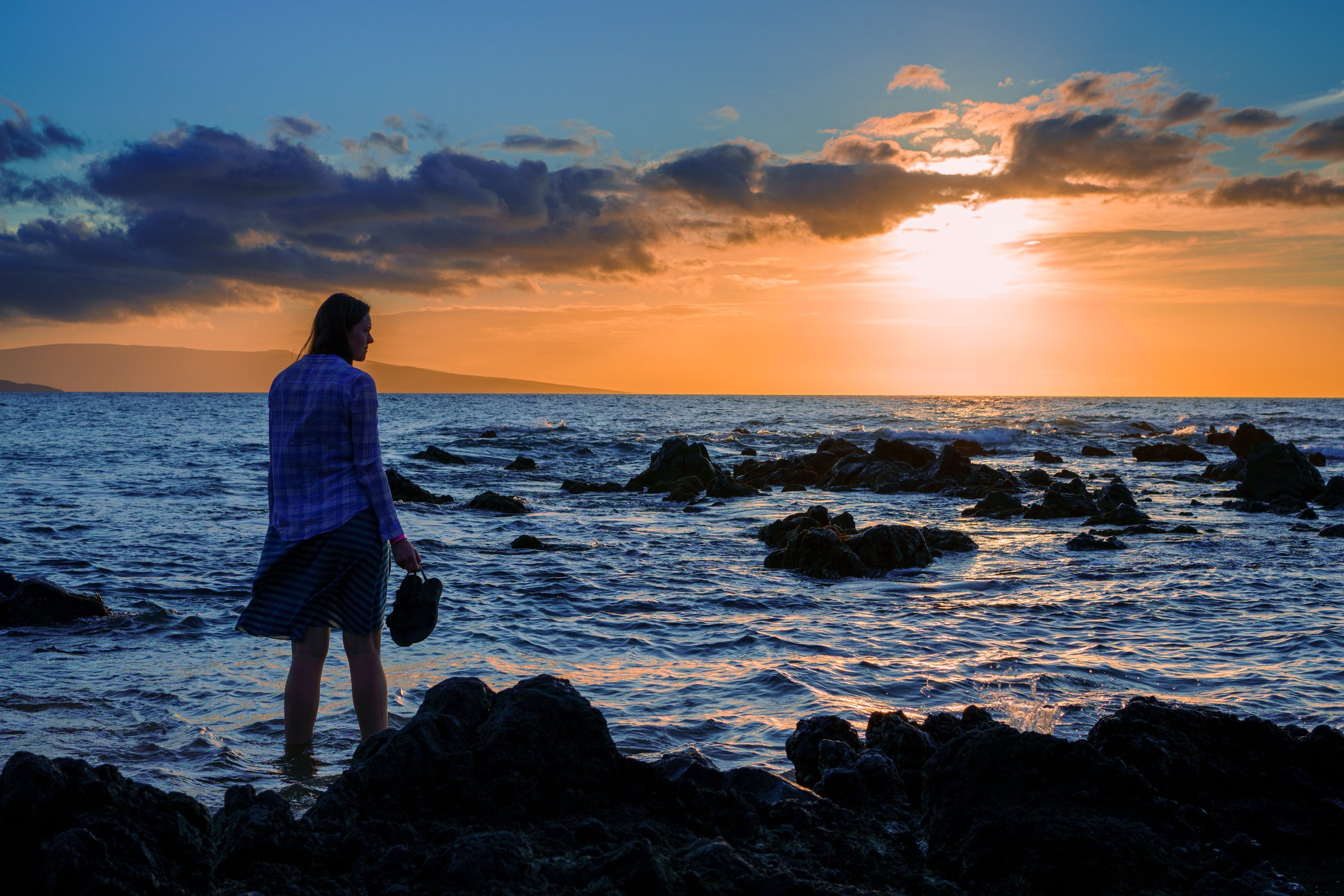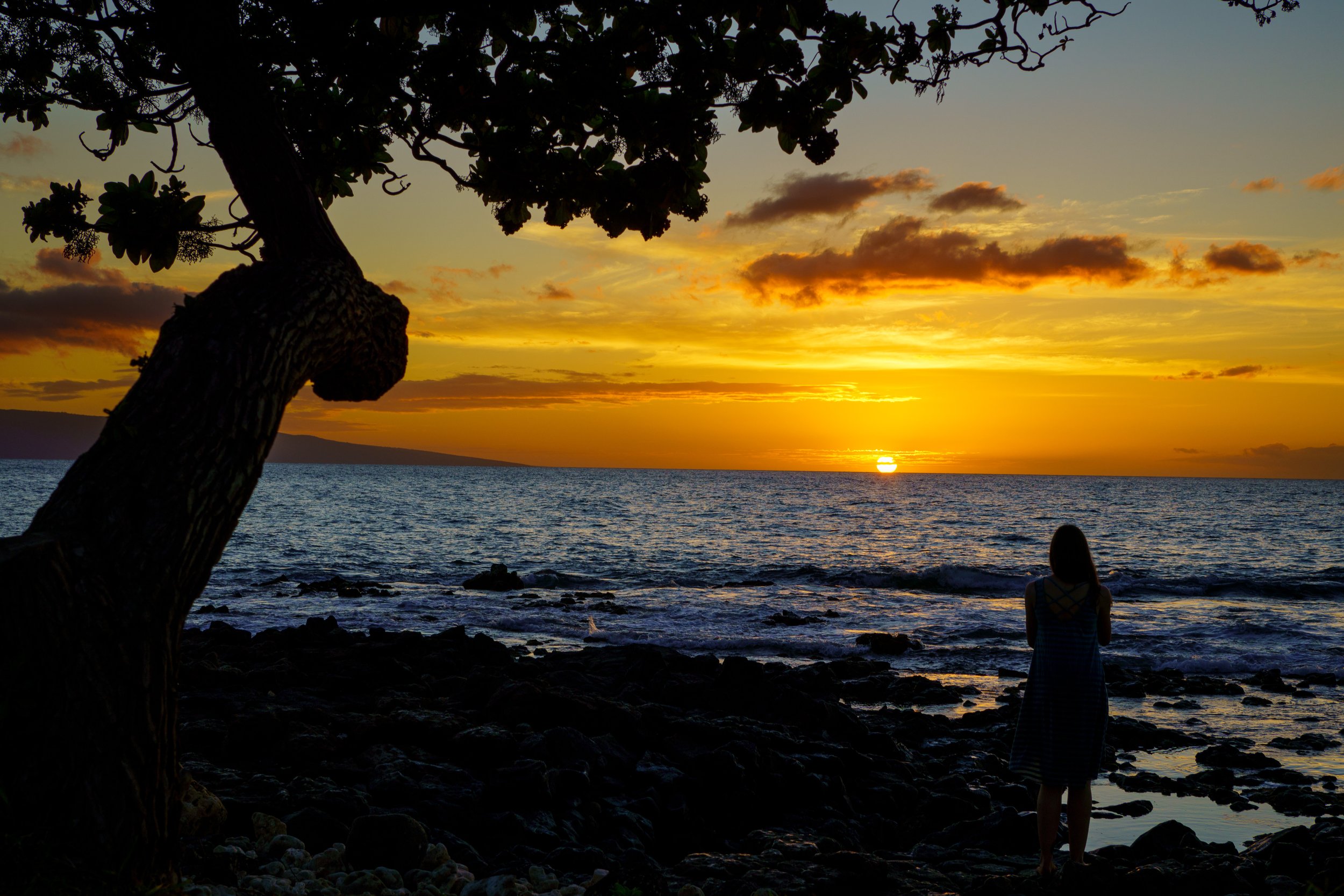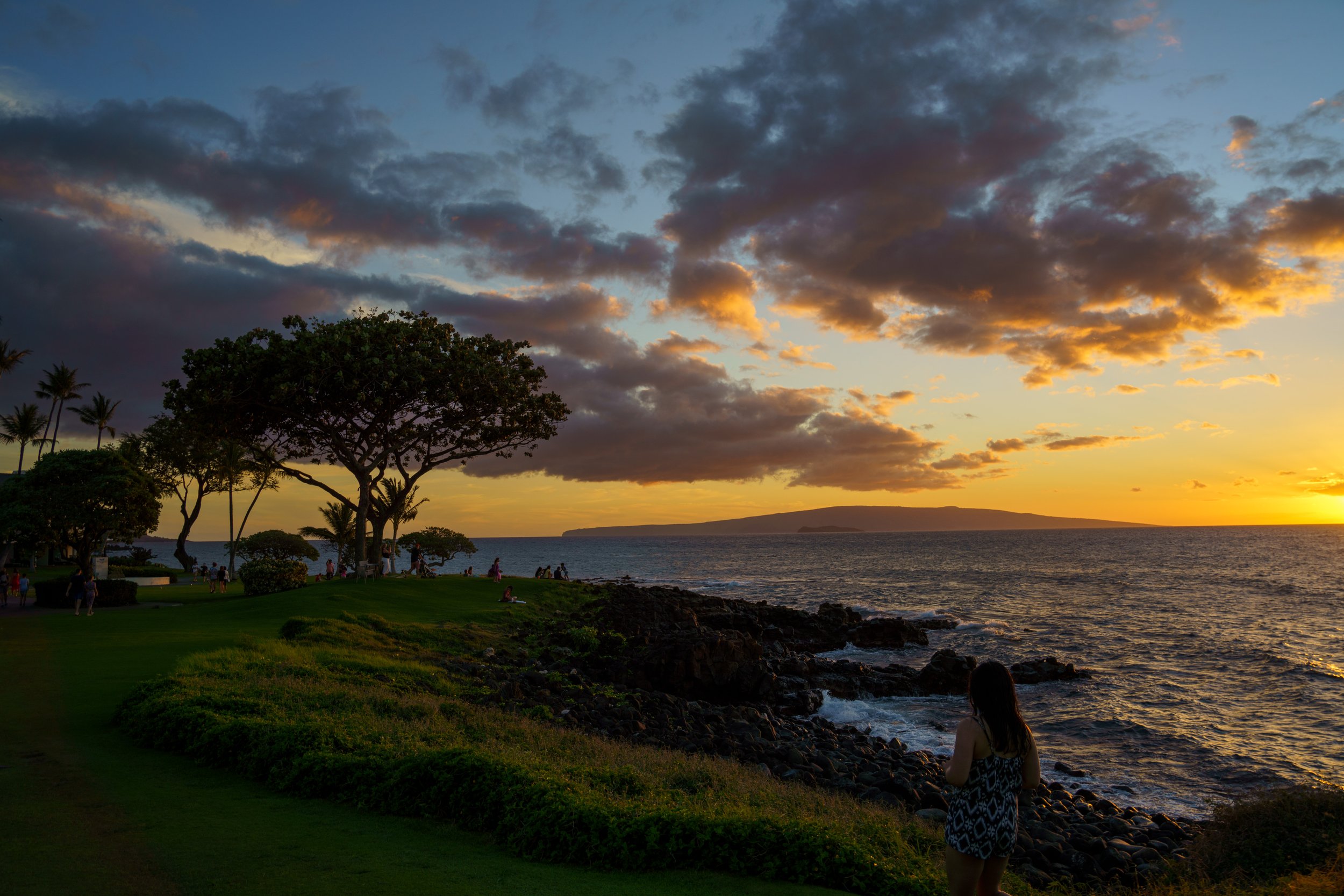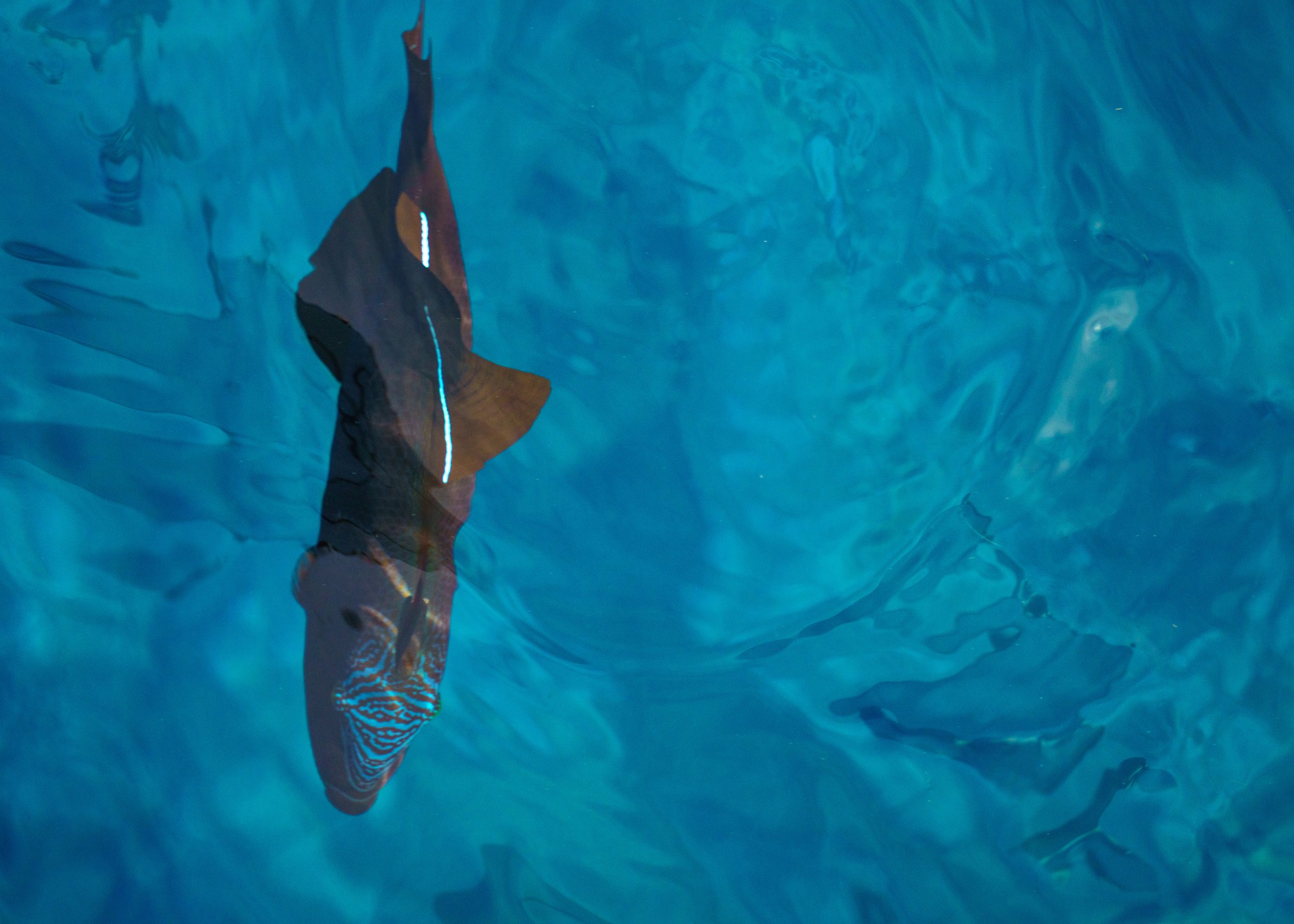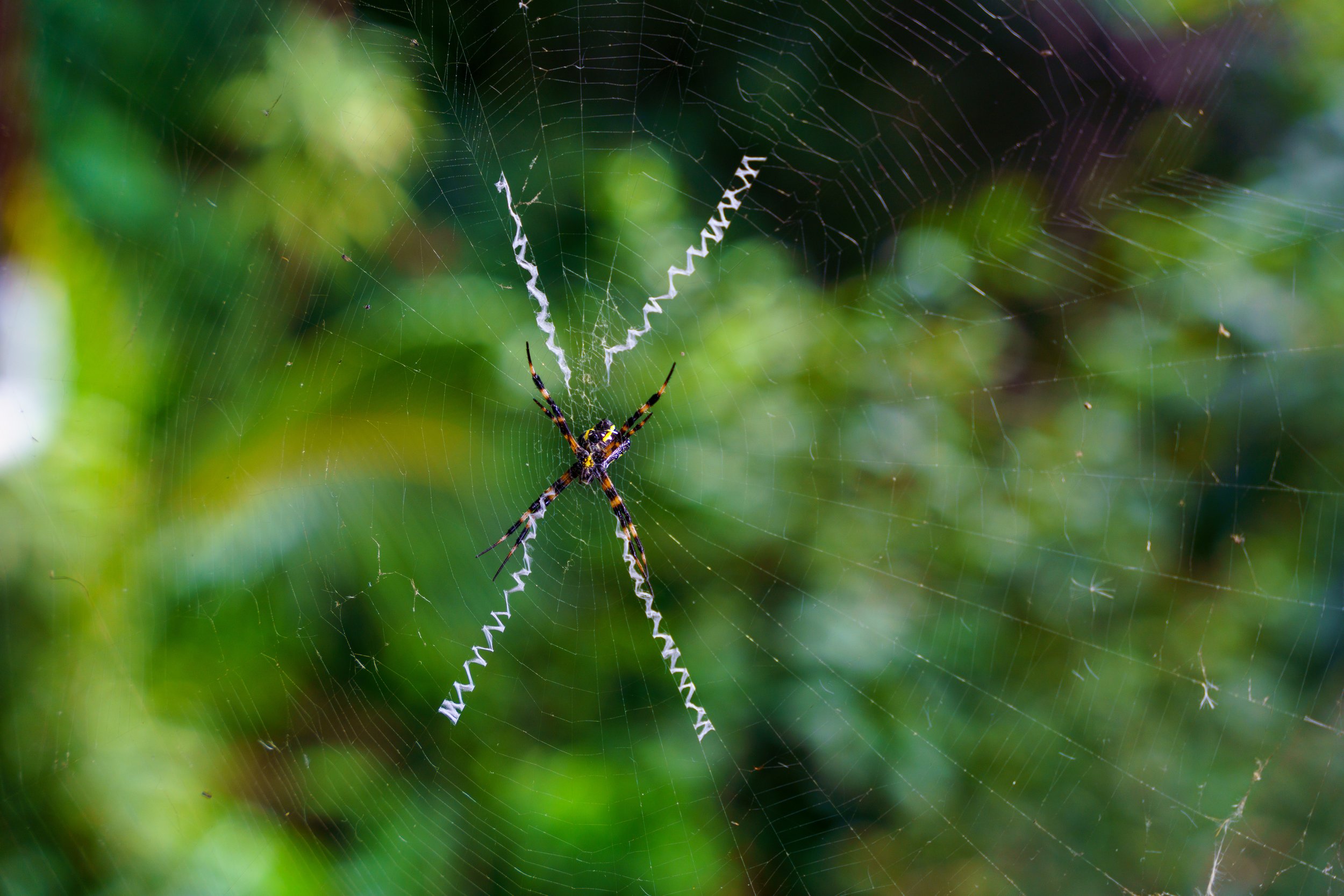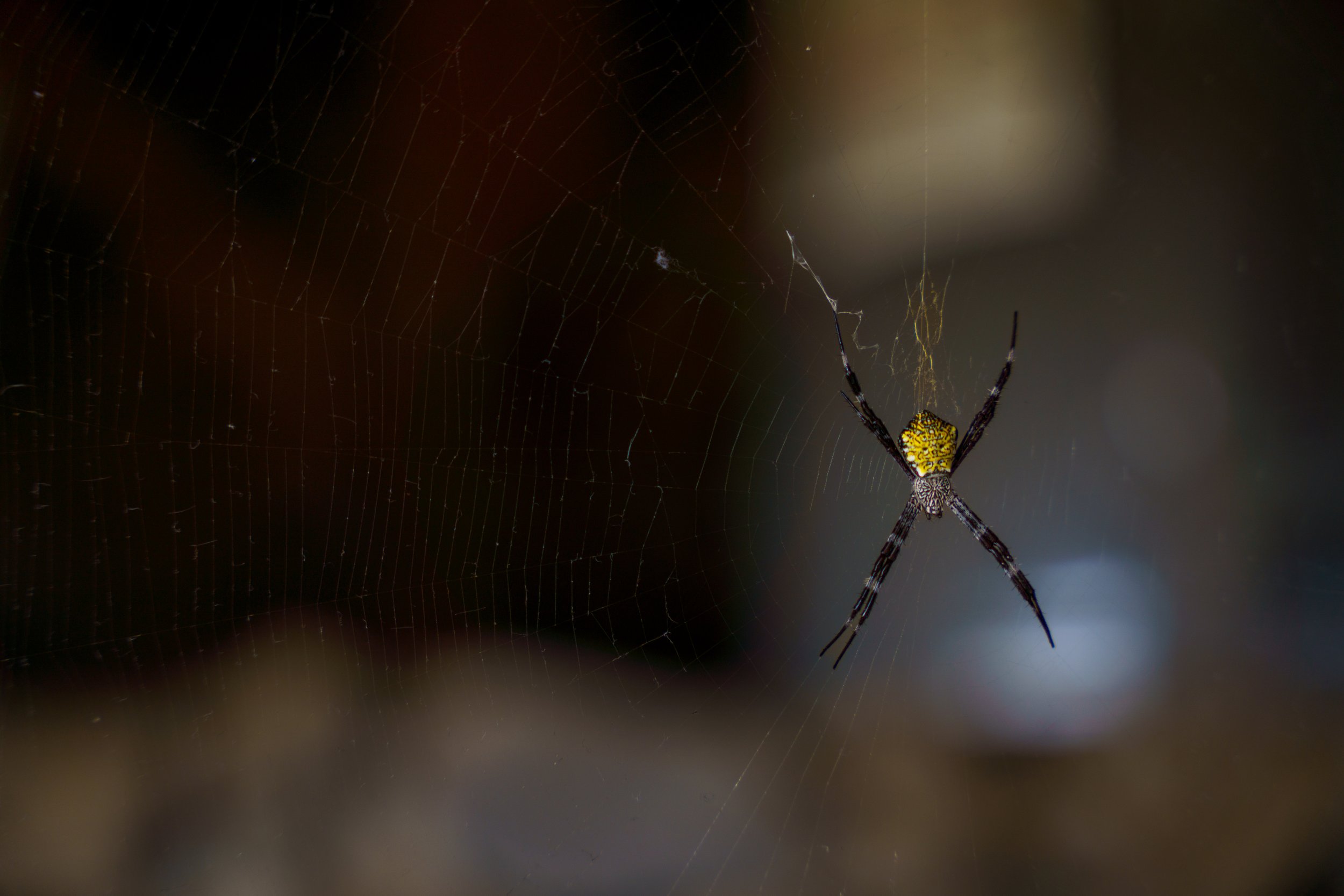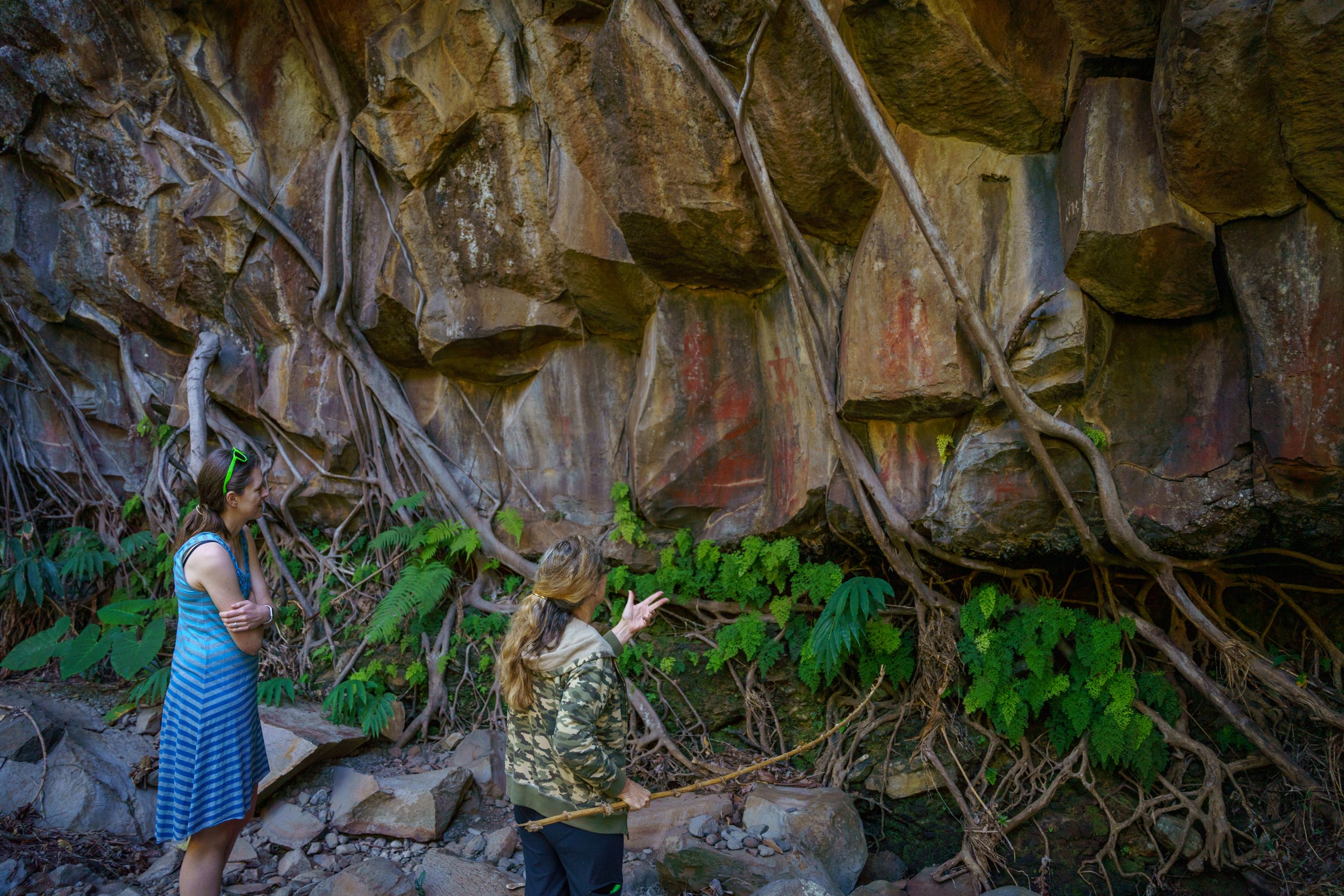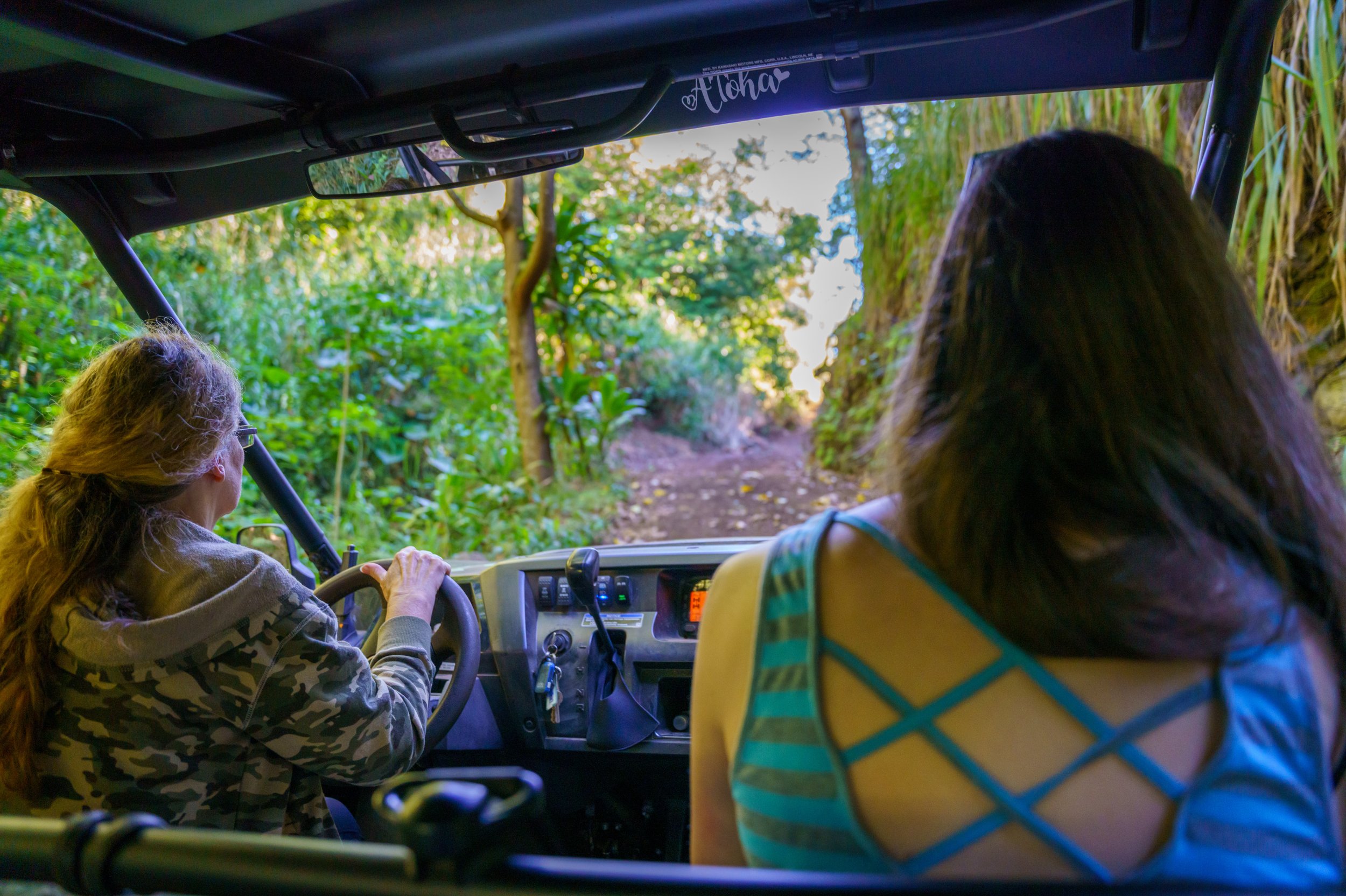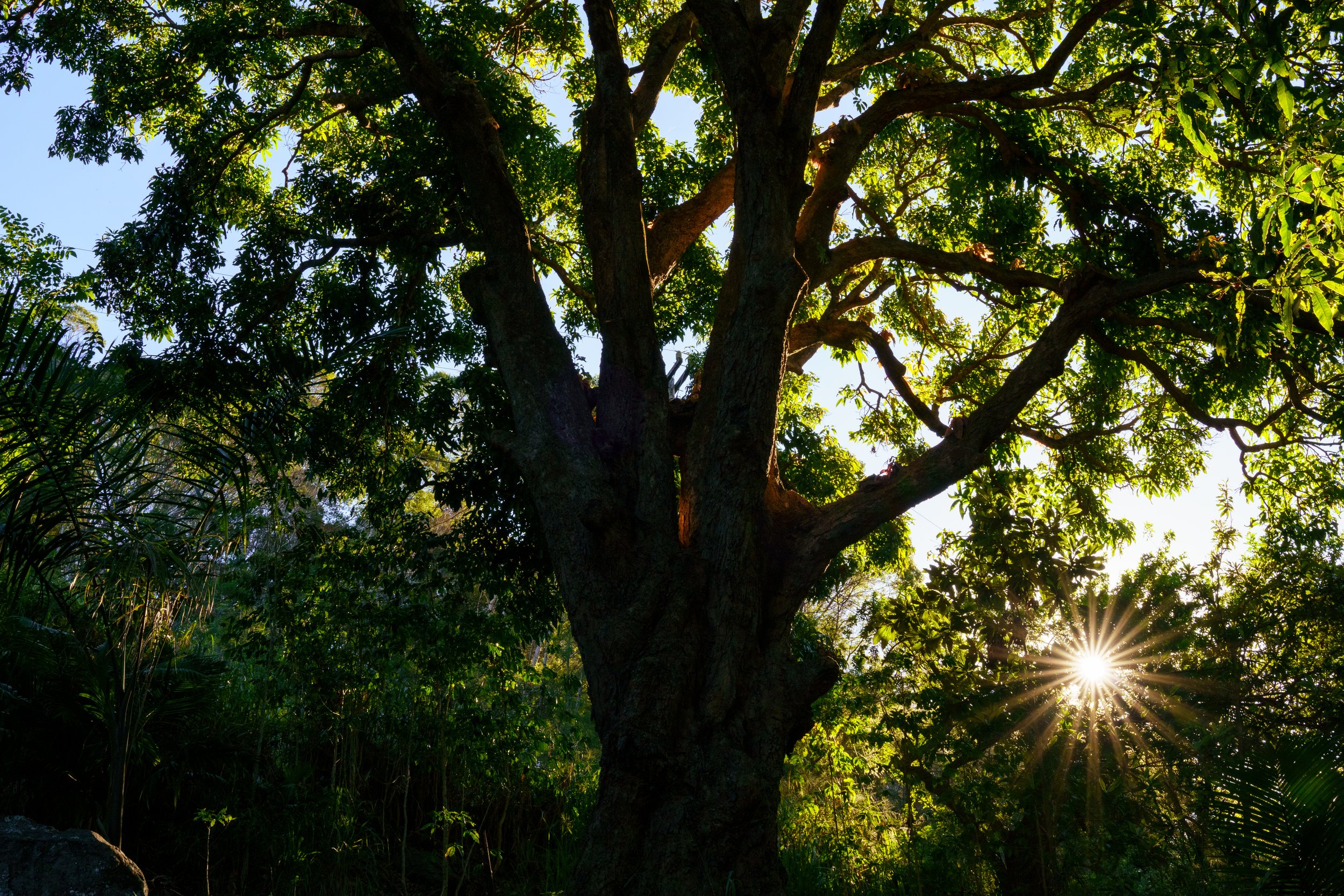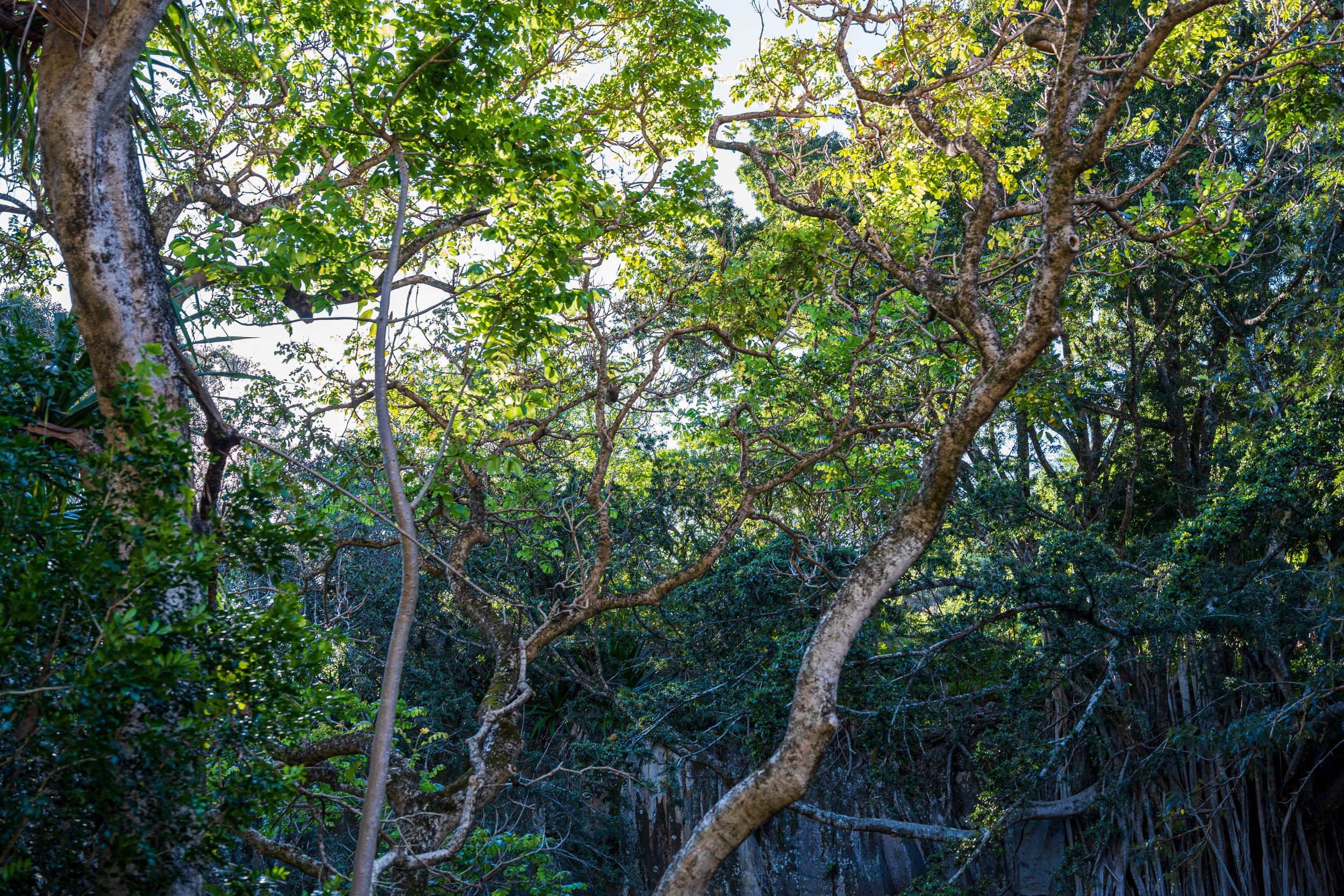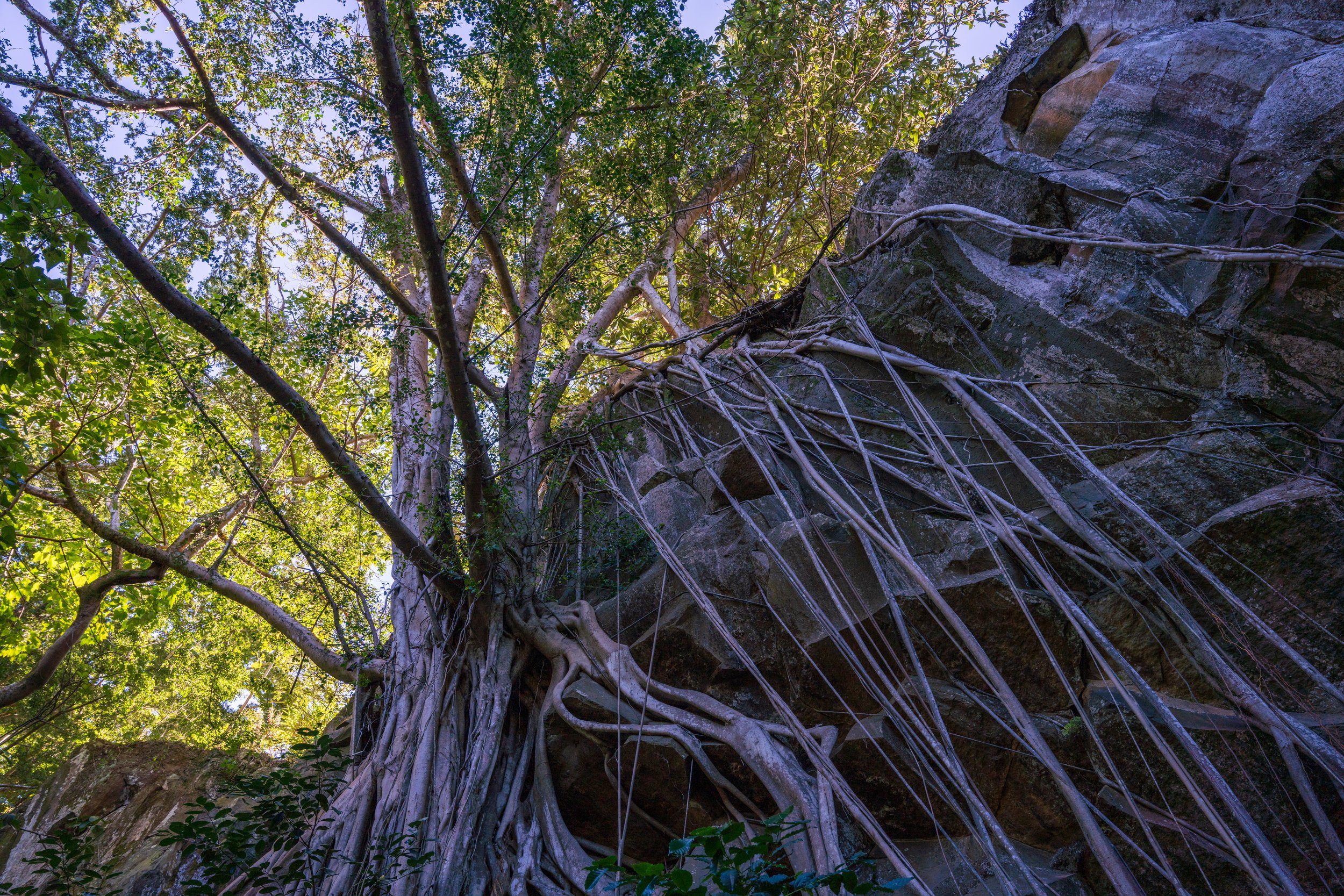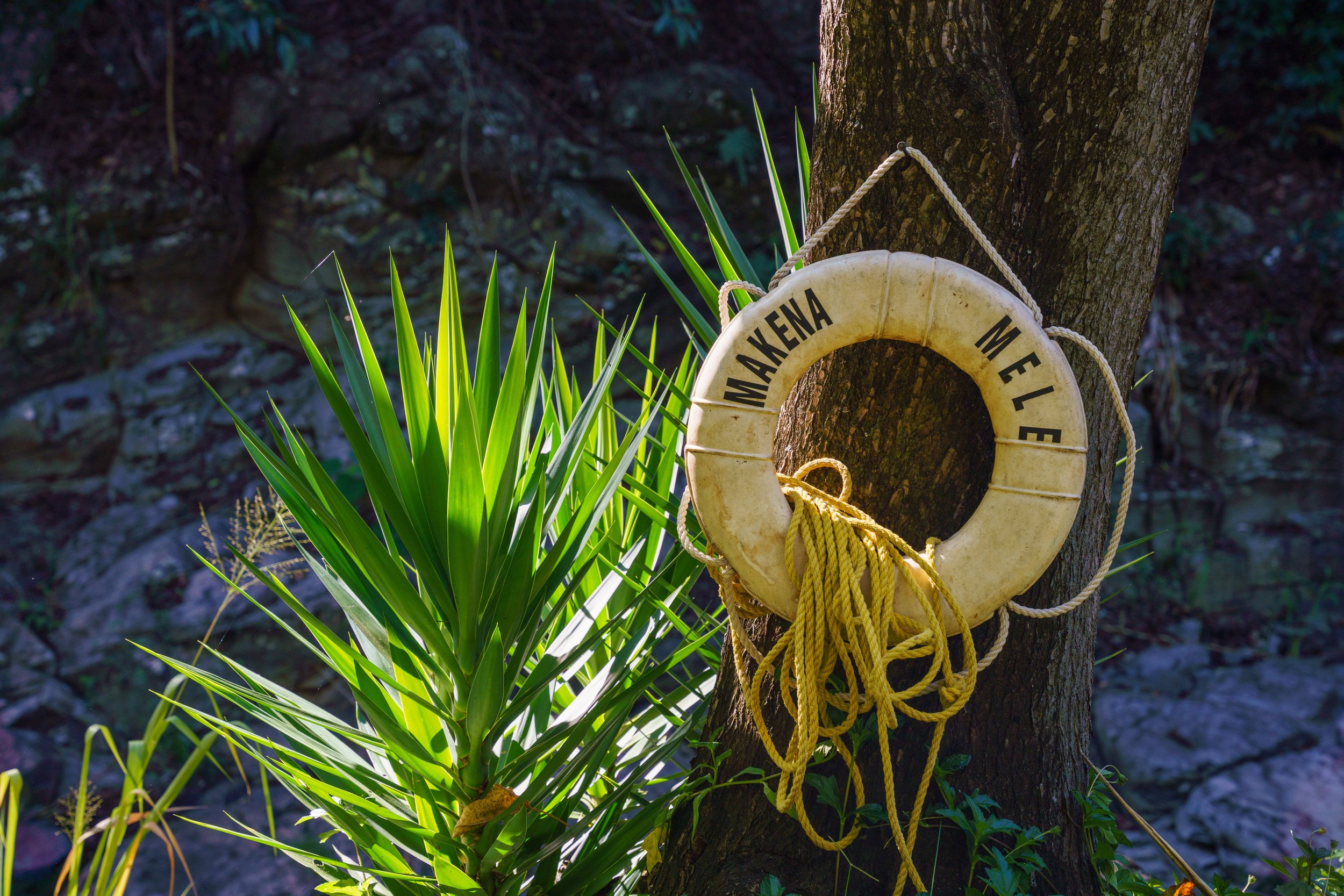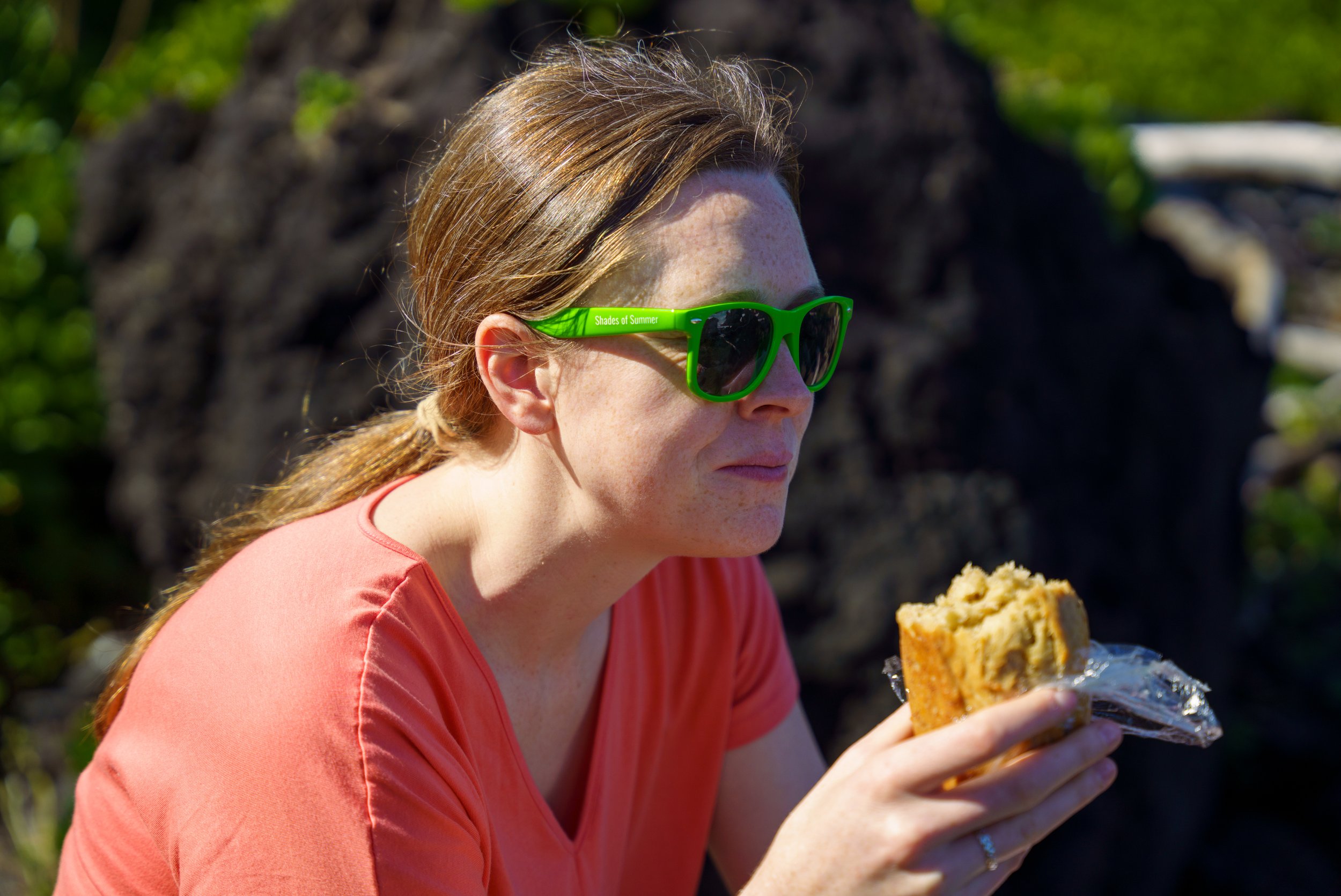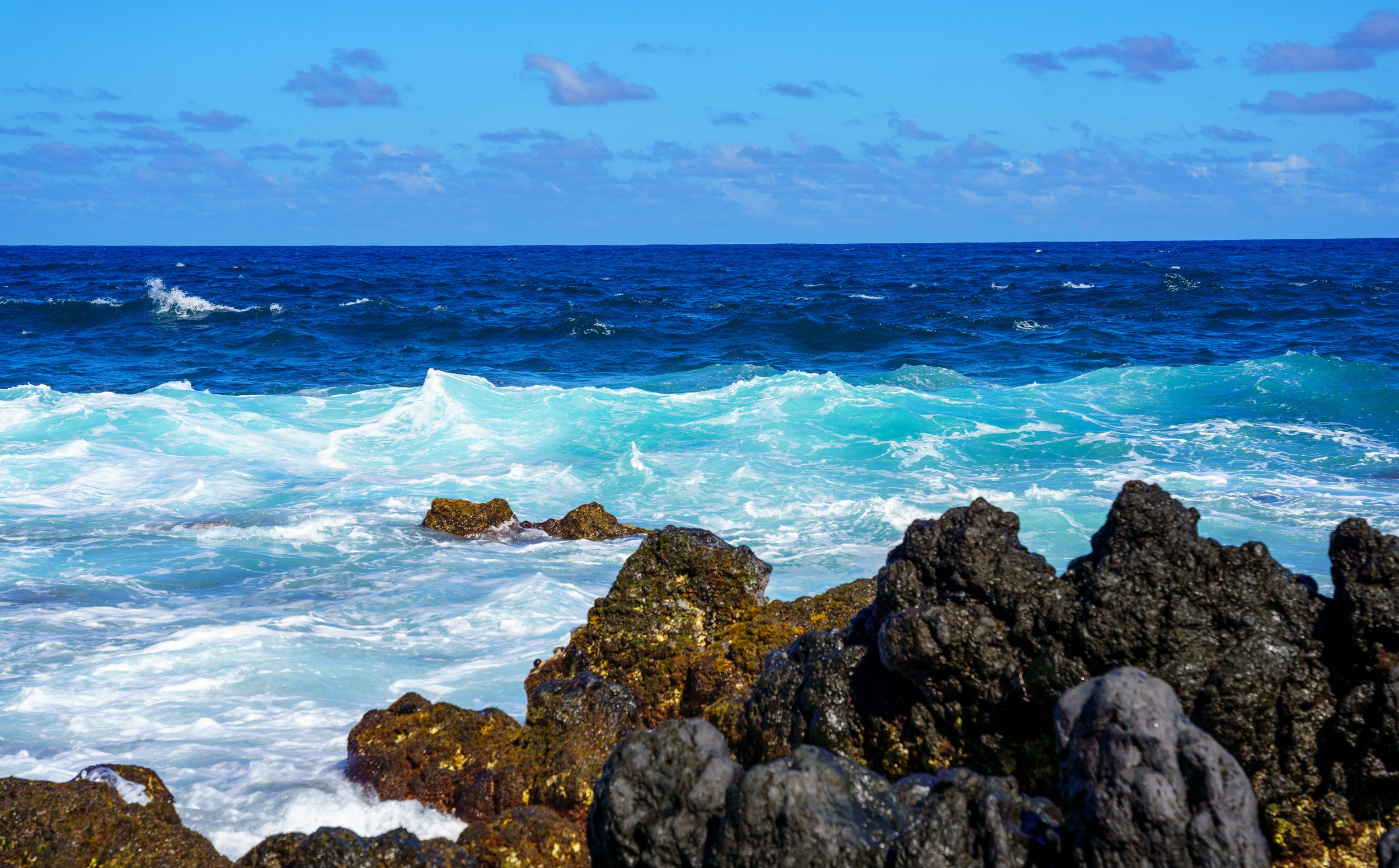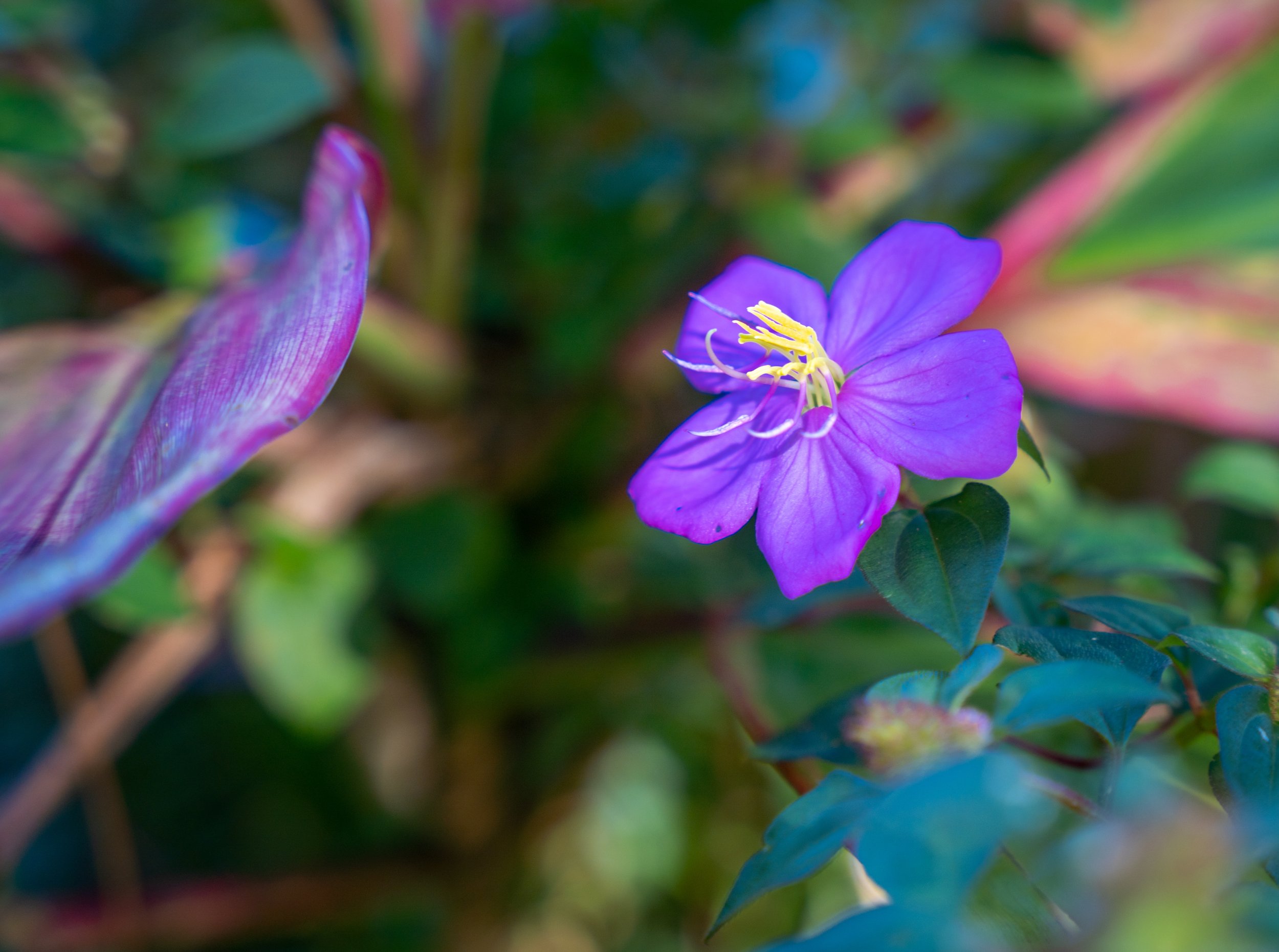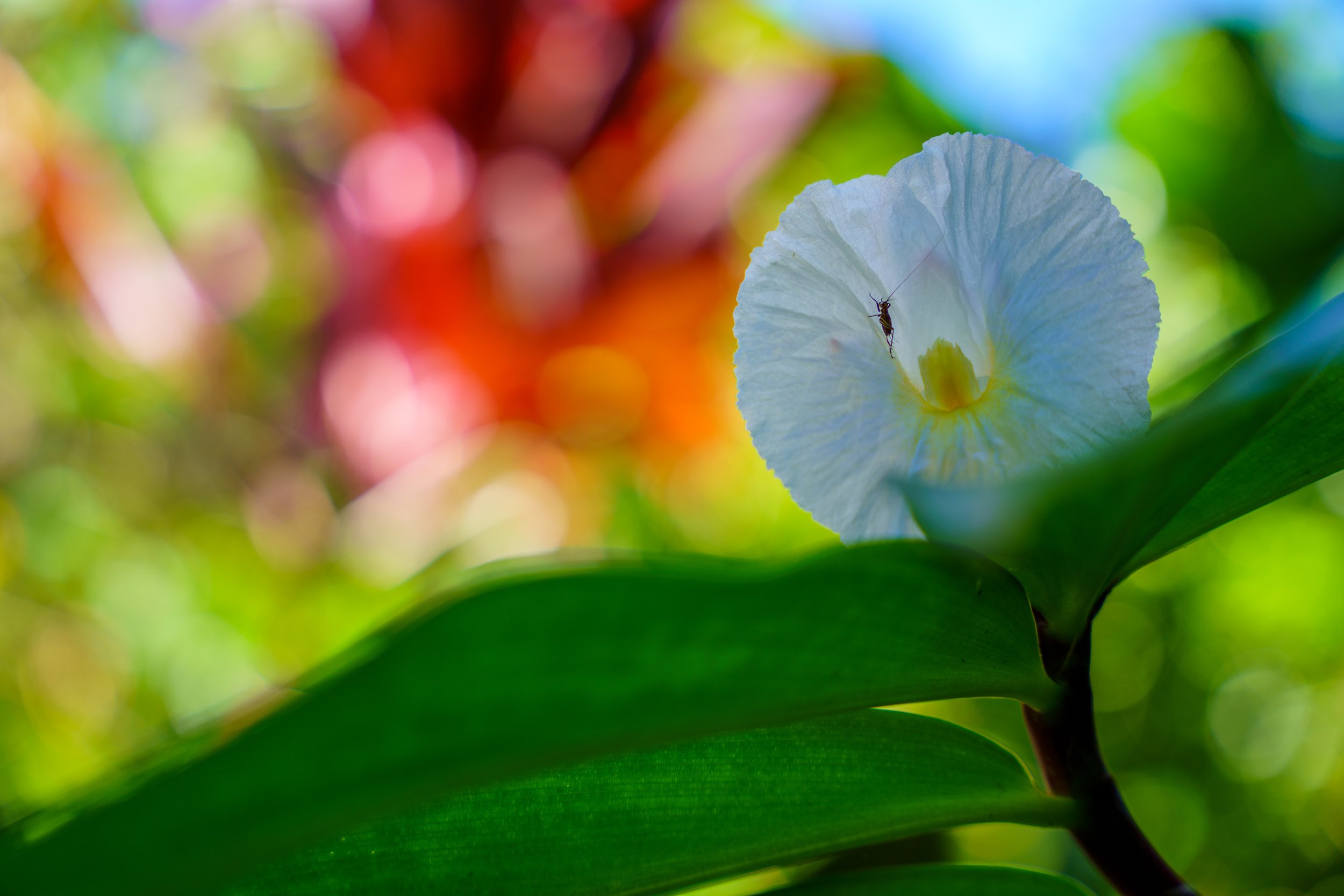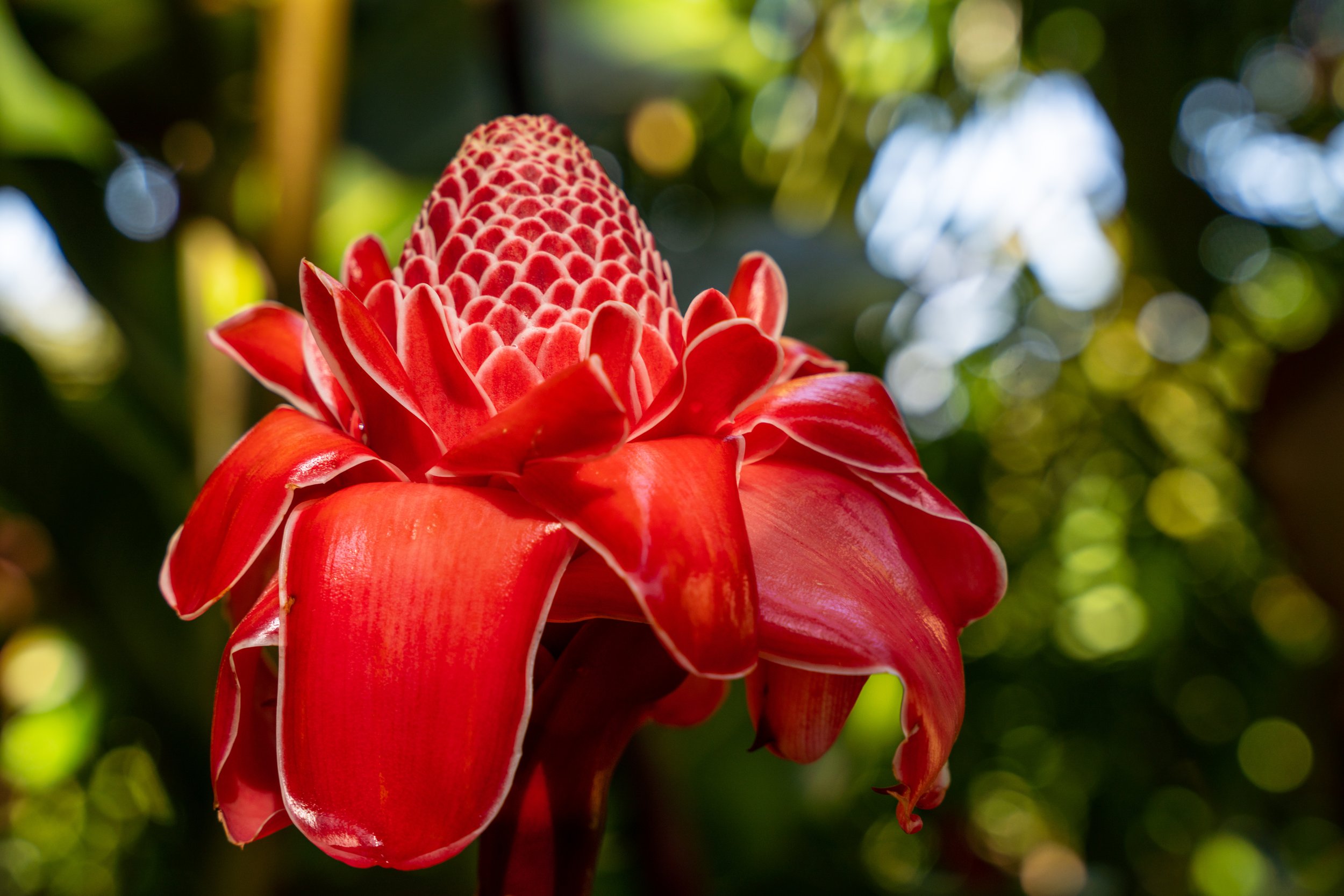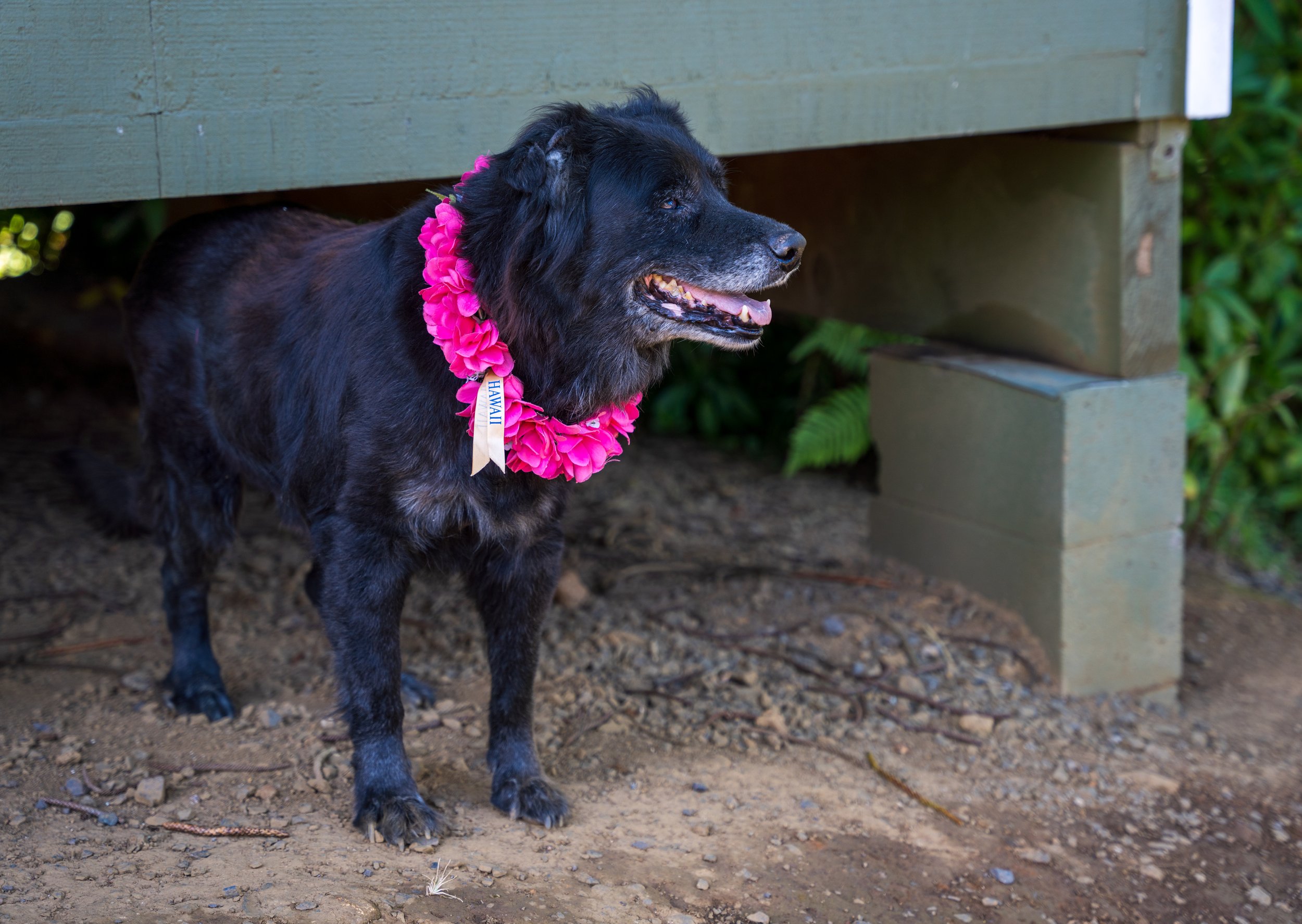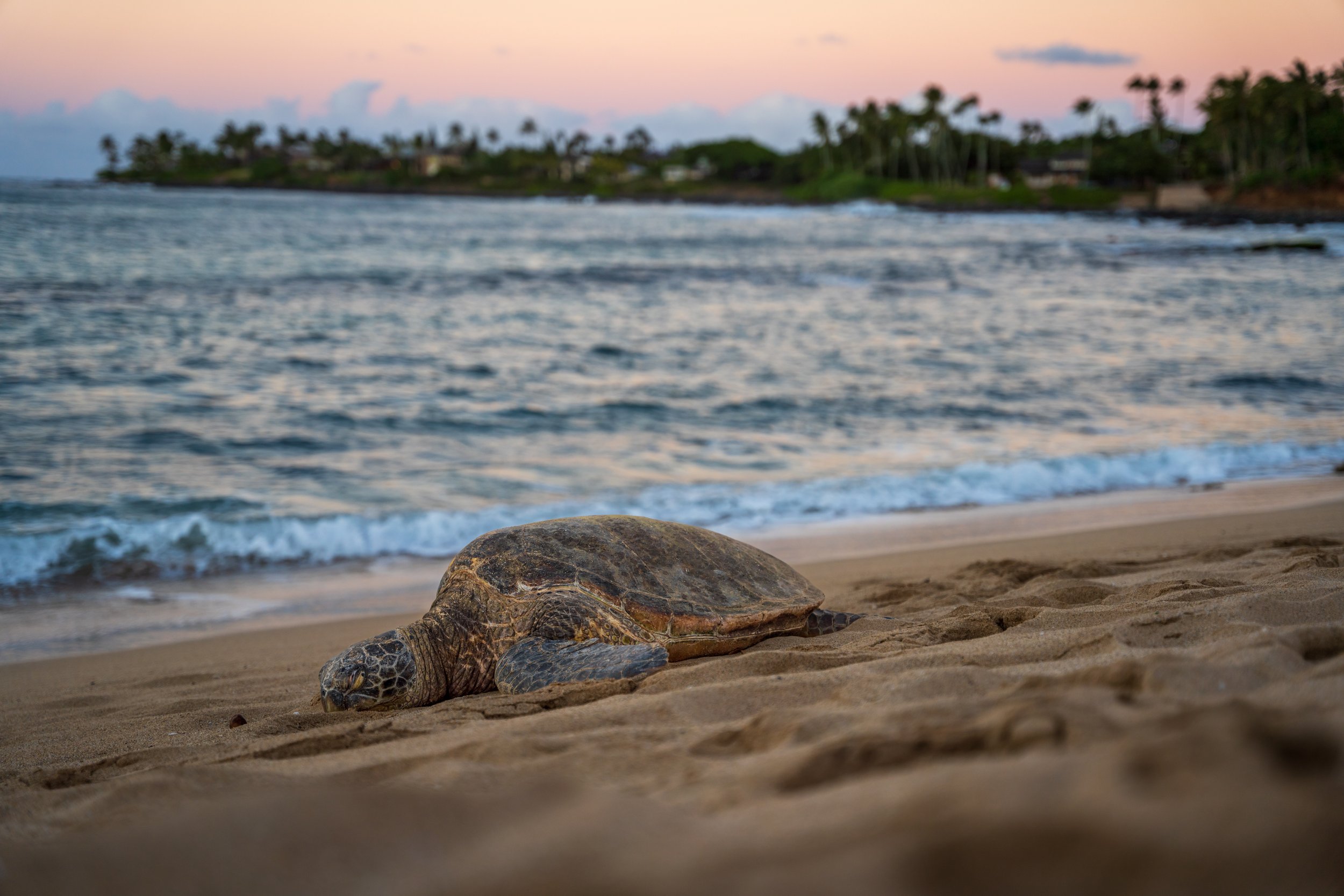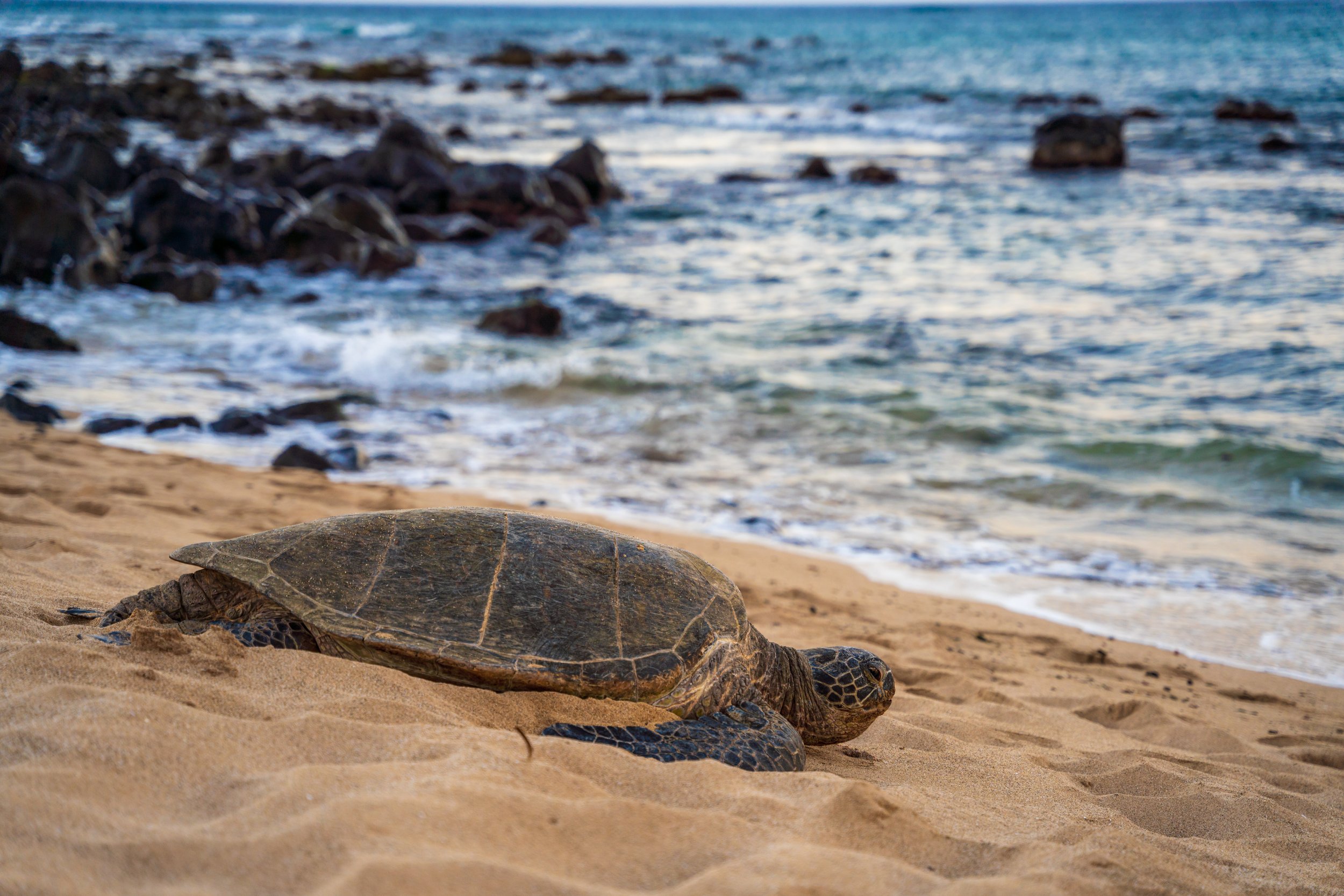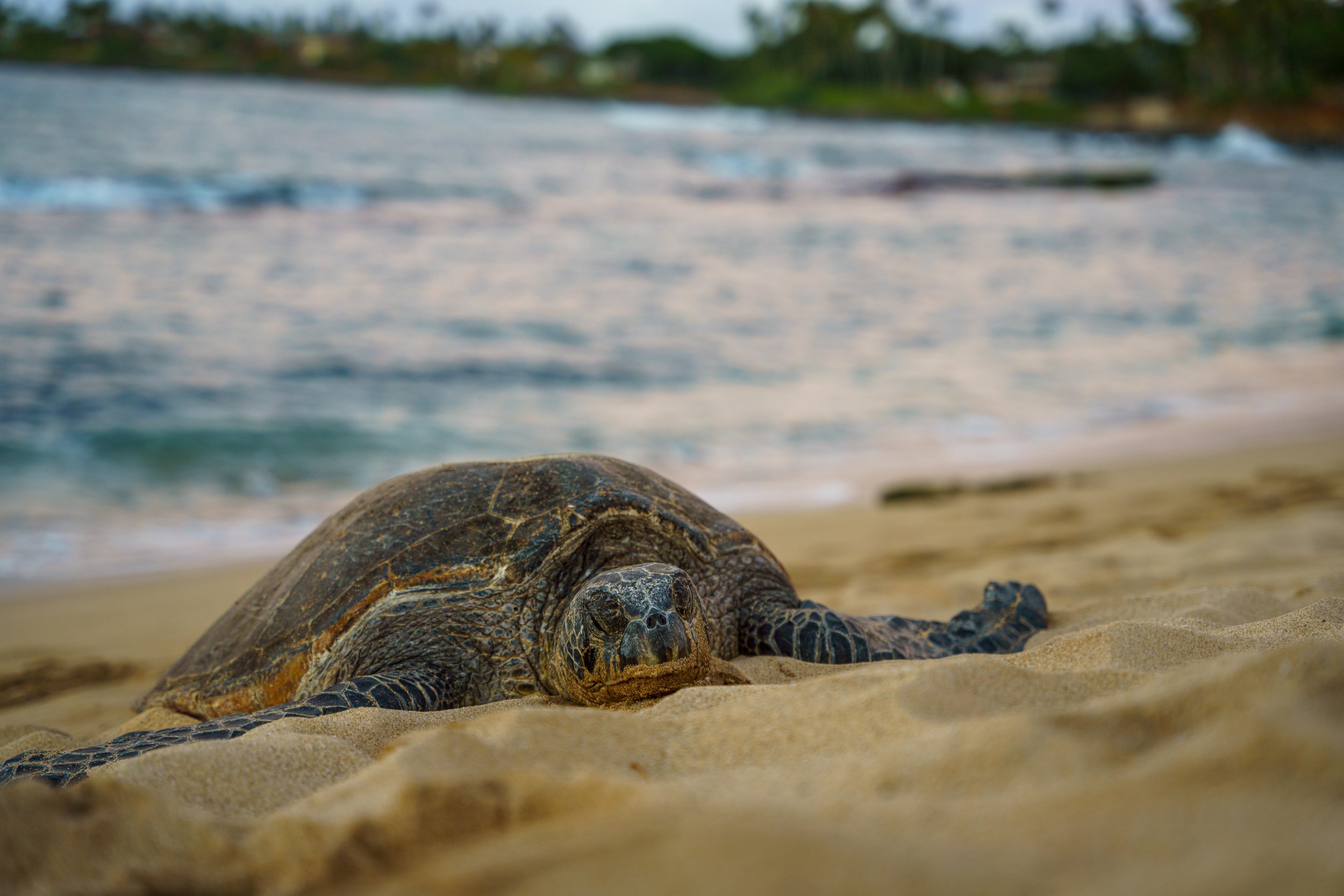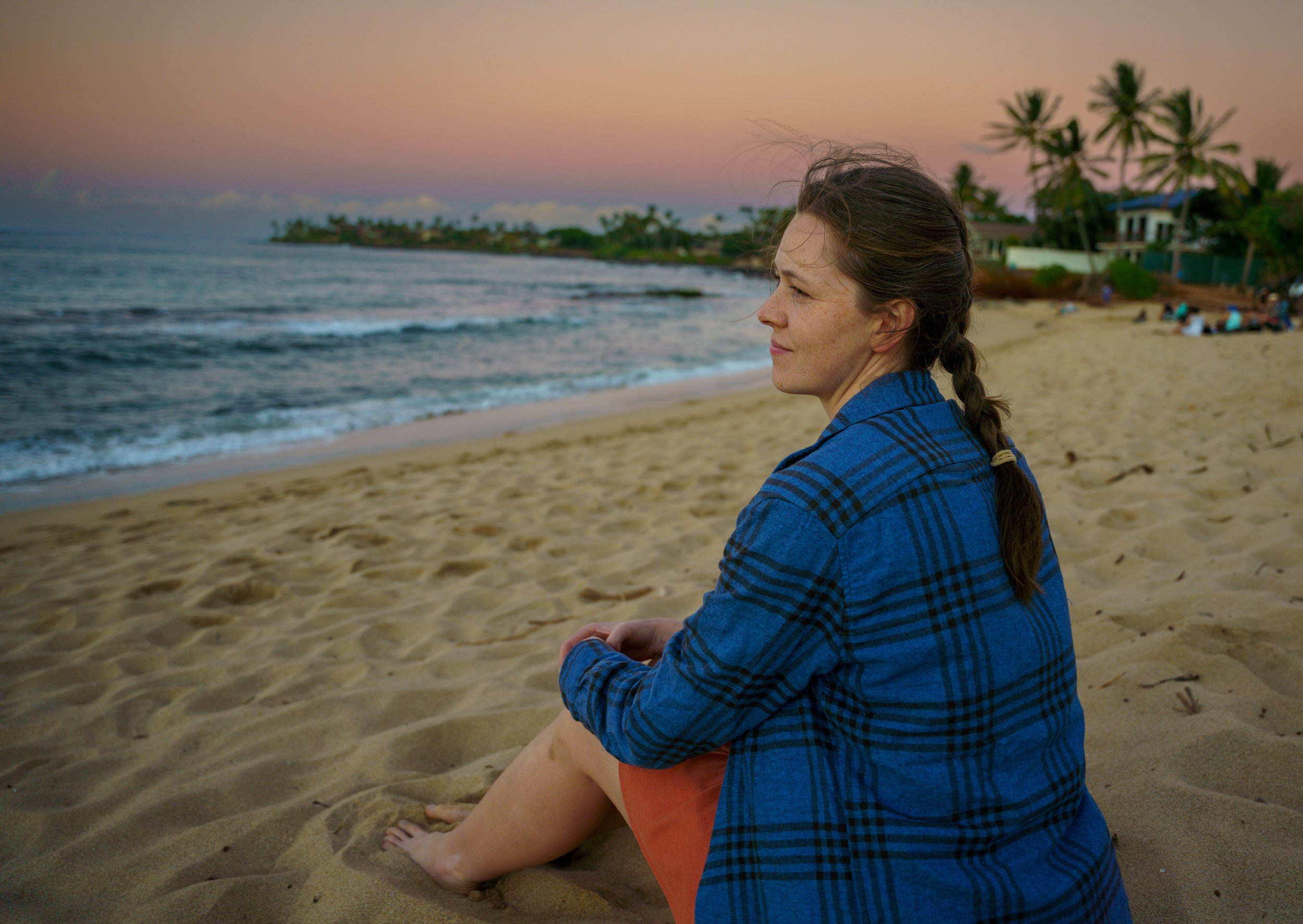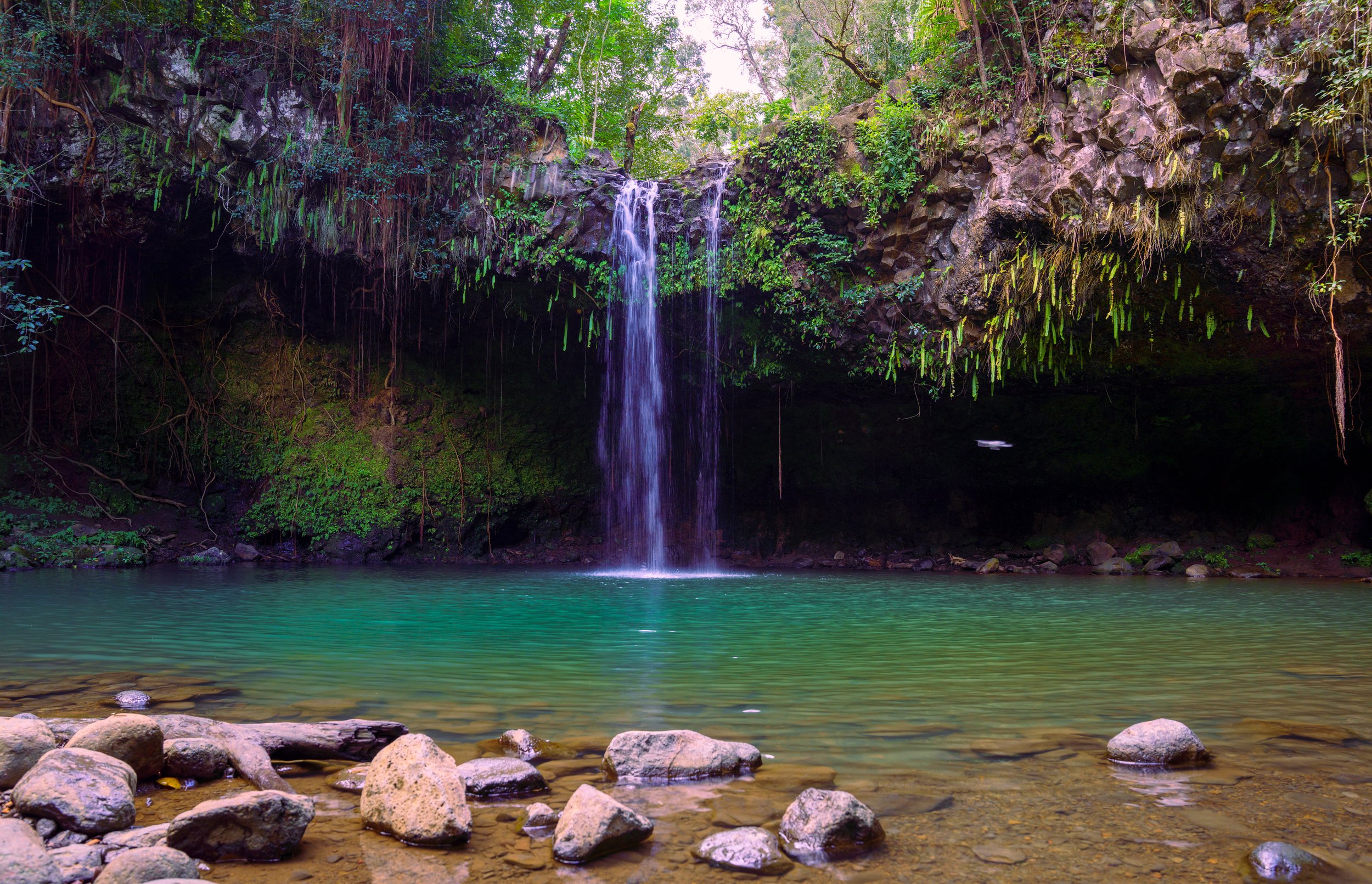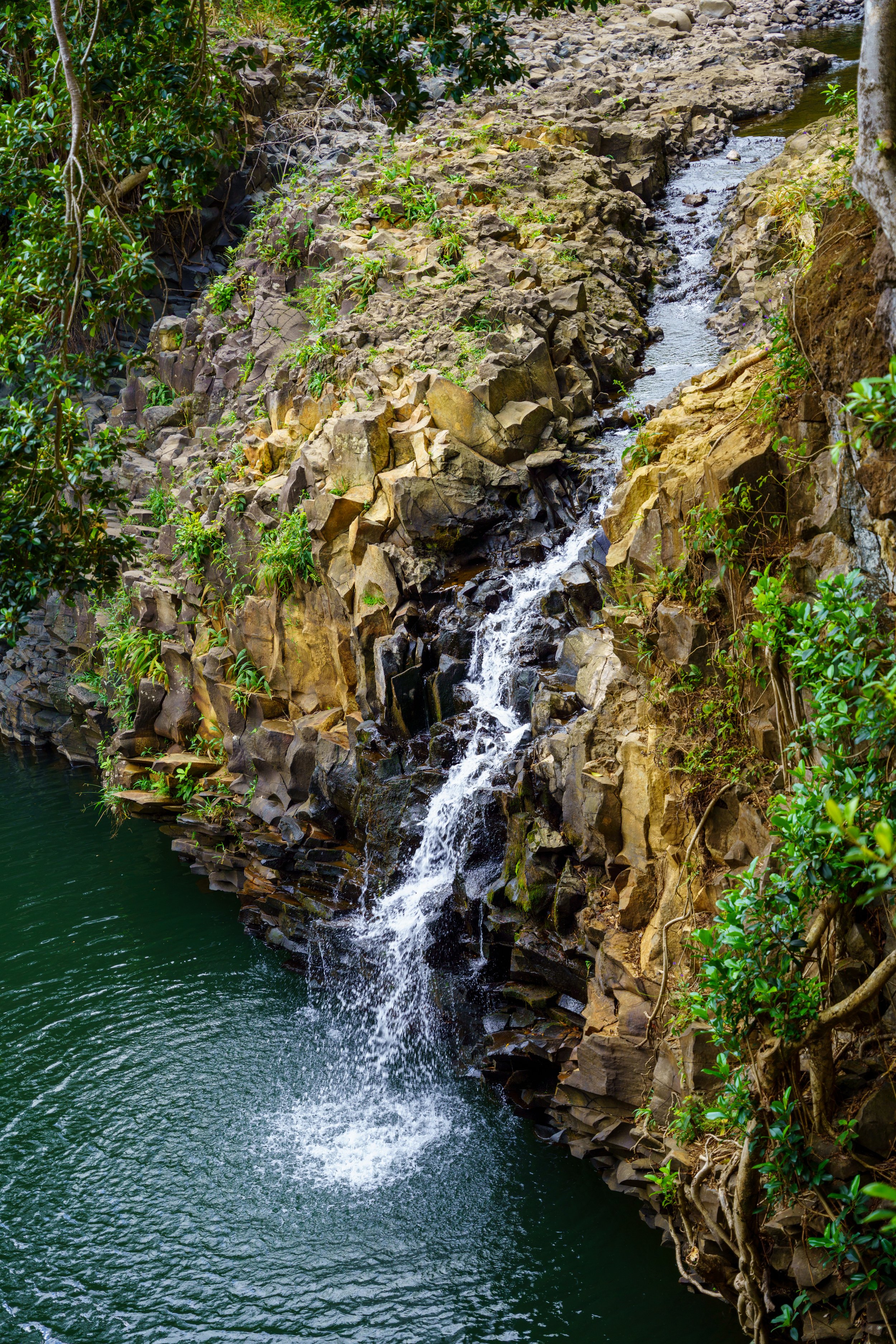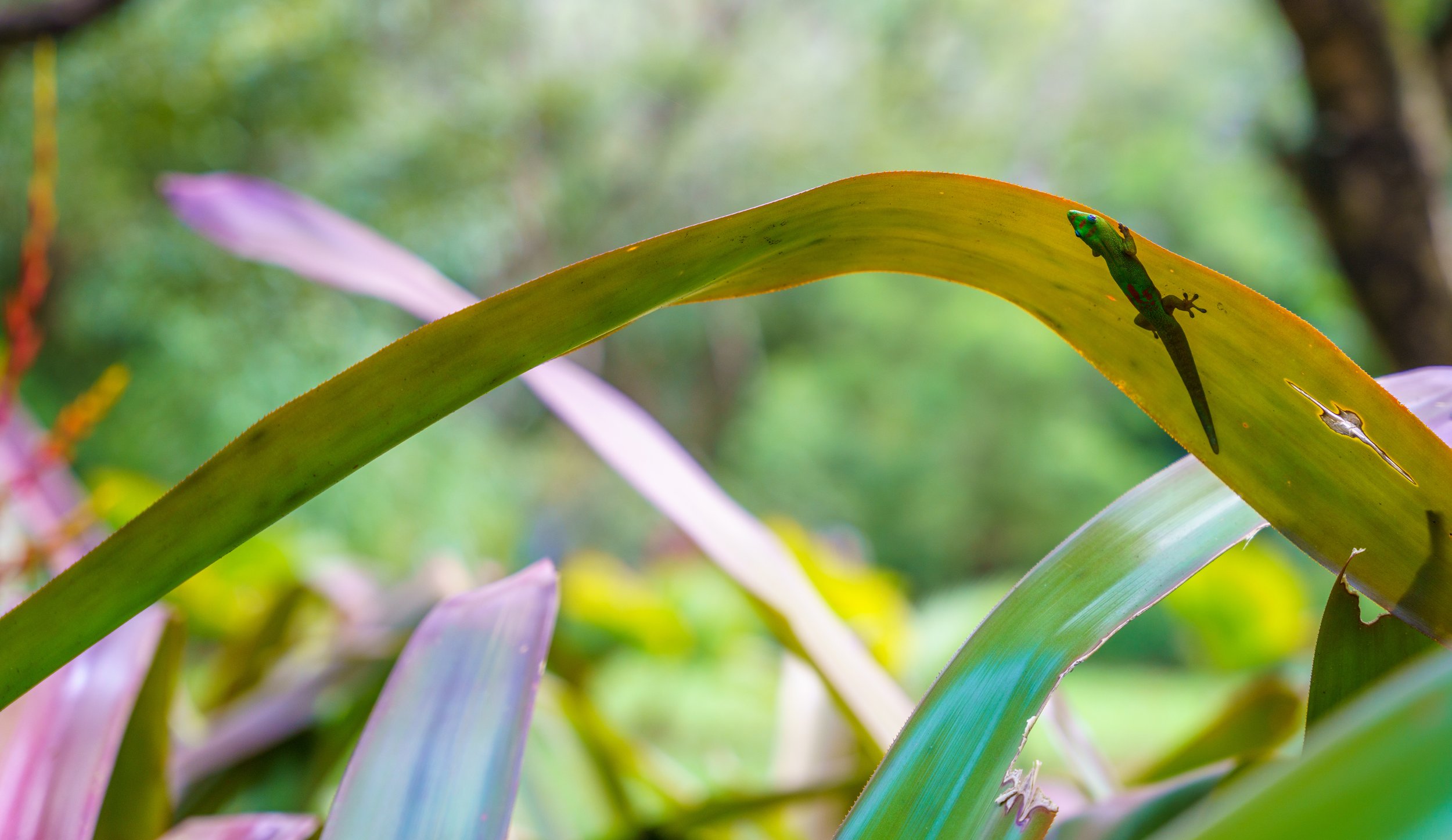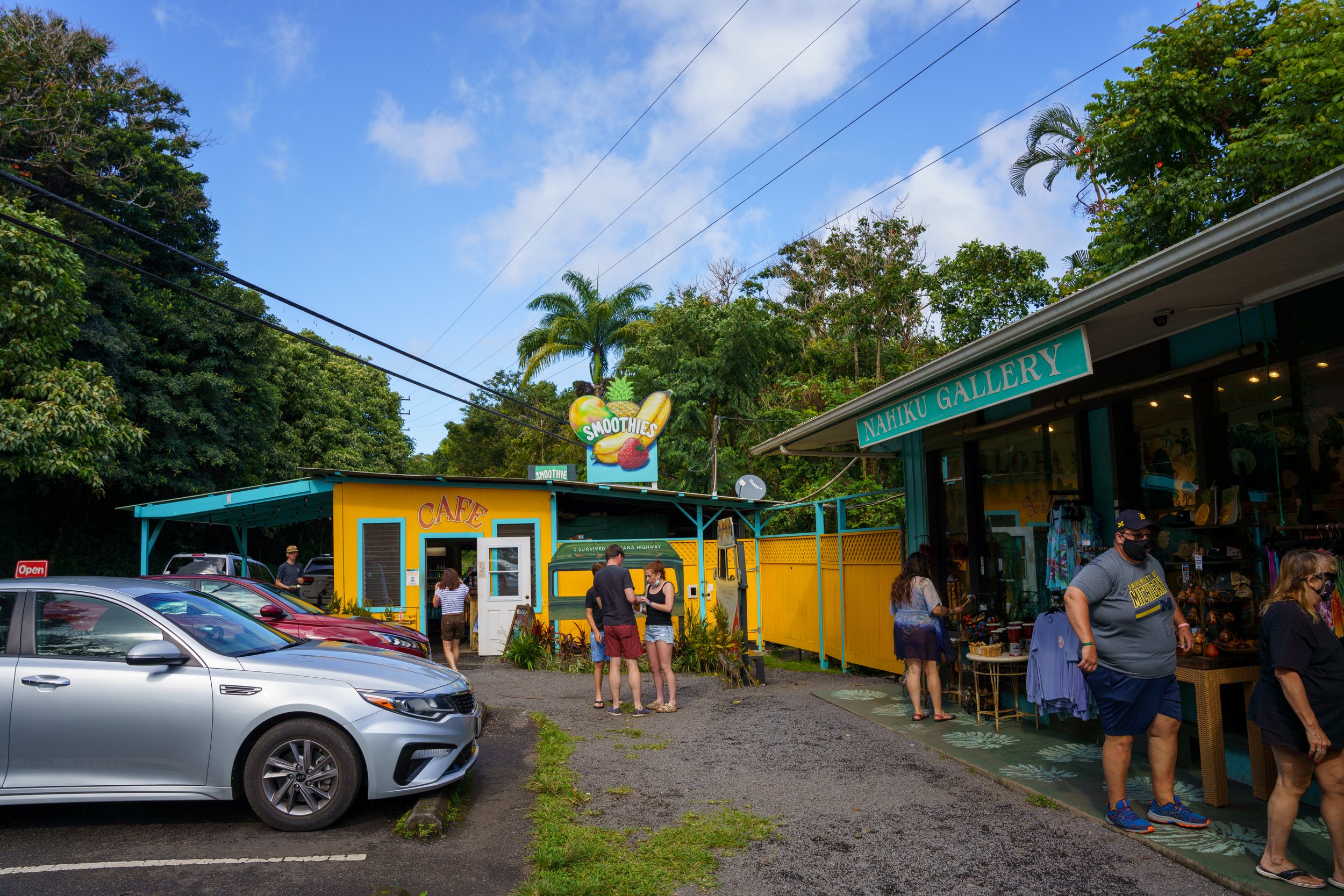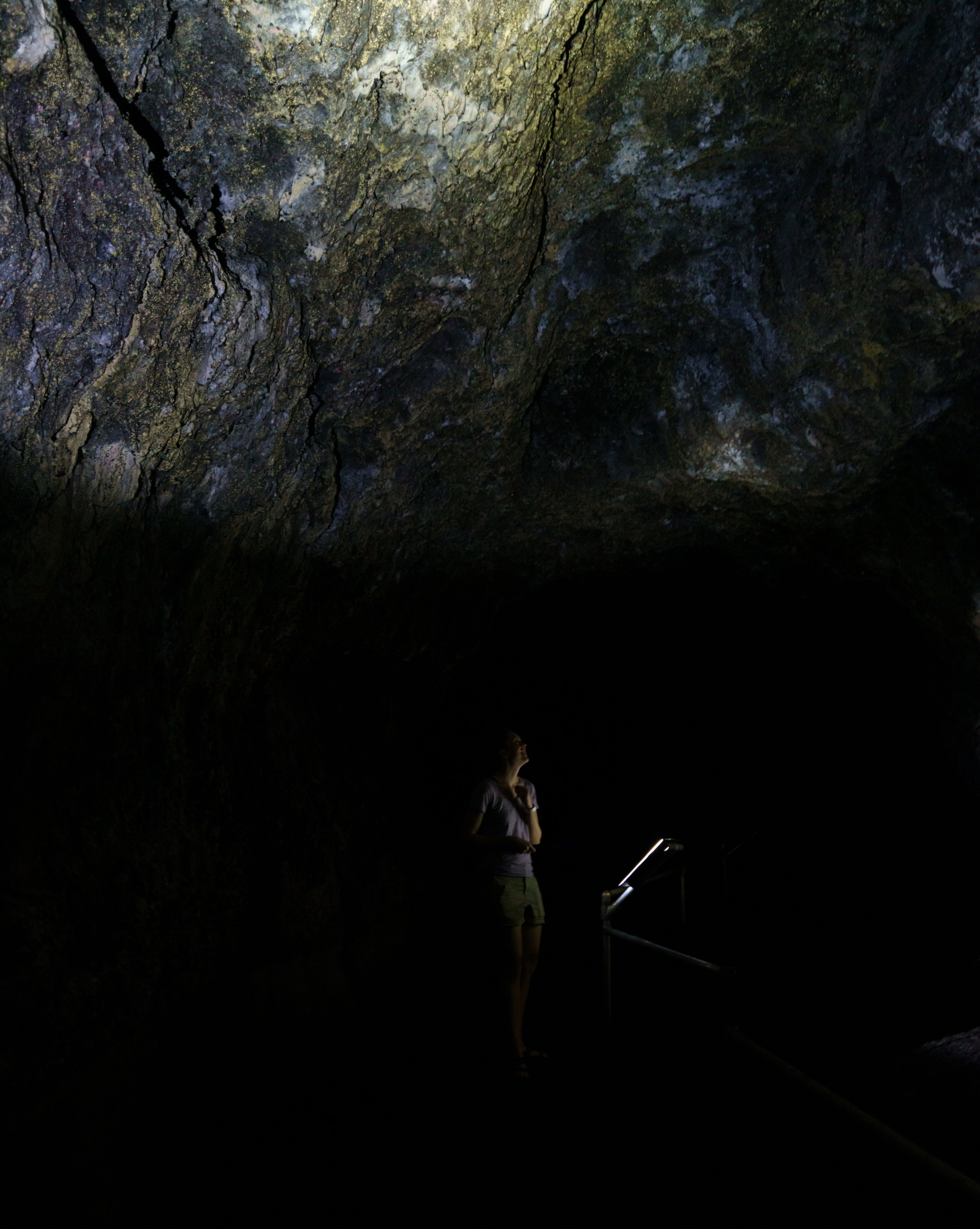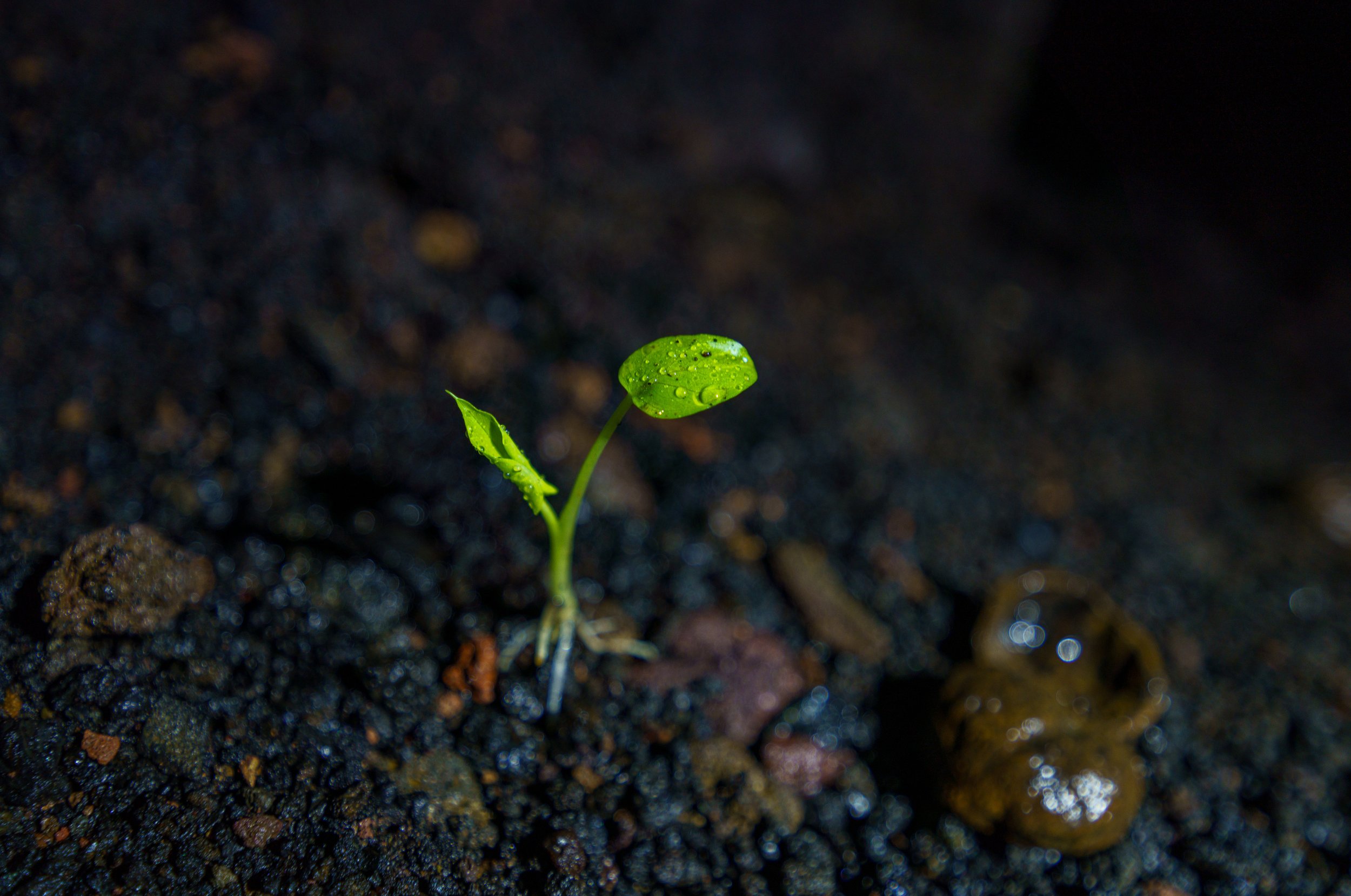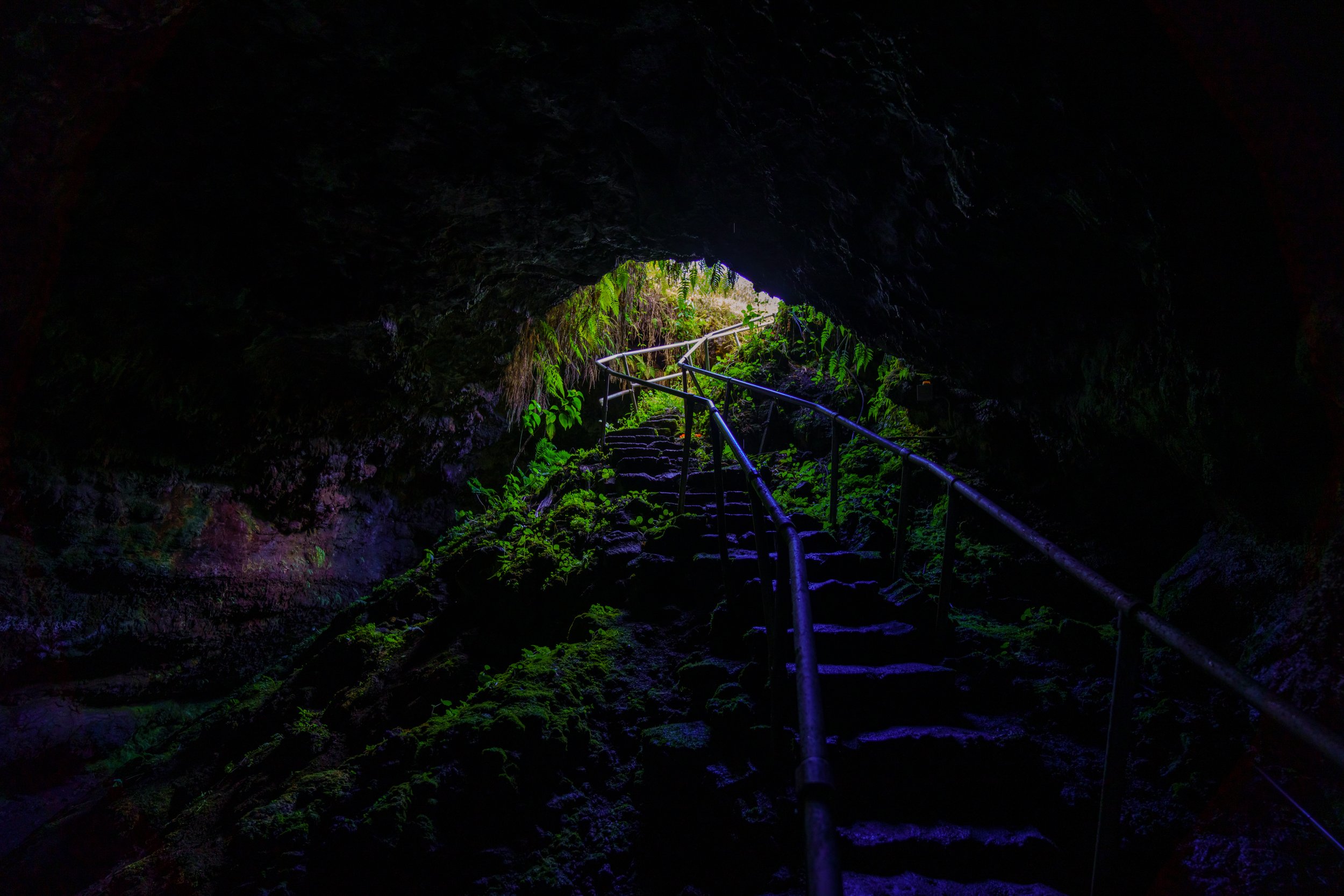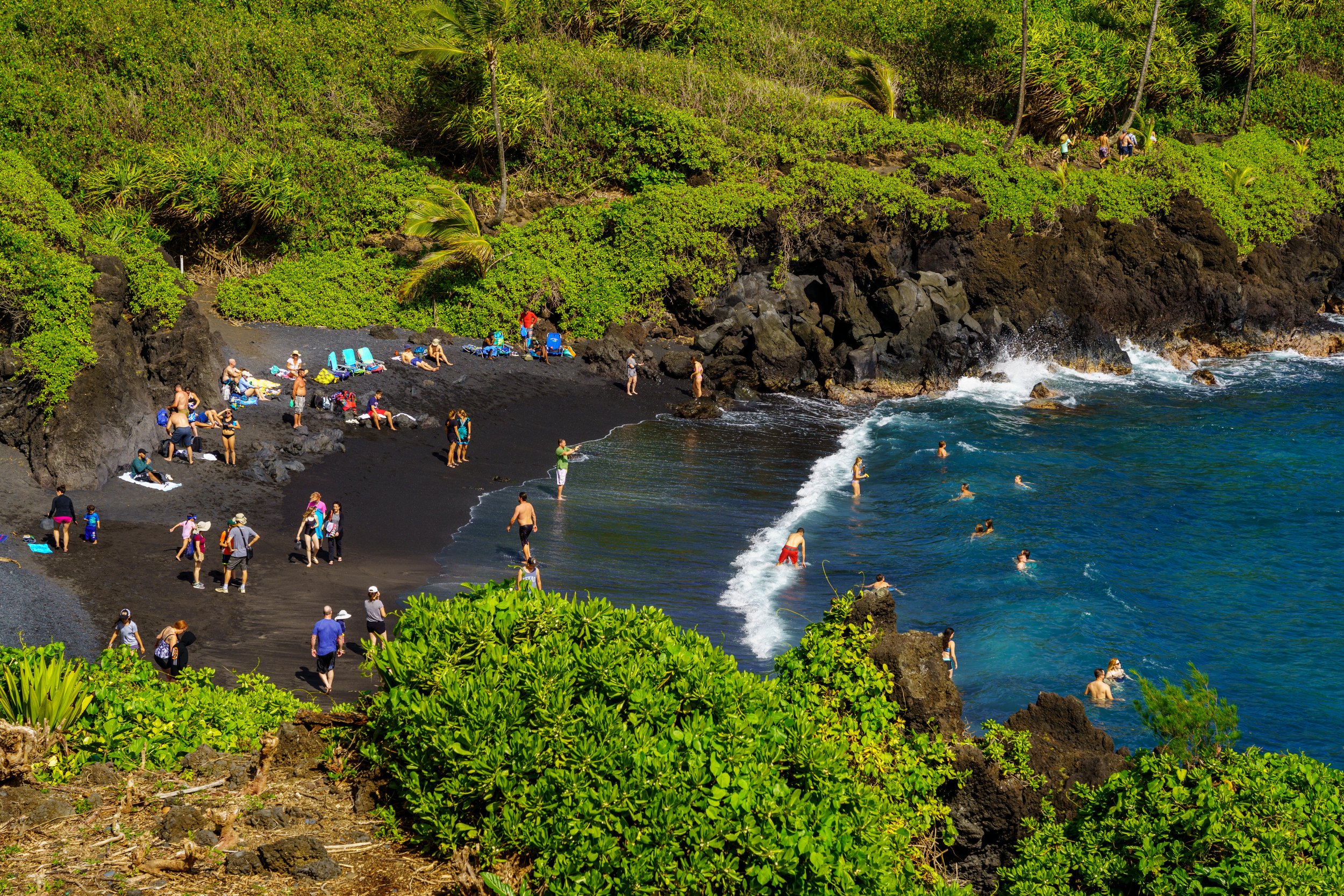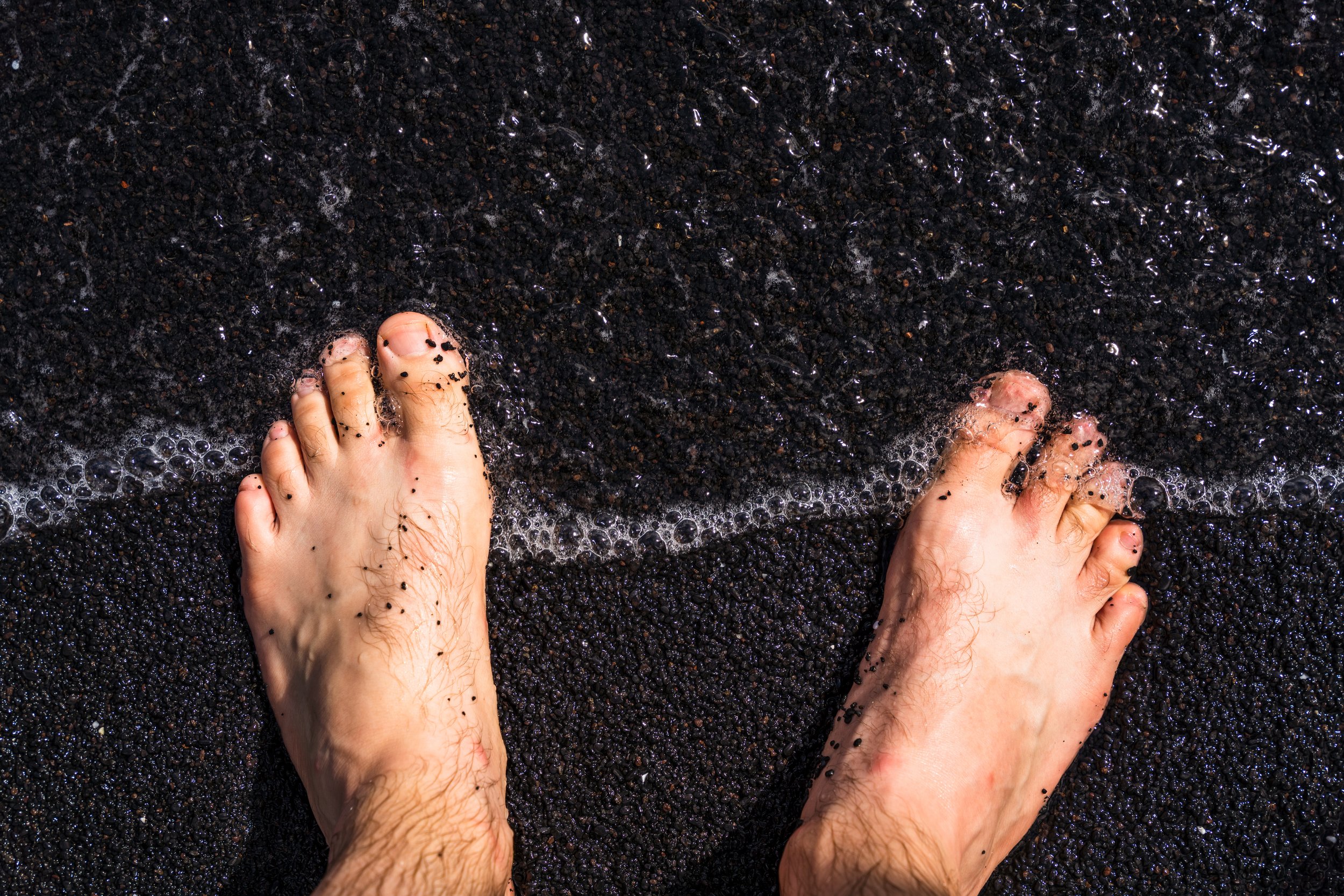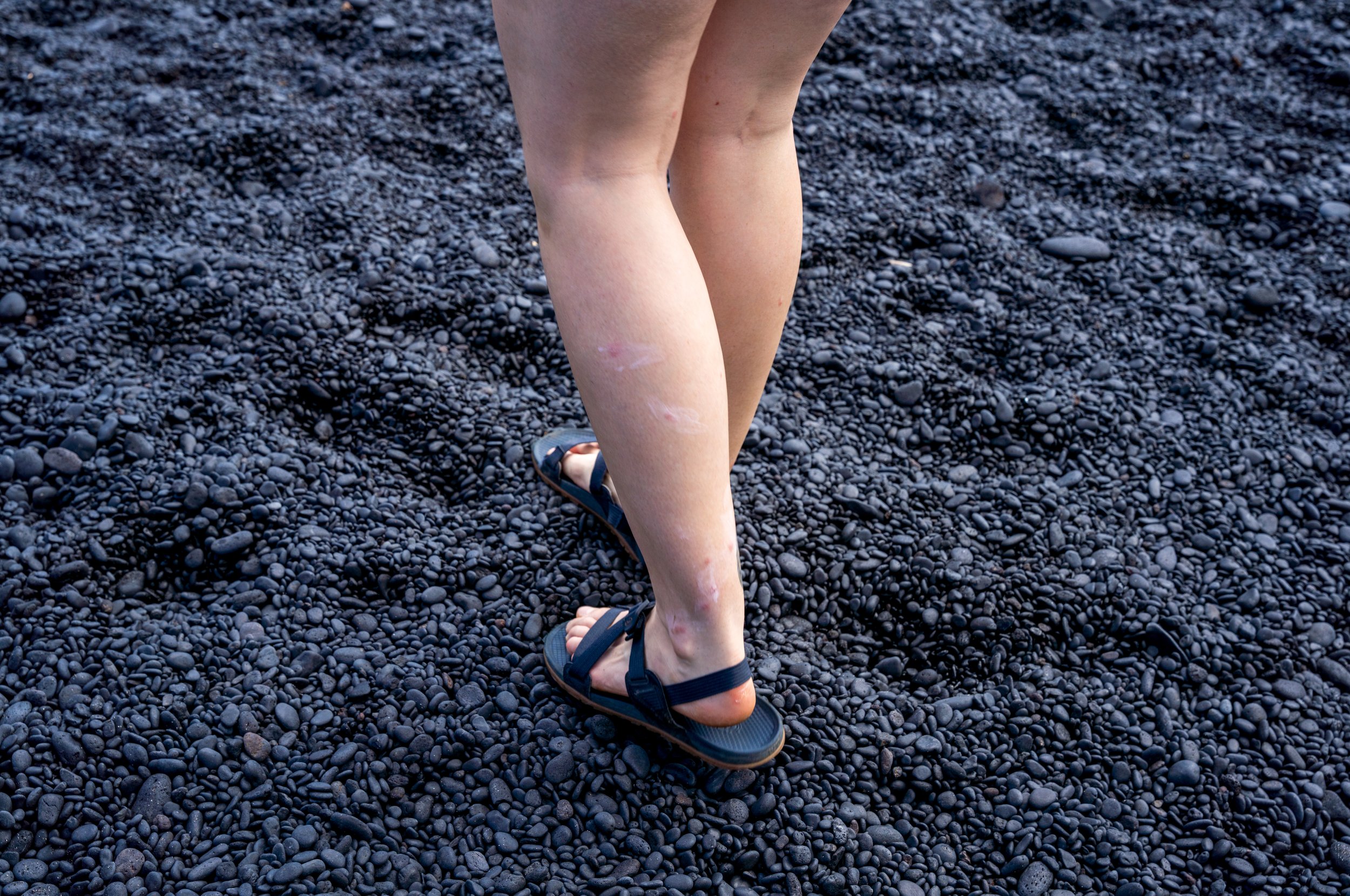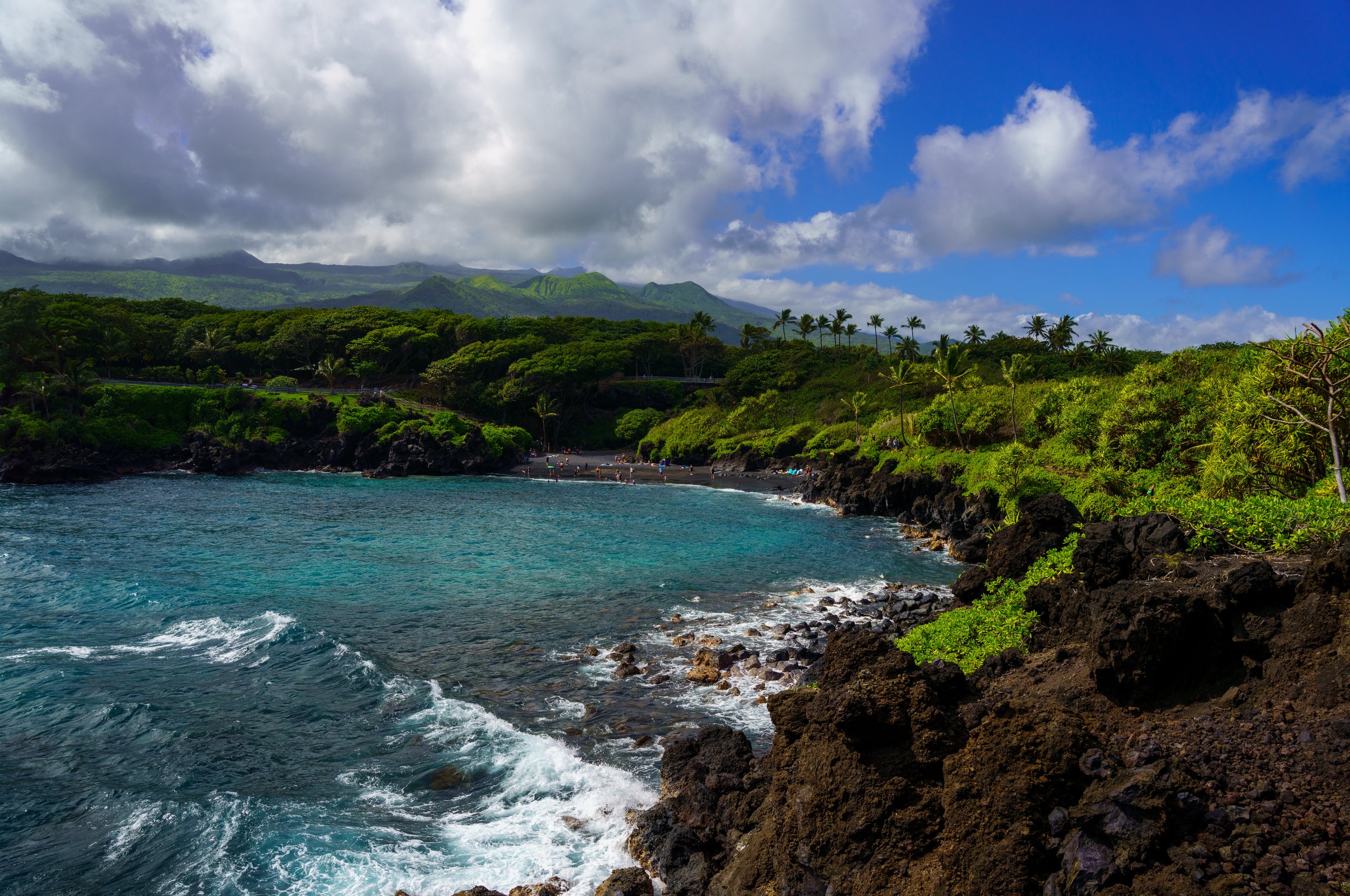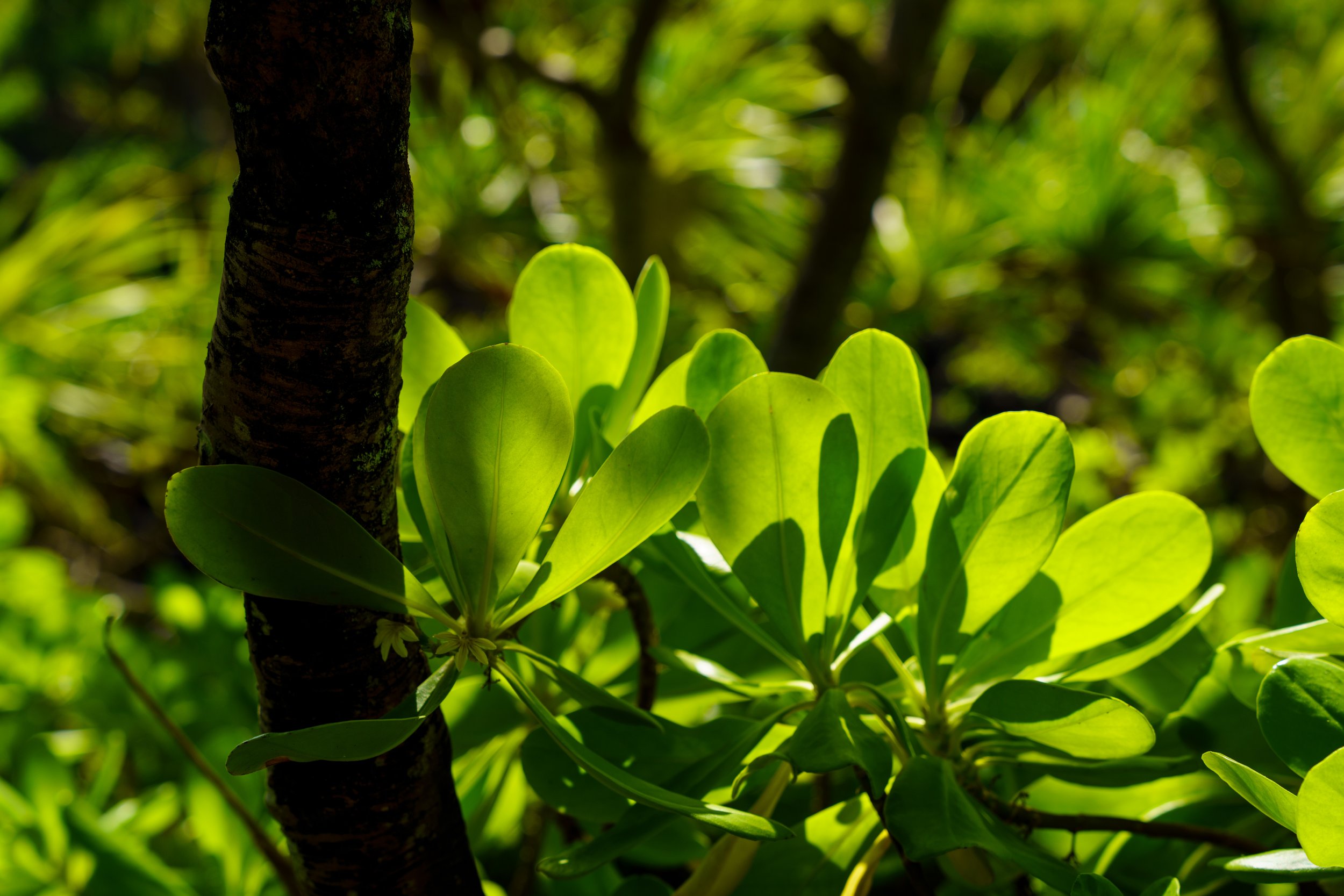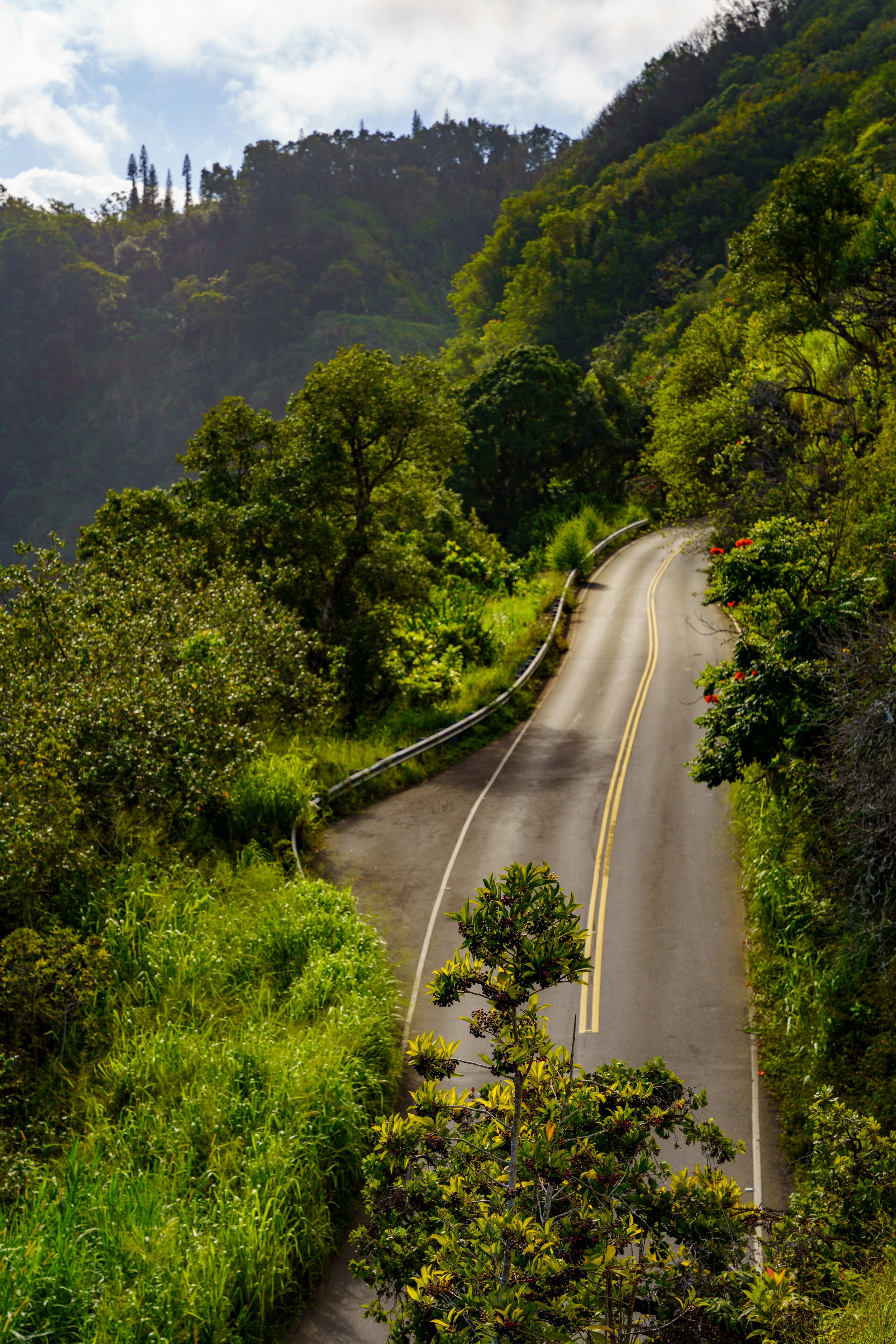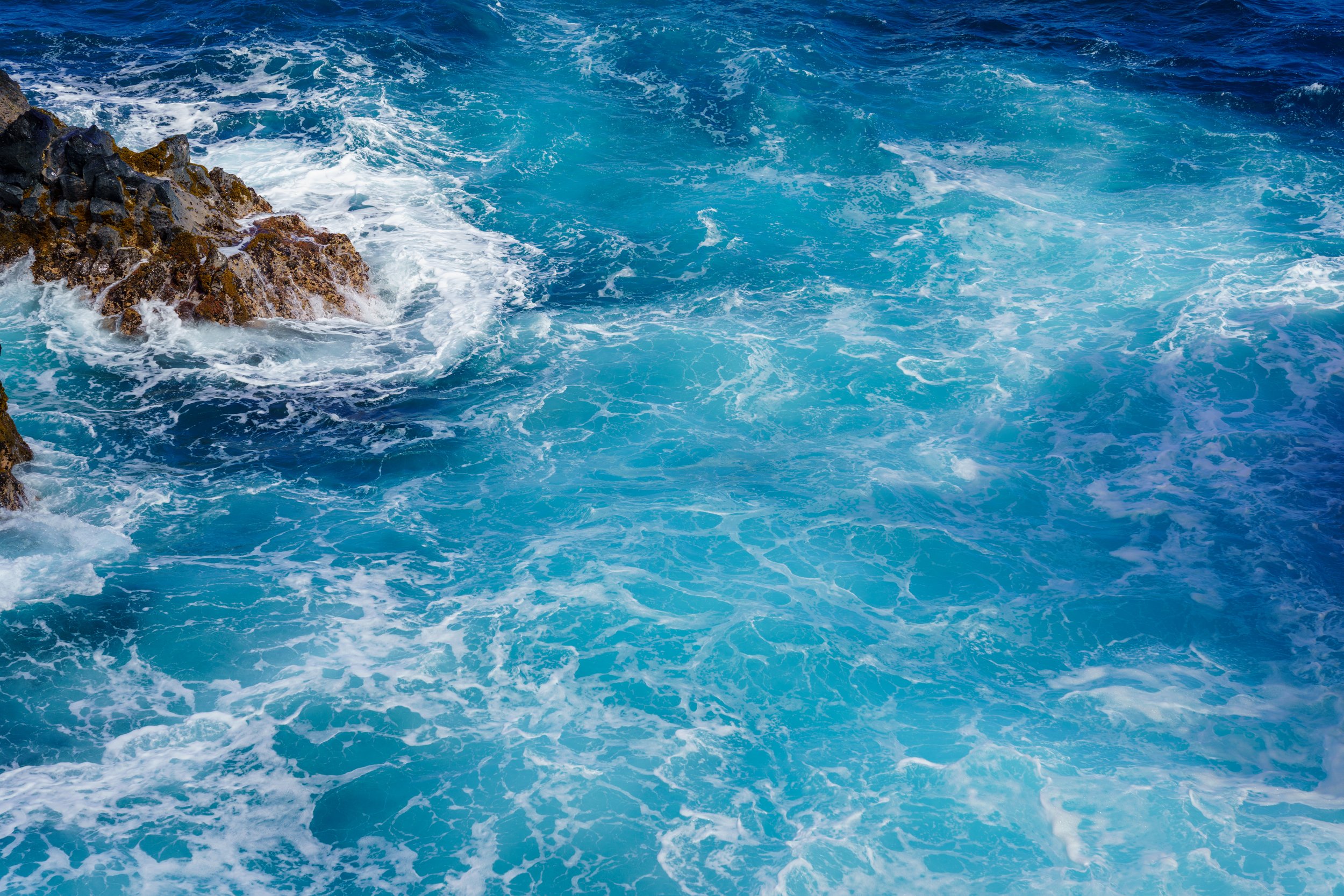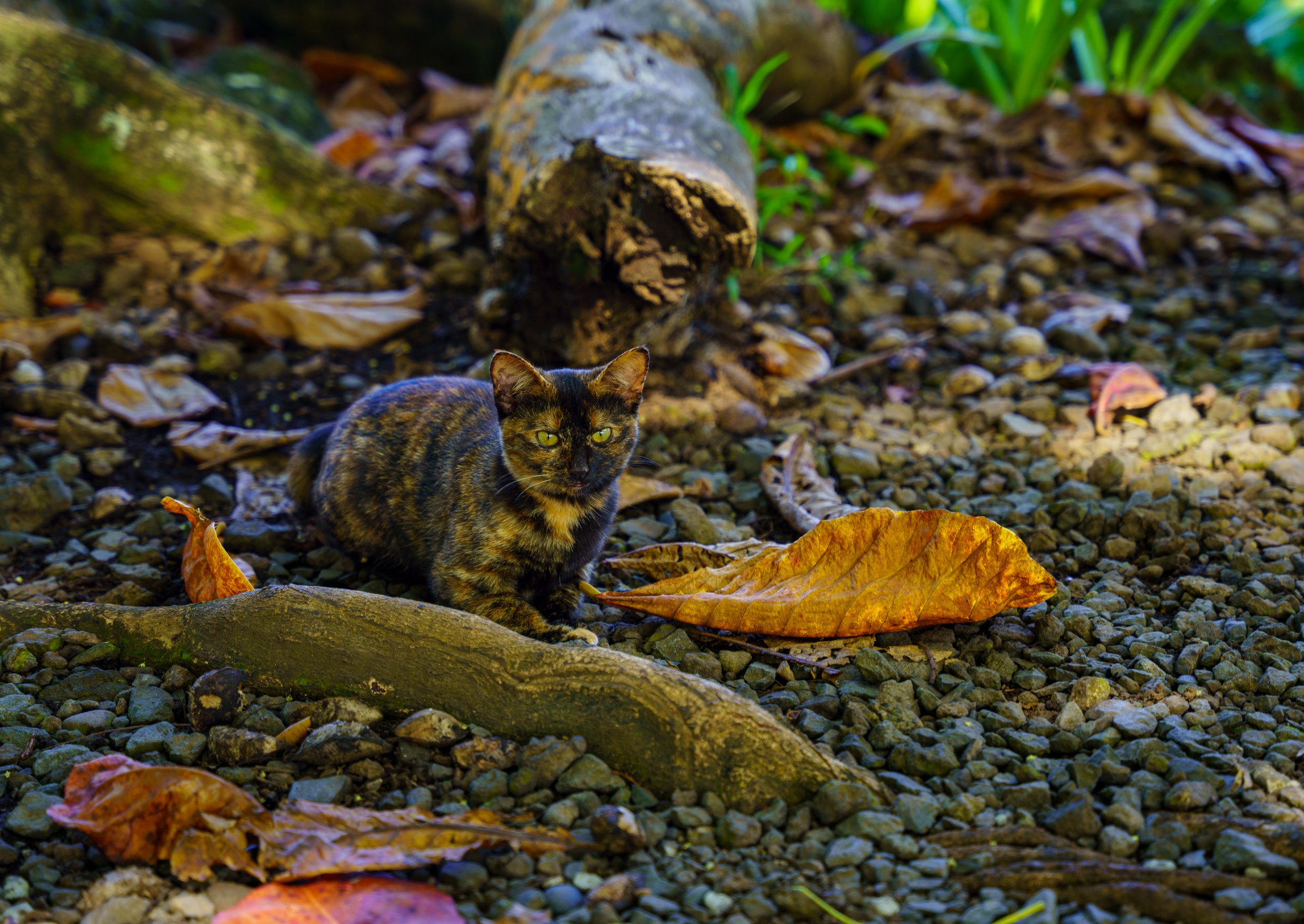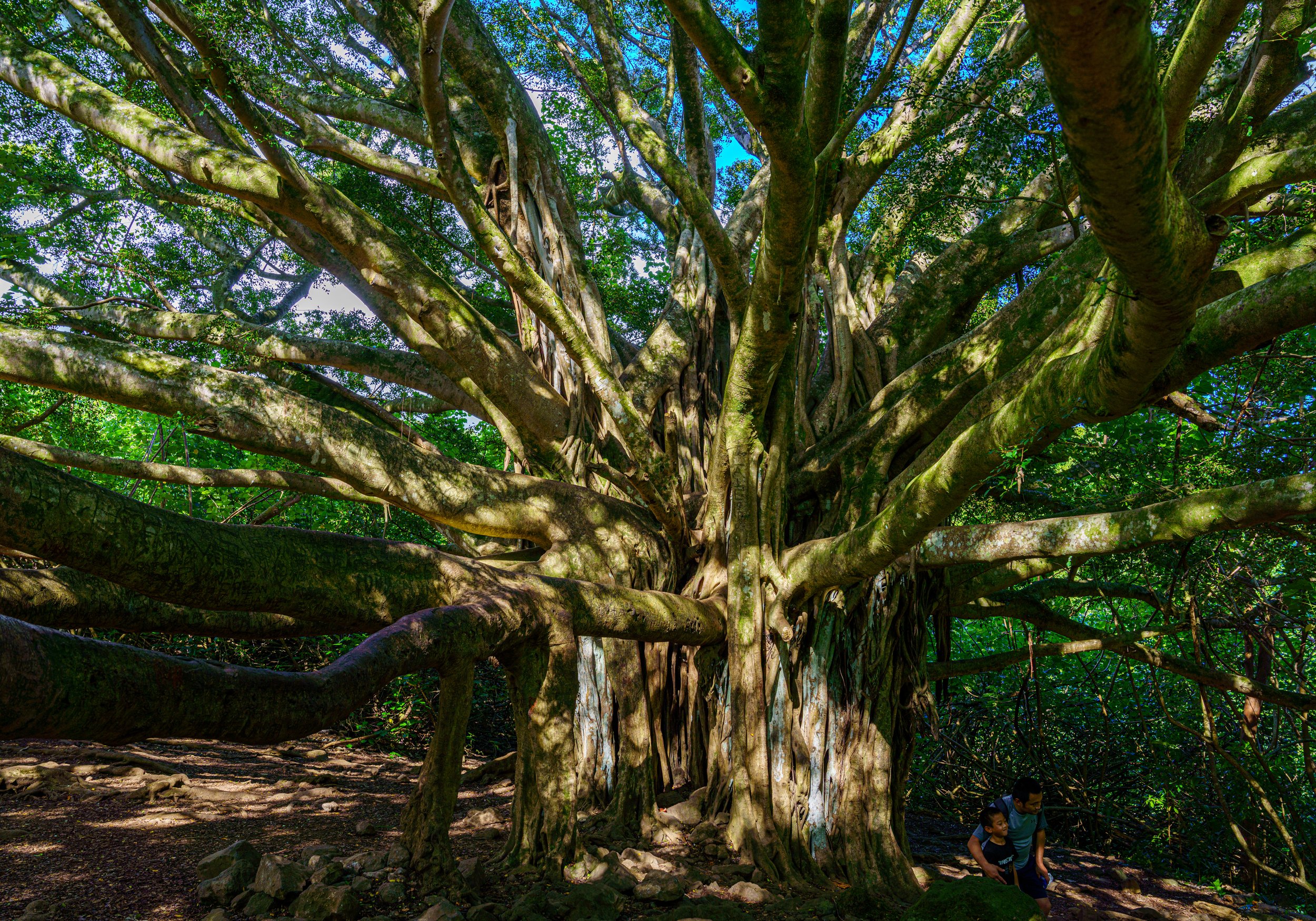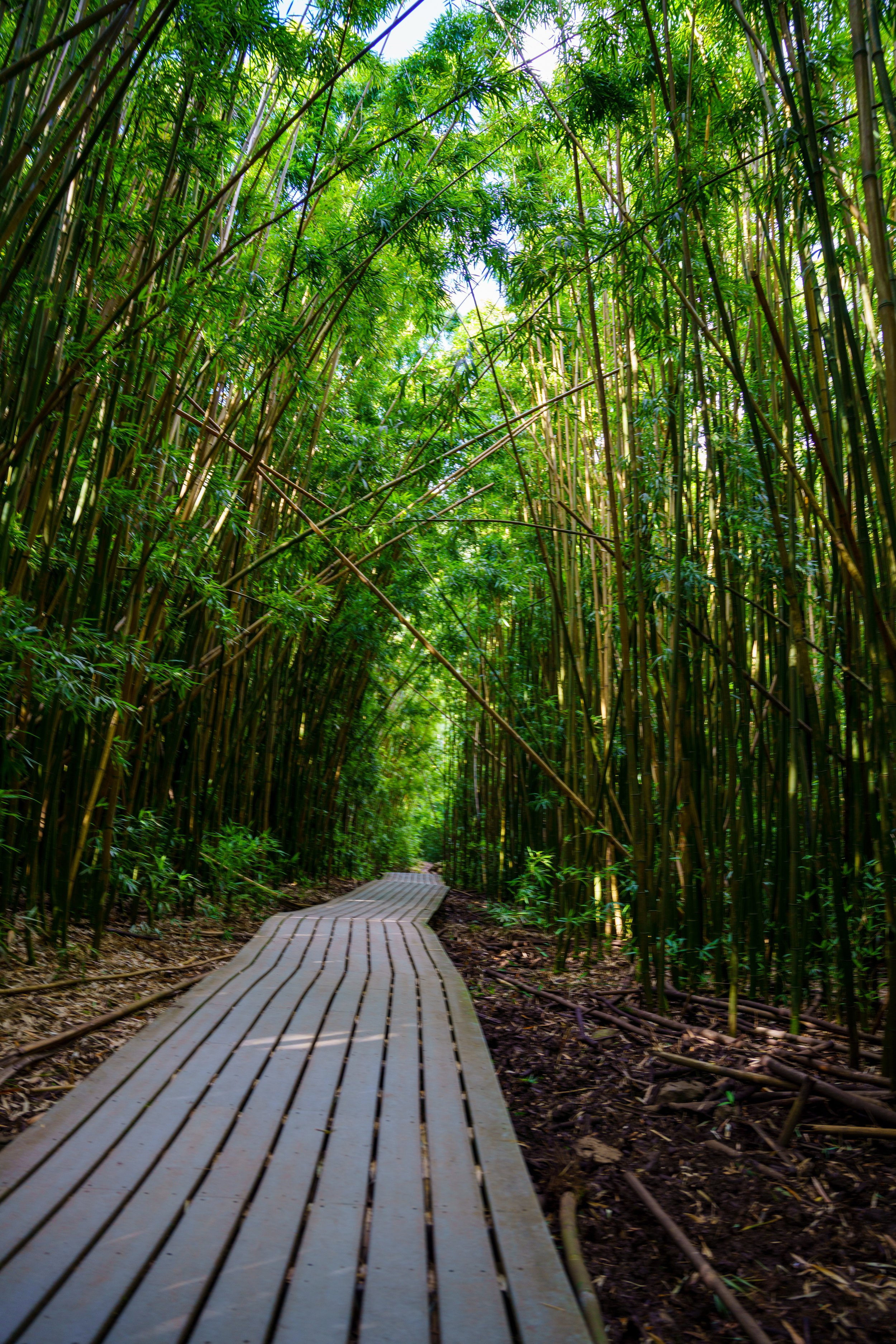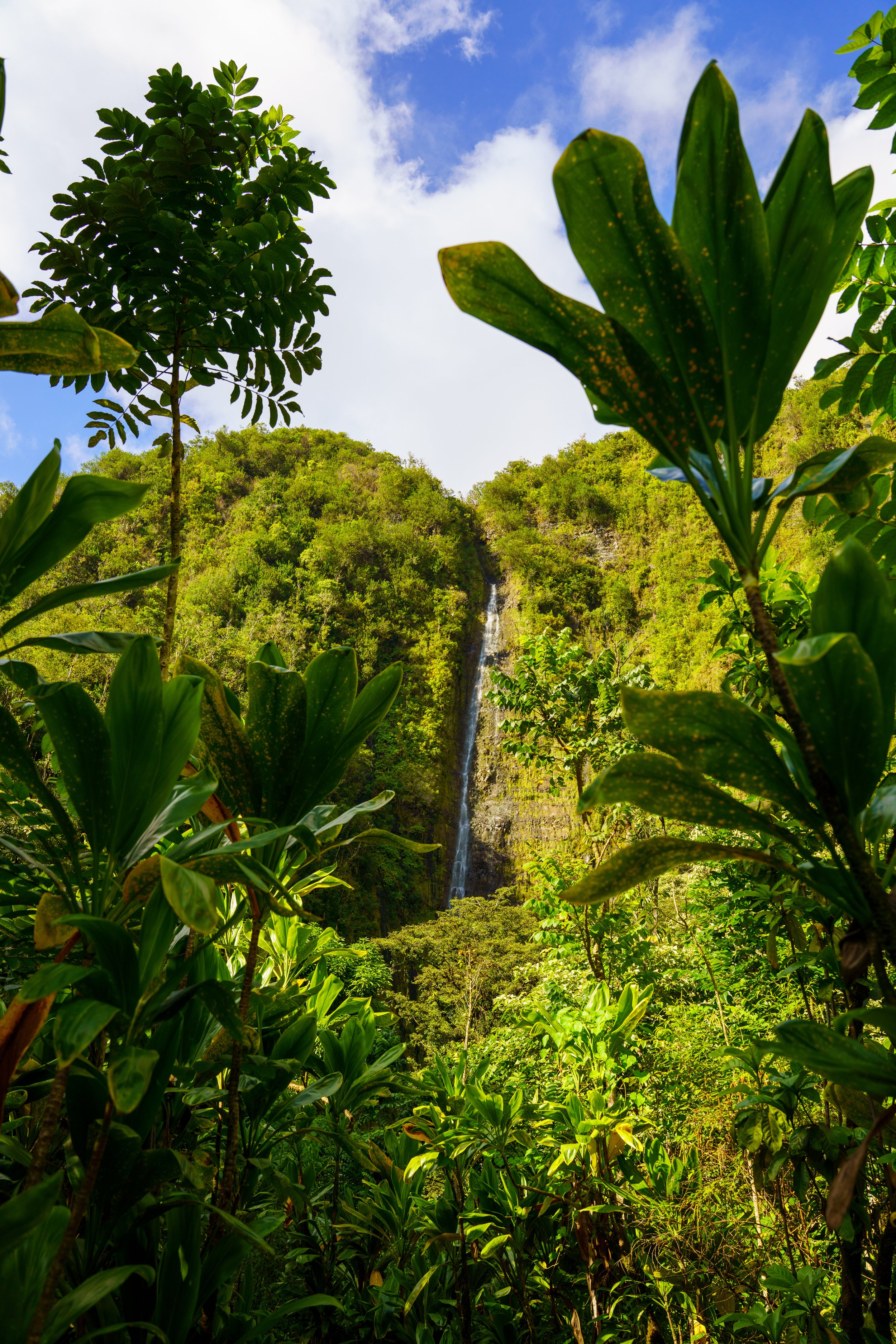2023 in Review
2023 was perhaps not as balanced as we’d been planning originally - we ended up going to 8 countries, 7 of them in the last 6 months of the year. While it’s been amazing to travel so much, we’ve been missing having more time in Seattle, and it’s been really nice to take a look back at some of our local adventures, especially in the first half of the year.
Classic Puget Sound views - mountains and sailboats (photo/Jason Rafal)
Jason continues lusting after sailboats (photo/Jason Rafal)
Testing out a new lens on Caprica (photo/Jason Rafal)
In February, we went to San Diego with friends for a long weekend and spent some time soaking in the beautiful sun and eating a lot of Mexican food.
Looking for fun shore things at Torrey Pines (photo/Jason Rafal)
Many shorebirds (photo/Jason Rafal)
I always enjoy large piles of sea lions (photo/Jason Rafal)
Sunset silhouettes (photo/Jason Rafal)
We also were able to fit in some camping over the summer, and we used our little drone to get some amazing pictures of the Washington wilderness. I had fun learning to fly the drone and clumsily edit together footage.
Looking down at our campsite - see if you can spot us (photo/Jason Rafal)
I love this wilderness so much (photo/Jason Rafal)
A second view because I couldn’t pick one (photo/Jason Rafal)
This is what it looks like to learn to fly a drone (photo/Jason Rafal)
More experimentation with a new lens (photo/Jason Rafal)
The joys of camping (photo/Jason Rafal)
For Fourth of July weekend we drove up to Canada, where we stayed at a lakeside guest house outside of Vancouver and spent a couple of days relaxing and taking in amazing water views.
Our relaxing sunset view (photo/Jason Rafal)
We also found some beautiful hikes in the area. British Columbia never ceases to amaze with its beauty.
Dramatic sunlight at Shannon Falls (photo/Jason Rafal)
Looking south down Howe Sound (photo/Jason Rafal)
Jason got much more into birding this year, and he had fun learning about species of birds and how best to photograph them.
Seagulls are always being jerks and trying to steal things (photo/Jason Rafal)
A cormorant with a treat (photo/Jason Rafal)
A beautiful cedar waxwing (photo/Jason Rafal)
A very noisy songbird (photo/Jason Rafal)
Birds on a line (photo/Jason Rafal)
Glaring at the camera (photo/Jason Rafal)
This heron was preening itself and releasing its feathers into the wind (photo/Jason Rafal)
A collection of shorebirds (photo/Jason Rafal)
A little owl peering down at us (photo/Jason Rafal)
As always, there were also lots of fun plants and animals.
A pastoral bee (photo/Jason Rafal)
More flowers and bees (photo/Jason Rafal)
A rat in a tree (photo/Jason Rafal)
Weird little flower leaf things (photo/Jason Rafal)
We have so many of these pictures from around Washington and I love them all (photo/Jason Rafal)
One of posing marmots in Mt. Rainier National Park (photo/Jason Rafal)
We went camping in Oregon with friends during the Perseid meteor shower, and while we weren’t in the best place to see a ton of meteors, it was incredibly peaceful to just lay on our backs and marvel at the stars.
The stars I always miss in Seattle (photo/Jason Rafal)
Riding a bike through a beautiful Oregon forest (photo/Jason Rafal)
We had friends visit from Colorado, and we showed them around both the wilderness and the city.
Martin opens some sort of geocache (photo/Jason Rafal)
Salmon at the Ballard fish ladder (photo/Jason Rafal)
Watching the sometimes chaos of the Ballard Locks (photo/Jason Rafal)
Inviting our friends to sunsets at Golden Gardens (photo/Jason Rafal)
Moody Seattle waterfront (photo/Jason Rafal)
We were gone for a lot of the second half of the year, but it was an amazing autumn, and we spent much of our time in town on walks and hikes to marvel at the fall colors.
Fall mood spider (photo/Jason Rafal)
An art installation at the Arboretum (photo/Jason Rafal)
The Cascade lake colors are always amazing (photo/Jason Rafal)
An alpine lake with a lookout far above (photo/Jason Rafal)
If you squint, you can see the side of Mt. Rainier in the background (photo/Jason Rafal)
Light (photo/Jason Rafal)
So many tiny mushrooms (photo/Jason Rafal)
An incredible tree completely enveloped by other plants (photo/Jason Rafal)
I will forever love all of the moss here (photo/Jason Rafal)
Moody beach days (photo/Jason Rafal)
That autumn sun and those yellow leaves (photo/Jason Rafal)
Green Lake is always a pretty magical place, but fall is an especially special time there (photo/Jason Rafal)
As always, thanks for reading along with our adventures this year, and we hope you’ve enjoyed the pictures. We’re going for more balance in 2024, but as always, we’ll just have to see what life brings us. We feel so lucky to live in this beautiful place and be able to explore so much!
Us on a backpacking trip in 2023 (yes, Jason is wearing a bug suit) (photo/Martin Brandt)
